-
Posts
2731 -
Joined
-
Last visited
-
Days Won
354
Content Type
Profiles
Forums
Articles
Posts posted by Stephen
-
-

News! - Black Friday Sales Now On!
Yes Folks it is that time of year again as the post thanksgiving hangover screams into looking at all the niceties on offer at prices you can actually afford on the X-Plane.Org store site. Yes all offers range from 20% to an amazing 60% off and that is off everything except the very latest releases.
Yes there is some significant deals on offer here and you have only till Tues 29th night to get the deal done.
Go to the -> X-Plane.OrgStore now
Stephen Dutton
25th November 2016
Copyright©X-Plane Reviews: X-PlaneReviews
-
On 10/11/2016 at 9:17 AM, Guest John Optegrove said:
I'm unconvinced that BSS did the full pack. There are still a lot of "FF characteristic" sounds like the autopilot disconnect, and I heard that BSS simply did the engine sounds for the 767 and 757 and not the full experience.
There is more in there than engine sounds, If you sit in the rear (cabin) and surrounding aural sounds they are all very BSS, ditto the full range of cockpit sounds, but yes they are still a fusion of both sounds from both parties. SD
-
Aircraft Review : Boeing 757-200 v2.0 by FlightFactor/VMAX
In November 2013 FlightFactor/VMAX released the Boeing 757-200 RR (Rolls Royce) Professional aircraft. It was for the time and then went on to rule over X-Plane as the best aircraft in the simulator for a few years. A high standard to achieve but more so to hold on to such a high acclaim for a period showed the sheer quality and the large feature set that you got with the aircraft. It was eventually dethroned by its sister aircraft the Boeing 767-300ER also from FlightFactor last year in 2015, and that aircraft then lifted the standard for "The best in" to a completely whole new level again.
Version 2 (V2.0)
So here released now is the Boeing 757-200 in it's Version 2 (v2.0) form. The aim of FlightFactor with this new design of their 757 is to bring the B757 up to the same standard of the B767 sister aircraft. So from the start of this review if you have the Boeing 767 already, you won't find the B757 that much different in quality, features and systems from that aircraft, which is really the same aim of the B757/B767 twins anyway.
X-PlaneReviews can't cover every aspect of the FlightFactor Boeing 757 here as we are only focusing the v2.0 features, but for further coverage of the aircraft, modeling and its systems, then go to our original review here: Aircraft Review : FlightFactor Boeing 757RR-200Boeing 757-300 v2
There is a new start up screen that mirrors the Boeing 767 version, but it allows you to select your engine choice and to have winglets on or off.
First thing you notice is that the aircraft now has the same shine and chrome areas as with the B767.
The dullness of the original v1 aircraft has gone. The shine brings out all the detail even more which was very good in the first place.
You can see the difference on the engines, of which you have two choices with the Pratt & Whitney PW2037 (top) and the Rolls Royce RB211-535E4 (bottom) and note that chrome exhaust cowling on the P&W, it is just gorgeous...
Menu
The menu system is changed in v2.0 to the same layout of the B767, which is the iPad graphic menu.
The original banner Plugin menu is still there if you want to select from that, but you can also activate the screen from the iPhones on each side of the pilots. The Checklist is not on the iPad, so you have to select that still from the plugin menu list. The checklist is also still in the old format and still does have the "auto" help to set up and start the aircraft and has a automatic action detection system to show you if you are doing it wrong or correct.
Menu options are very comprehensive. They are covered by seven tabs in: General, Ground, Airplane, Failures, Avionics, About and PA
General covers mostly global settings and four additional menu options that we will cover below and all your favorite settings can be saved.
Ground covers the Ground Equipment, Pushback, Maintenance, and weights, fuel and balances sheet.
You can adjust your passenger load and cargo weight, fuel requirements to your desire then optimize the CG (Centre of Gravity) to match the new load factors. When happy you "Load/Unload" the aircraft and all the choices can be saved, but a small warning in that the loading/unload is in real time and if you want to fly quickly then you will have to wait.
Airplane covers all your aircraft preferences including engines, winglets and effects adjustments. All preferences can be saved. Lower is the door/cargo configurations and you can open or close all.
Failures covers the aircraft systems failure, and they work when you certainly don't expect them, worse you can only fix them on the ground and shutdown under the Ground Maintenance tab. My failure was a very realistic "left starter valve" failure on starting engine one.
Avionics covers all the options in setting or using the aircraft's avionics in EADI, Autopilot, EHSI, EICAS and the feature list is very comprehensive.
About is all the team that brought you this excellent aircraft.
PA is the announcements which I really like, easy to use and great fun.
Additional Options are four tabs on the General page that covers Simulation Settings, Cokpt (Cockpit) Interaction, Advanced Sound and Effects Params (parameters).
These four areas are new to the Boeing 757 and not on the B767, but my guess they will be added in soon with the next update.
The provided ground equipment (left) is the same set that comes with most FlightFactor aircraft and look a little too eastern block for my tastes. I prefer the JARDesign "Ground Handling Deluxe" plugin (right) which is far more comprehensive and flexible in airline or airport liveries.
Cockpit
Your first impression is the Boeing 757 v2.0 cockpit is exactly the same as v1.0, but it is far from it. Side by side with the newer v2.0 on the left and the original v1.0 on the right they are quite different and more so than just the darker textures.
If you liked the more darker tones you still have to admit they where a bit overwhelming in their somber atmospherics. Changes are quite substantial as to look at the side panels and even the window opening arrangements and they are all completely different, in fact there is a huge range of changes in here from changed switchgear to new controls like the steering tiller... bet you thought that was on the original B757.
Panel and dial faces are completely different as well and the also a different colour. Note the worn hand rest. The good news is that if you are so very much used to the original version, you don't really notice the changes from an operational point of view... but it a far more lighter and breezier place to be now for extended periods of time.
FMS
That amazing and fully operational FMS (Flight Management System) is still in here, and now with those reflective deep glass glow effects from the B767.
Not many internal changes to the FMS, but it is pretty comprehensive anyway, so there was not much to add in. Both Pilot's and Second Officers units are independent and programmable and there is a guide to connect the FMS up to your own personal iPad.
Performance Preferences with Takeoff and Approach preferences are quite easy to set up and the takeoff speeds are set automatically on the bugs on the speed dial.
There is a very detailed and deep simulation of almost every system in the real aircraft including a custom air and pressure system, the Electrical system with all the AC and DC busses are modeled depending on which bus you use. Realistic use of the hydraulic system which uses a little fluid when treated correctly and a lot of fluid if used incorrectly. A Multistage custom failure system as noted on the failures menu, which is very good and very realistic. So you have a persistent (or to keep you on your toes) a failure and maintenance system and any aircraft wear and misuse will carry over to your next flight.
Flying the Boeing 757-200 v2.0
APU (Auxiliary Power Unit) Startup gives you a feel of what is coming? The APU can be monitored on the lower "Status" display.
Set the APU bleed to on (engines off), Isolation on, Packs off and turn the Start switch for engine one to GND. And when it gets to about 18 N2 kick in the fuel. It is not the actions or the activity that is great here, but the sounds...
The B757 v2.0 comes with a full BSS (BlueSkyStar Simulation) sound package (worth US$20 alone!). These excellent sound packs are simply brilliant and like they have totally changed the feel of other aircraft they have been installed in (JARDesign A320/A330, JROLLON CRJ-200 and the FlightFactor B767) you know they are something special. And that is the case here. Every knob, every pump and in fact almost everysound on the B757 is heard in here. The startup whine, the fuel kick in, the power generators kicking in (visually as well) and finally once those engines are running the switching of the packs back on and the powering APU off... its all here in glorious 3d sound and you can adjust it all to your preferences as noted in the sounds on the iPad menu.
Externally the sounds are excellent as well and 3d as you move around the aircraft and zoom in closer.
The cabin internal sounds are excellent as well and they change as you move about the cabin in relation to the engine noise source.
The cabin itself has also had a modern makeover. Out go the old darker tones and side paneling and in comes the bright new, fresh and new seatback video screens. New is top and the older version are the bottom images.
Pushback
The pushback truck is available on the "Ground" menu as is still one of the best for not only joystick turning control, but throttle speed control as well.
On the ground the tiller works, but the rudder pedals don't. Nice touch!
Window and instrument reflections are perfect, but you can still adjust the window reflections if you want to in the Advanced Effects menu.
Panel lighting is very different with the HDR on (right) or off (left), you may be restricted to having HDR off, but it is far more nicer with it on.
If you have a nice sound system the bass and background engines rumble to perfection, my desk actually shakes with the sounds! That annoying "cabin call" person has also been toned down!, and thank god for that one.
Lined up and you push up throttles to max.... the distinctive brrrrruggggh engine noise is excellent, your spine tingles.
Rotate and if you have set the A/T Arm (250knts) autothrust and LNAV buttons before you power up, then when you hit the CMD button to turn on the servos then the autothrust will set itself correctly and the flightplan will lock in perfectly, the aircraft will also hold your pitch as well but you will soon need to adjust that V/S (vertical Speed) down to adjust to the new power setting and not lose your speed.
I never was really smooth in the original version, not the aircraft or FlightFactor's fault, but I just couldn't get it all together in a smooth set of actions to make it absolutely perfection in the takeoff, but here I have hit it perfectly every time now, so was it me or the aircraft?
Manipulators have been up dated with on the altitude and speeed a + for single changes and ++ for a fast change. Tricky, but you soon get used to it. The V/S has arrows, but they point to the wheel direction and not the turn direction so you tend to go the wrong way...
also note to watch the "Gear up" lever, it needs a two up switch and not one.
But that panel is a beautiful thing...
... and so also is this Boeing 757-200.
These two major features premiered on the Boeing 767 last year, and now they are both on the Boeing 757. We will look at one now which is the terrain radar and the weather radar later on approach.
Terrain Radar with built in GPWS (Ground Proximity Warning System)
Terrain radar is really well done, but there is not much terrain over flat Arkansas to see much on the MAP/NAV displays. A set up sweeping colour chart sets up the system for use, and both the NAV/MAP displays are independent of each other. Get too low and the warning GPWS will shake you out of your tiredness... What the!
Note the excellent shape shifting reflections above the PFD (Primary Flight Display), beautiful.
Lighting
The internal lighting has been upgraded to match the Boeing 767's better quality one.
Obviously the panel's lighting is very different, with that green/yellowish glow, but you gt used to the new tone very quickly.
There are loads of cockpit lighting options, including panel, glareshield, A/P, standby instruments (and main), two types of flood, dome and chart spotlights.
The FMS looks beautiful in the darker lighting as well with that soft green glow from the displays, PROGRESS page is comprehensive, and I love really good Progress displays and in this 757 it is one of the very best.
You can brighten or dial everything back to your heart's desire and find the right ambience you like, and I found just the right level for clear view outside for landing without the distracting panel lighting getting in the way...
Cabin lighting can be adjusted as well, which is a very good thing as too many X-Plane cabins can be too bright and spoil the feel.
It feels far better as well in the cabin at night with the newer brighter textures.
External lighting is the same as v1.0 with the Nav, Beacons, Strobe and logo tail lighting.
Wing (Ice) lighting is very good, and looks great on the wing from the cabin as well.
Weather Radar
Bad storms around Texas allows us to see the weather radar at it's best. You get another sweeping style of a colour set up chart, and then the coloured storm bands themselves. The beam constantly moves but your route can be harder to see through the bright colours. Both displays are independent of each other so you can one set close and another at a distance to see the full areas of the storms and custom windshear is built into the system... It is impressive.
For the full experience at low light and poor visibility, you then get the rain effects to make your approach even more highly realistic.
My view is that when X-Plane hits a certain mood or feeling, you get the sheer rewards of the simulation you dream of. Here with the right (bad) weather and this great 757 aircraft the experience can start to be overwhelming as it is so realistic and very visually fulfilling.
You are working in the cockpit as well to master the landing as good as you can in the conditions, note the excellent landing and nose lighting and runway turnoff lights are available once you are down.
Autoland feature works correctly as does the reverse thrust and, you get the full auto (arm) airbrake working on landing. There is a landing vibration built in but I use Headshake by SimCoders as well and that gives you even more movement and feel.
Flap extension (and retraction) and the animation is superbly done.
The trick of a really good simulation is small stuff as well as all the big features. Here as the engines shut down (in 3d surround sound remember) you start to pack up after flight, and set the aircraft up for the next sector...
.... but you will want to do that next sector and not pass the aircraft over to another crew, you just want to do more of the same....
much more.
Liveries
There are four liveries with the aircraft package: Boeing House, British Airways (retro), Air France and Lufthansa noted at the time of release
And there are eight new livery packs available for US$10 per pack - Includes:
Asia Pacific Livery Pack for 757 - Europe Livery Pack #1 for 757 - Europe Livery Pack #2 for 757 - Europe Livery Pack #3 for 757- Middle East/ Africa Pack for 757
North American Livery Pack#1 for 757 - North American Livery Pack#2 for 757 - Russian Livery Pack for 757
Summary
If you already have like I noted the Boeing 767 series from FlightFactor VMAX, then obviously you can relate to most of the areas in this review, but that was the original idea anyway. But there has been also a significant amount of changes beside the obvious translation from the B767.
Most of the Boeing 757's cockpit has been completely remodeled as has the cabin fixtures and panels and the aircraft feels more modern and lighter in feel than the darker musty earlier version.
Negatives, not many. The ground support is a now a few decades old and feels out of place in the western hemisphere, but the JARDesign handling plugin is a great fill in. The aircraft does need a lot of setting up with flightplanning and preferences, but that is part of the simulation experience. So for users new to these high-grade aircraft there is a bit of a learning curve, but the (Real) Boeing Flight Manuals are very good.
The FMS (Flight Management System) is not changed in this v2.0 so transition from the older version or the B767 is not hard at all and again it is the best in X-Plane.
A sound package from BSS (BlueSkyStar Simulation) is always a sound experience excuse the pun, but these incredible audio packages have transformed aircraft in X-Plane in the last few years and now the Boeing 757 get that full surround and background sounds feel and they do certainly raise the bar higher again.
The systems have been totally upgraded and reworked, so the there is deeper immersion there with the failure system almost real-world in modeling, if too real. And thankfully the annoying cabin purser has been told to not to keep pressing the button for the flightcrew as much to the total relief of us the flightcrew.
This is a new version of the Boeing 757 and not just an upgrade. The price goes up as well to US$64.96 but if you have already purchased the original version there will be a coupon to save US$20 on the new purchase available at the release. The older liveries don't work either, so if you bought all the livery packs, then will have to repurchase and download the full sets again, it is noted that a coupon will be available there as well.
So now you have both the Boeing 767 and 757 from FlightFactor/VMAX in the same high quality packages... Best aircraft in X-Plane?
Yes they both are or if not then they are certainly at the very top of the list, but as a simulation they really both totally deliver the very best experience you can really get in the X-Plane simulator...
______________________________________________________________________

Yes! the Boeing 757-200ER Professional by VMAX and FlightFactor is NOW! Available from the X-Plane.Org Store here :
Price is US$64.95
Features
Flexible Options
- A very flexible architecture : You chose the set up
- Different options for many avionics instruments including two types of FMC.
- Options to composite your own EICAS, EADI and EHSI displays.
- Most of the options included in the real 767
Checklists and 'Autohelper'
- Full electronic interactive checklist with automatic action detection.
- Automatic mode 'Helper' who performs all the actions for you, you just CHECK the items.
- A tutorial which shows the user what to do and when.
Perfected Flight model
- Accurate flight model, as close as it gets to real performance. Tested by real pilots and translated to X-Plane
- A dynamic and customizable center of gravity that depends on actual cargo and passenger load
Fully Functional Professional FMS and EFIS System
- Custom Flight Management Computer, integrated with other plane systems.
- Custom programmed LNAV logic for terminal procedures from updatable database.
- VNAV-managed climbs and descends.
- Optimum cruise performance and step climb calculation.
- Two independent analogue instrument sets for captain and first officer.
- Two independently simulated EFIS (EADI/EHSI configuration) for captain and first officer.
- Dual-FMS with two independently working CDUs.
- Working instrument comparators.
- Triple IRS and triple symbol generator systems with realistic instrument source switching.
- Dual air-data computers with custom failure modes and source switching.
- Independent 2 nav and an ils recievers.
- Realistic inertial, radio and GPS position updating, you can see the individual inaccuracies of those systems.
- Triple-channel autopilot with realistic dependencies.
- Fail operational and fail passive auto land with mode degradations based on system failures.
- Load company routes generated by Professional FlightPlanner X (or other compatible programs) directly into the FMC.
- FMC can be used on external touchscreen or tablet, optimized for the Retina iPad.
Custom Systems and Failure model
- Detailed and deep simulation of almost every system in the real aircraft.
- Custom air and pressure system.
- Electrical system with all AC and DC busses modeled - see which system depends on which bus.
- Hydraulic system that uses a little fluid when treated correctly and a lot of fluid if used incorrectly.
- Multistage custom failure system - over 200 more failures than X-Plane.
- Ability to fix failure by following proper procedure.
- Persistent failure and maintenance system. Aircraft wear and misuse will carry over to your next flight.
Warning system and radars
- Fully functional GPWS with all the modes the real plane has.
- Fully functional terrain radar, with custom database (just like the real plane), a look-ahead warning system and many other features.
- Weather radar that works like the real thing. Including tilt and gain functions, ground clutter, turbulence detection and windshear prediction.
3D Modeling
- Accurate dimensions based on exterior drawings provided by Boeing.
- Very detailed exterior modelling with high resolution textures.
- Very high resolution 3D cockpit with every switch functional.
- Spatial rain simulation with high detail.
- Very detailed passenger cabin graphics including galleys.
- Additional graphic features: real working oxygen masks both in cockpit and cabin, dynamic window blinds that react to sunlight etc.
- New and improved wingflex.
Special effects
- Multilayer dynamic reflections on all glass objects.
- Reflective metal and plastic objects in the cockpit.
- Glossy exterior that reflects the outside.
- XP weather enhancements like custom windshear.
______________________________________________________________________
Installation : Download aircraft file size is 2.27gb - Liveries 426.20mb. Installed file size is 2.91gb
Authorisation key is required, and I highly recommend a desktop startup when Key activation is complete.
Notes: You will need a lot of time to programme the aircraft before actually flying it.
Documents : Both a Official Boeing B767 Operating Manual and FlightFactor aircraft manual and Remote CDU set up guide (iPad).
I also recommend to download this: B757_Flightdeck_and_Avionics guide 14.6mb for a more quicker overview than the extensive official manual.

Requirements :
(Note aircraft is exceptionally good on framerate, playback is current with similar sized aircraft and features)X-Plane 10.50+ (any edition) running in 64bit mode.Windows 7+, Mac OS 10.9+ or Linux 14.04 LTS or compatible. 64bit mode1Gb VRAM Video Card Minimum. 2Gb+ VRAM Recommended. 3Gb+ VRAM Preferred______________________________________________________________________
FlightFactor Developer Support : FlightFactor 757 Professional______________________________________________________________________Review by Stephen Dutton
31st October 2016
Copyright©2015: X-Plane Reviews
Review System Specifications:
Computer System: - 2.66 Ghz Intel Core i5 iMac 27”- 9 Gb 1067 Mhz DDR3 - ATI Radeon HD 6970M 2048 mb- Seagate 512gb SSD
Software: - Mac OS Yosemite 10.10.4 - X-Plane 10 Global ver 10.42 (final)
Addons - Saitek x52 Pro system Joystick and Throttle : Sound - Bose Soundlink Mini : Headshake by Simcoders : JARDesign Ground Handling Deluxe plugin
Scenery or Aircraft
- KATL - KATL - Atlanta International by Nimbus (X-Plane.OrgStore) - US$23.95
- KIAH - Houston George Bush Intctl Airport v1.4 (no known developer or listing)
-
Thanks, and yes it going to be a great way to end 2016... SD
-
X-PlaneReviews : Traveling and Away
There is never a good time to have a break in X-Plane because it is now always 24/7 in something coming along and with new releases. But I will be away for three weeks from today while I travel back home to the UK from Australia and for not just a visit but for my 60th Birthday.
The site however will not be completely without content as there are some really great release reviews all lined up for you to read and explore and there is some really great stuff coming... So still check in regularly as you usually do and catch up on those great releases...
... Of course I will be back on the cusp of the X-Plane11 release and will bring you the full details of everything about our next chapter in simulation, it is exciting and very close now to this great event.
Thanks everyone for your commitment to X-PlaneReviews and see you soon.
Stephen Dutton
-
Behind the Screen : October 2016
The overriding event of October has to be the announcement of X-Plane11 at RAF Cosford in the United Kingdom on the 8th of October. These major version changes only come around every four years or so, but they are of course very significant to the future of the simulator.
X-Plane10 was without doubt a very successful version of X-Plane. It visually changed the look of X-Plane and there was the time that we could have expected it to maybe run even longer than most versions because there was a lot of ground to cover and a lot of features to refine, but that didn’t happen of course and X-Plane11 is now coming. The other reason is simply economics as any new version is payday for Laminar Research, because every update or changes during a version run is free. So How would you like to be paid only four years or so?
I was there on the threshold between X-Plane9 and X-Plane10, and still very green. Problem was my machine struggled with the new simulator because it needed a nuclear powerplant running by the side of the computer to push through all those numbers. I upgraded as did everyone else over time and that is the expensive side of this hobby, but even over the run of X-Plane10 I was still marginal on framerate and finally only this year and a move to windows and I finally have X-Plane10 running at full throttle. For those of you who are still sitting on the fence it is a beautiful thing, but thankfully X-Plane11 won’t require you this time to mortgage the house or find a part time job to run it efficiently.
I went through the details in my review, but it is as usual the understated areas that you will come to love the most. Yes that fancy new interface looks excellent, but the real advancement is the way you will actually use it and not what it looks like. I doubt that through the many conferences and meetings that Laminar Research went through and with the sheer amount of hours in planning and code writing in that they really thought this one through, right through because it is very clever and it it is a lot harder to play all these different areas and match them all up to work seamlessly. And it was that, this new way you move from one area to the next and how you will set up and operate X-Plane on a new and wholey totally different level that is the biggest step forward in your simulator lives.
The main reason of this X-Plane11 feature is actually not us the X-Plane users, but it is to be still to be aimed at the usual crowd, those ExFlight Simulator users that are still waiting for their Jesus moment that the simulator will rise again phoenix like to fly the routes again with a modern simulator. I am not going to get into the augment of which simulator is the best, but X-Plane is very much alive and moving forward and that is certainly a big benefit in the name of a dynamic simulator.
But the biggest gripe from the FS crowd was that old fashioned drop down menu system, they sorta suffered the rest of X-Plane because it was so good, but funnily enough an old windows style interface sent them all into such a bother. Bother no more with X-Plane11, it will be good… Amen.
But the reveals on October 6th that really excited me was the ones as usual you didn’t expect. Really good aircraft, top notch machines with an FMS system that is the best in the business. A brilliant Boeing 737NG, MD-82, Citation Jet and the original X-Plane10 show pony has also had a makeover in the Boeing 747-400. A nice S-72 is not going to go to waste either, and just this collection is worth double the entrance fee that X-Plane11 will cost you, so you could say that Laminar Research are throwing their wizz bang flashy new interface in for free.
And like I said in the review roundup. It is not the banner features or the ones that come with the new box that will have the biggest impact. It is also the features that come along during the X-Plane11 run that will change the way we use the simulator more that what we will download later this year. For X-Plane10 it was the move to 64bit and the brilliant Garmin GNS430/530 that made the bigger impacts than any of the announced release features and in X-Plane11 there will be some great and good surprises coming in there as well, but not in the first year or so.
So it is now time to do something nice for your partners and families, they won’t be seeing much of you over the Christmas holidays, and I wonder why…
As October moved on then X-Plane went into an early hibination period, it went quiet and empty. In most cases you are running at an hundred miles an hour and always behind the ball, but when you are patching up and fixing scenery to pass the time you know it is far too quiet.
I think part of the reason was actually X-Plane11, in that developers didn't want to spend time doing to many changes before the new era, and then to do them all again after the release. So you will certainly get a real rush of upgraded aircraft early into 2017, as they get to grips with the changes.
but that is not say there won,t be some great new releases before Christmas to put under the tree, because there is and sorry I can,t yet say what they are, but to note there is some surprises in there. And there is few good upgrades coming as well like JARDesigns excellent A320neo that is actually now going to be a real NEO and it looks amazing. And SSG has done a great update to their E-175 Evolution to bring that aircraft up to spec and make it one of the best regional aircraft in X-Plane.
So why a bit of a future tense when noting all of these releases and events. Well for three weeks I won't be near a computer, in fact I will be a very long way from any of my X-Plane aircraft and the simulator as I will be in the UK. It was a last minute decision to go, in fact I had three hours to do the numbers and book a load of real world flights. But the chance to be with family and very old friends for my 60th birthday (yes they are holding a surprise party) and other personal reasons was a moment of "aw what the hell, let's just do it" which is about as far as my boring routine based life can get...
I will be back right on the cusp of the release of X-Plane11 on Nov 24th, and there is a few excellent exciting reviews set up for releases while I am away, so have fun, do a lot of flying and I'll let the professional's do the piloting for a while, while I'll sit in the back and put my feet up... Because there is no doubt that this Christmas it will be me again doing a lot of flying myself, and I just can't wait for that.... See you all soon.
Stephen Dutton
2nd November 2016
Copyright:X-PlaneReviews 2016
-
Details Revealed : Airbus A320neo 3.0 by JARDesign
JARDesign's A320neo deep into its next upgrade testing stages and we can have a look at the new features coming with this release.
The first big feature is that the A320neo is finally going NEO!
The aircraft comes with a new engine option in the Pratt & Whitney 1100G Engines or New Engine Option (NEO). First look reveals a pair of really nice engines on the A320 airframe, a sure one to really love.
The cockpit has had a lot of attention with new instrument display reflections and new glass reflections and totally new textures for higher quality, slightly controversial is the new night panel colour and lighting in a more darker yellow orange than the current bluer version in the "Dark cockpit" option ...
Wipers operation effects and some rain improvements have been added and also there is now a Visual Ice detector, that includes icing effects
The cabin has the new "Sky interior"...
Drop down blinds are very welcome, to now compliment the side windows.
Full changelog is here:
+ MAC OS Sierra compatible
+ New PW1100G Engines 3D model included (need to select by MCDU MENU)
+ Pause at TOD added (MCDU MENU Page 2)
+ Possible to unlock and then to open cockpit door
+ New cabin ("Sky interior") lighting system
+ New cockpit "Dark cockpit" lighting system (please use "Dark cockpit" option by MCDU MENU)
+ New cockpit manipulator system "mouse wheel control" (need to select by MCDU MENU)
+ New ground equipment set, include new lighting system
+ Working sunshields
+ Cockpit textures and details improved
+ Cockpit Integ.light/light system improved
+ New cockpit and cabin windows set
+ Visual Ice detector added, include icing effect
+ Few bugs fixed
+ Some PFD/ND details changes
+ Wipers operation effect and some rain improvements added
+ New cockpit “reflecting” glass effect added
+ New cabin windows textures added and fixed issue with “missing strobe glass” for cabin view
+ Fixed wrong left wiper handle orientation
+ Fixed wrong “Cold & Dark” Ground power and battery voltage indication
+ New controls for door switch and trimmer handle added
+ Possibility to control Flaps and Speed brake lever by mouse added
+ Some issues with wheel mouse control fixed
+ New ground Handling
+ Landing Gear tunedNo date yet on this latest release, but I would say in a few weeks or late November.
______________________________________________________________________

Yes! the Airbus A320neo by JARdesign is NOW! Available from the new X-Plane.Org Store here :
Price is US$59.95
JARDesign Developer Support : A320neo JARDesign ______________________________________________________________________
Stephen Dutton
1st November 2016
Copyright©X-Plane Reviews: X-PlaneReviews 2016
-
Aircraft Release Review : Quest Kodiak by Dan Klaue
Quest Kodiak? never heard of it? Well if you think Cessna Caravan 200B then you would be certainly on the right track. From a distance and even when you get quite close to the Kodiak it does look like a 200B Caravan and is powered by the similar engine in the Pratt & Whitney Canada PT6A-34 750 hp were as the Caravan uses the PT6A-140 868 hp (647 kW). There is a feeling here that the Quest people just grabbed a tape measure and and took to the Caravan with gusto to make their own version of that very successful utility aircraft. And no doubt that they have succeeded, but the aircraft was built to a cost and is about US$300.000 cheaper than the Cessna version and the sales and was aimed and designed for use by Mission Societies, so the days of Christian ministries riding around on donkeys looks like to have gone long ago.
Dan Klaue
Now if you have been around X-Plane for a few years then the name of Dan Klaue would be quite familiar. The Canadian was very proficient in developing aircraft and is known mostly for his Embraer ERJ 140 Regional Jet of a few years ago now. But Dan never left X-Plane but is in fact mostly covert in his work in developing features and ideas and on the side advises Carenado in all aspects of X-Plane development. In fact there is always a good chance that every day you will unknowingly use one of Dan's great ideas or features,. There is also the odd development going on in aircraft that Dan creates but none actually reached the customer, but then right of nowhere comes this excellent Quest Kodiak, and it certainly wouldn't be a Dan Klaue aircraft if it didn't have a few great surprises and some really clever and interesting features.
Utility aircraft are not supposed to be pretty, but I always liked the Caravan in design and the Kodiak is not a bad looking machine either. Certainly with the extra luggage pod fastened on below the fuselage it makes it a little frumpy, but I rarely used the pod on the Caravan either.
Note the discontinuous leading edge (also known as a leading edge cuff) on the outboard parts of the wing, it is there to improve the stall and spin characteristics of the aircraft. It is that at high angles of attack the cuff discontinuity generates a vortex that acts as a fence, preventing the separated flow from progressing outboard. The lift slope has a flatter top and the stall angle is delayed to a higher angle. To reach high angles of attack, the outboard airfoil has to be drooped, some experiments investigating "exaggerated" drooped leading edges. The physical reason for the cuff effect is not actually clearly explained.
But the design on the Quest is excellent here and the shapes are highlighted by a very glossy coat. All the rage this year has been glossy aircraft and in parts the Kodiak is quite shiny and Dan notes he may later put in a slider so you set your own shiny level to what you want. But it does bring the aircraft alive and highlight all the excellent detail work, in paneling, rivets and that wing is beautifully conceived.
Menu
The menu is situated by an arrow tab on the left lower part of your screen.
It is quite a big sized menu, but it can be easily moved around the screen and you can resize it via the right lower black box.
It has Five menus in General, Livery, Weight/Bal (Balance), Camera, Flight Data and MIsc.
General: The main menu covers all the general items on the aircraft and Realistic mode, Electric tug, reflections on/off and scroll (mouse) visualization on/off. Lower selections cover the Cargo pod on/off, wheel fairings on/ff, chocks on/off and brakes on/off
Hit the three "All" buttons in Covers, Tie-Downs and Doors... and the Kodiak nearly explodes in items and things opening.
You can select the individual items on the aircraft layout itself, and you get most things like engine, prop, exhaust covers, (remove) tags under "Covers". Again you can have the individual Tie-Downs or all. And finally the five doors.
Two forward opening panels reveal a fully replicated Pratt & Whitney Canada PT6A-34, that is a work of art. Forward doors hinge right back but reveal the cockpit... note the lower pod locker doors.
Main rear left passenger/freight door is two stage and it is a big hole in the side of the aircraft when the two doors are open.
There is an electric tug to move the aircraft around if the engine is off, simple to use in moving your joystick in the direction you want and then pushing or pulling the stick for forward or rear movements and different speeds.
Liveries: Selecting the livery button gives you a selection of five "PAINTED" liveries for you to select from.
All liveries are top notch and varied, but what if you don't still like any of them?
Well why not create your own!
Dynamic Liveries
There is with the Kodiak a built in feature called "Dynamic Liveries" were you can change the various areas of the aircraft to a different colour shade. Clever yes... It is a bit tricky to work the three RGB coordinates that changes the colours but you will soon understand and easily use the idea to create your own personal masterpiece and then you can add in the aircraft's Rego No., Quest logo, Kodiak Logo and Manufacturer name as you wish. My effort was... "A bit average" but when you look at your finished handiwork close up it was very nice. And you can save your work and "Apply" the livery now or later if you like it. There are 28 different styles you can do (to date) but I see more choices than that... very clever and it works.
Weights & Balances : "WEIGHT/BAL" tab allows you to set the aircraft weight (lbs) in fuel, passenger (weight) and cargo weight in the rear or with the cargo in the under fuselage Pod.
Easy to use and you get a great graph on how the different weight changes affects the CoG (Centre of Gravity) and on the actual position of the CoG on the aircraft of which you can also adjust.
Camera : The camera button covers two set of views with one the external (walkaround) views via a set of red dots, and two a set of ten default (X-Plane) views as noted via the keypad or selecting one from the list.
Audio/Slew
The Audio/Slew panel allows you to adjust the master volume or switch the sound on or off, more slider relating to the sounds are to be added in later.
The "Slew" Feature is still under development, so it is not totally perfected yet. But the idea is to allows you to place the aircraft at an new altitude or turn it around to a new heading very quickly and without going to the X-Plane Local to do the same thing but without that bump as X-Plane kicks back in. I turned the aircraft's heading on the ground and in the air easily, but the altitude change at this point crashes the sim.
On my version there are no items of note or features for the Misc tab of the menu. But my guess is that under MISC there will be a Float version and under consideration is an Executive and cargo versions of the Kodiak.
Internal Cockpit and Cabin
The cockpit is overwhelmingly black, but you soon get used to it, but it does feel unusual for a while until you do.
Cabin comes with eight seats + two for the pilots. All are very well modeled and there is an executive and cargo versions coming. Cargo net spacer hides a wooden box and bag in the rear cargo compartment.
Panel
Although the blackness dominates everything in the cockpit the detailing is excellent.
And not just the up front details like the lovely yokes or magnificent pedestal with its huge trim wheel, it is also down and deep in the footwells and behind the panel that is also very heavily detailed and extremely realistic. This aircraft is a workhorse after all and it more relates to your working truck than your Ferrari car.
Garmin G1000
The Kodiak comes with a full G1000 avionics suite with a three panel display and you can pop-out all three but only two of them at one time.
Displays are resizable as well.
This is a version of the G1000 suite in Carenado aircraft and you will be required to have installed the Carenado data pack or download the pack to run these panels. As with the Carenado units they do pause a little at the aircraft's loading stage to load in the data, but that time is now very short.
The G1000 system comes with all these advanced features...
- Terrain Awareness map mode
- Different declutter levels
- Advance menus and cursor with scroll wheel, click/hold or /drag
- Aux- Trip Planning Window
- Checklist mode
- Crisp, vector-based water data
- Pop-up windows can be resized and moved around the screen
- Pristine scroll wheel support
- FPS-friendly terrain map
One great feature is moving eye air vents on the panel and on the roof.
Not only can you move the direction of the vent, but the internal airflow cover as well. There are four vents on the panel and the two vents overhead.
Other panel items are three backup dials left panel for Speed, Artificial Horizon and Altitude.
Lower panel left is the power (rocker) and starter switches, lighting switches and Ice protection. Two Hobbs meters covers flight and engine running times. Oxygen capacity indicator is clever and to the right panel there is a small AC display that covers Cabin Temp, and fan controls that all work and if you increase the fan speed you should be able to hear the fan noise in the background...
Both Yokes can be hidden, but that is only to get at the switches easier, in flight they don't really get in the way.
Flying The Kodiak
Let us get straight to the chase on flying the Quest Kodiak. It is different, very realistic and to a point you work in there flying this machine. If you have a yoke or like me a joystick then your movements are very much more moveable and you have to adapt your style a little to fly the aircraft in a more athletic way. I don't mean in a vigorous hard way but a more of having to control the aircraft through the air way.
Ignition on, and starter switch up (condition lever to the panel) and the turbine start whine comes from the front of the aircraft. Open the small window for the full effects of the engine sounds which are excellent. And if you are of keen hearing then you should note also the friction sounds on the yoke and throttle lever as you move them, as well as independent sounds for brakes, oxygen hissing and electrical inverter buzzing sounds.
Once running then you pull the condition lever back to idle and feather it a little as this turbine engine is powerful.
The 3d surround sounds are simply excellent, with far more of a range than even in the Carenados. Move yourself around the aircraft and you can hear the various differences from high to lower sounds and a new side prop sound is highly noticeable, more so from the ground as the plane flies over you. But get the start wrong and you get a wholly different sound, and it doesn't look good either when the turbine blows.
You need the condition lever at idle to taxi, but it is still a bit to strong and the aircraft will quickly gather speed if you don't keep it in check with the brakes, okay at the start, but you get tired of the gathering speed all the time with the constant clicking of the brakes, Dan Klaue says it is correct...
Just remember to reposition the condition lever back to high idle to takeoff.The aircraft will quickly move and gather speed once you let it go, but keep the power and speed down as you track at first and then gradually add in more as the speed rises, unless the aircraft will start to be a bit unwieldy and you could find yourself swinging too much. The feel is really good as the speed gathers and you have to work to keep the track correct and on the centreline, I rotated around 105knts, fast but you feel the speed and the aircraft through your yoke movements... certainly here there is a higher level of feel to X-Plane flying, and it is very good.
Pitch and bank is very nice and you can easily turn away from the airport and gather height.
You can use the Emergency (EMER PWR) lever for more power if you need it, but sparingly as it can blow your motor to kingdom come...
.... as a precaution there is a "Overspeed" governor on the left of the panel to regulate the power.
You have a S-Tec Fifty Five X Autopilot that can pop-out from the panel, a basic system but it works fine for the sort regional work the Kodiak flies.
Here is something you always wanted... Yoke controls that work! You can disconnect the Autopilot via the red button just like on a real one, and adjust the trim from the yoke as well. The trim flutters when the aircraft autopilot is in control adjusting the trim, very authentic.
The Kodiak is quite sensitive to higher speeds. This is not an aircraft to set the Autopilot and the throttle and then just have a nap, because you will find if it goes a little too fast it will start to pitch and even if the autopilot trim is trying (hard) to compensate for this unseen barrier. So it is the awareness of this speed sensitive area in that it is you that has to find that sweet spot between the best cruise speed and the start of the boundary of the aircraft's aerodynamics.
Lighting
The lighting system on the Kodiak is really in two areas... one for the panel and two for the spot overhead lighting.
The panel has two knobs with three adjustments. Outer left knob is the Instrument panel itself, but there is a mostly hidden inner knob that lights the LED lights under the glareshield and this is the one you use the most. The second right knob lights the switchgear.
There are two spots overhead and they are fully adjustable to put the spots right where you want them.
There are eight spot lights in the rear that are again fully adjustable, and all interior lighting can be turned on or off via one switch in the General menu, you can switch off/on the external lighting the same way.
Each outer wing has a taxi and landing light, a beacon strobe on the roof and navigation lights. Interior looks good from the external view.
Front window blinds not only drop down but slide sideways as well.
Landing
As KRSW (Florida SouthWest) comes almost under the Kodiak, it is time to go east and into the circuit to land on RWY 24...
A small distance north and then a final turn back to KRSW.
You have to run off a lot of speed to 80knts or so drop the flaps only one stop to 10º and even that is not enough to make the aircraft a handful, worry is that less speed than this and you are close to a stall. The flaps are marked on the speed ticker for 10º - 20º and 35º degree flap, but every degree set is like a wall hitting you, I never got it really right and smooth, but get the speeeds wrong and you are in trouble.
Designwise the flaps are beautifully made, the flaps extend and retract on runners that are worth a replay to watch.
Your speed settles down somewhere around 73knts for landing and challenging is not the right word... maybe a handful is the right one because you are working the yoke hard in and out... left and right.. keeping the machine on track. I have landed the Kodiak a few times now and the experience was exactly the same, hard work but extremely rewarding, you earn your wings in this aircraft, It doesn't feel much like a Carenado as you would expect but more like the AirFoillabs 172S Skyhawk...
Look at the image (left) and how far am I down the runway before I touch the concrete... a long, long way, as I inched the Kodiak down to the slight bump of a landing and you do that everytime, slowly and just minutely lowering the machine to terra firma. No doubt you would fly this differently in Alaska, but you get the idea.
Stopping is tough as well. You can reverse the prop, but that will yaw you right and don't hit the brakes too early because that will wobble you around as well... just run off the speed as much as you can... but you can't because the aircraft is at full idle and there is still a lot of thrust coming out of that prop.
Summary
There is something different going on here with the Quest Kodiak. It isn't like any other aircraft in X-Plane, yes it looks like any other aircraft, but has a different feel, use and a HUGE feature list and effects.
You have to adjust to it, but my feeling is that in here a lot of the flying is more heightened than with your usual flying... It is a handful, certainly on approach and landing. But that is where the fun factor kicks in, you have to step up to the aircraft and show it who the master is, and that heightened simulation is rewarding, challenging and just plain really why you fly aircraft in the real world or here in simulation.
Negatives, It is a bit new, but very good out of the box. I'm not crazy about the manipulators as they can be hard to use quickly and are doubled up with two actions to do the same changes. The idle speed for me is hard work even at low idle and even with the prop feathered right back, so taxiing can be a bit too fast and with constant braking.
Garmin G1000 is now more refined and worked very well in the Kodiak, but those large display turning maps do need a bit of computer grunt to process that display to get the smoothness you like.
The Quest Kodiak from the maestro Dan Klaue does certainly live up to his reputation. It is innovative, clever, slightly unusual but maybe that is just turning the aircraft up a notch above from the usual fair. Finally it is great value at around US$30, so what more do you want.
One to add to the collection.
______________________________________________________________________

Yes! the Quest Kodiak by Dan Klaue is NOW available from the new X-Plane.Org Store here :
Price is US$33.95
Features Include:
______________________________________________________________________
Requirements :
X-Plane10.50 + (any edition) - 64bit mode
Windows 7+ (64 bit) or MAC OS 10.8 (or higher) or Linux - 64bit Operating System3 GHz processor - 8GB RAM - 2Gb+ VRAM - 3Gb VRAM RecommendedWindows users: Please ensure that you have all the Microsoft Visual C++ Redistributables downloaded and installed.Carenado navigation database installed______________________________________________________________________
Installation : Download is 319.10 mb which is unzipped to your X-Plane Fighter folder at 448.10mb. Key authorisation is required.
You must have the Carenado navigation database installed (840mb) in your main X-Plane root folder, download from the link.
Documentation : includes
______________________________________________________________________
Review by Stephen Dutton
30th October 2016
Copyright©2016: X-Plane Reviews
Review System Specifications:
Computer System: Windows - Intel Core i7 6700K CPU 4.00GHz / 64bit - 16 Gb single 1067 Mhz DDR4 2133 - GeForce GTX 980/SSE2 - Samsung Evo 512gb SSD
Software: - Windows 10 - X-Plane 10 Global v10.52
Addons: Saitek x52 Pro system Joystick and Throttle : Sound - Bose Soundlink Mini
Plugins: Headshake by SimCoders (free)
Scenery:
- KEYW - Key West International Airport V1.0 by FletcherJ (X-Plane.Org) Free
- KRSW - Southwest Florida International Airport by Aerosoft (X-Plane.OrgStore) US$24.99

-
Quick Flight Review : AeroCommander Shrike 500s by Carenado
I am doing a quick flight in the new AeroCommander by Carenado to sample the aircraft and get a feel for it. This is the second AeroCommader in a month with another version by Nimbus that was released in September, like Hollywood movies aircraft in X-Plane do come in twos. This is not a direct comparison, because in reality that is not fair to either developer. The Carenado version is more expensive and comes from the very highly regarded studios that has one of the best track records in X-Plane for extremely high quality and the sheer functionality of their aircraft. A new aircraft developer would be put in the David and Goliath position in comparison. But I will make a few notes in the summary.
In reality this AeroCommander from Carenado has been a long time coming to X-Plane as the FS version has been available for quite a few years, but here it now is, and it was certainly worth the wait.
The quality of the modeling is excellent, but this "Shrike" version which was basically just a company name change more than a distinctive version, and was related all the Piston-engined versions that were manufactured after 1967. This Shrike however is one dirtied down worn out stunner.
The throaty engine sounds hit you as soon as you put up the throttles, and the aircraft was so stable that only a few hundred feet above the runway I could already do a nice curved turn and head north. There is plenty of power and the rate of climb is 1,340 ft/min, but you feel you can easily do more than that, but I will be kind to the old bird.
Powered by two Lycoming IO-540-E1B5 air-cooled flat six piston engines developing 290 hp (216 kW) each, the aircraft looks heavy and you expect it to be heavy, but actually it is quite nice and even really easy to fly.
First view of the cabin is... its buggered!, old, dirty, worn, tired and even rusty! Thank god we don't have smell-o-rama in X-Plane because this is one aircraft that would stink! But you love it all because it is all so real.
There is an animated foldout table that seems to have come off better than its surroundings, this is a great cabin.
Panel is quite basic, but the instruments are so beautifully detailed and nicely lit. Engine dials put the two engines on one gauge. But there just really the standard six instruments, a clock and adf pointer on the pilot's side, missing is a VOR 2 pointer which still has the lower readout of speed and distance, but no pointer is hard for distance or state traveling and lining up airports and runways. The Co-Pilot has to with only three dials in airspeed, artificial horizon and altitude.
Note the worn tired control column (removable) as both are beautifully done, and the carpets are so threadbare. I like the way the yoke covered control links are done across the floor, small thing but realistic.
Centre pedestal is extremely well rendered and built. The sets of twin throttles, propeller pitch/feather and mixture levers are a treat to use and more so to look at. Lower are two Alt Air levers that are well crafted.
There is a Garmin GNS530 GPS unit, that pops-out, Bendix-King KR87 ADF unit and two Collins Comm and VOR/NAV 2 radios.
The overhead panel is really two units, with one the lower switch strip panel for lighting and start switches, and the upper panel is for the excellent chunky rudder and elevator wheels (Pitch is on the pedestal). The splash panel lighting is very good, but can be over bright and you need to find the right adjustment. Two spot lights are switchable.
There is a very basic Century lll Autopilot system. The panel pops out for ease of use, which is handy because the panel is in two parts with one the selection dial that is positioned far right panel and the main switches are upper left panel. Ease of use is the game here... roll switch and knob to turn, heading, altitude (hold) and pitch with adjuster wheel. Very easy and very effective. The Century lll is noted as an original installation in all AeroCommanders.
Lighting
Internal lighting is excellent. As noted you have to balance the front overhead panel lights to get the best feel, but you also have two spots for each of the pilot and co-pilot, and four spots over each seat in the cabin... feeling inside at night is of comfort and warmth.
The cabin looks brilliant from the external view as well...
Beacon, Nav and strobe lights are good. There is no taxi light, but only two drop down landing lights, but they are very good to use as the taxi light.
Flap drag is brutal! So you have to know your correct speed zone to let out on the step down, but in the final flap setting the speed can then be a touch over 60knts and the aircraft transforms itself into a stable slow platform to land the Shrike pretty right on the money of wherever you want too. The Commander is so good in this condition as your approach speed is so low and controllable... love it.
Gear animation and the view from the cabin is brilliant.
No reverse pitch thrust, but who cares as the speed is just a little faster than running....
Menus
There is the standard three Carenado menu tabs on the left lower part of your screen.
A ) is the Century lll Autopilot
B ) Carenado Views, including Field of View and Sound volume
C ) Options, including Window Reflections, Instrument Reflections, great static elements including tags, bollards and engine inlet covers, Small baggage door, Pilots door and passenger door.
Close up the detailing is really excellent on the Commander, but it is a bit of a squeeze for the passengers to get into the cabin under the wing.
Note the excellent undercarriage construction, up close it is mind-bending good, the stowage animation is very good as well and you get a front seat view from any of the seats in the cabin on the replay as seen above.
Liveries
Liveries include one blank white, three American registered, one Canadian and two Australian in a nice private and customs versions.
Summary
Pretty hard to fault this excellent AeroCommander, if X-Plane users had to wait a little longer then the wait was certainly worth it. It covers almost every area with ease from the sheer quality including shiny fuselage and spinners, to the grubby interior and wear and tear. Sounds are perfect as well and in 3d, and it has a nice throaty roar that isn't as whiny as a lot of Carenado's can be. features are good and plentiful and so is the lighting, and as a handling aircraft it is easy but with great feel at the same time. Autopilot is simple to use and effective.
Only a few negatives in no VOR 2 pointer, which I feel is important on these types of aircraft, and the manipulators are doubled-up and can be tricky to use and messy if you need to change something quickly.
This is only one quick flight and a few impressions, but it passes the "I really love it" statement with ease, so can you compare this Carenado version with the Nimbus one?
Well for one they are very different and prices are different as well, the Nimbus gives you great value at US$27.95, but the Carenado is cheap at US$32.95, were I would have expected it to be in the US$35.00 range easily for what you get here, so this AeroCommander is a great deal as well.
If you love these commuter aircraft then the AeroCommander Shrike 500S needs to be in your hanger, it is a really lovely aircraft, a new favorite aircraft of mine... yes indeed it goes straight to the top of the list.
______________________________________________________________________

Yes! the AeroCommander Shrike 500s by Carenado is NOW available from the new X-Plane.Org Store here :
AeroCommander 500S SHRIKE HD SeriesPrice is US$32.95
Features Include:
- Original 500S Aero Commander autopilot installed
- New and improved multi-function scroll support
- Volumetric side view prop effect.
- Default X-Plane GNS530.
- HD quality textures (4096 x 4096)
- 350 pixels / meter textures
- Custom audio plugins with extra effects for added realism
- 3D gauges
- Original HQ digital stereo sounds recorded directly from the real aircraft
- Customizable panel for controlling window transparency, instrument reflections and static elements such as wheel chocks and turbine inlet/exhaust covers.
- Realistic behavior compared to the real airplane. Realistic weight and balance. Tested by real pilots.
- Realistic 3D night lights effects on panel and cockpit.
- Individual passenger 3D reading lights and numerous HDR lighting effects.
- Dynamic loading/unloading of 3D parts and plugin logic for FPS optimization
______________________________________________________________________
Requirements :
X-Plane10.0 + (any edition) - 64bit mode
Windows 7+ (64 bit) or MAC OS 10.8 (or higher) or Linux - 64bit Operating System3 GHz processor - 8GB RAM - 1Gb+ VRAM - 2Gb VRAM RecommendedWindows users: Please ensure that you have all the Microsoft Visual C++ Redistributables downloaded and installed.Current version: 1.0 (last updated Oct 24th 2016)______________________________________________________________________
Installation : Download is 501.70 mb which is unzipped to your X-Plane Fighter folder at 544.00mb. Key authorisation is required.
Documentation : includes
- 500S Emergency Checklist PDF - 500S Normal Checklist PDF
- 500S Performance Tables - 500S Reference PDF
- 500S Autopilot Operation PDF - Recommended Settings PD
______________________________________________________________________
Quick Flight Review by Stephen Dutton
25th October 2016
Copyright©2016: X-Plane Reviews
Review System Specifications:
Computer System: Windows - Intel Core i7 6700K CPU 4.00GHz / 64bit - 16 Gb single 1067 Mhz DDR4 2133 - GeForce GTX 980/SSE2 - Samsung Evo 512gb SSD
Software: - Windows 10 - X-Plane 10 Global v10.50
Addons: Saitek x52 Pro system Joystick and Throttle : Sound - Bose Soundlink Mini
Plugins: Headshake by SimCoders (free)

-
Great video... yes you are opening the reversers correctly.... so why aren't you putting the throttles back up for the thrust? you bring the throttles down to idle at the point of ground contact, REV then throttles up and then when you have wasted enough speed you then bring the throttles back down and then close the REV doors...
Another thing I noticed was that you had the spoilers up on approach? The flaps should give you enough drag to control the speed, and you only need the spoilers on contact which is an auto anyway, arm by selecting spoiler up and not down... SD
-
News! - Aircraft Released! VFW 614 by Peters Aircraft
Peter Hagar has done Airbus's for the last decade, and has now released a quite different type of aircraft in the:
Vereinigte Flugtechnische Werke - Fokker VFW 614!
The VFW-Fokker 614 (also VFW 614) was a twin-engined jetliner designed and was built in West Germany. It was produced in small numbers by VFW Fokker in the early- to mid-1970s. It was originally intended as a DC3 replacement. Its most distinctive feature was that its engines were mounted in pods on pylons above the wing, to create a more shorter and sturdy undercarriage and less debris ingestion for operations from poorly prepared runways.
Only three airlines and the German Air Force operated VFW 614. The aircraft was initially prone to engine problems, and it was too expensive for the small regional airlines for whose needs it was designed. Three aircraft were flown but never delivered, and four airframes were later broken up before completion. The programme was officially cancelled in 1977, and the last unsold aircraft flew in July 1978. (wikipedia)
This X-Plane version of the VFW 614 is designed from an aircraft at the Aeronauticum museum, located in Nordholz, just a few kilomenters south of Cuxhaven, Germany. Where it was extensively photographed and detailed.
This aircraft can be used with the CIVA Navigation System which was used by the Luftwaffe VFW 614 version.
And in a Peter Hagar first you get a fully modeled cabin and opening doors...
______________________________________________________________________

The VFW 614 by Peters Aircraft is NOW available! here :
Price is $33
Images & Text are courtesy of Peter Hagar©
Developer site : Peters Aircraft
______________________________________________________________________
Stephen Dutton
22nd October 2016
Copyright©X-Plane Reviews: X-PlaneReviews
-
I will look at the new Carenado Aero Commander before making that decision, price is a factor and the quality will be very different between the two. But nothing is off the cards. SD
-
News! - Aircraft Released! : Aero Commander 500S Shrike HD Series by Carenado
I the space of a month we now have another Aero Commander with Nimbus's version and now this "Shrike" version is by Carenado.
So what is the "Shrike" version. Basically it is just a company name change more than a distinctive version, and was all the Piston-engined versions that were manufactured after 1967.
Features
Original 500S Aero Commander autopilot installed
Default X-Plane GNS530 installed
HD quality textures (4096 x 4096)
350 pixels / meter textures
Custom audio plugins with extra effects for added realism
3D gauges
Original HQ digital stereo sounds recorded directly from the real aircraft
Customizable panel for controlling window transparency, instrument reflections and static elements such as wheel chocks and turbine inlet/exhaust covers.
Realistic behavior compared to the real airplane. Realistic weight and balance. Tested by real pilots.
Realistic 3D night lights effects on panel and cockpit.
Individual passenger 3D reading lights and numerous HDR lighting effects.
Dynamic loading/unloading of 3D parts and plugin logic for FPS optimization.This is a Carenado, which the name alone signifies quality and that high design craftmanship that we have come to expect, you are not going to be disappointed here with this Commander either.
Included in the package is:
6 HD liveries
1 HD Blank livery
500S Emergency Checklist PDF
500S Normal Checklist PDF
500S Performance Tables
500S Reference PDF
500S Autopilot Operation PDF
Recommended Settings PDFLush interior helps with the visual experience, but overall this a working utility and transport aircraft.
Technical Requirements
Windows Vista - 7 - 10 or MAC OS 10.8 (or higher) or Linux
Only for X-Plane10.40 64 bits or higher
2.5 GHz processor - 8GB RAM - 1GB VRAM
490MB available hard disk space
For WINDOWS users: Please ensure that you have all the Microsoft
Visual C++ Redistributables downloaded and installed.______________________________________________________________________
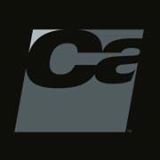
The Aero Commander 500S Shrike HD Series by Carenado is NOW available! here :
Aero Commander 500S Shrike HD Series
Price is US$32.95
Images & Text are courtesy of Carenado©
Developer site : Carenado.com
______________________________________________________________________
Stephen Dutton
20th October 2016
Copyright©X-Plane Reviews: X-PlaneReviews
-
I don't see any features in X-Plane11 for ATC and very much doubt they will either as they did have an upgrade in those areas in XP10.50... SD
-
I don't know either as with you I am old school from XP9 I use the USB dongle and not the key. I think if I am not right you can run more than one computer off the one key, only two though and not anymore. SD
-
A really good question as I have the same sort of layout. Personally I think the underlying folder layout structure is still the same, so your folders should come up the same as in X-Plane10. I think you may also have the option of selecting folders and order them as you use them in like a favorite list which will help you. It does look more flexible than the current aircraft folder... SD
-
1 hour ago, Guest Kambiz said:
Hi, how the insert airport charts into simulator ?
I don't understand the question? Do you mean in the aircraft? or X-Plane of which you can't do... SD
-
Snow Leopard is getting really, really old now, but should do if it works with X-Plane10 and the computer is still powerful... SD
-
No this is not the EADT aircraft, as it is very different in the cockpit, but I would really love this new FMS in the EADT x737, no it is not the Rotate MD88 either but the older X-Plane Freeware Project version, and no the Citation X is coming with XP11 not XP12
 . SD
. SD
-
45 minutes ago, Guest Mike said:
It seems that a Cessna Citation X will be included in XP 11 as well. Aerosoft's pre-order page has one image of it here (http://en.shop.aerosoft.com/eshop.php?action=article_detail&s_supplier_aid=13900&s_design=DEFAULT&shopfilter_category=Flight Simulation&s_language=english)
Thanks, yes I thought the C172 was not a completely new aircraft... SD
-
There are plenty of tools to upload to YouTube, I can't help you as various systems are different. SD
-
I'm sorry but I won't give my email address out on the web for the obvious reasons, post the video on YouTube and send me the link. SD
-
-
Did you read my above comment? Then read it again!... SD




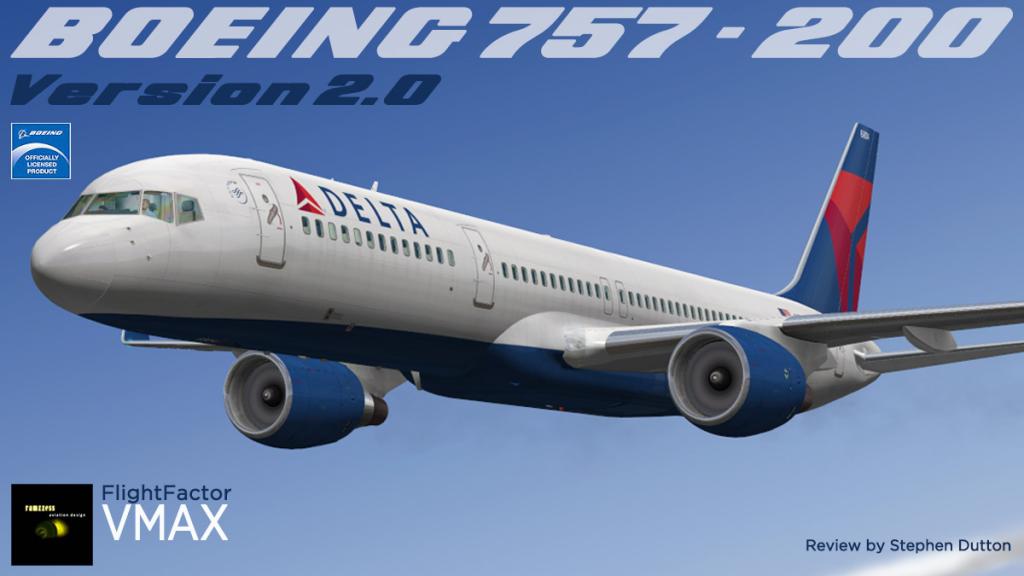
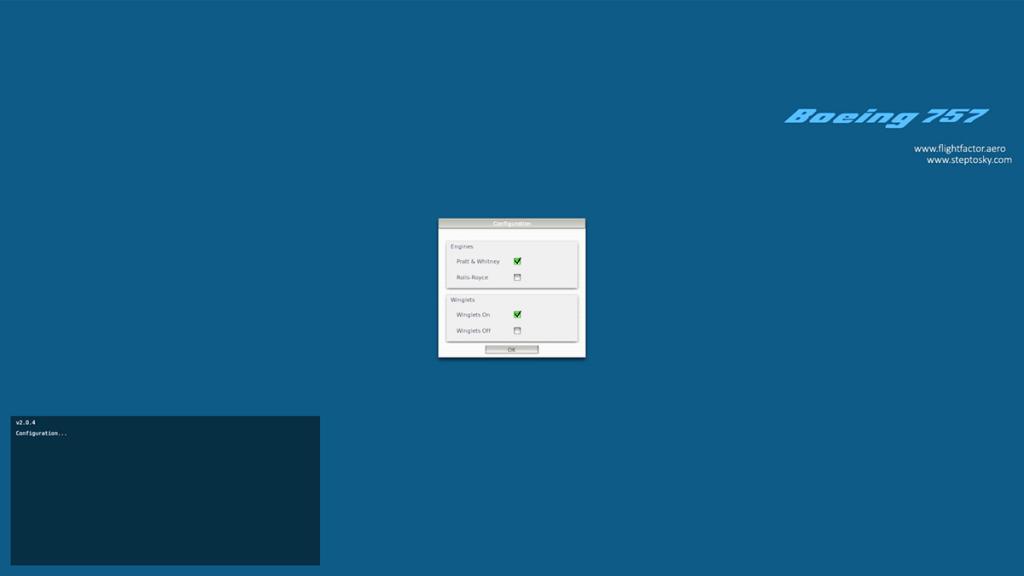
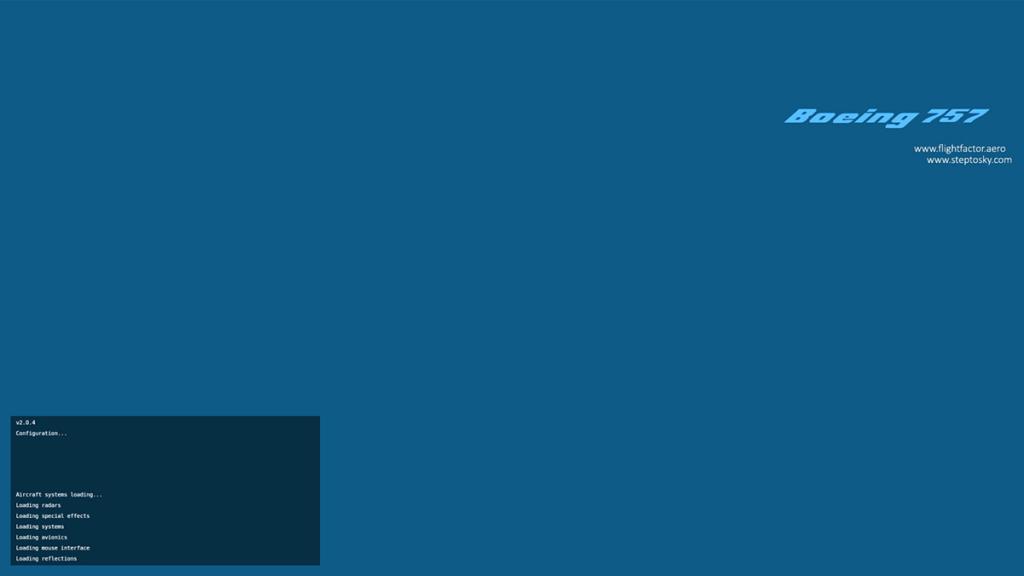
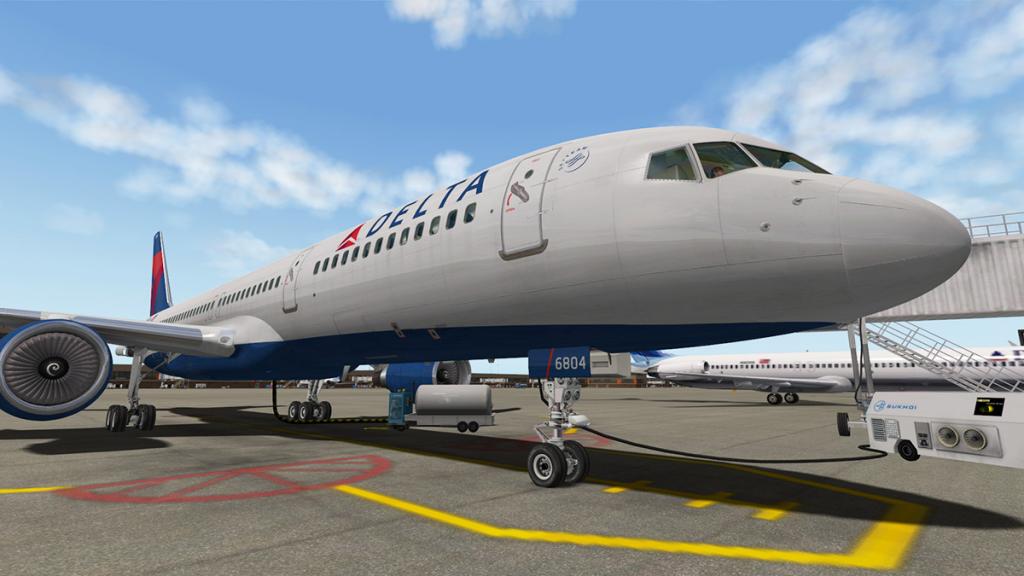
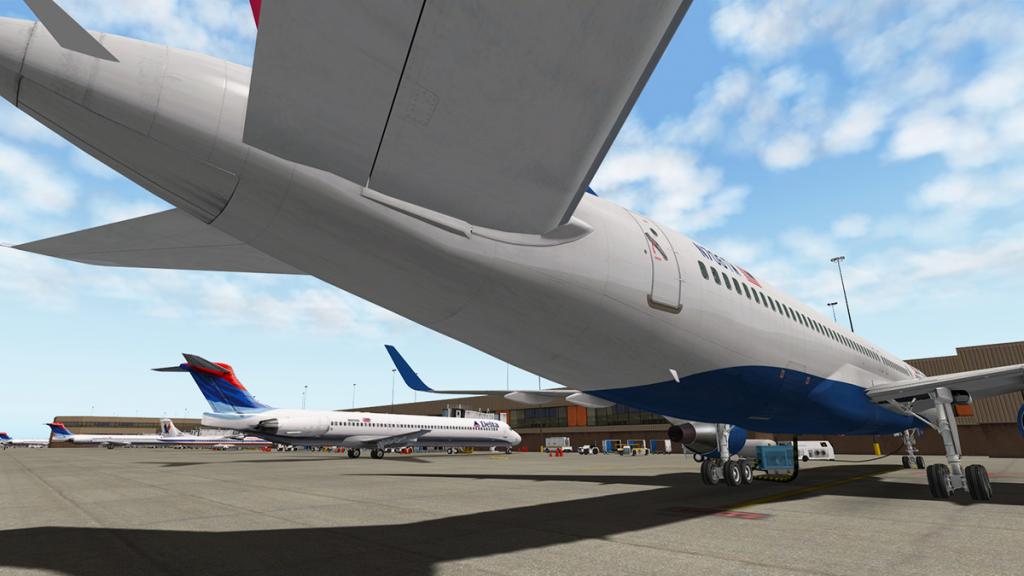
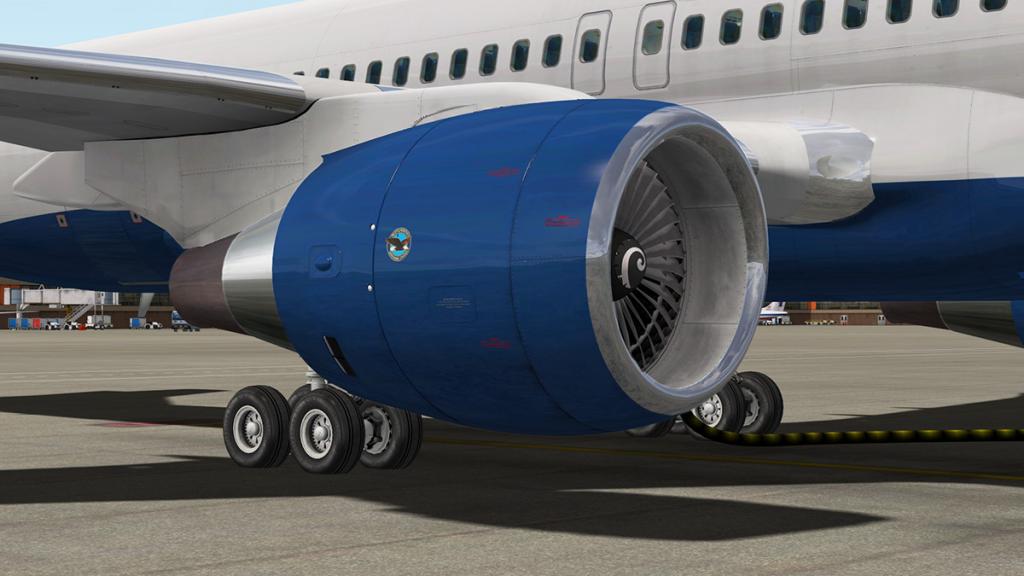
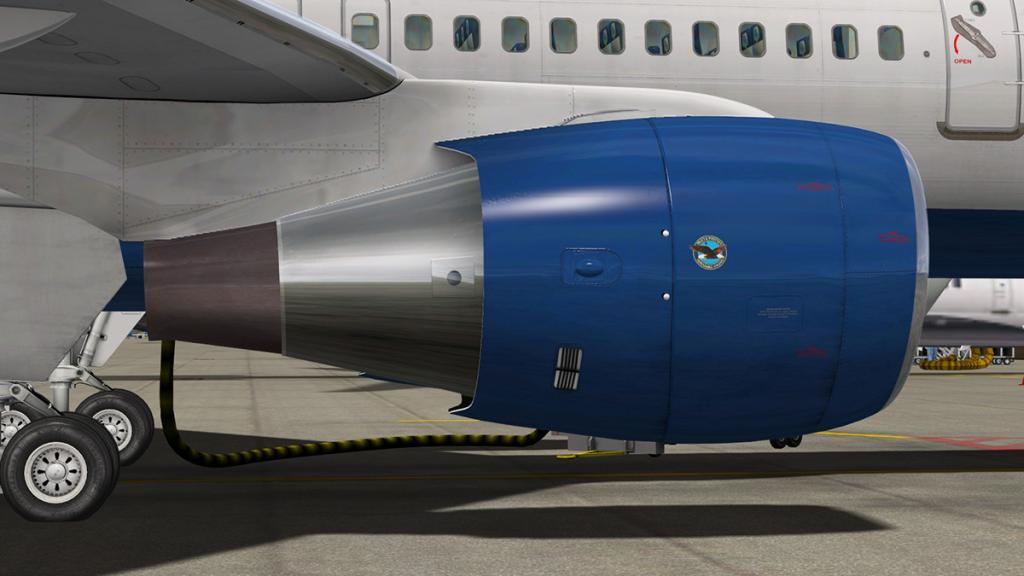
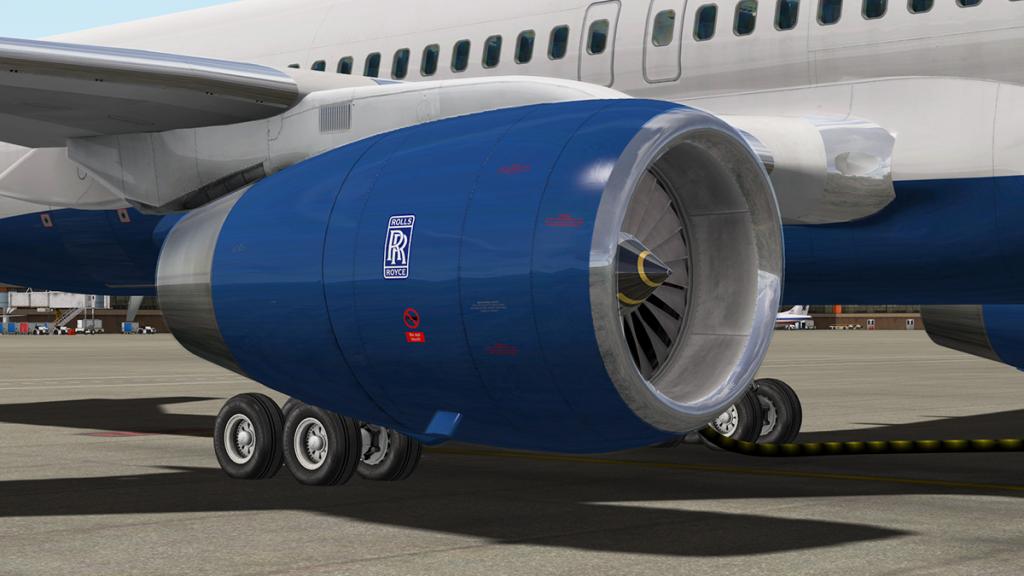
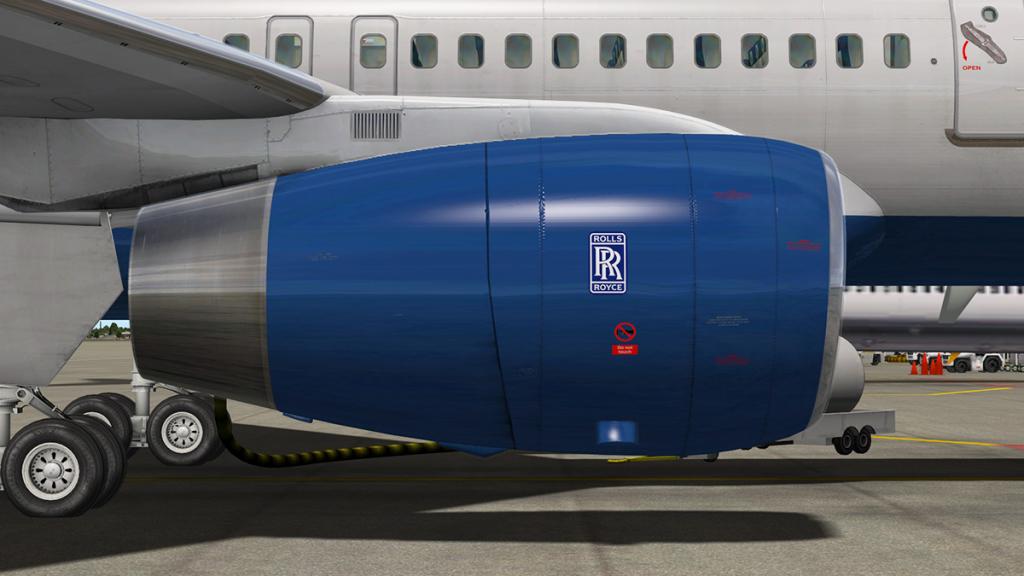
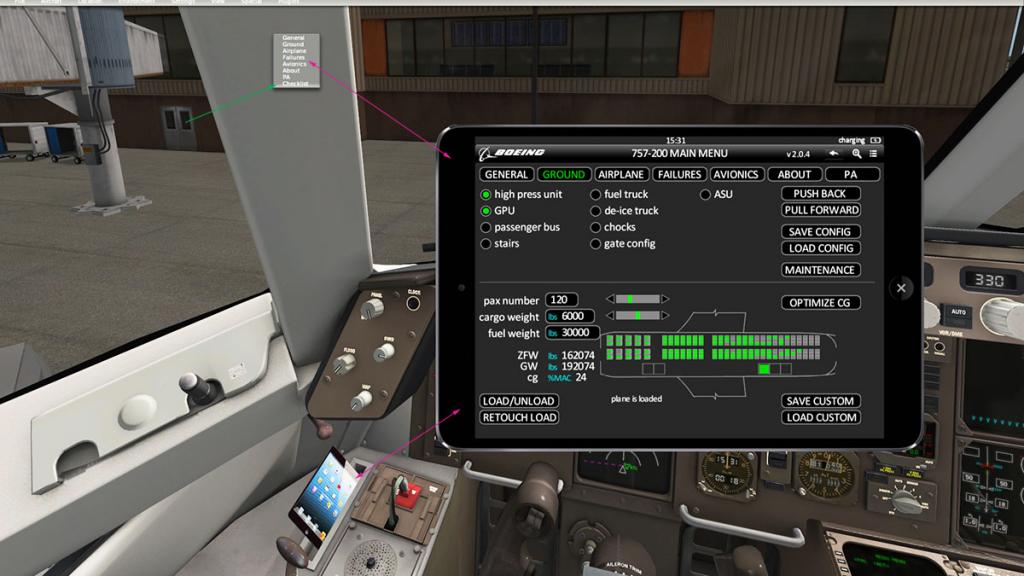
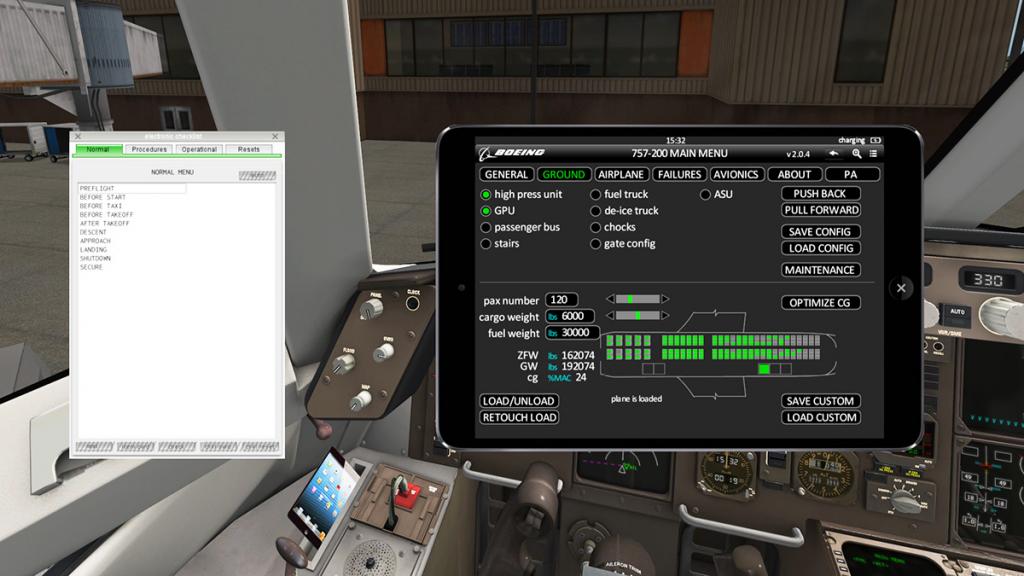
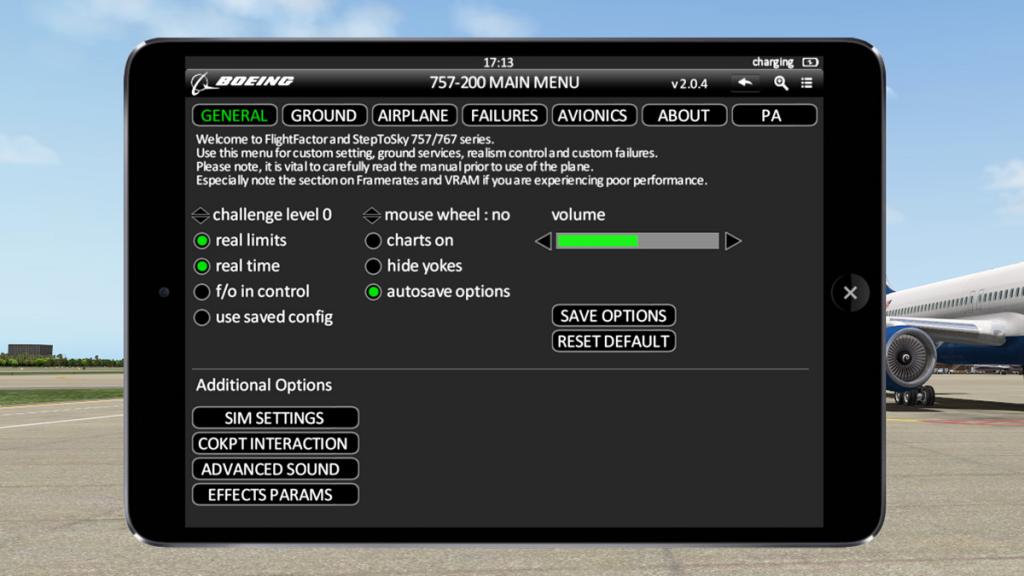
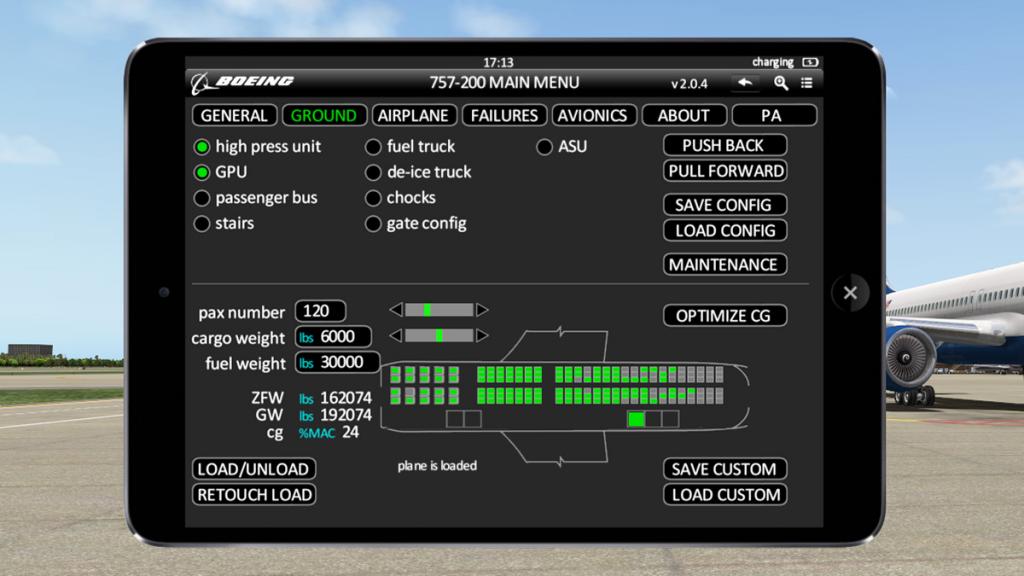
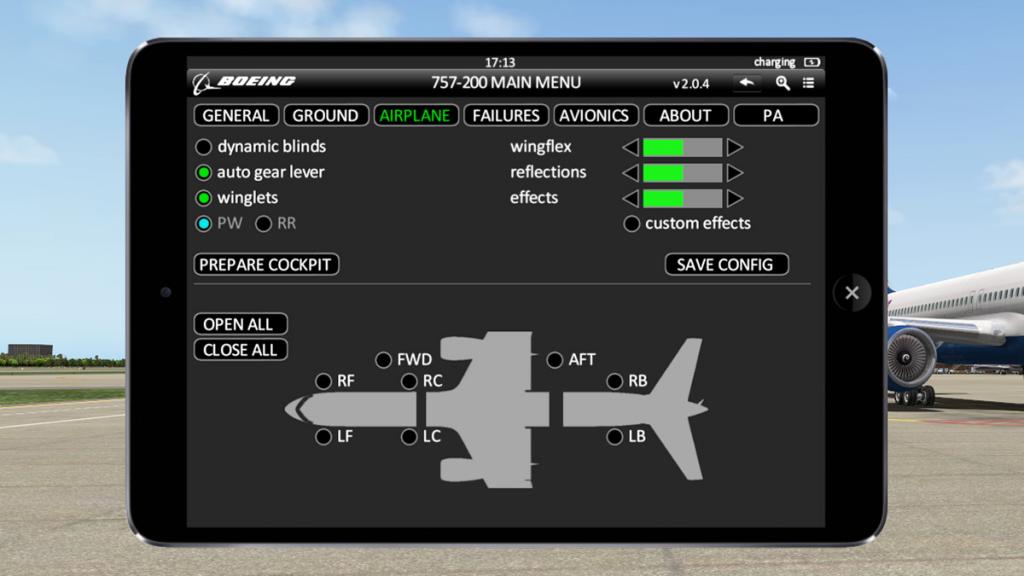
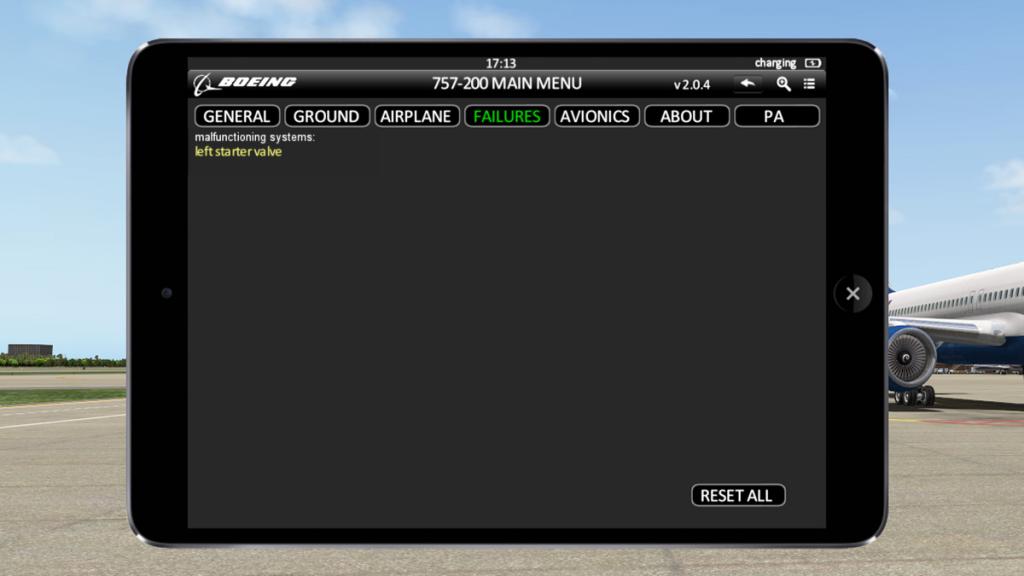
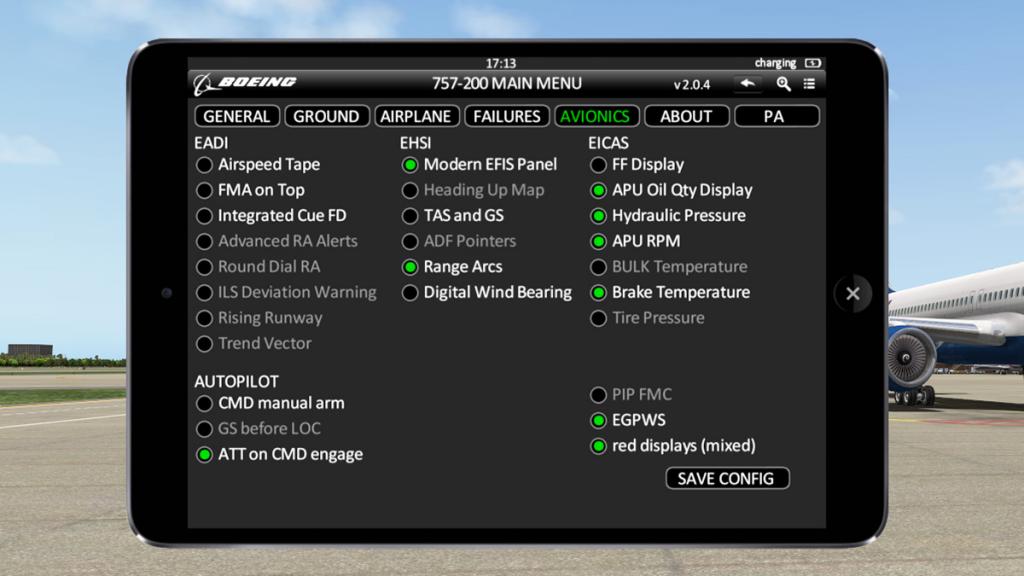
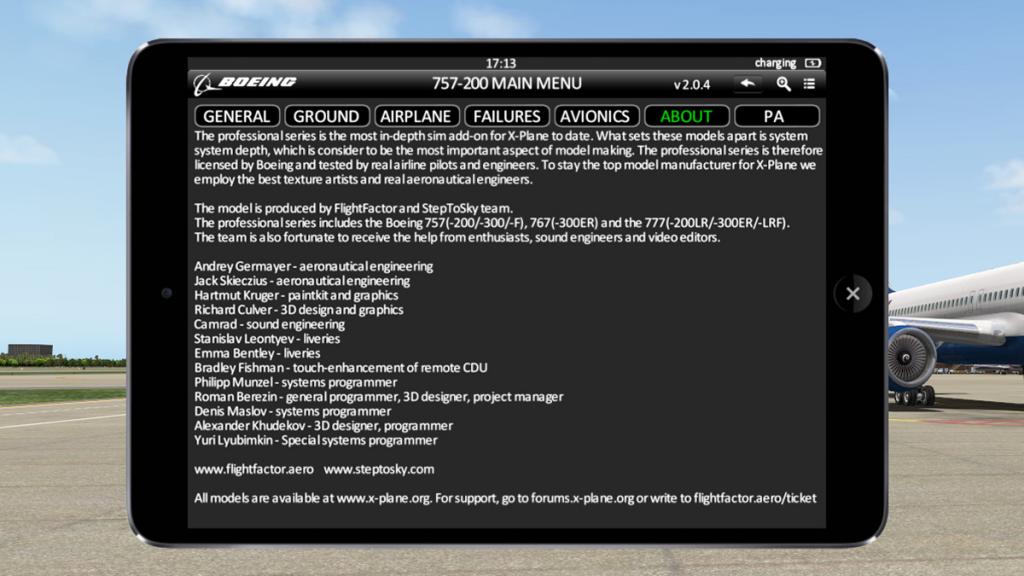
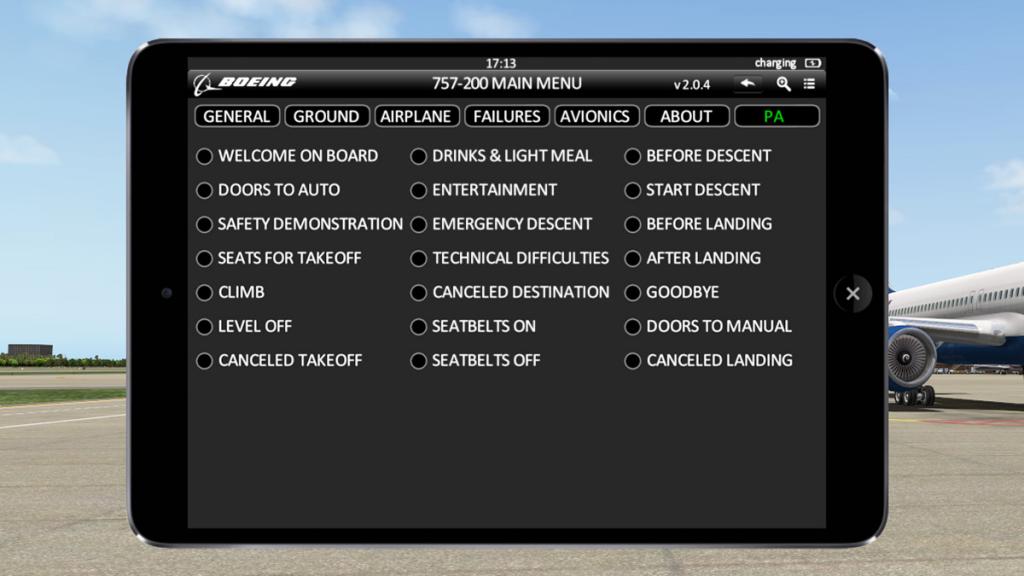
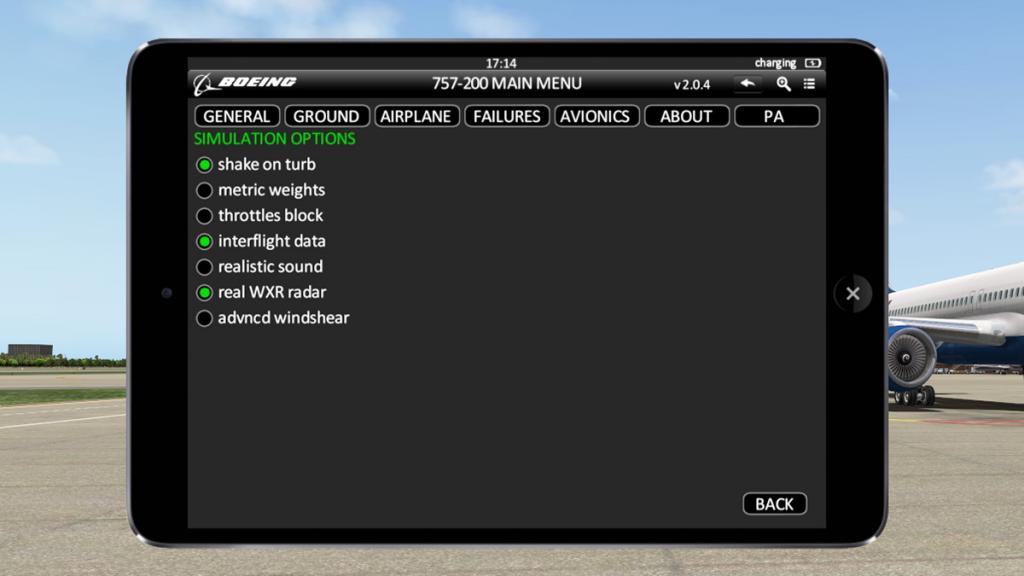
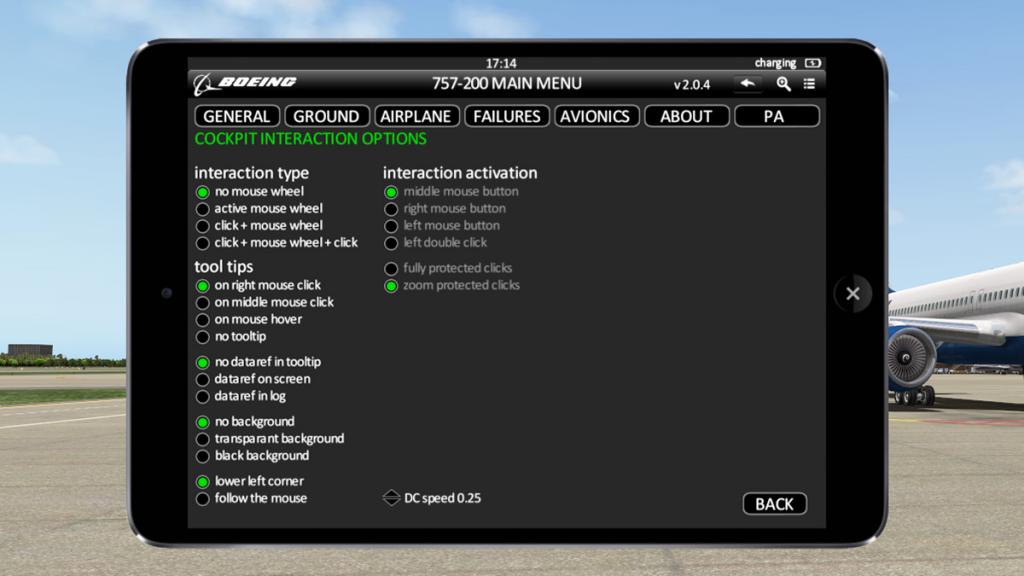
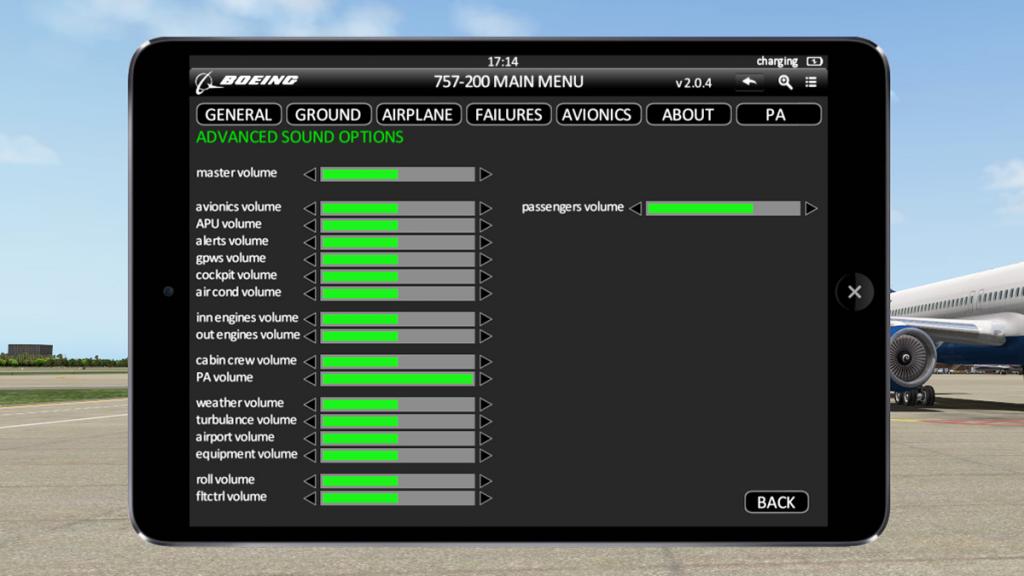
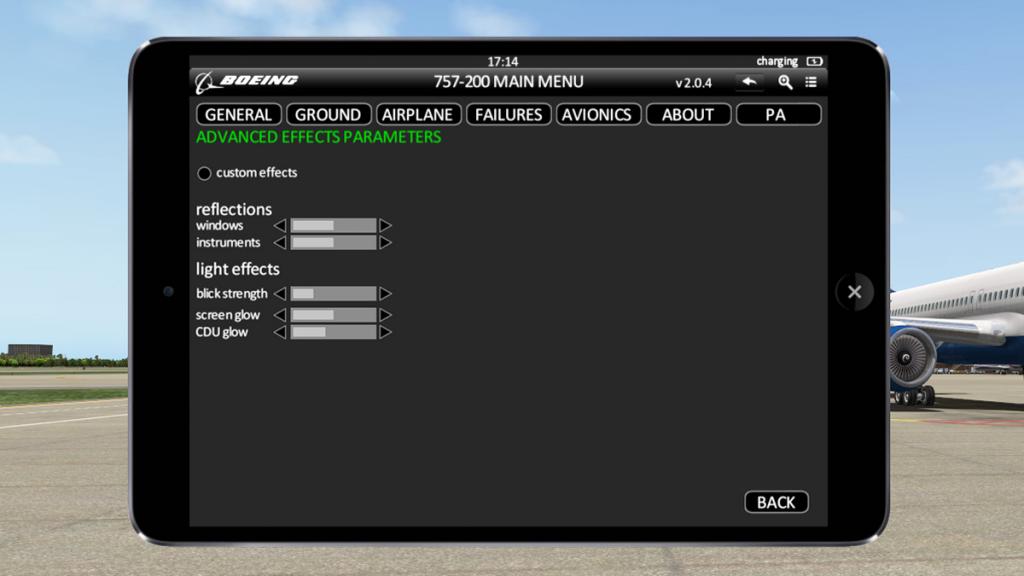
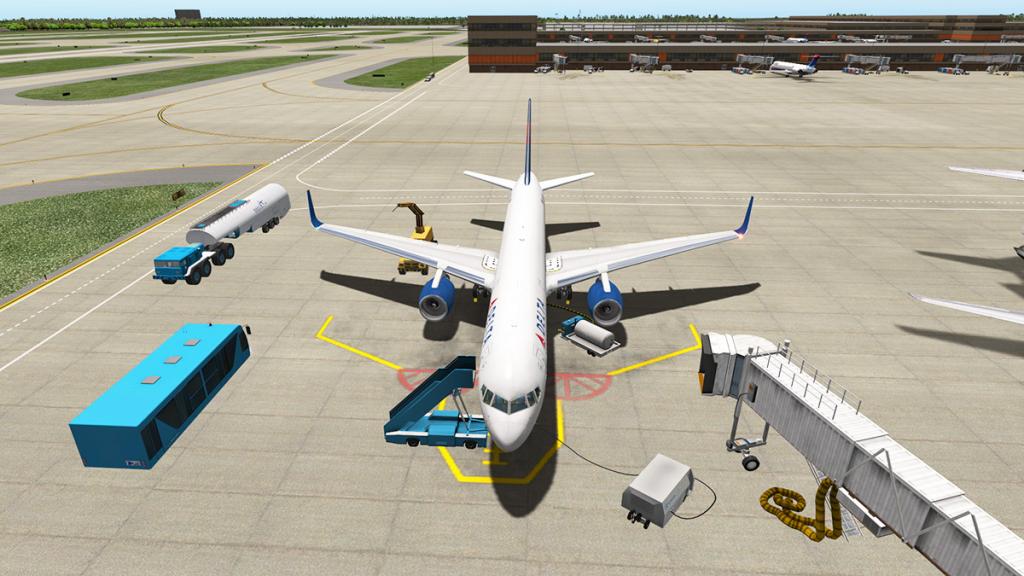
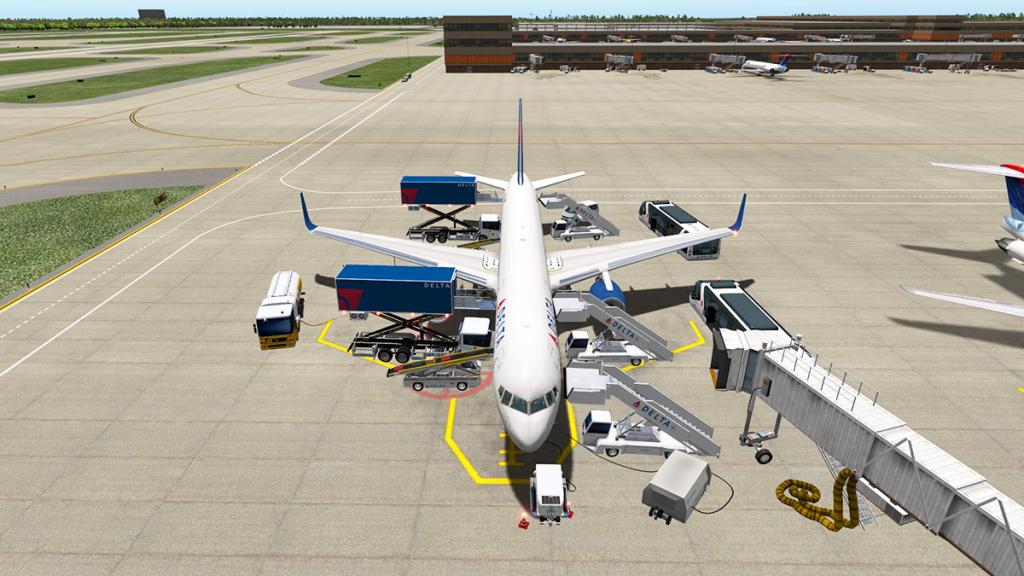
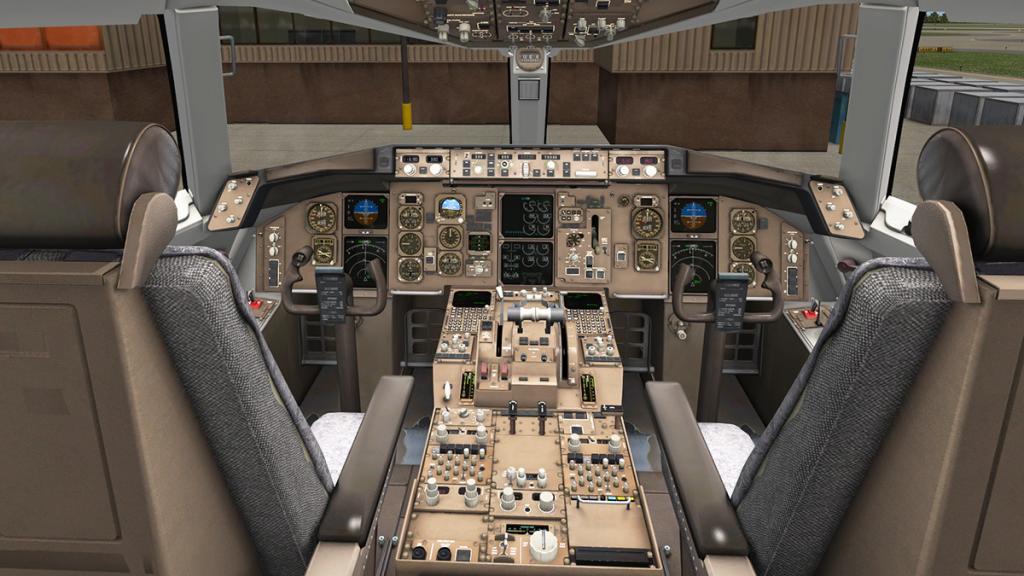
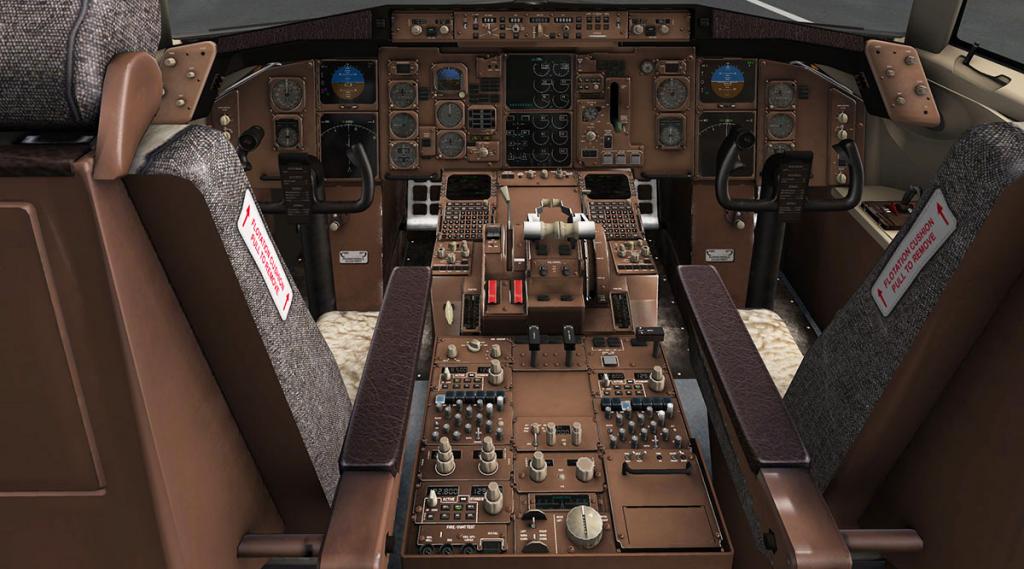
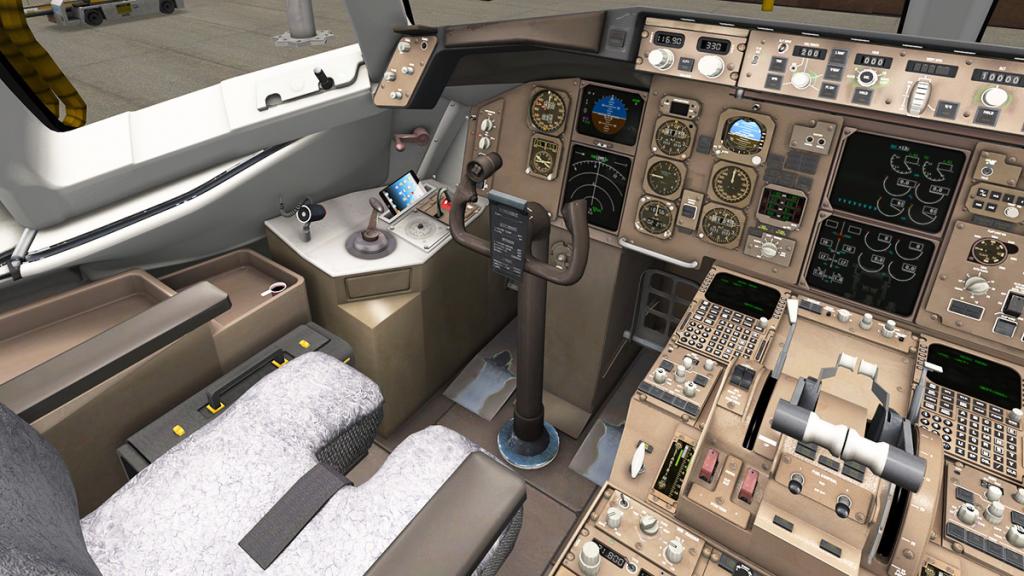
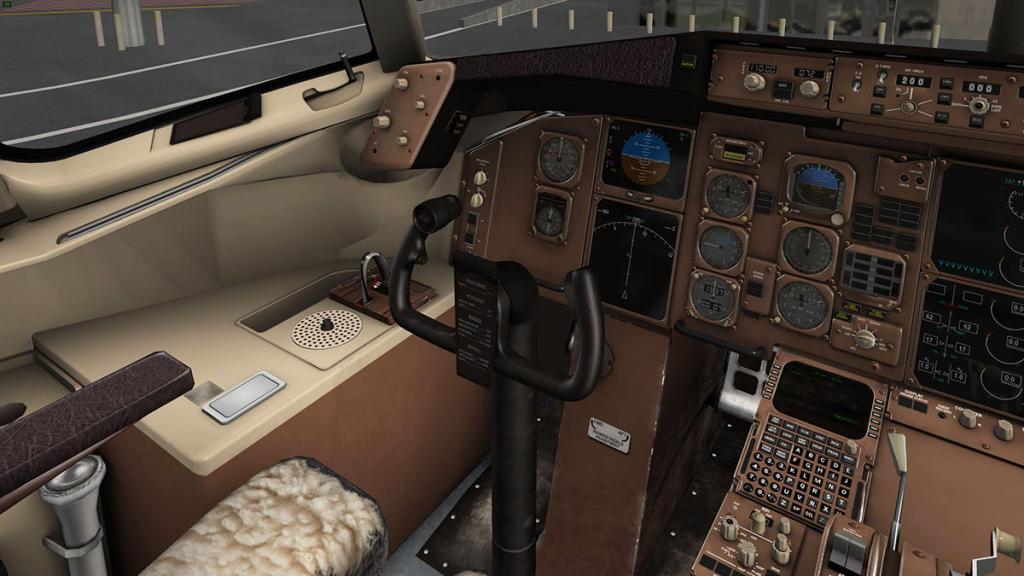
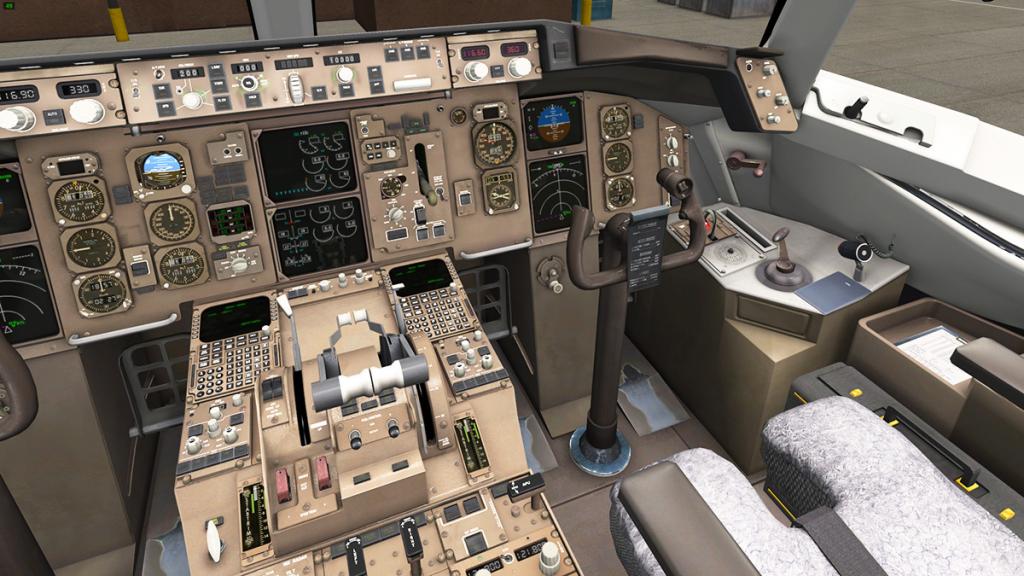
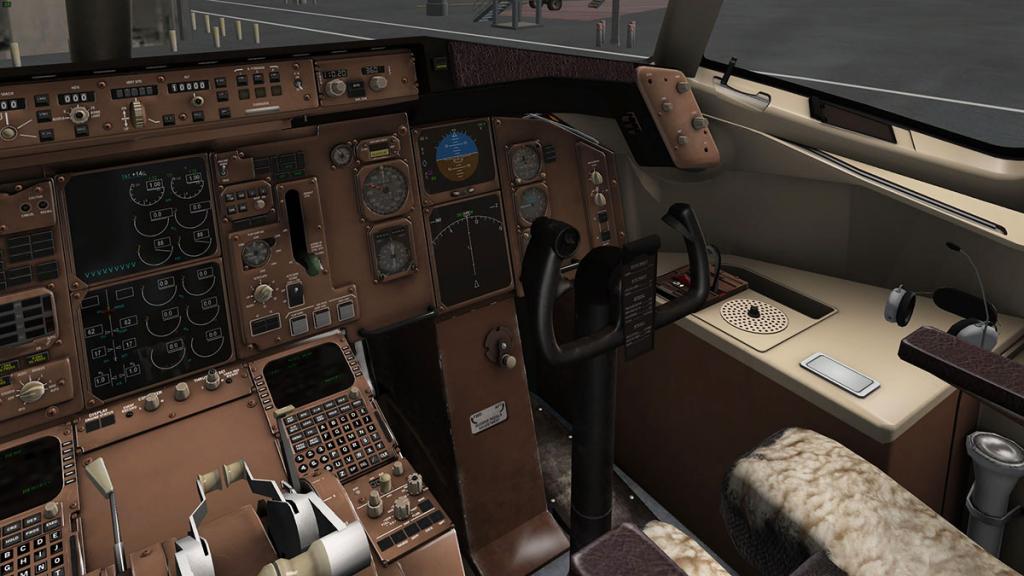
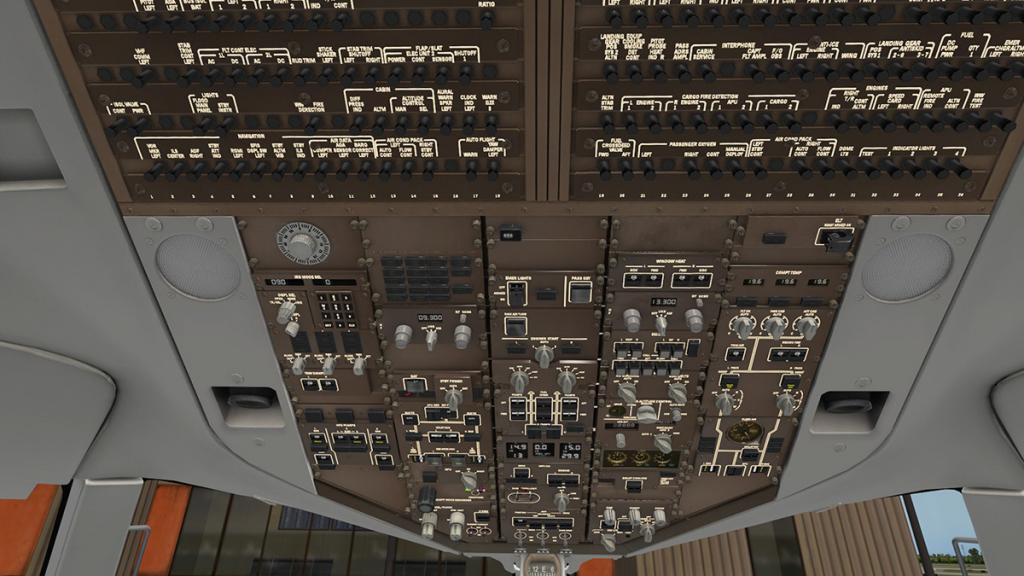
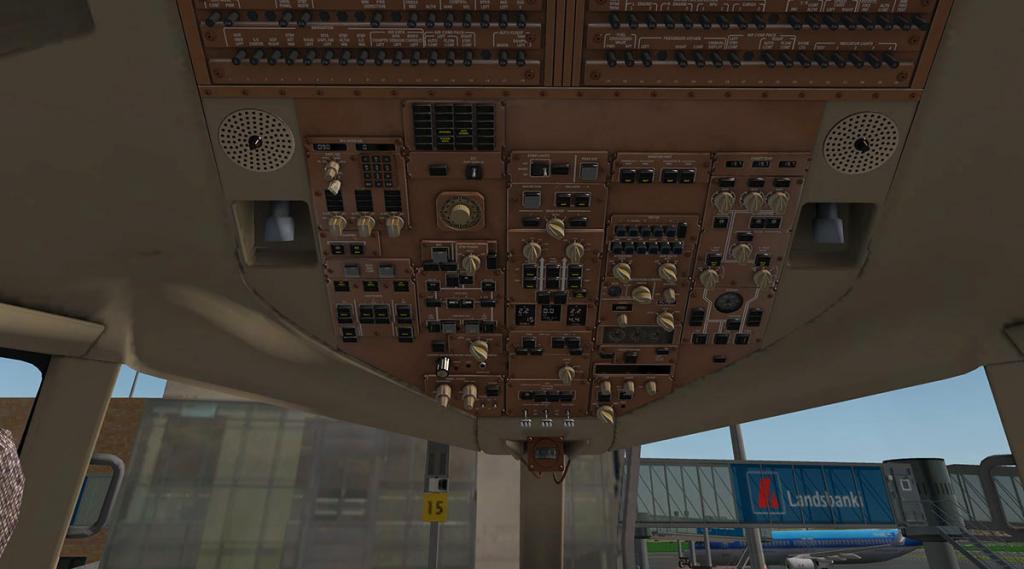
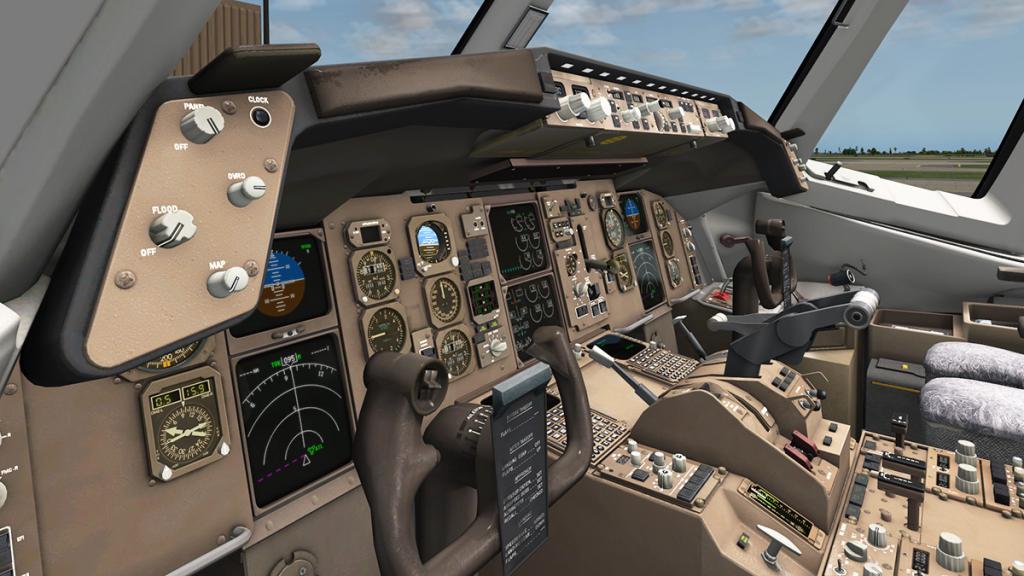
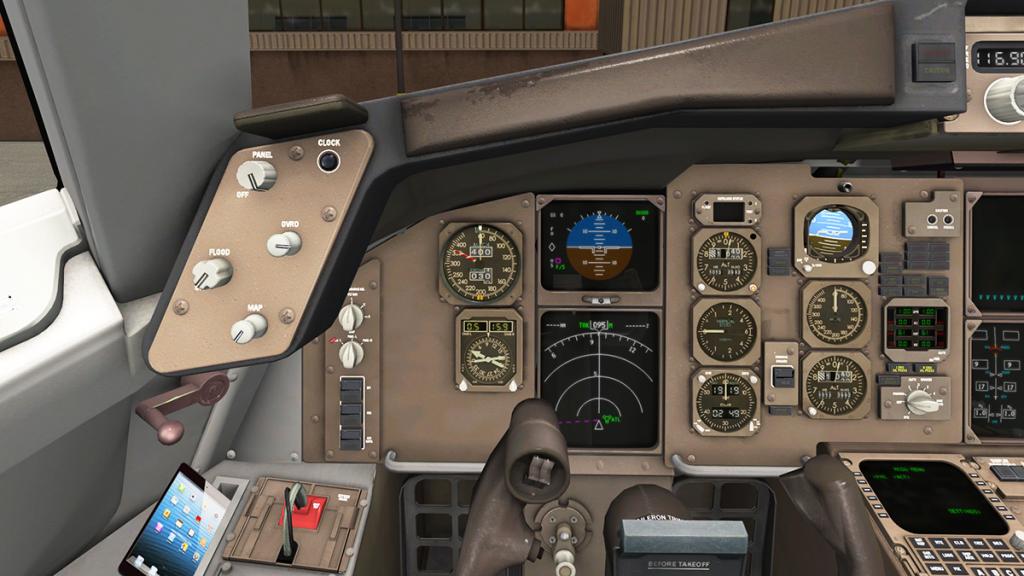
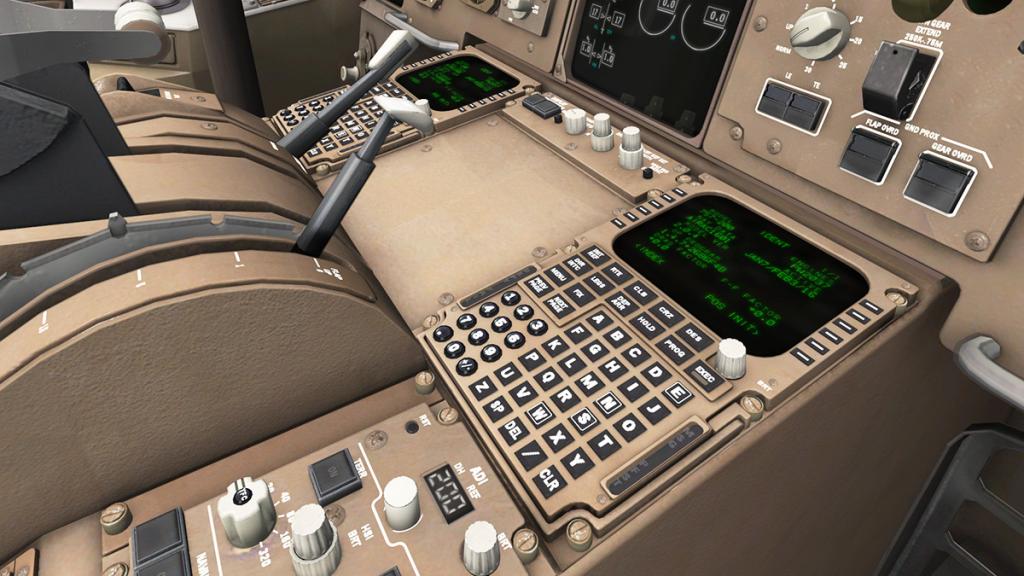
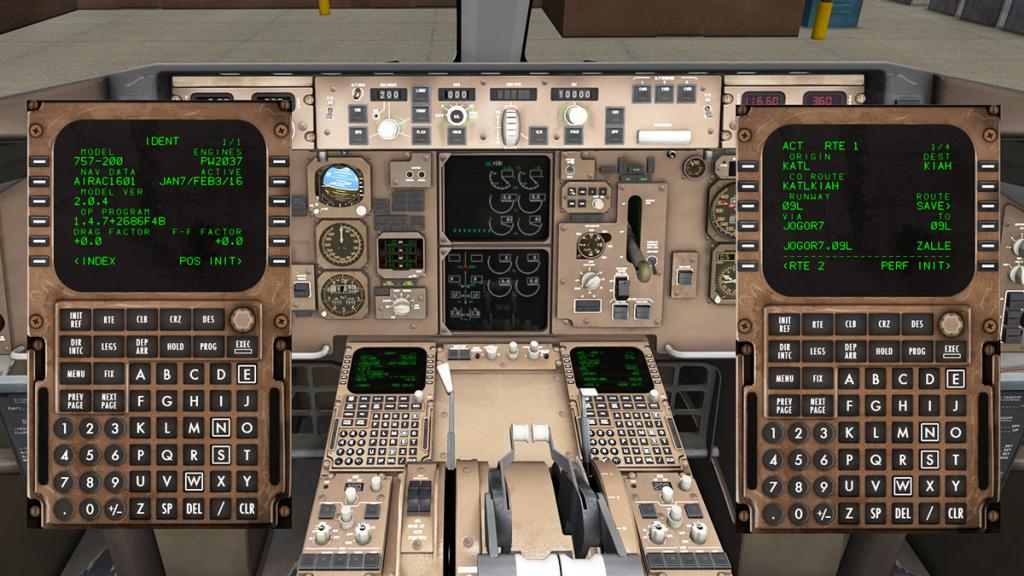
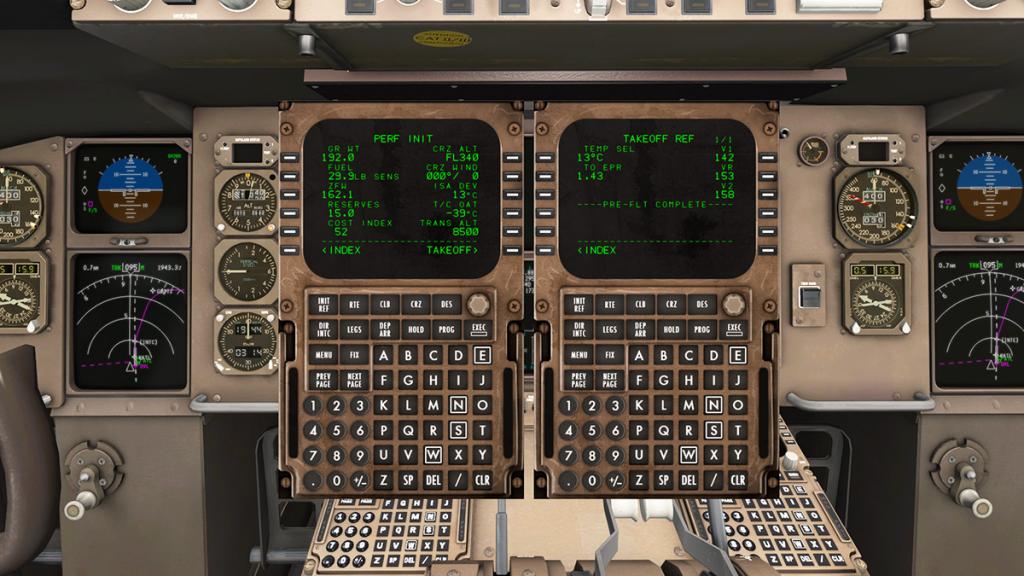
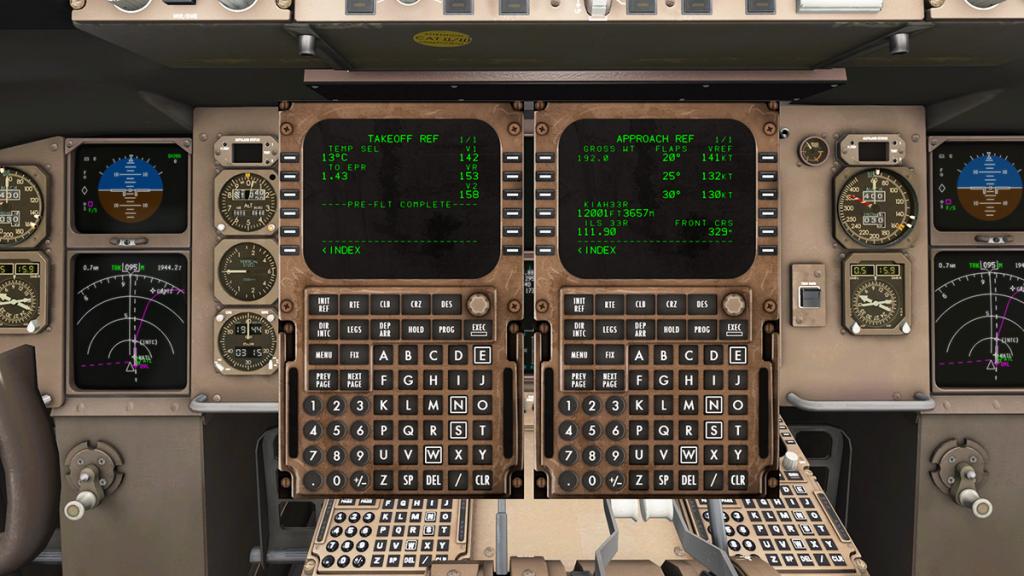
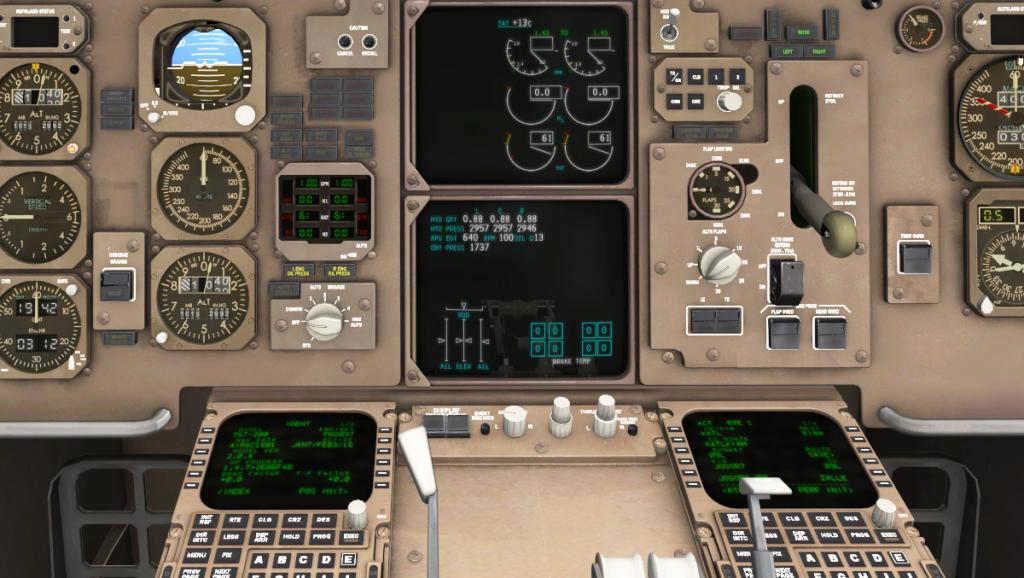
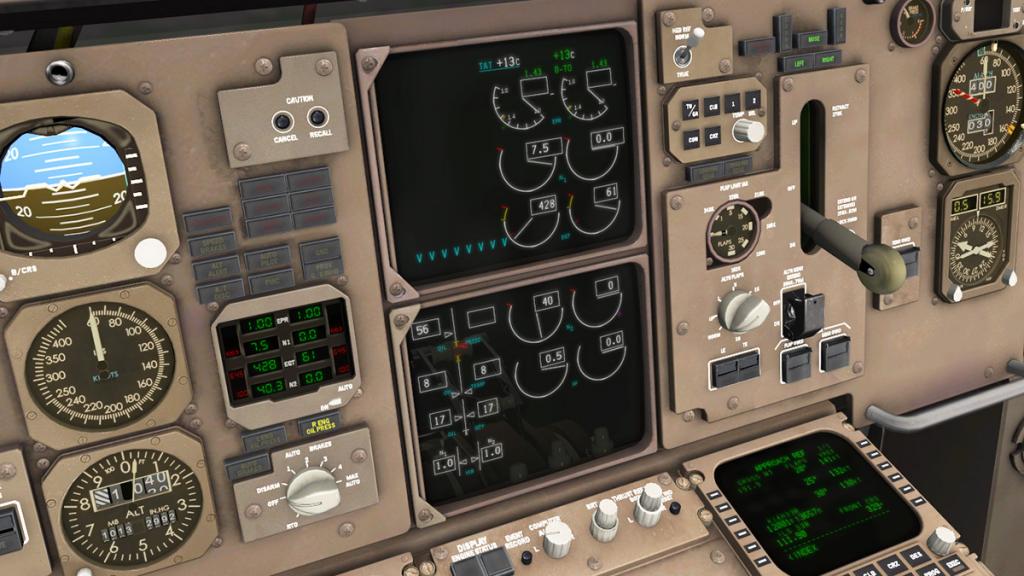
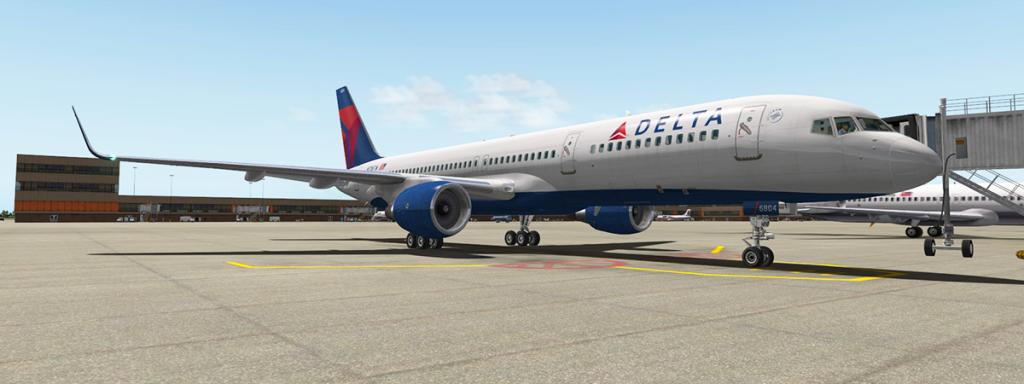
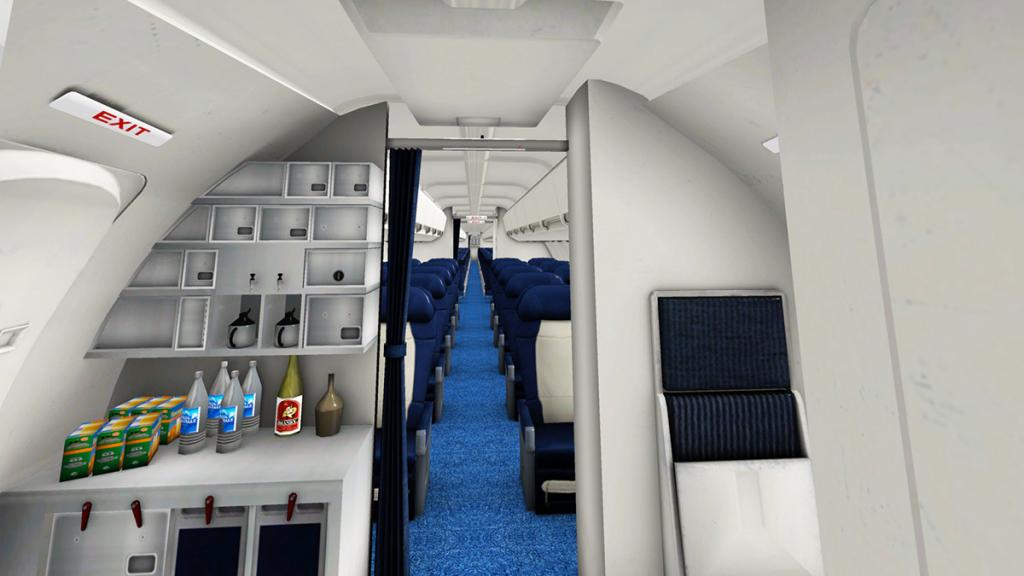
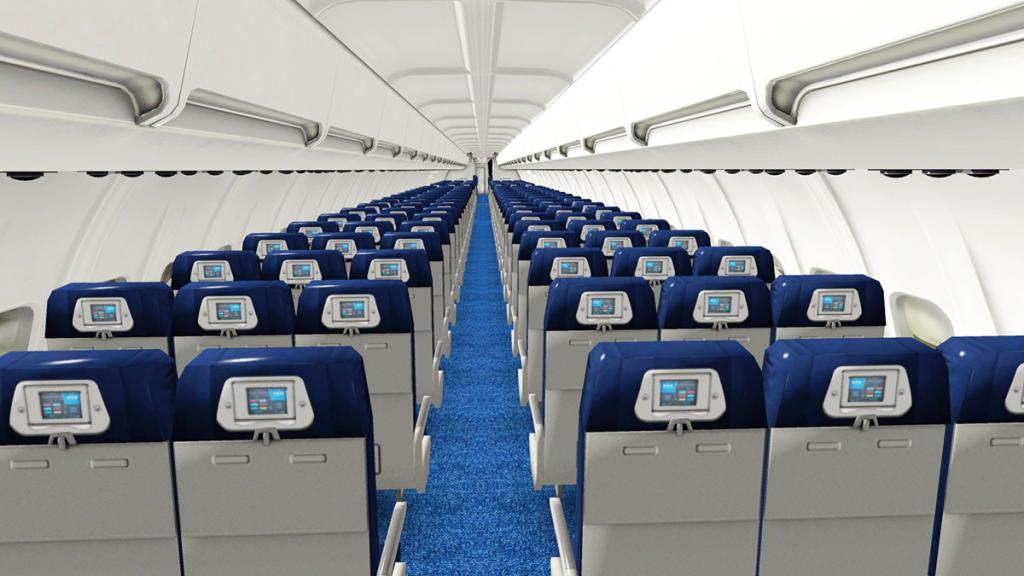
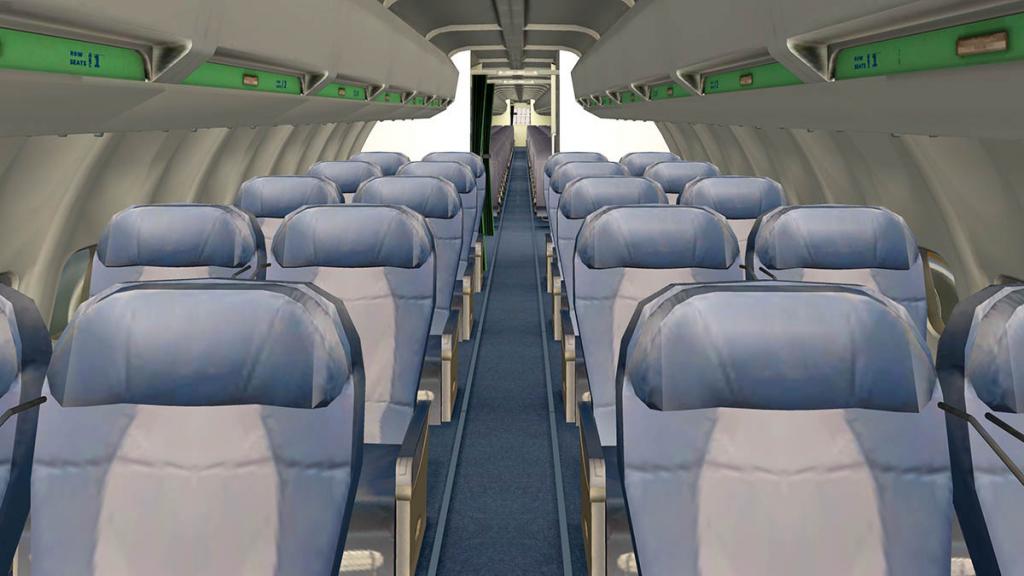
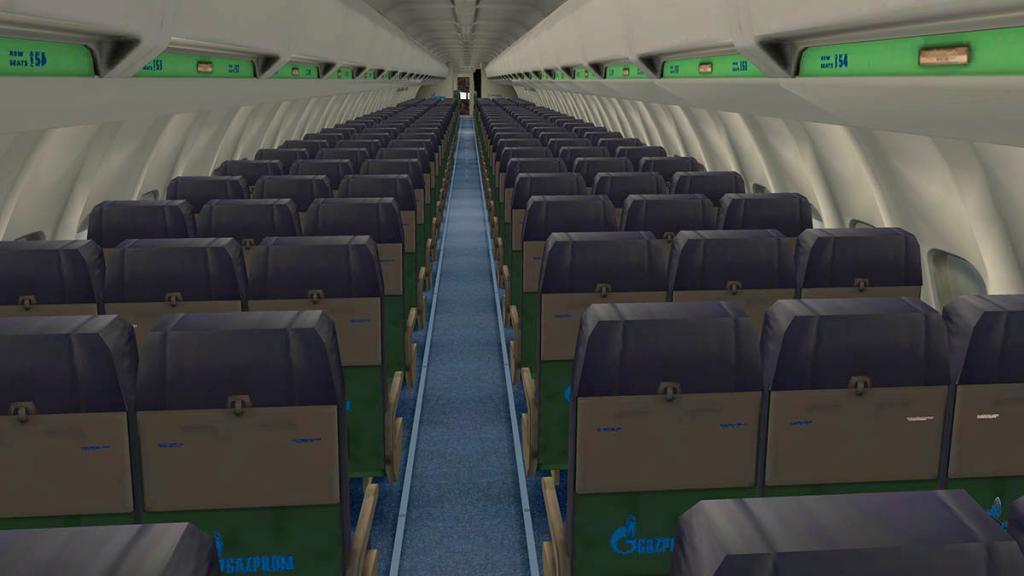
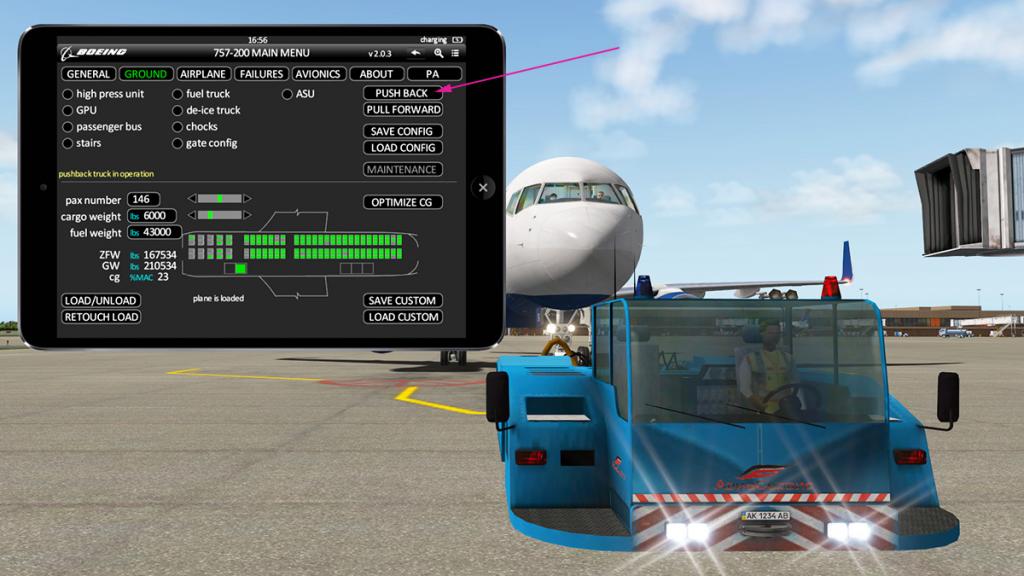
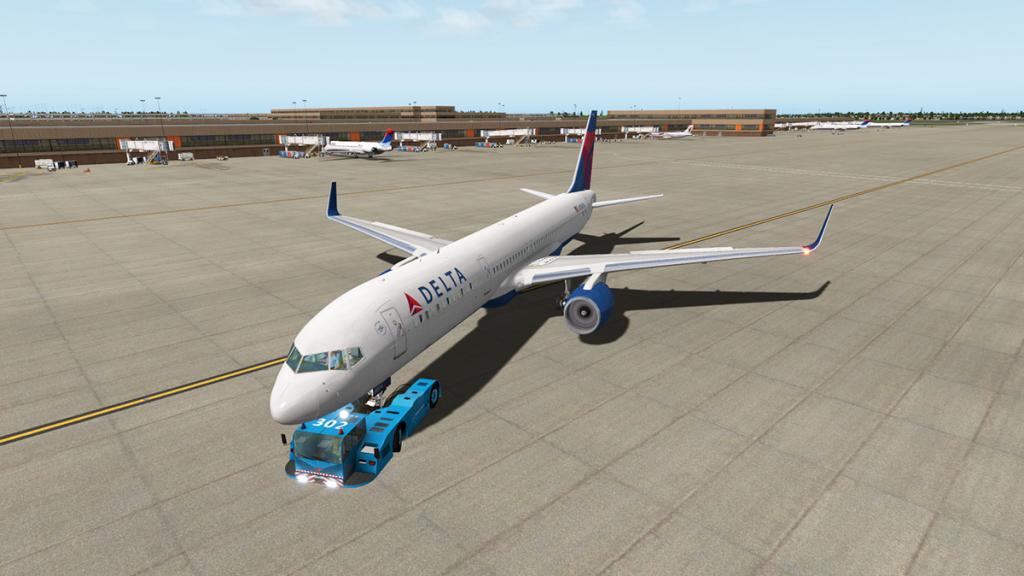
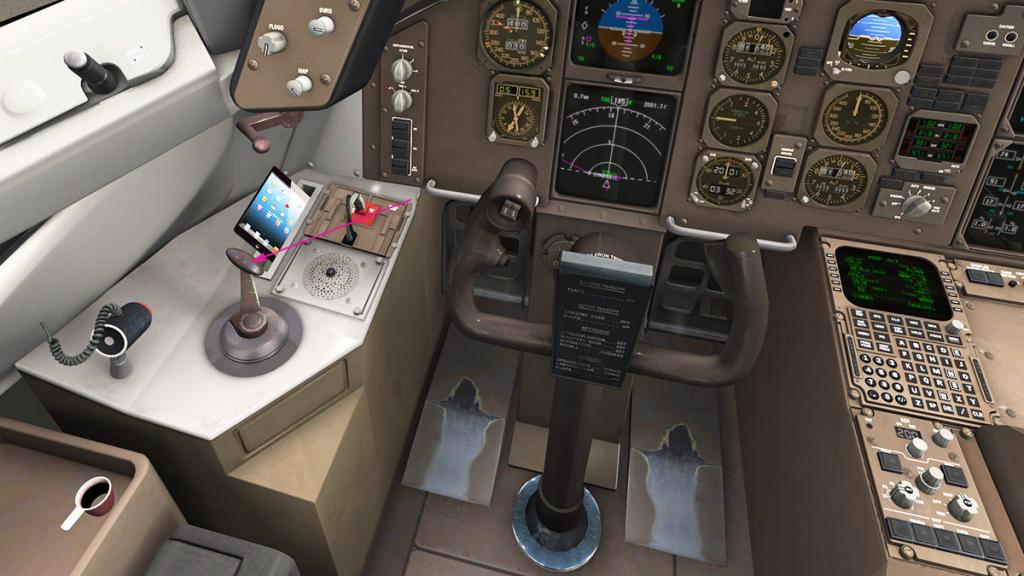
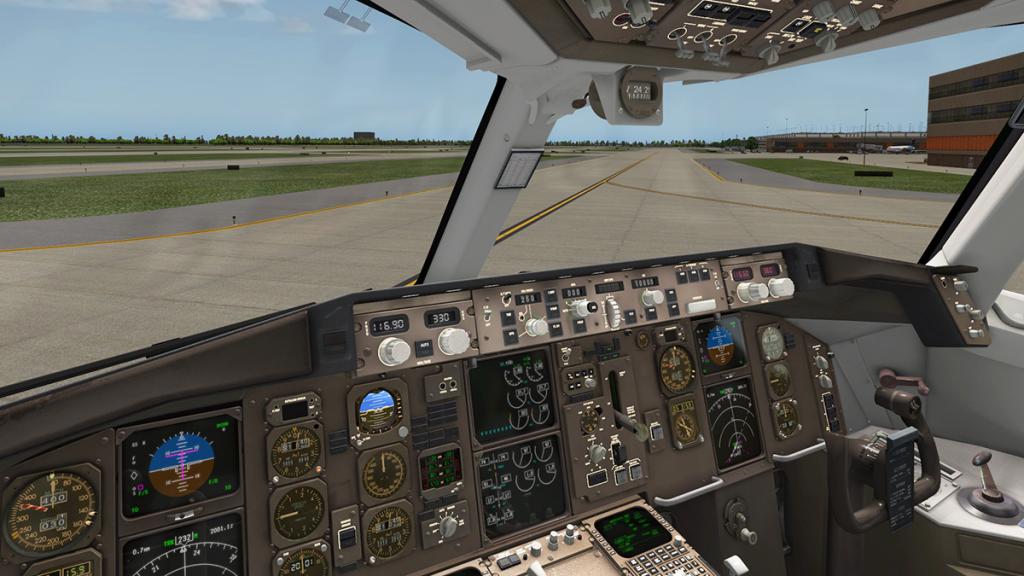
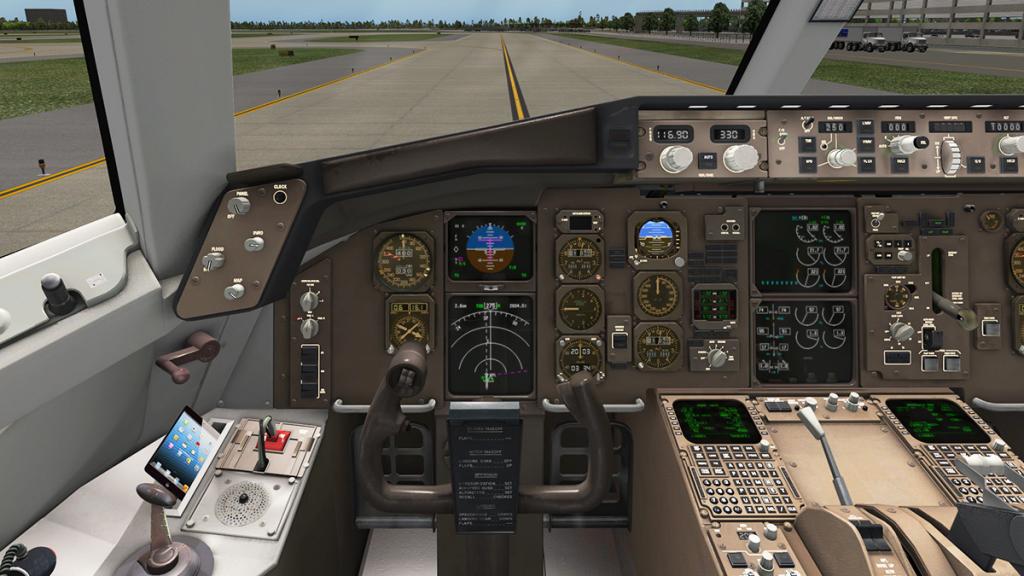
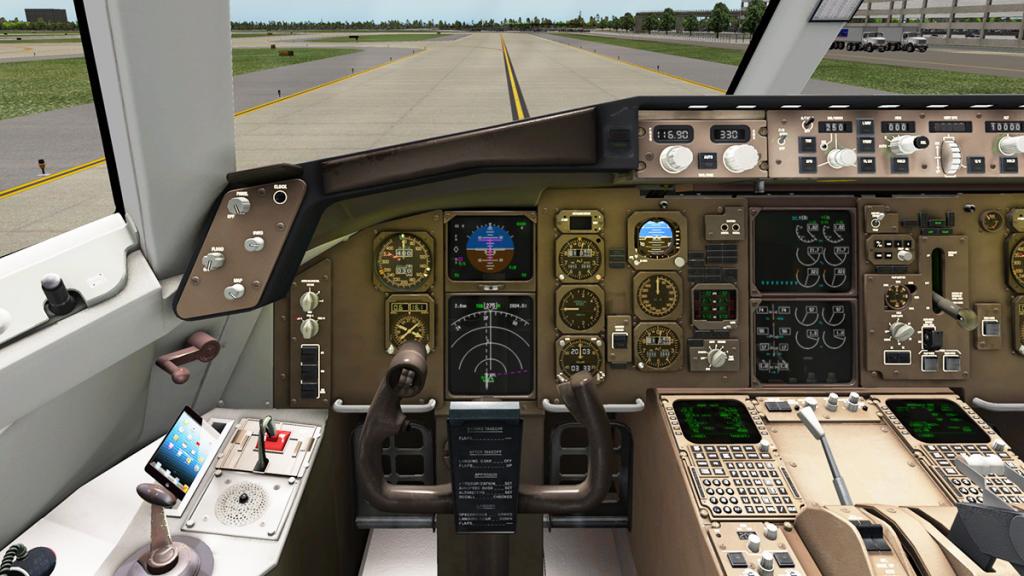
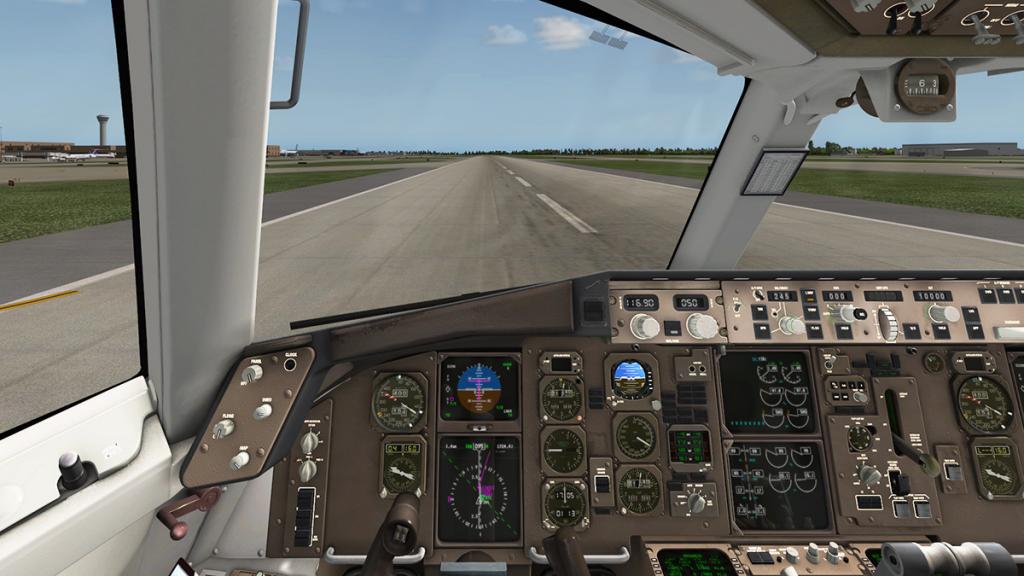
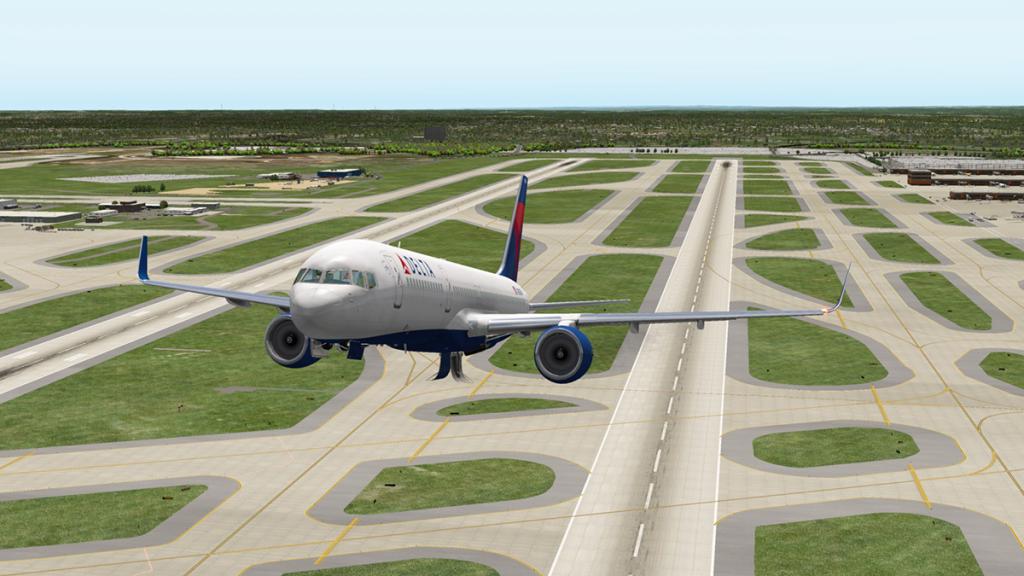
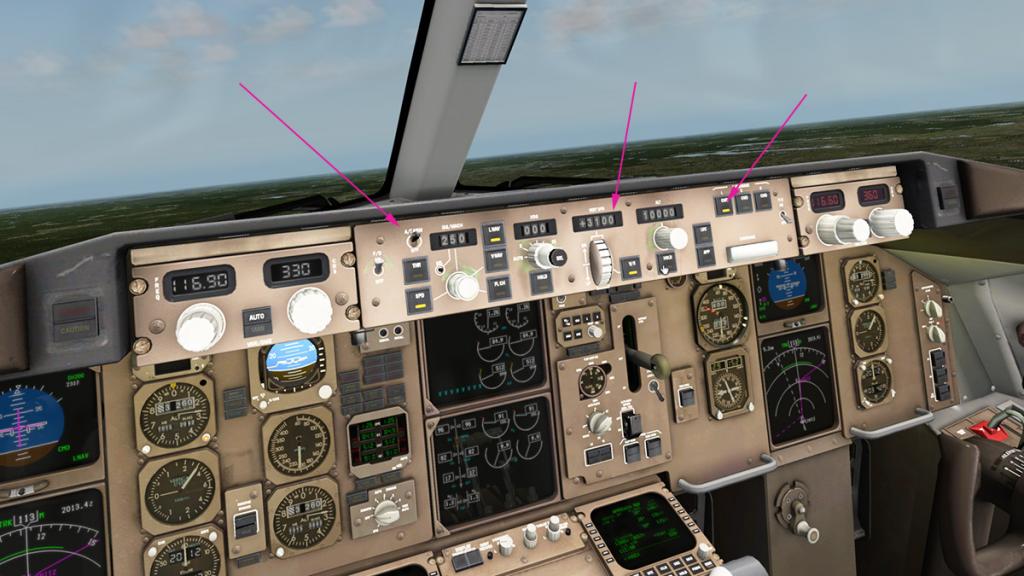
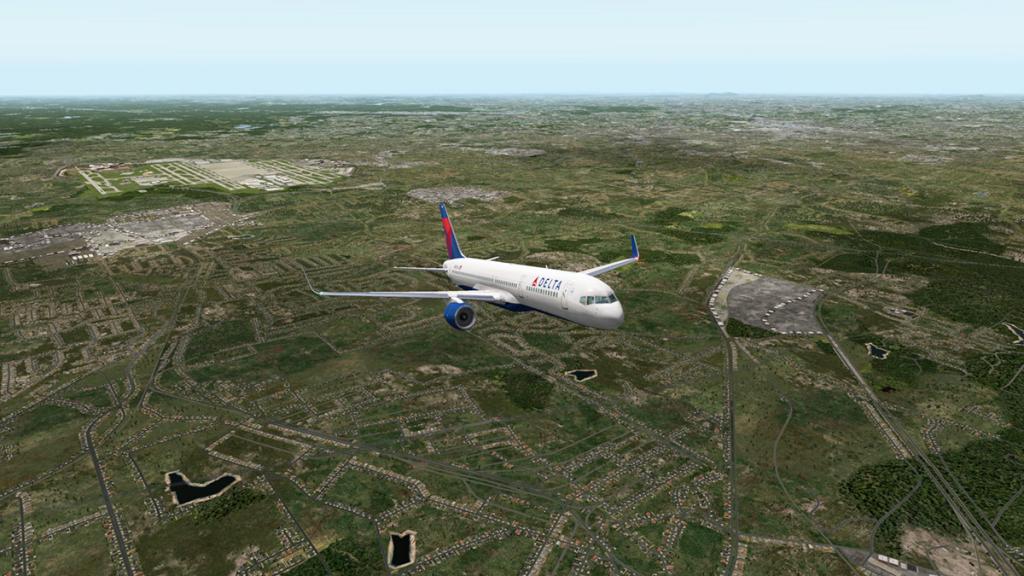
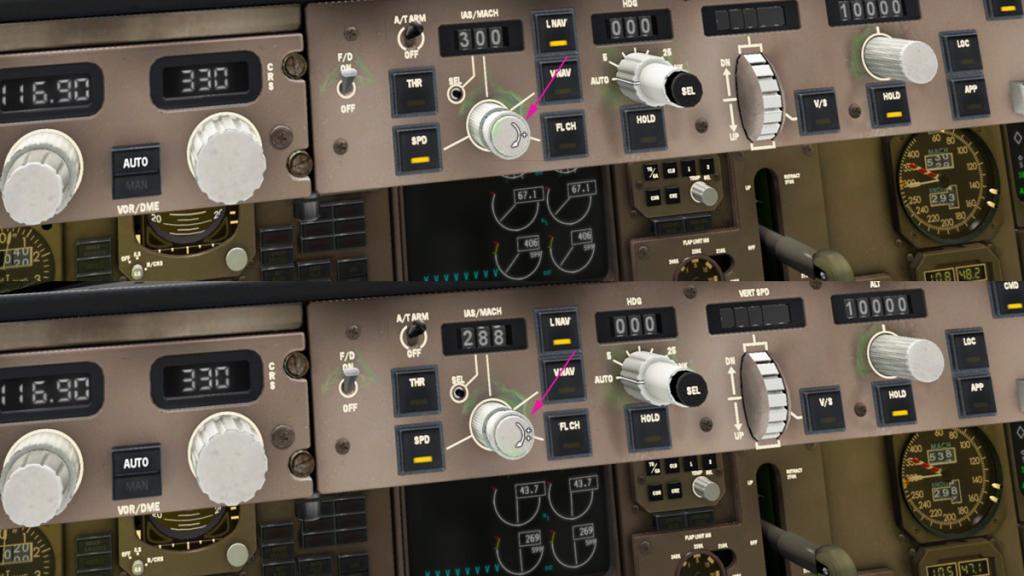
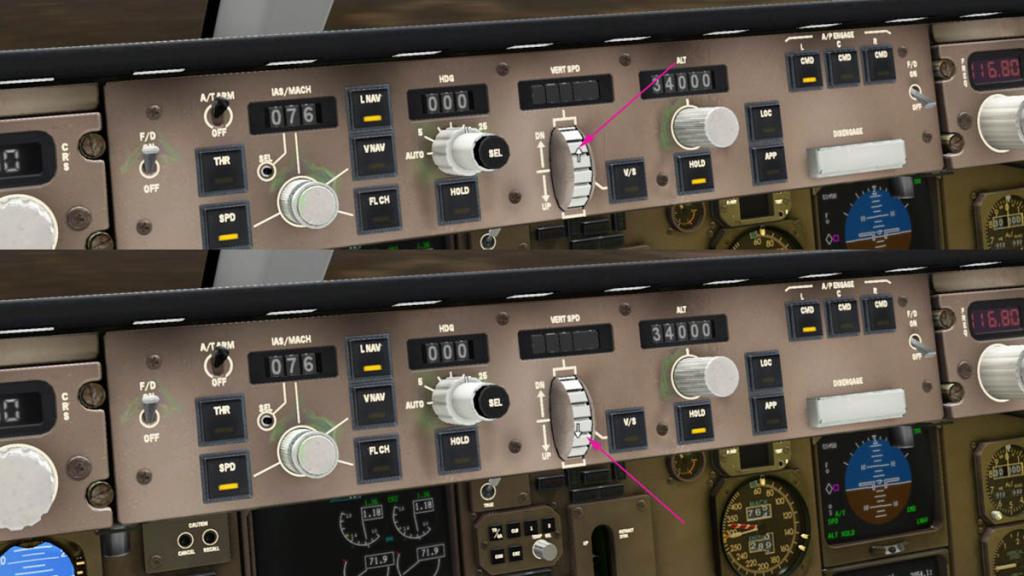
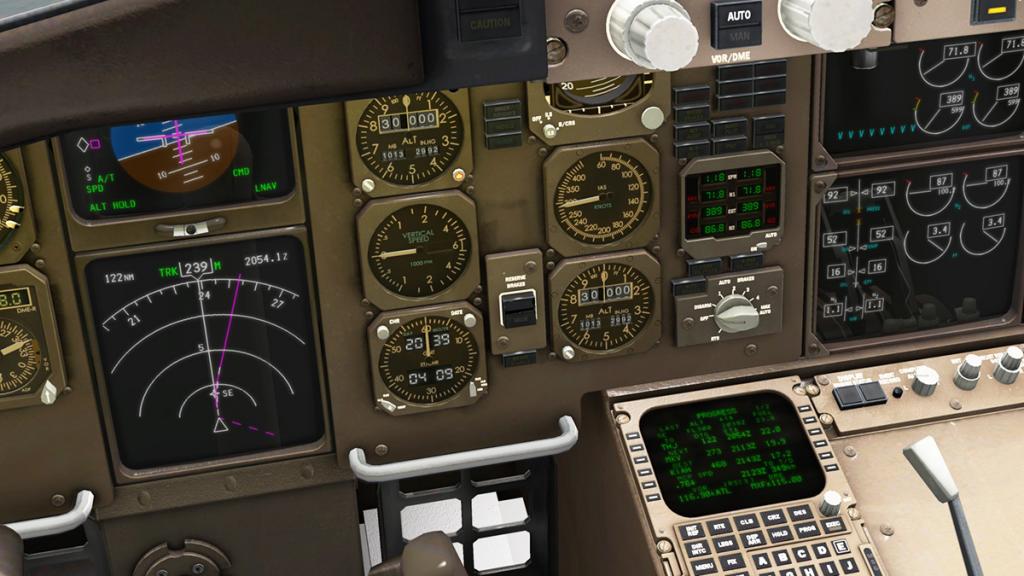
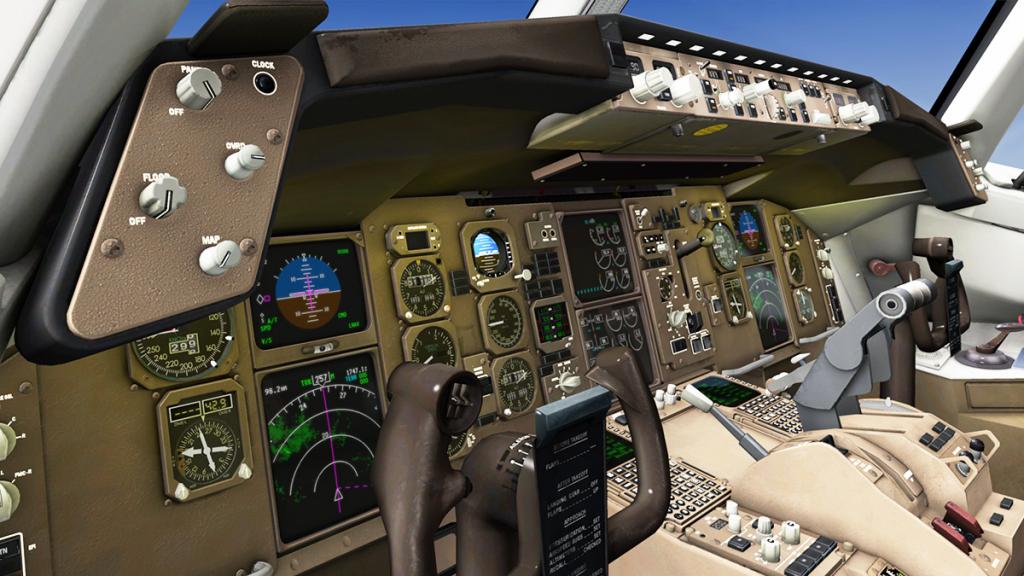
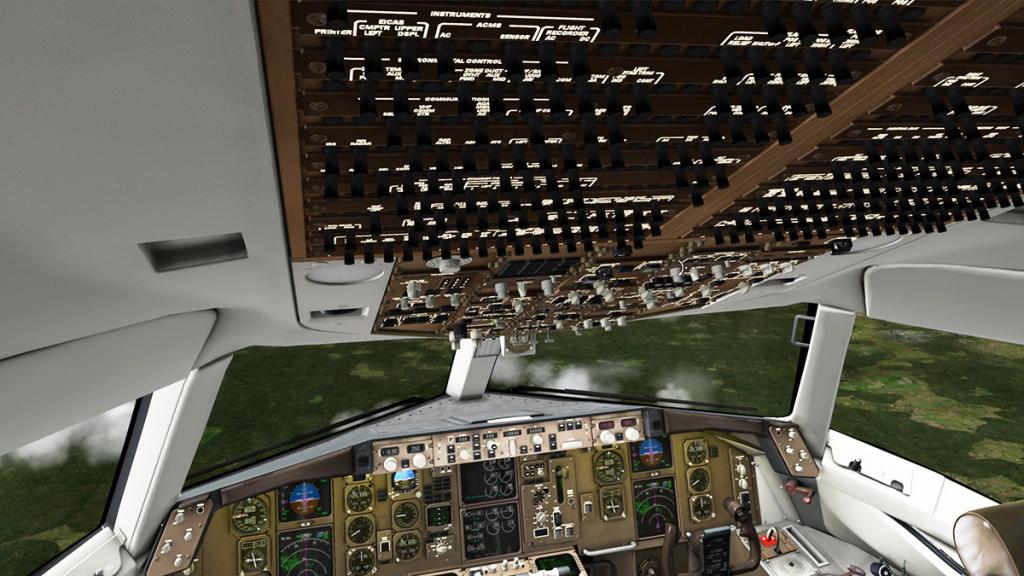
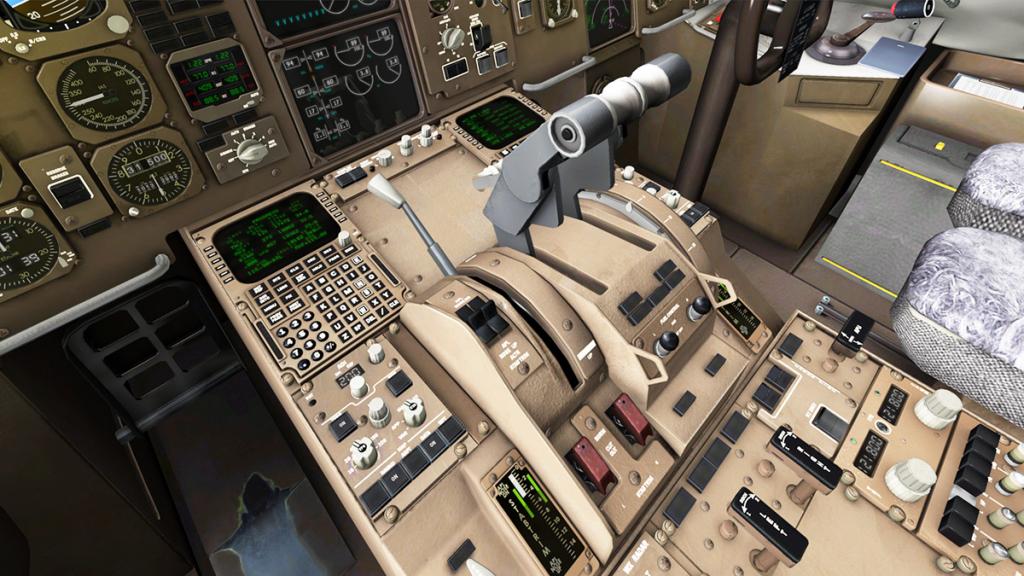
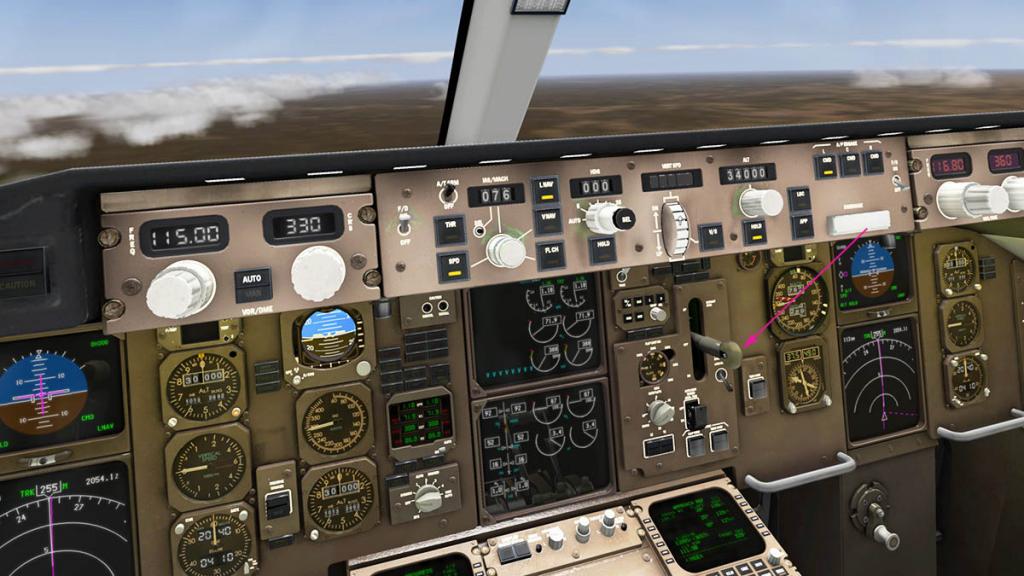
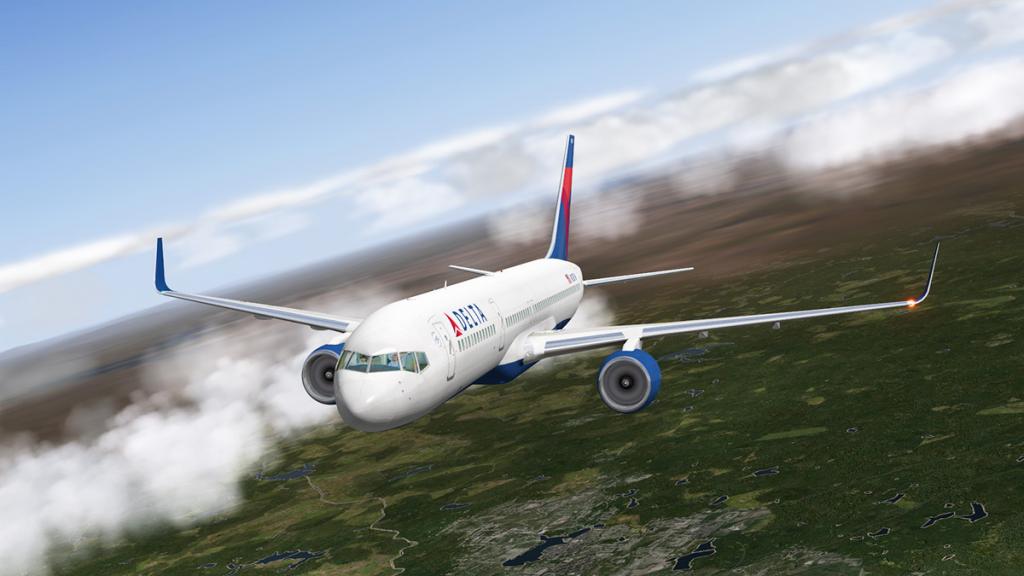
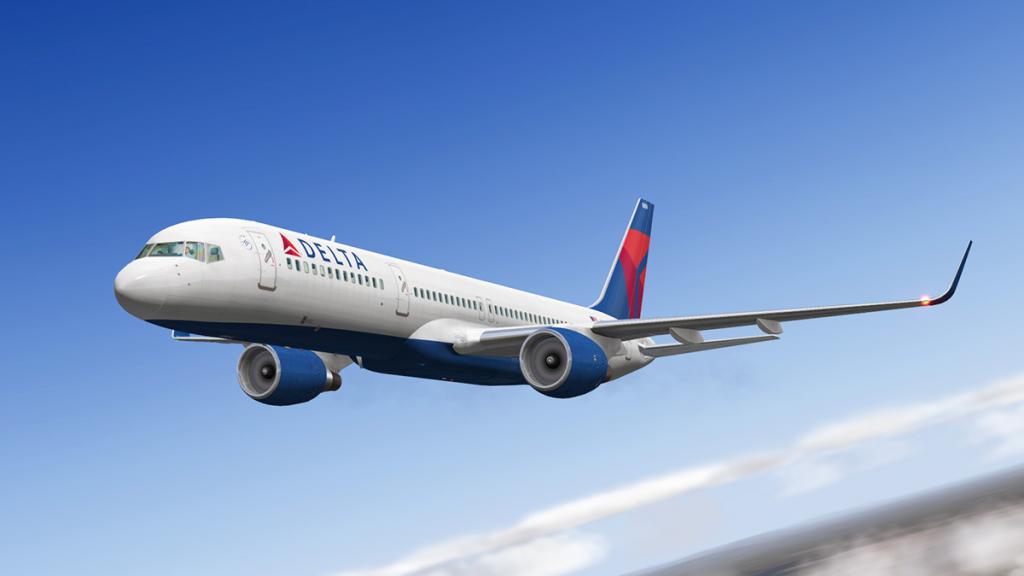
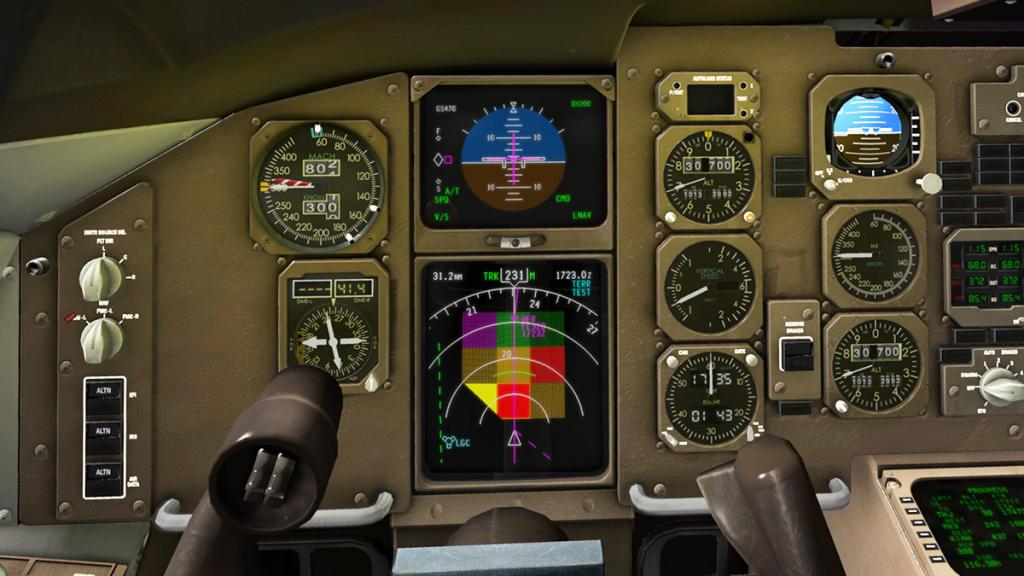
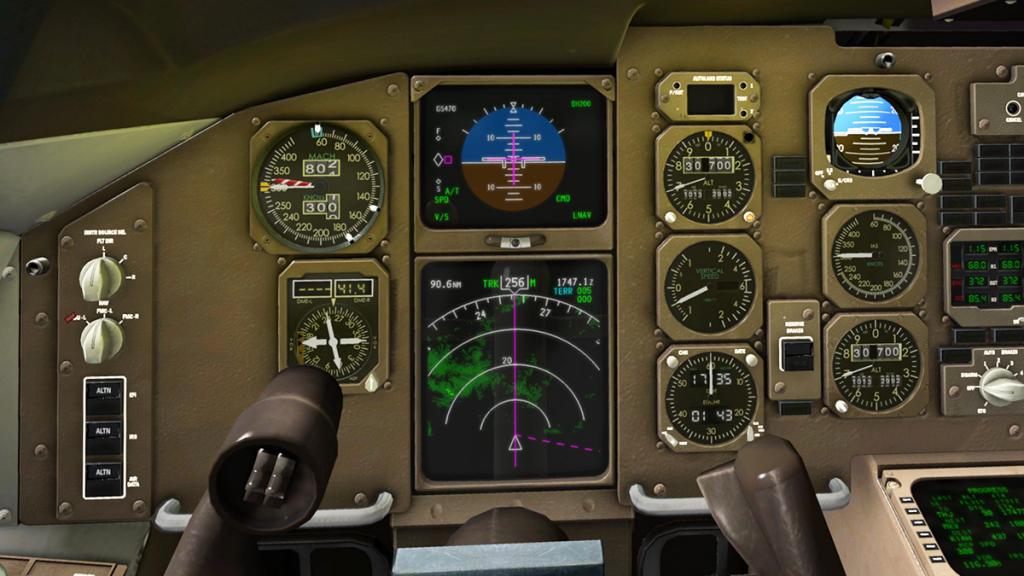
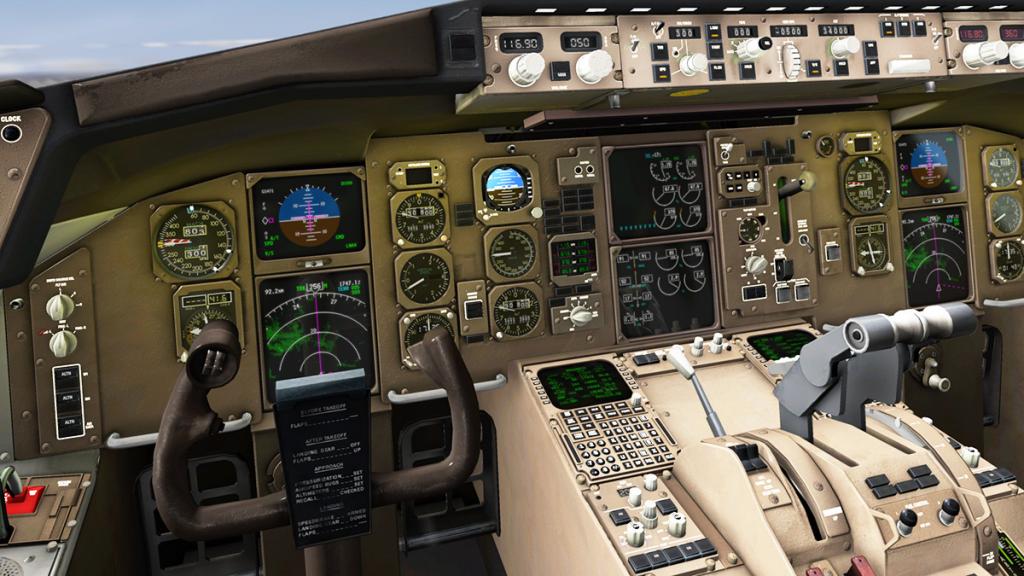
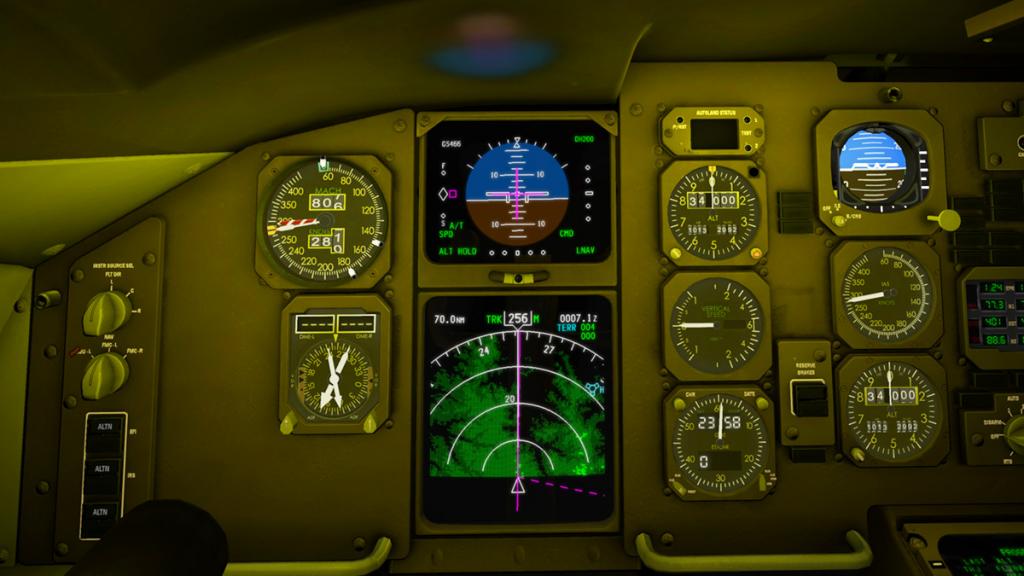
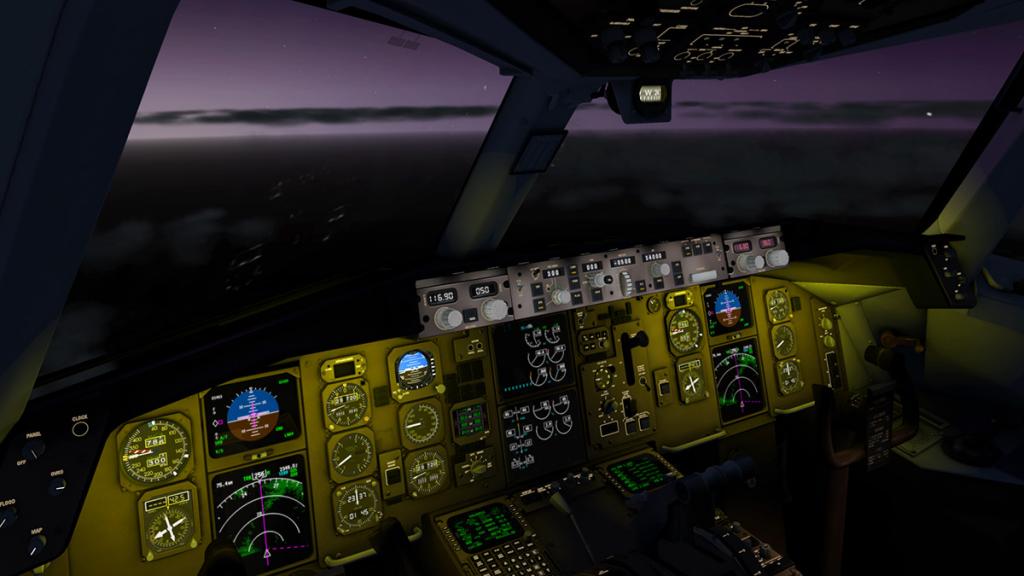
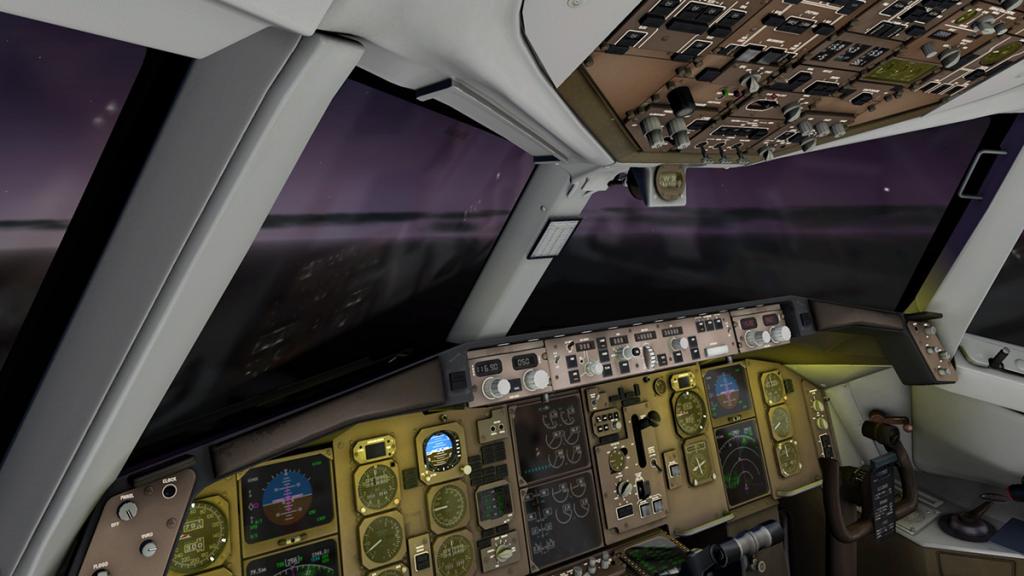
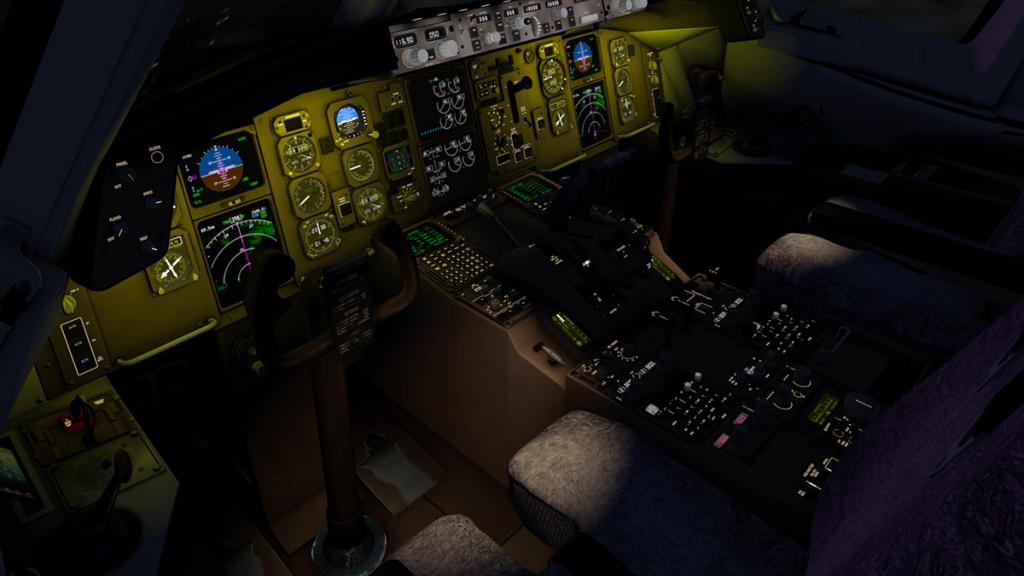
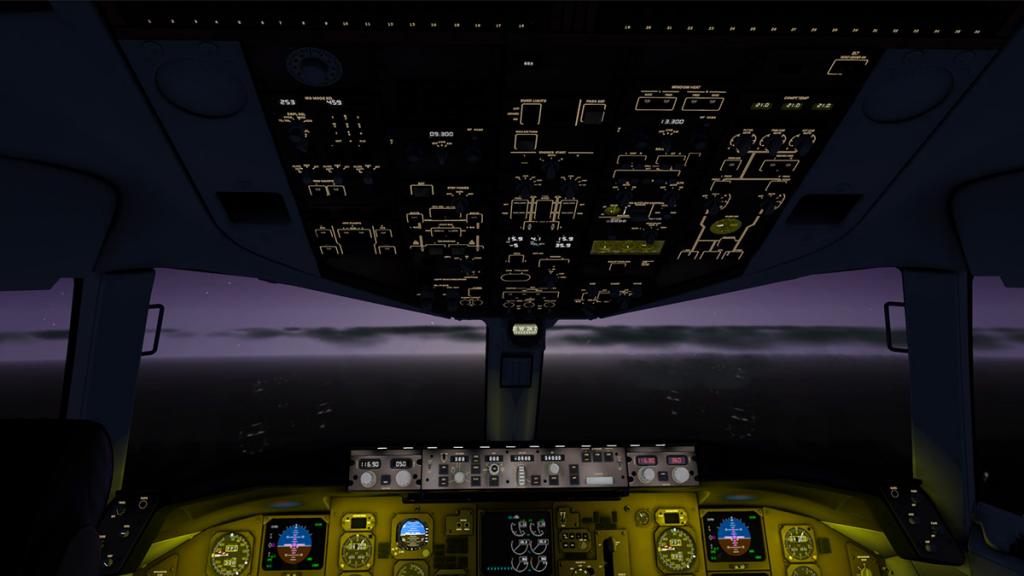
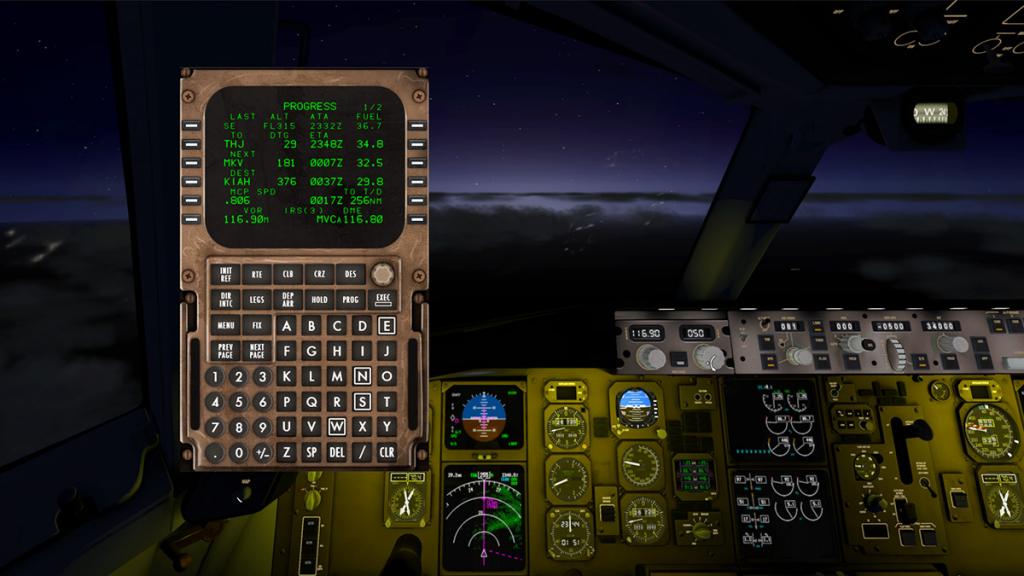
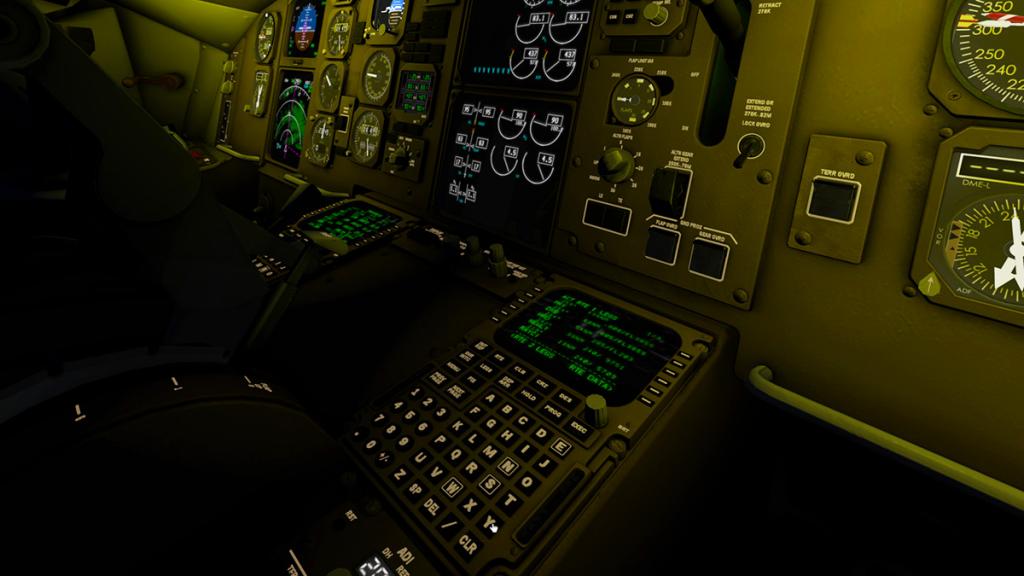
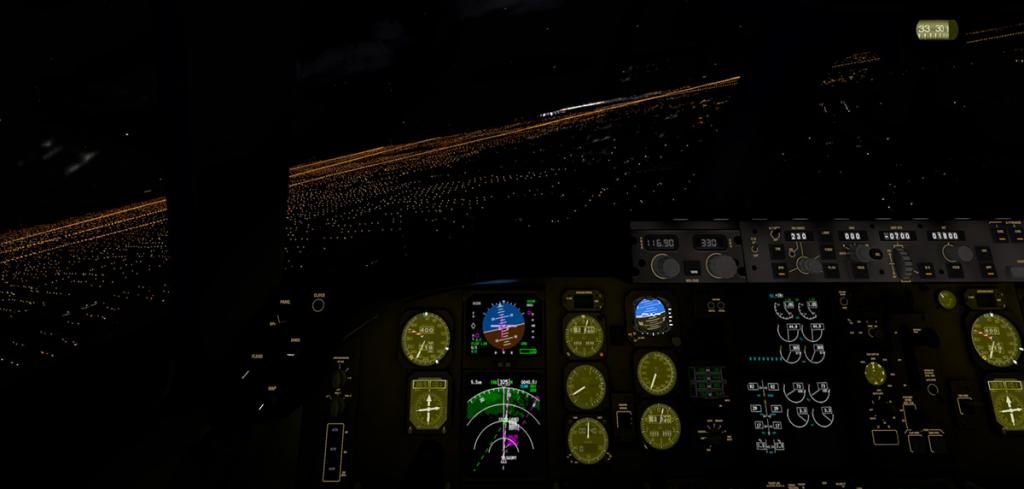
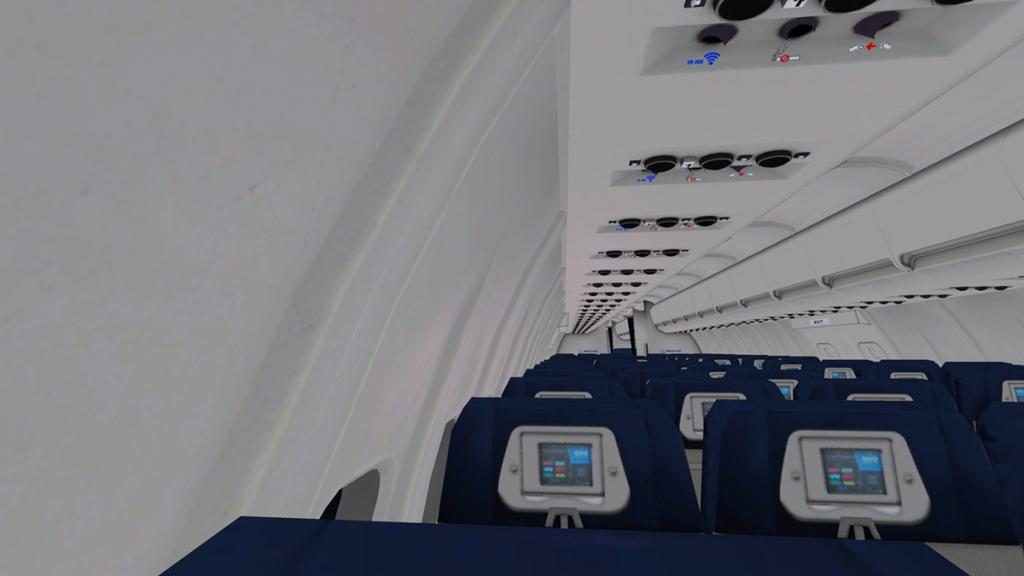
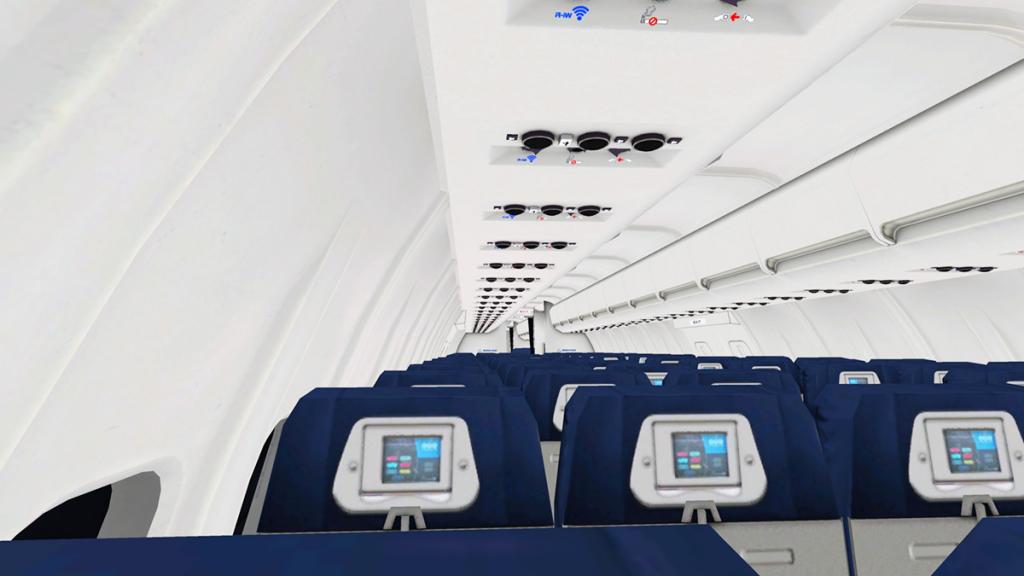
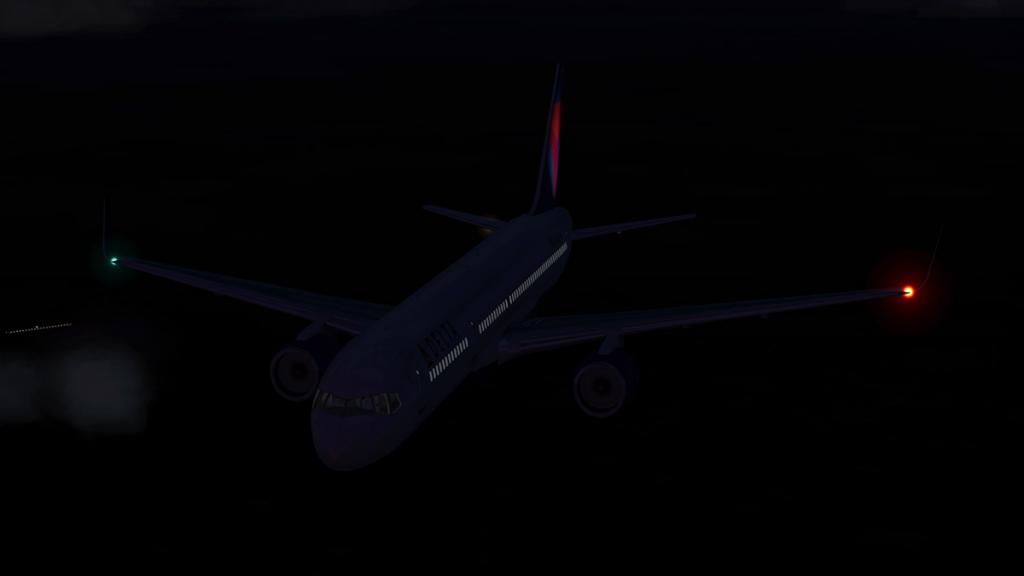
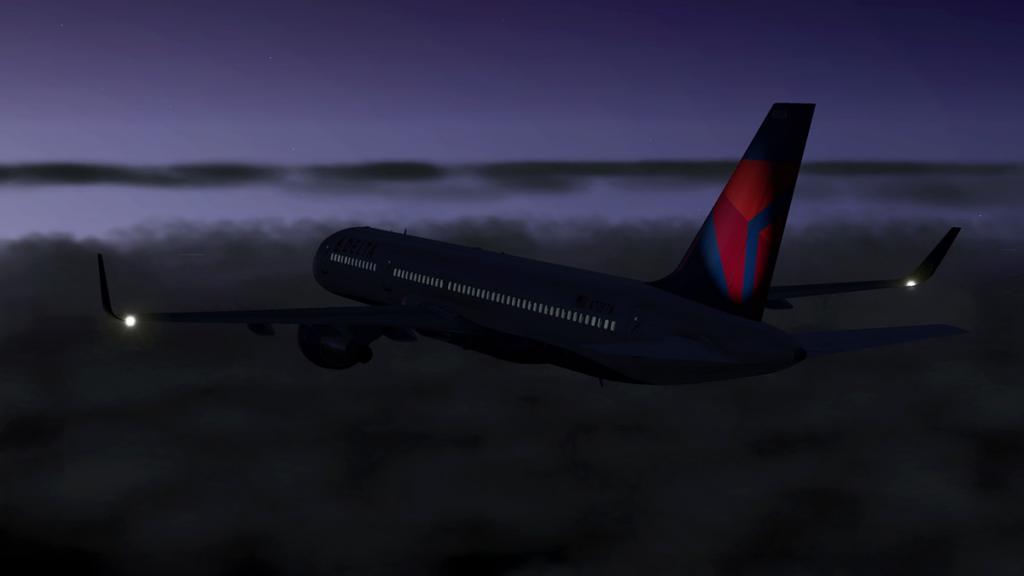
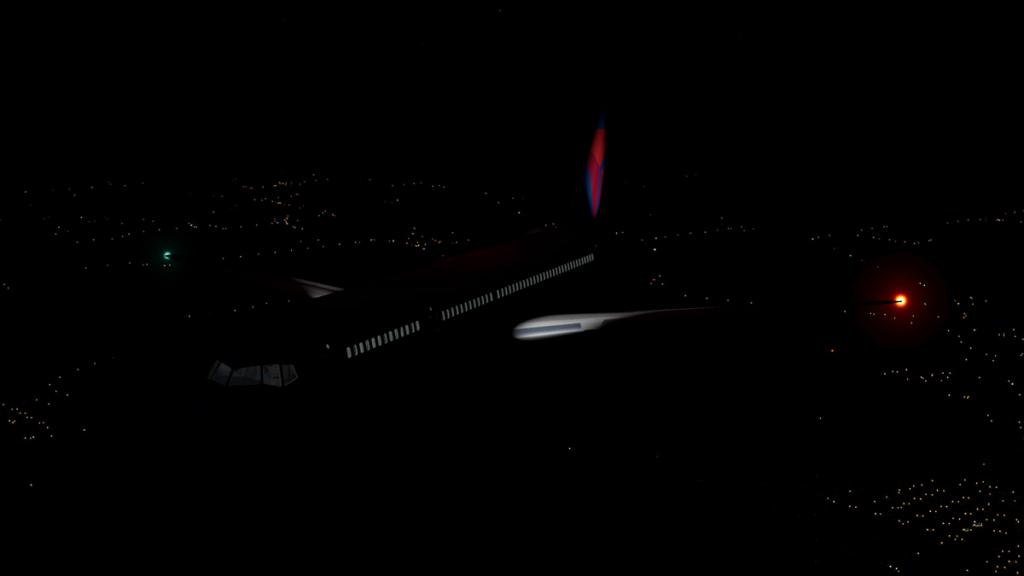
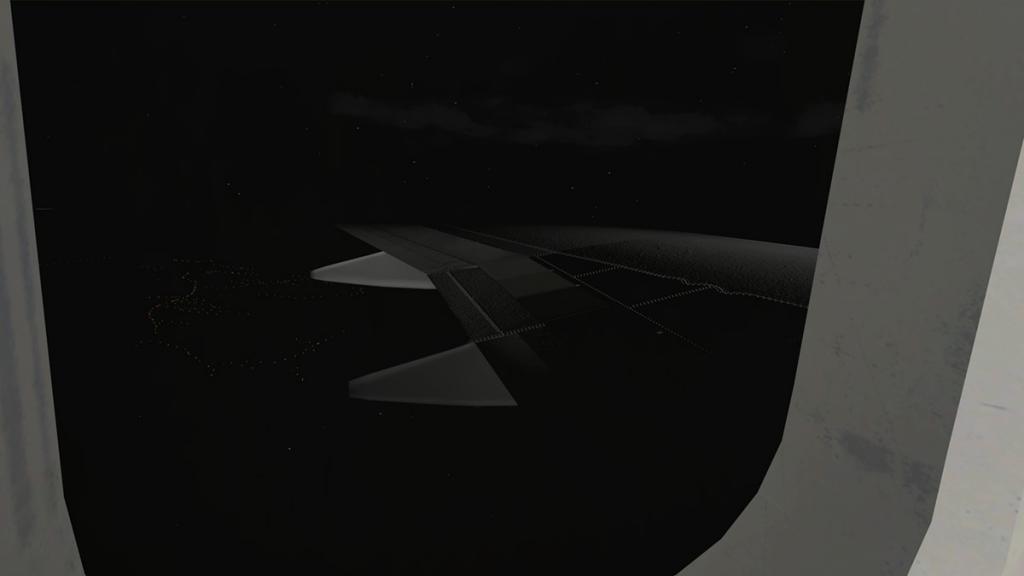
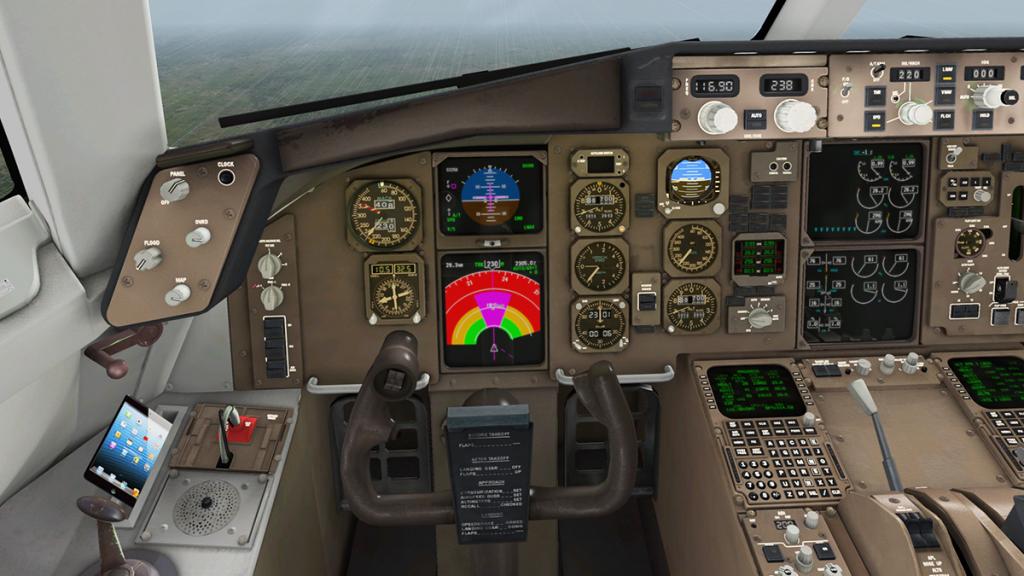
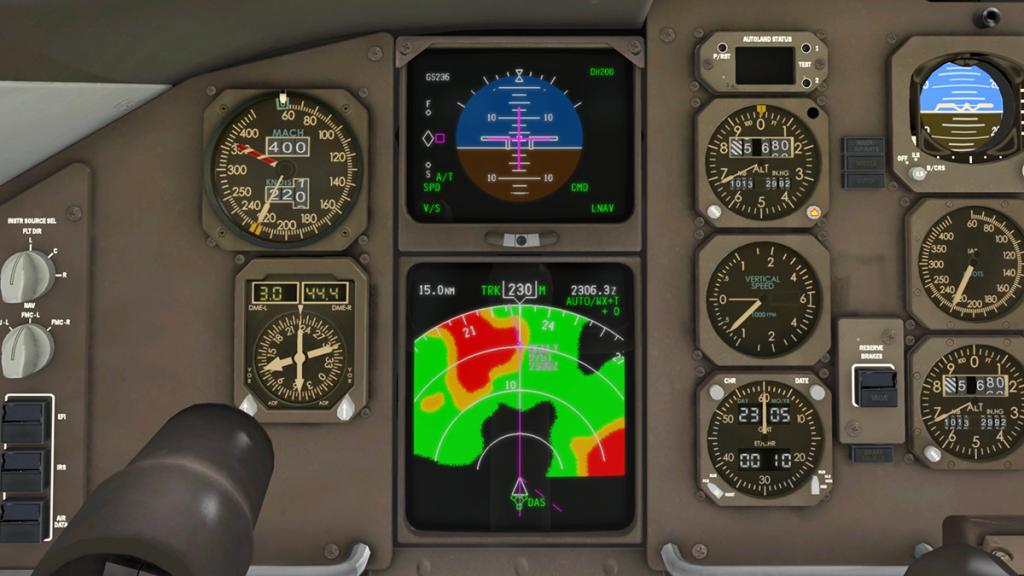
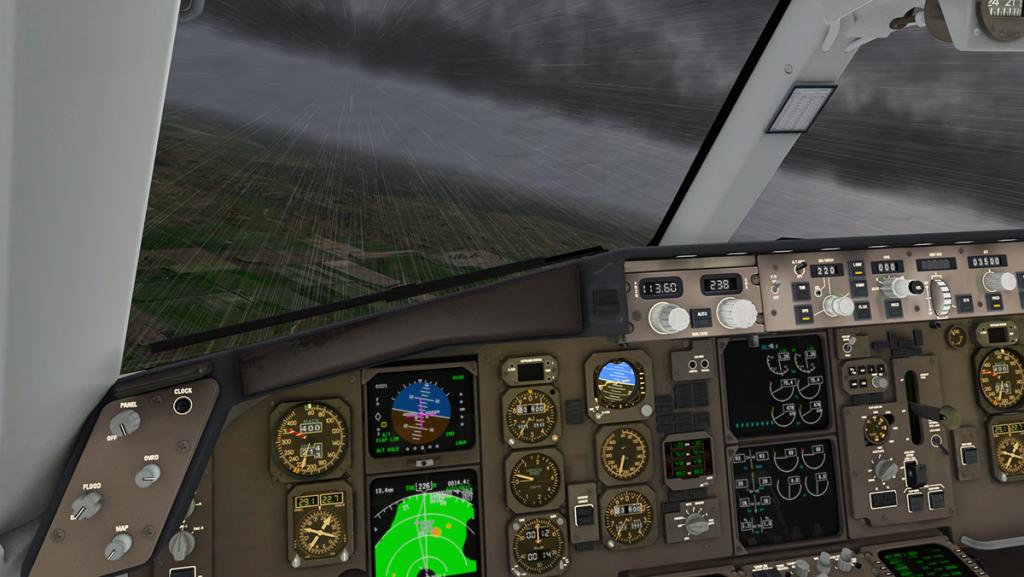

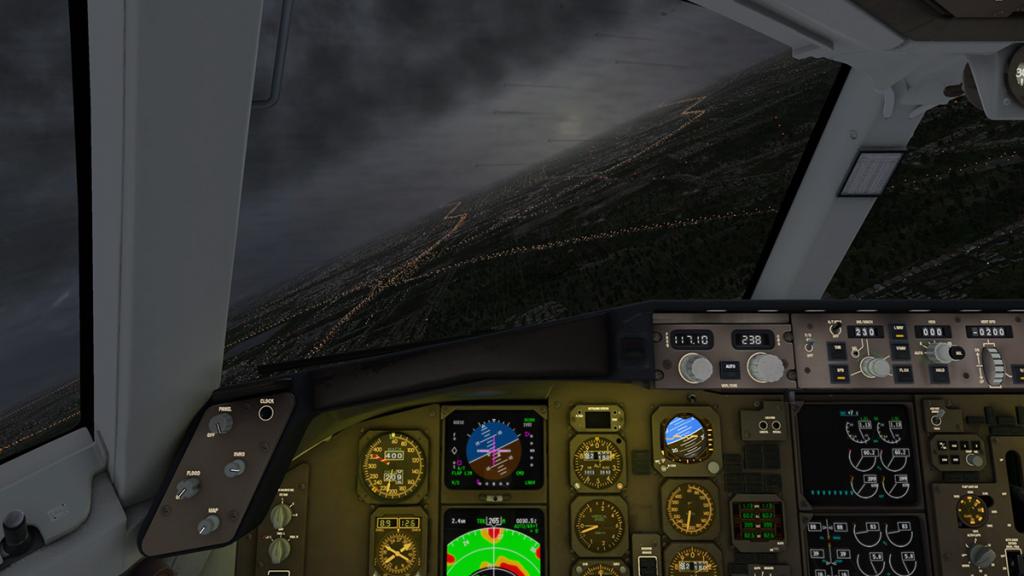
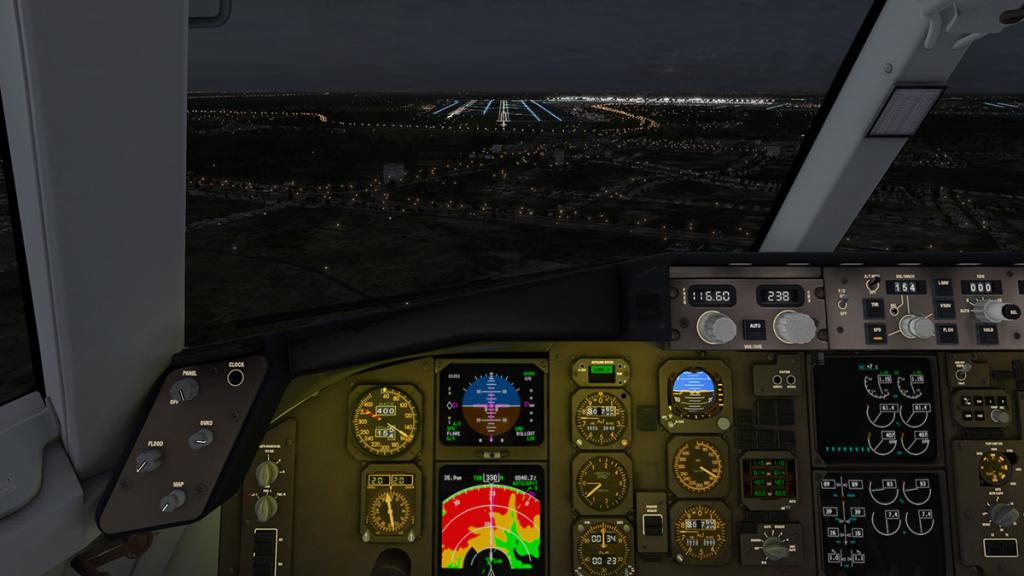
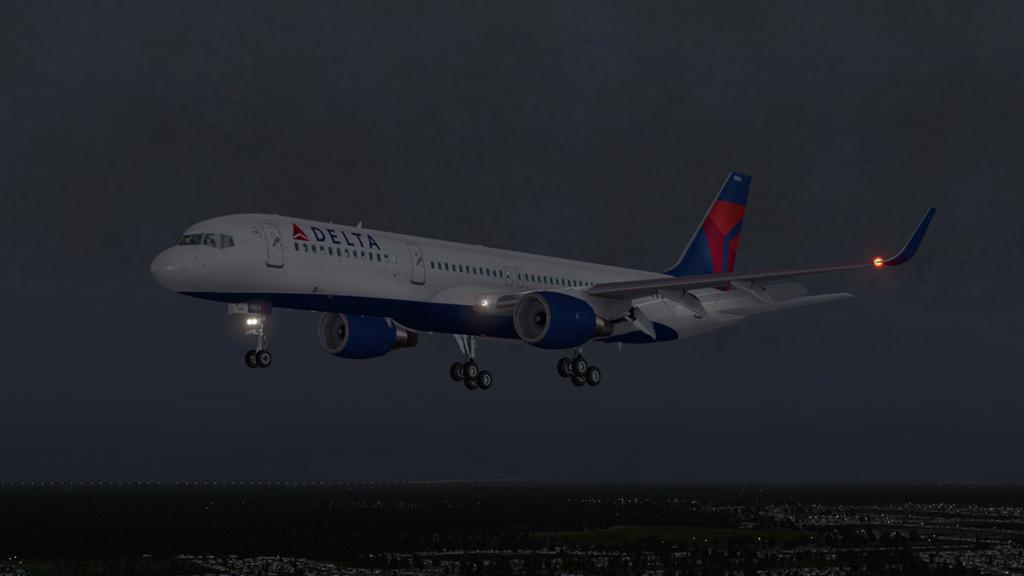
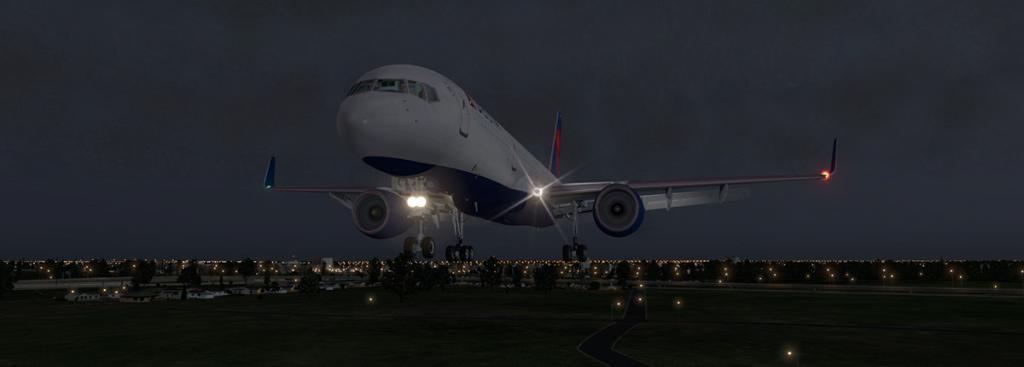
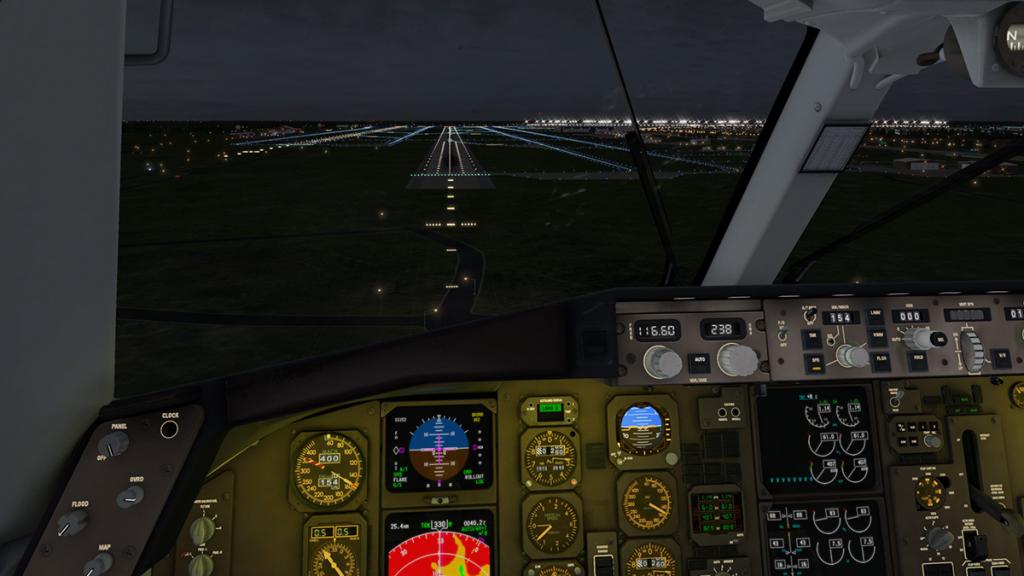
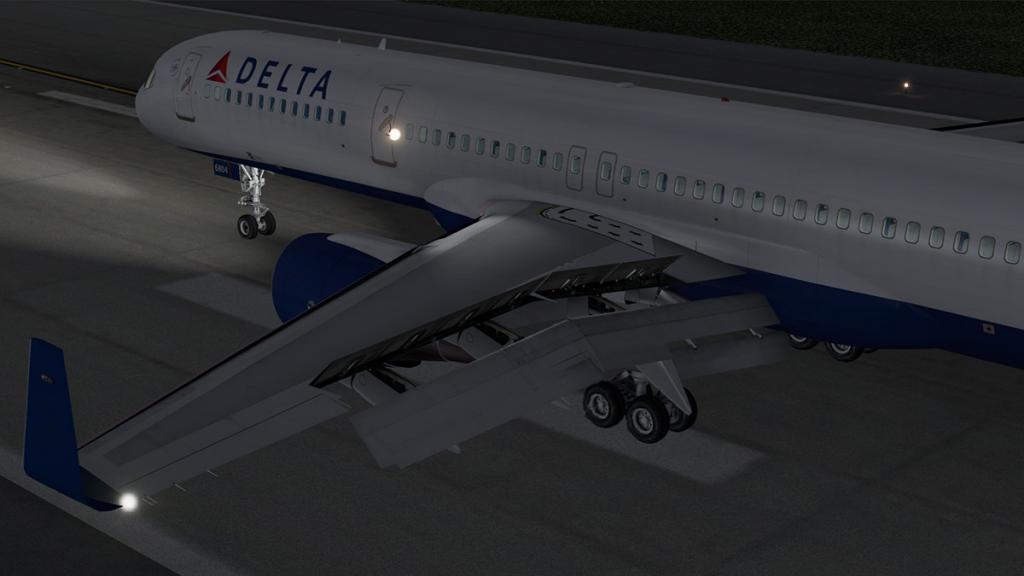
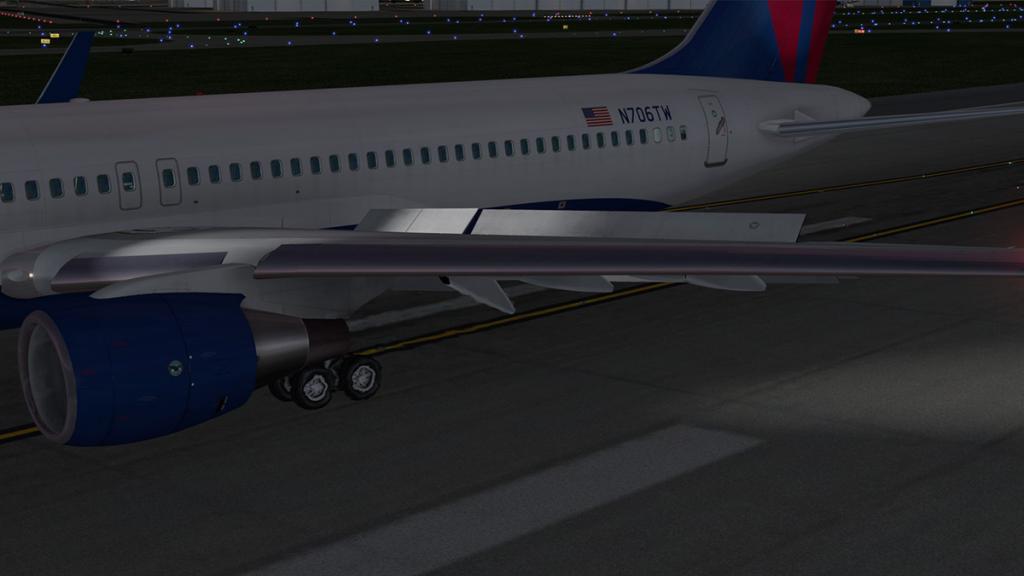
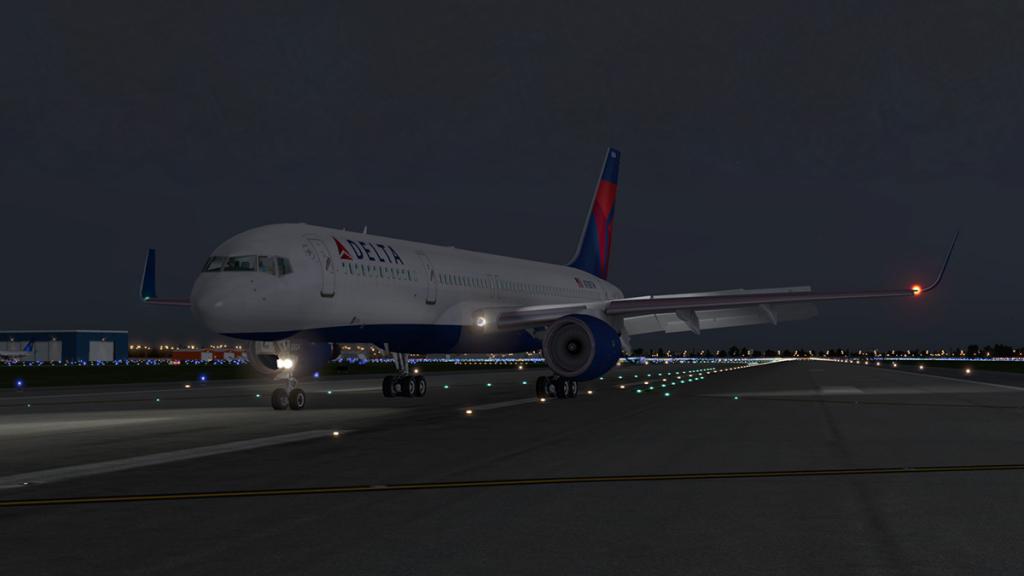
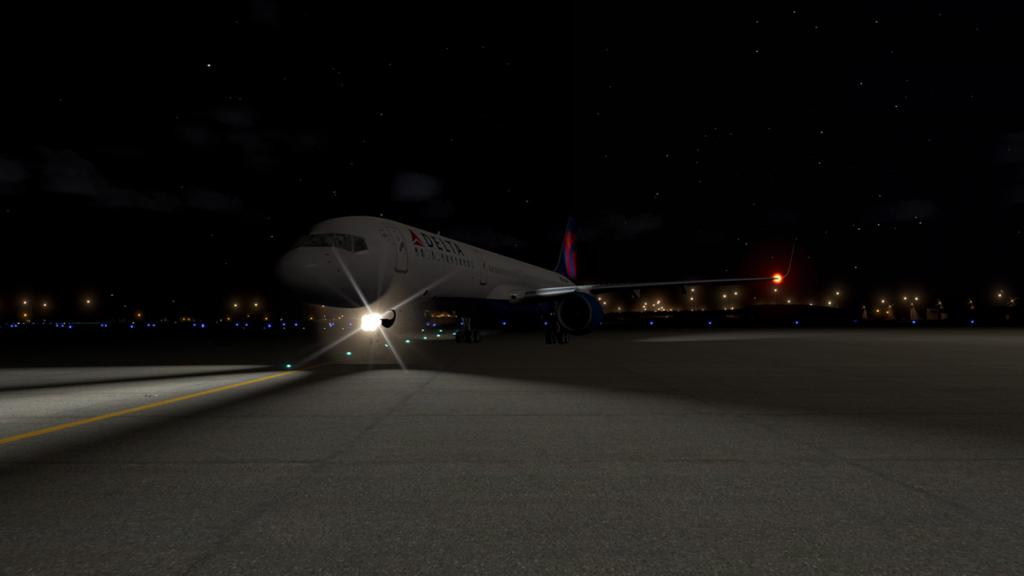
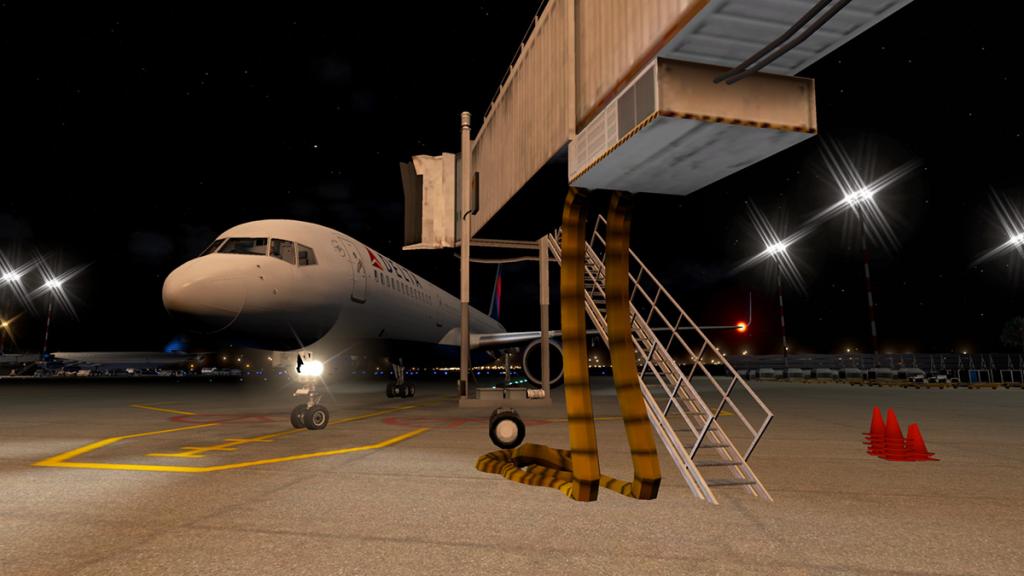
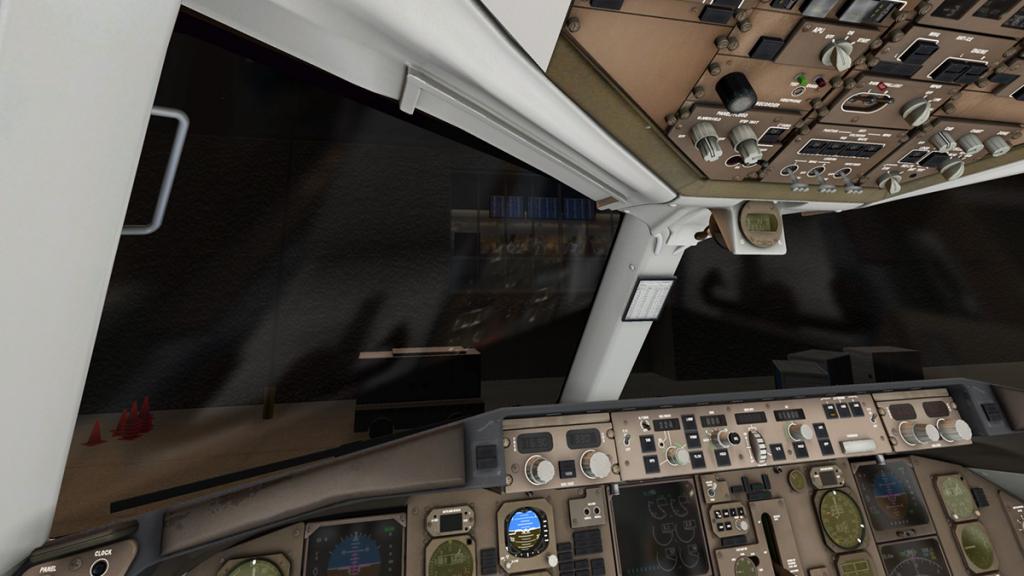
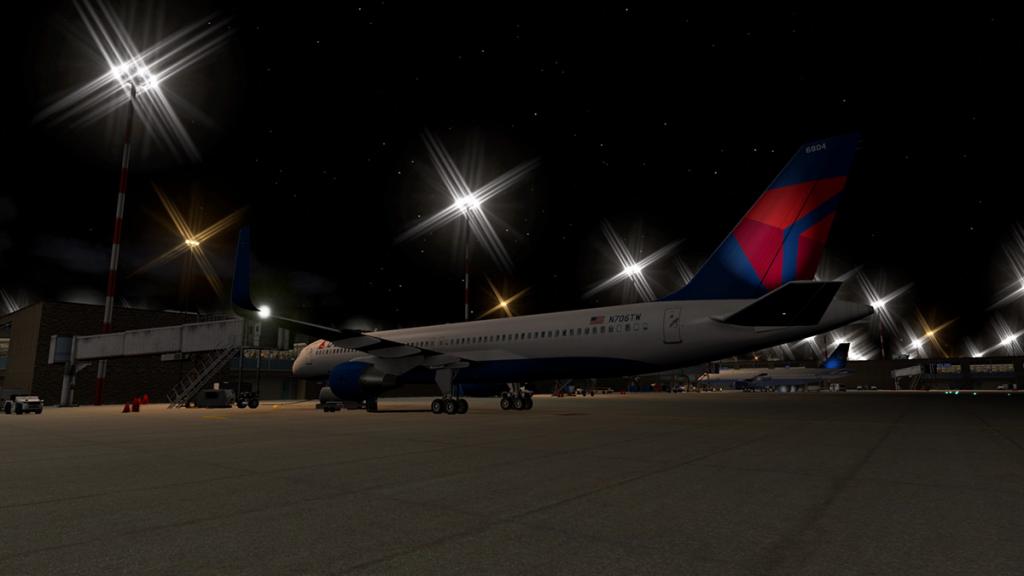
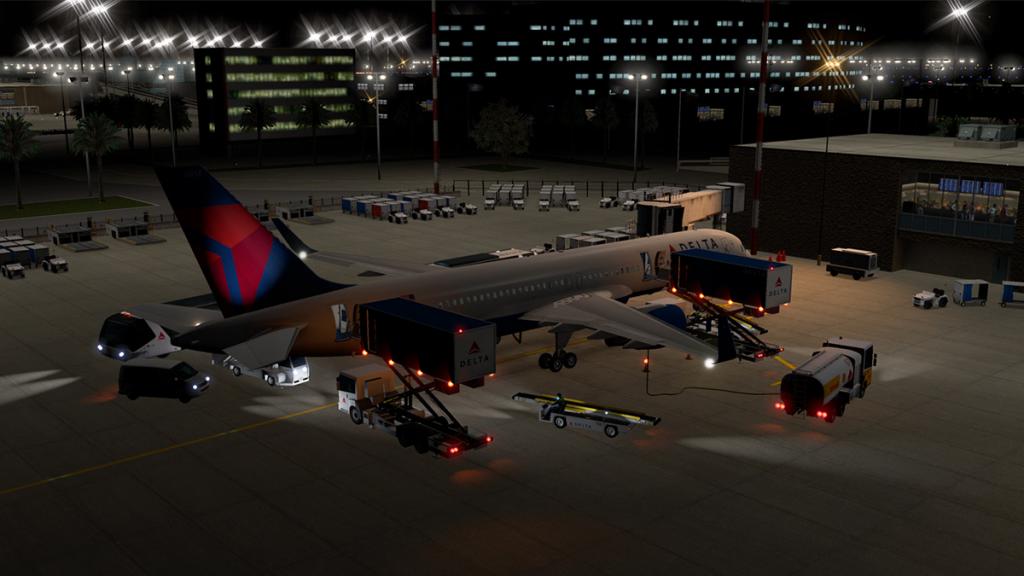
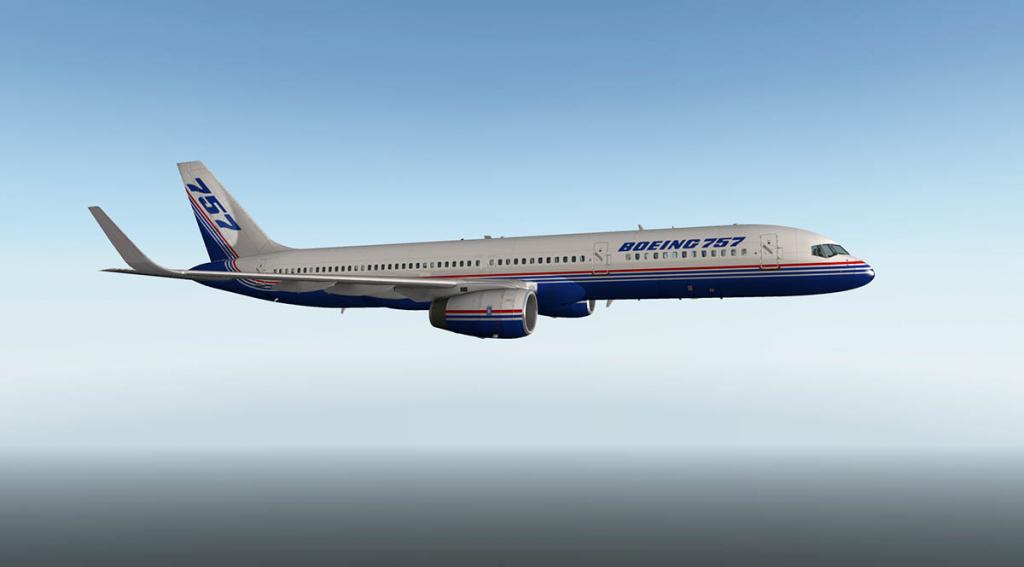
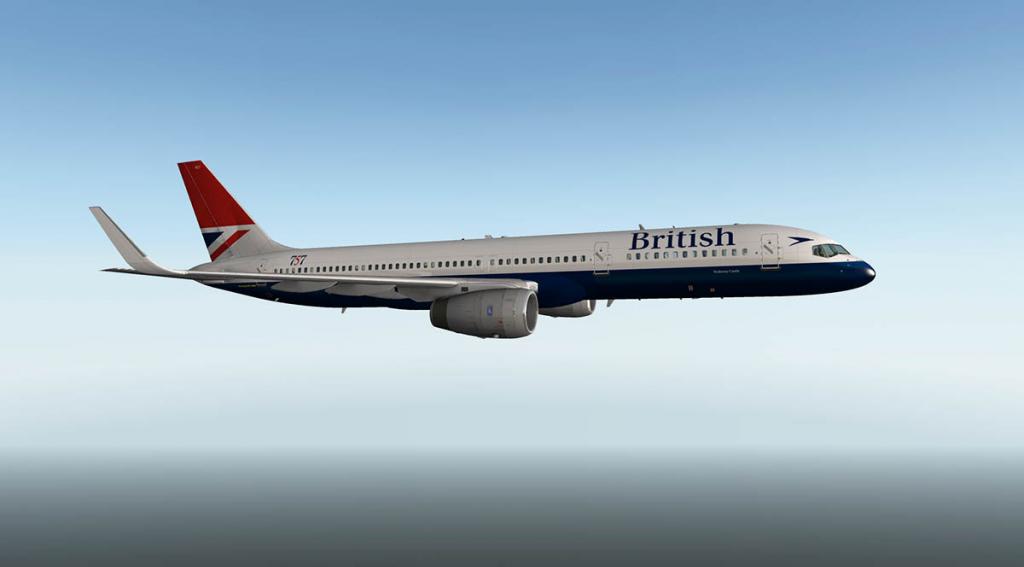
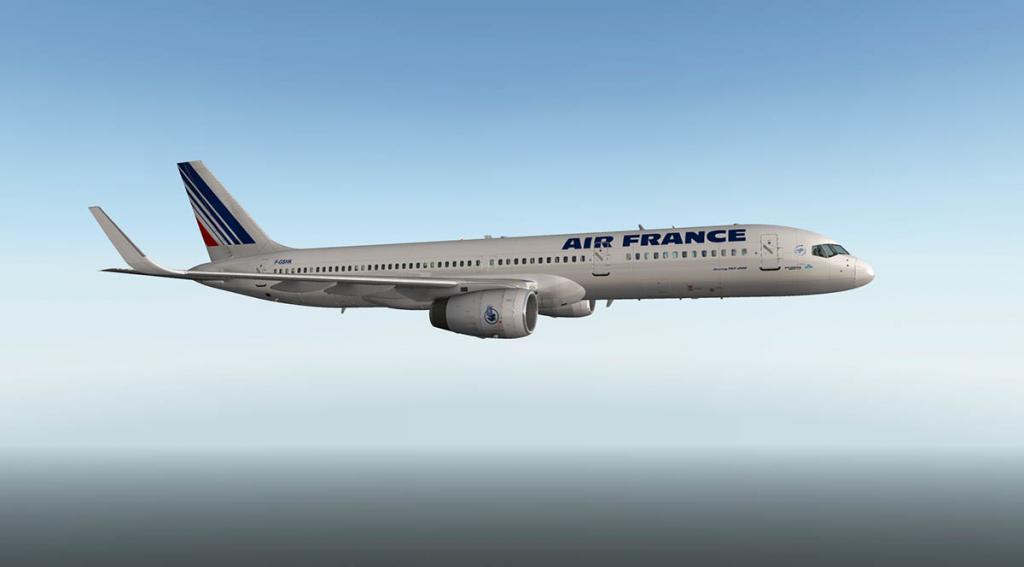
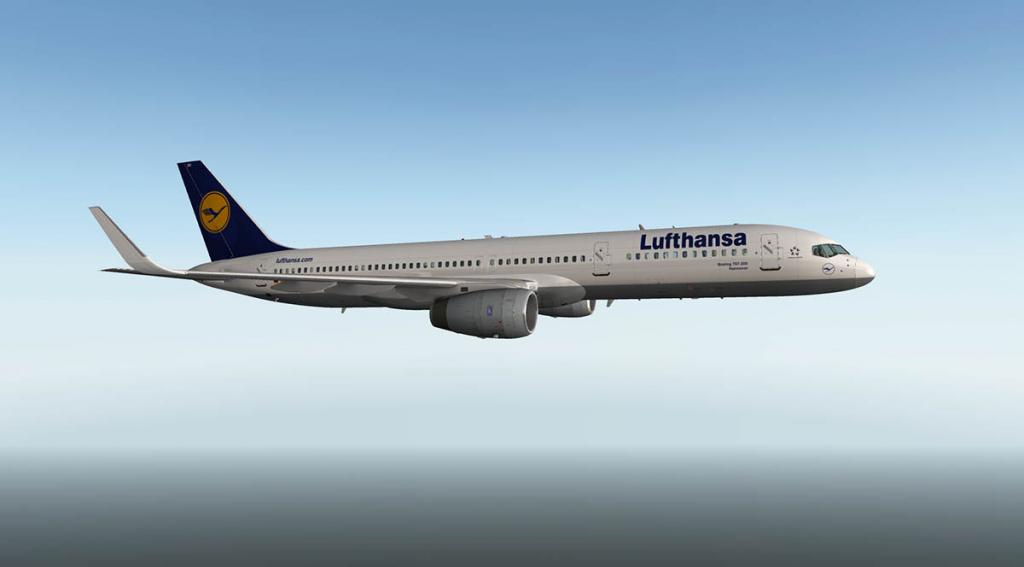
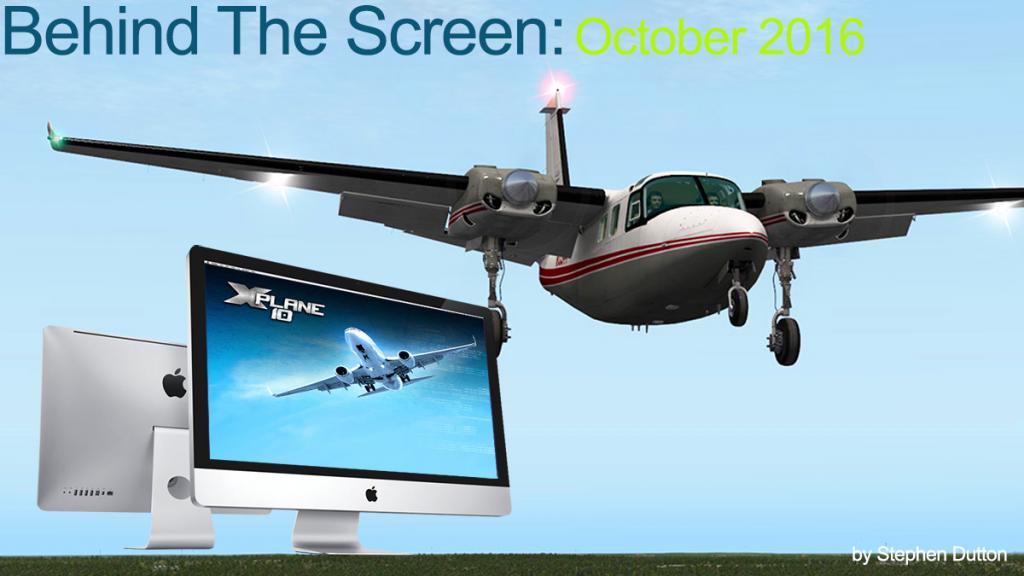
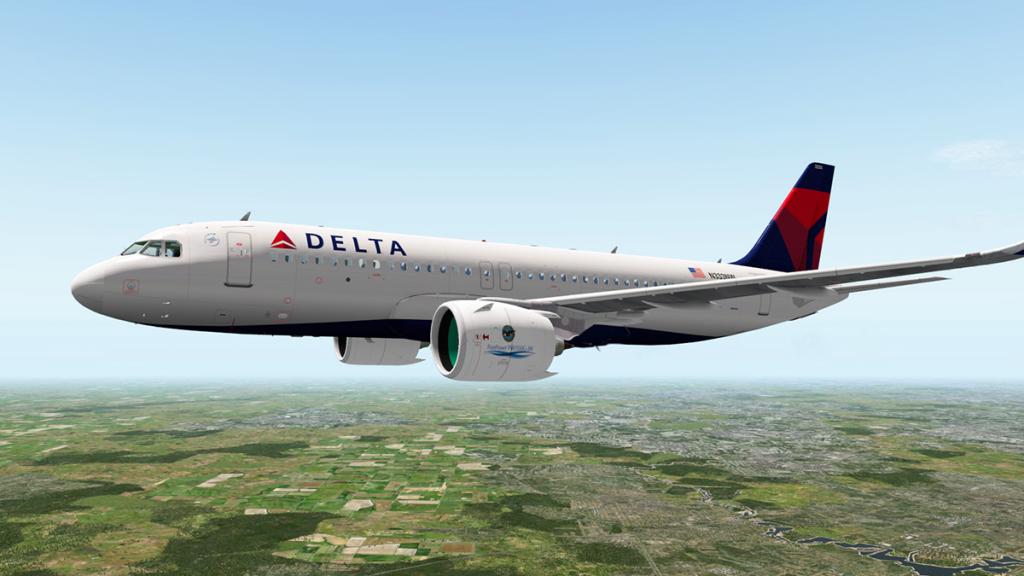
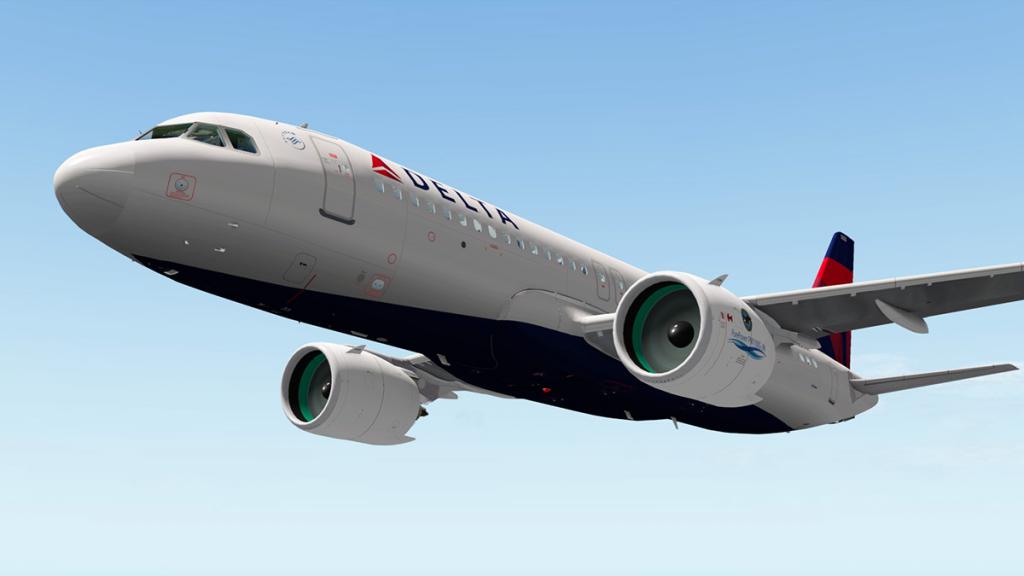
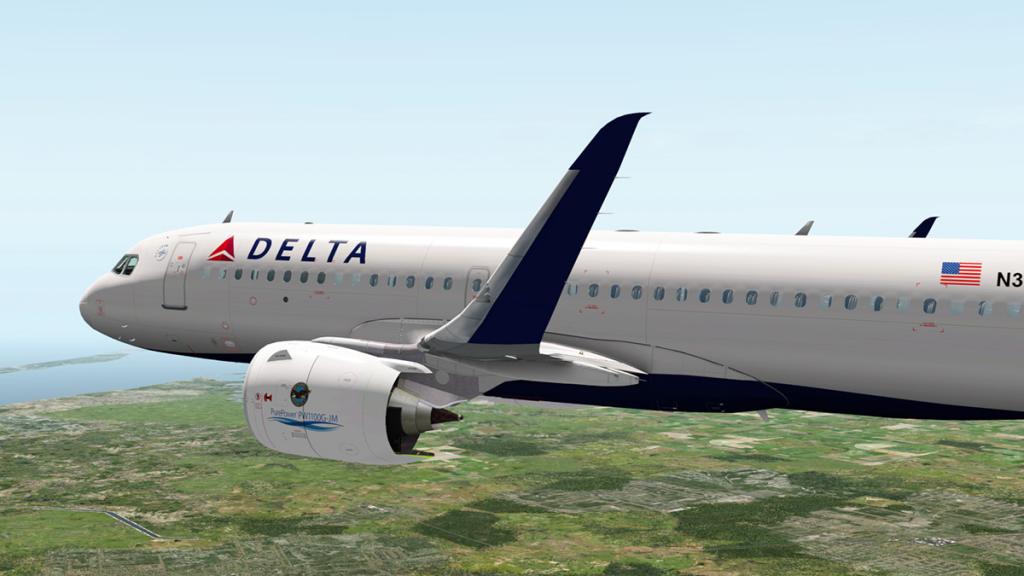
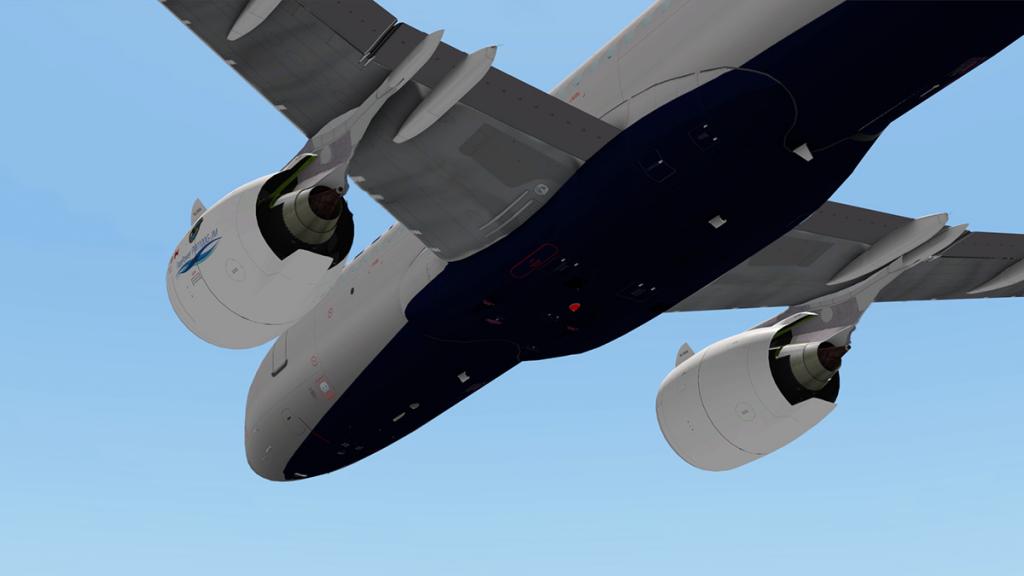
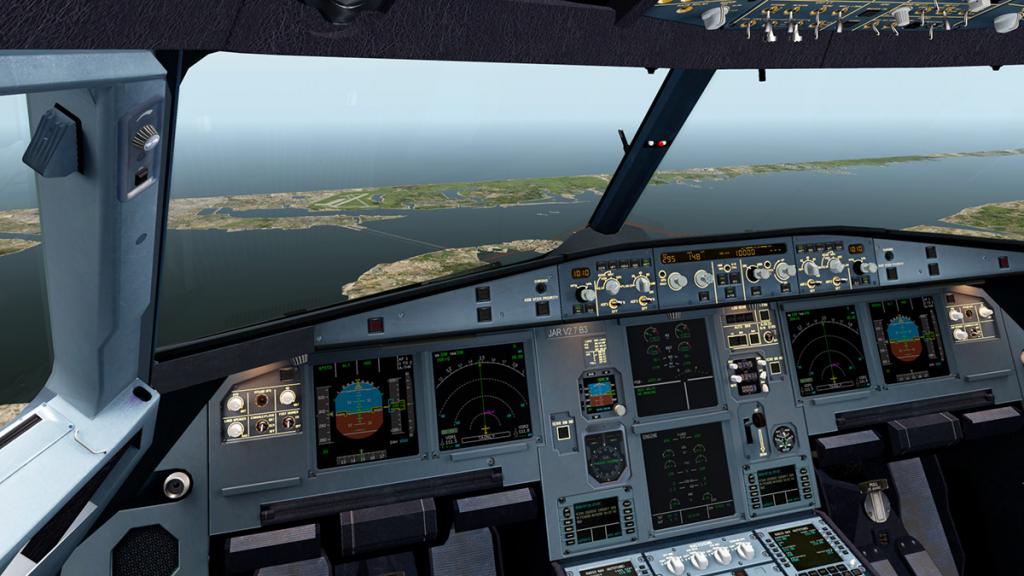
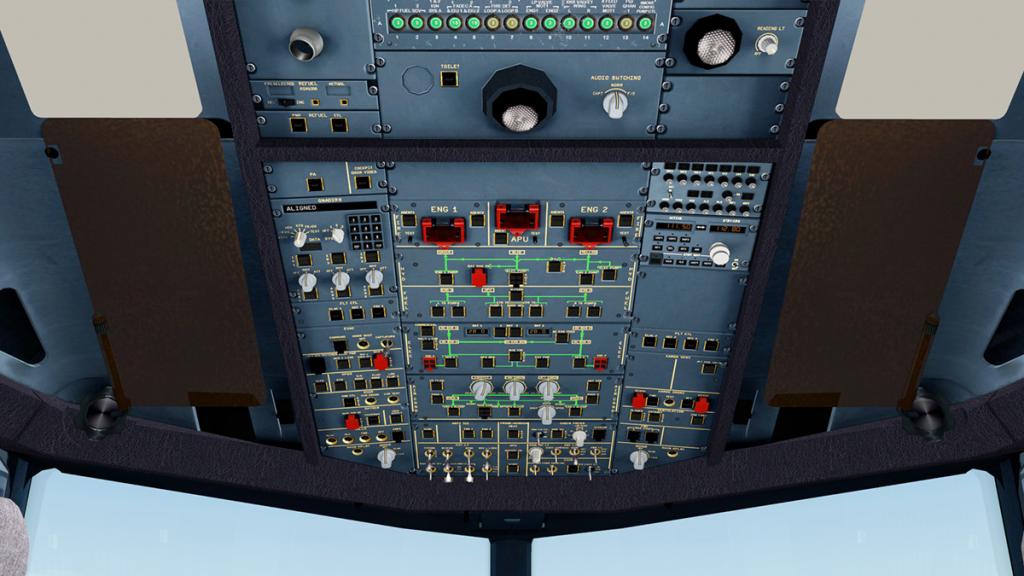
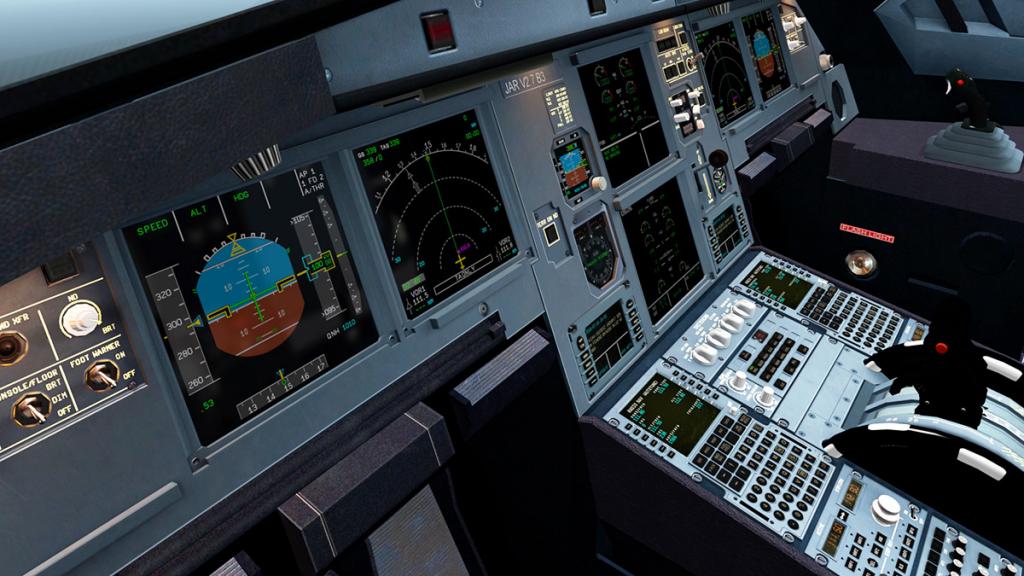
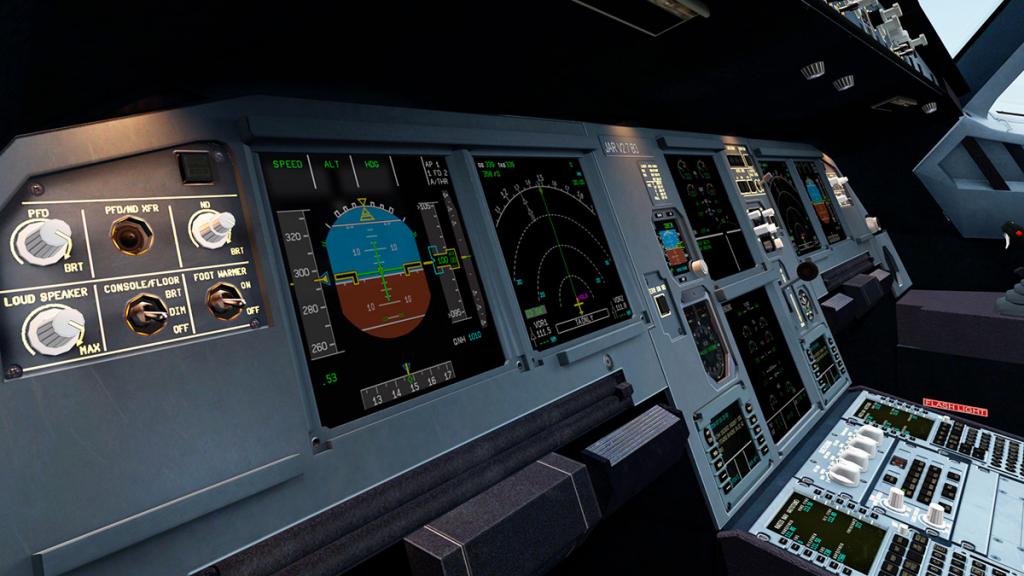
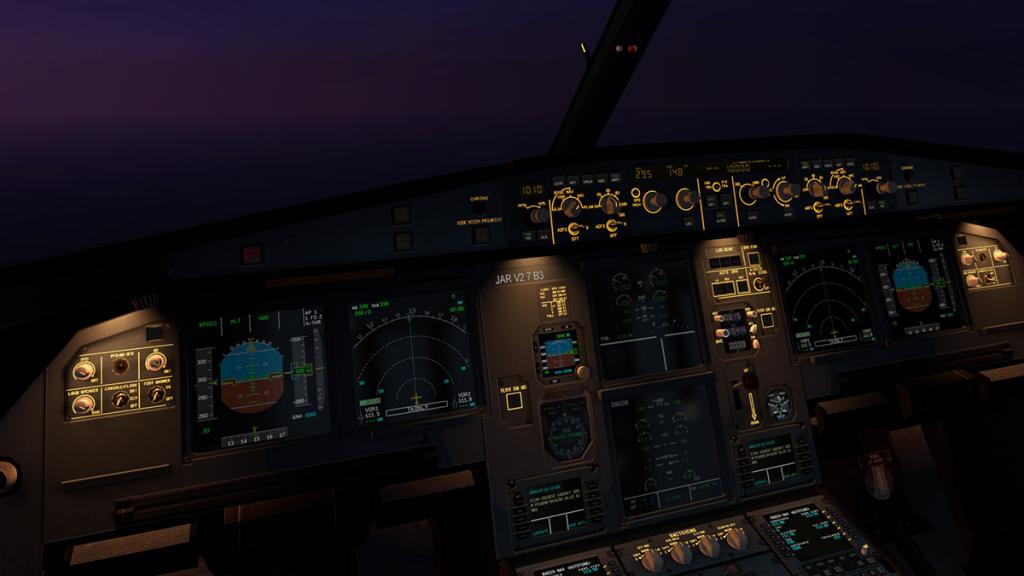
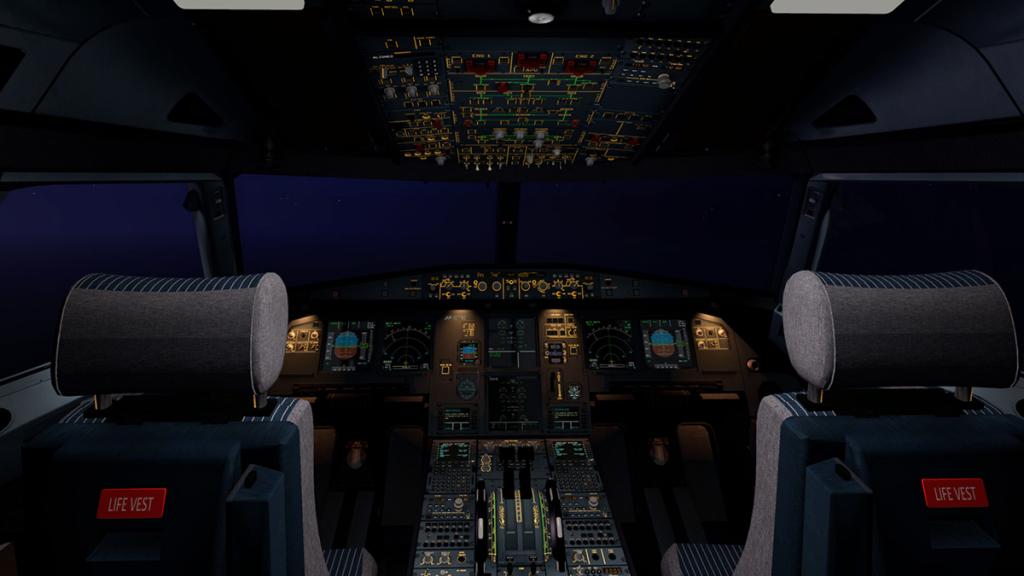
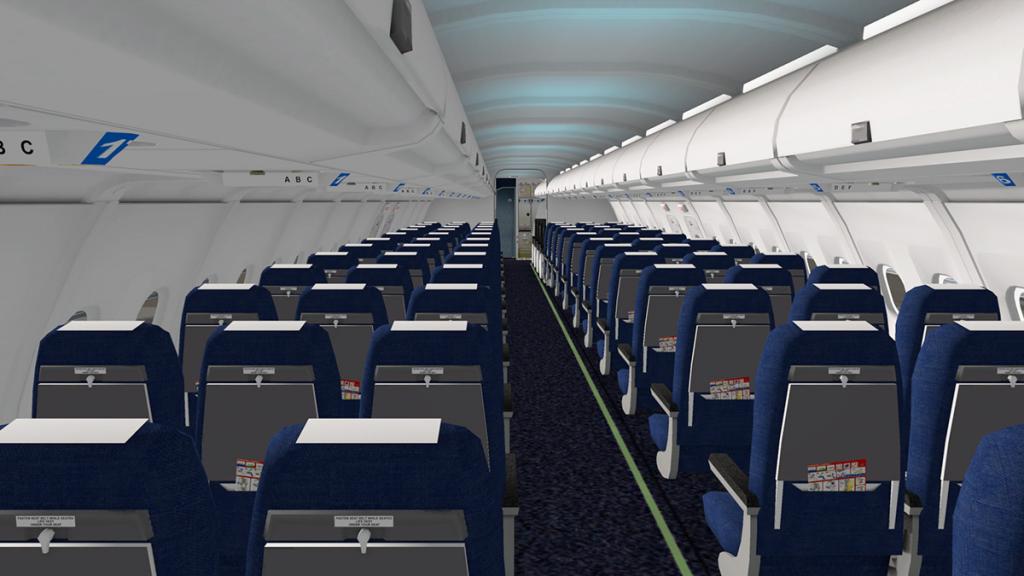
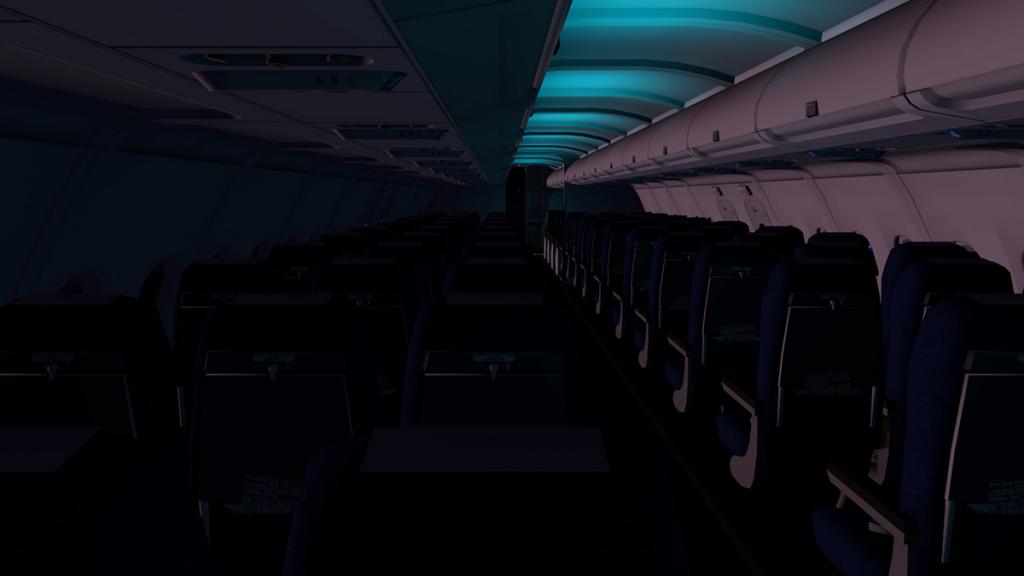
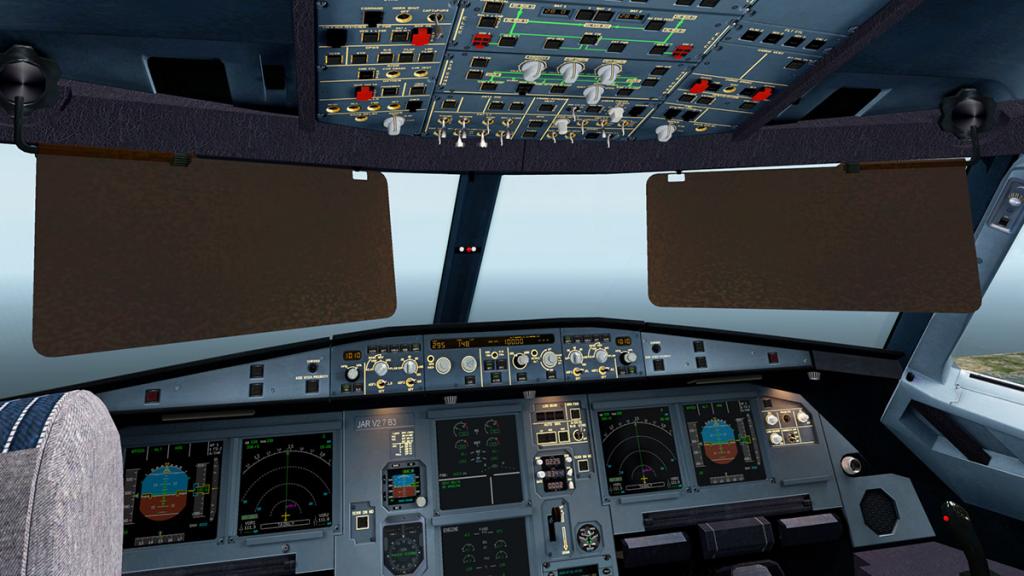
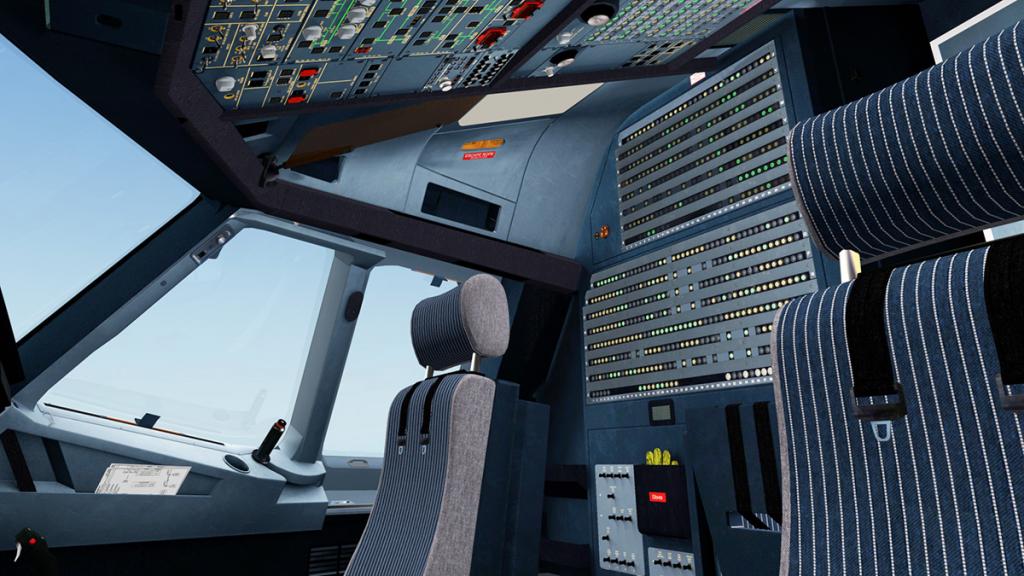
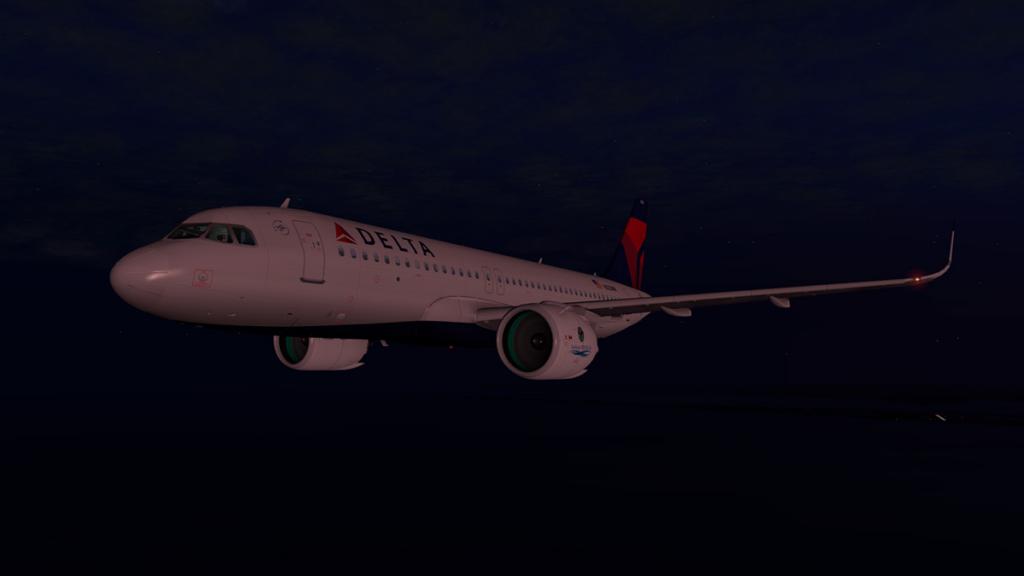
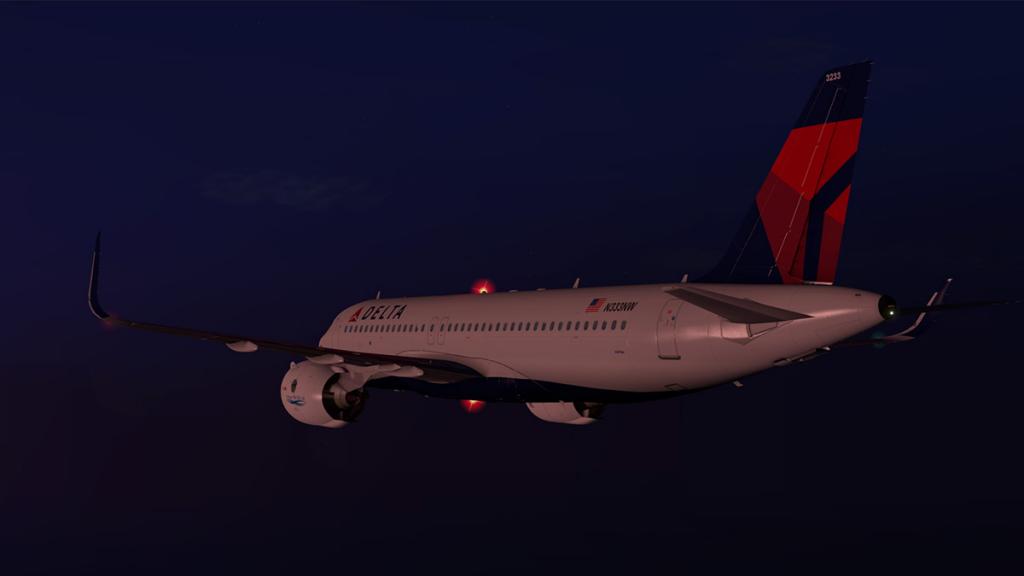
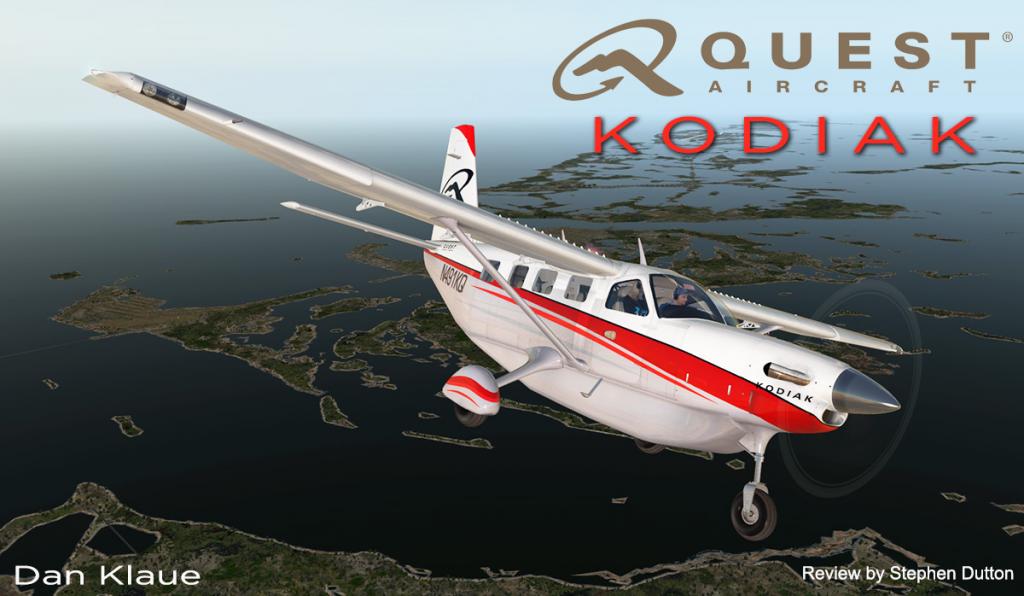
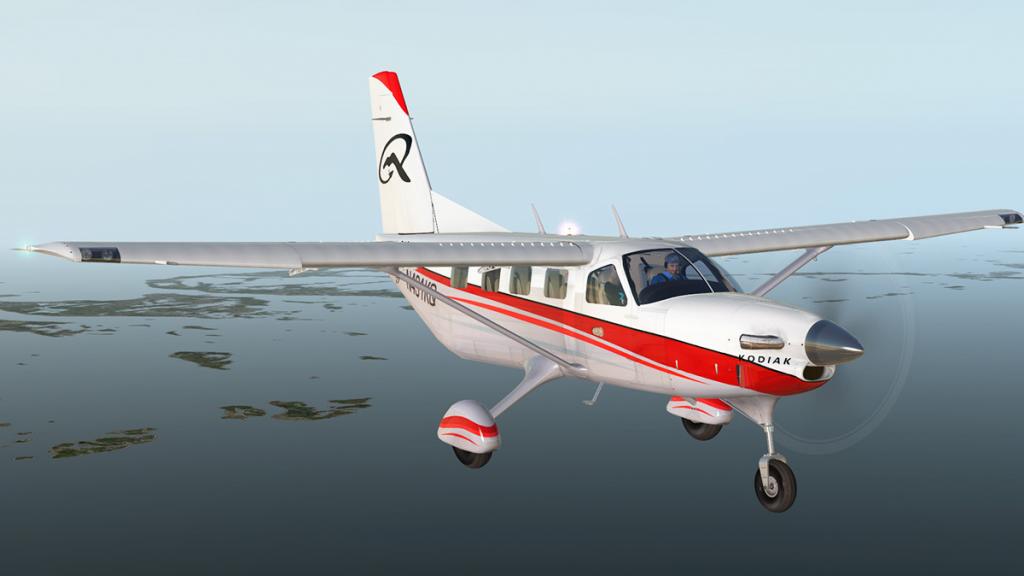
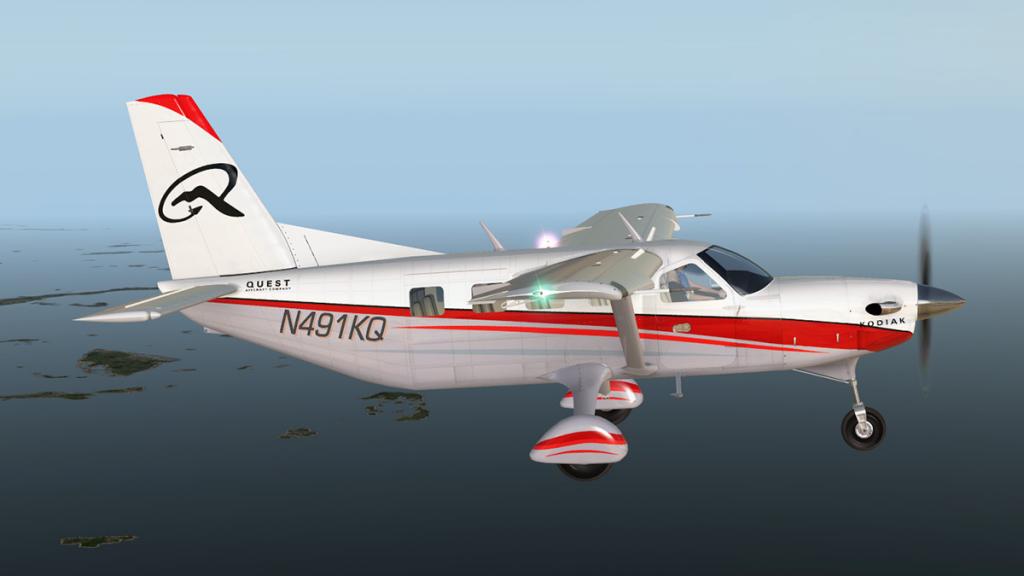
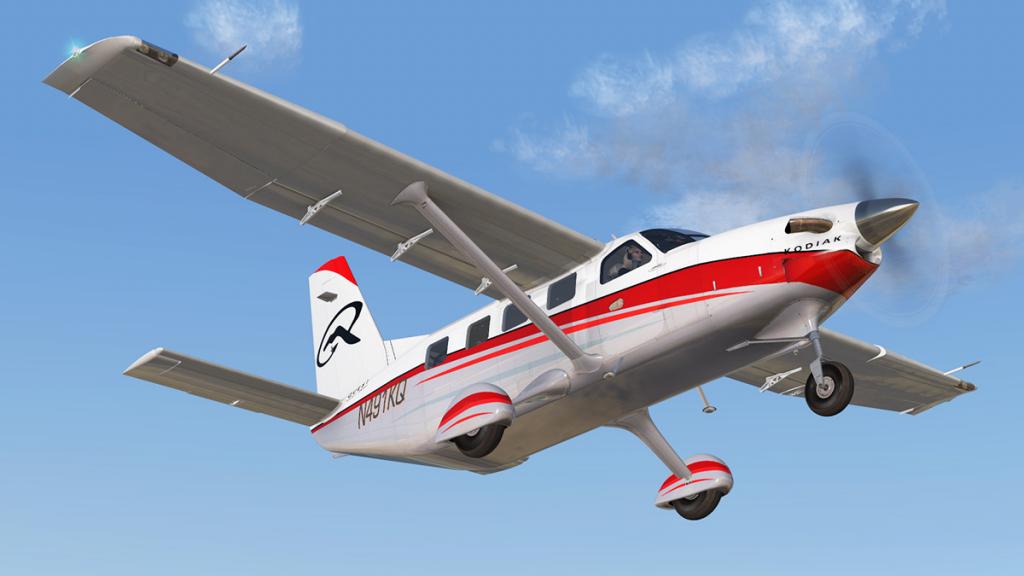
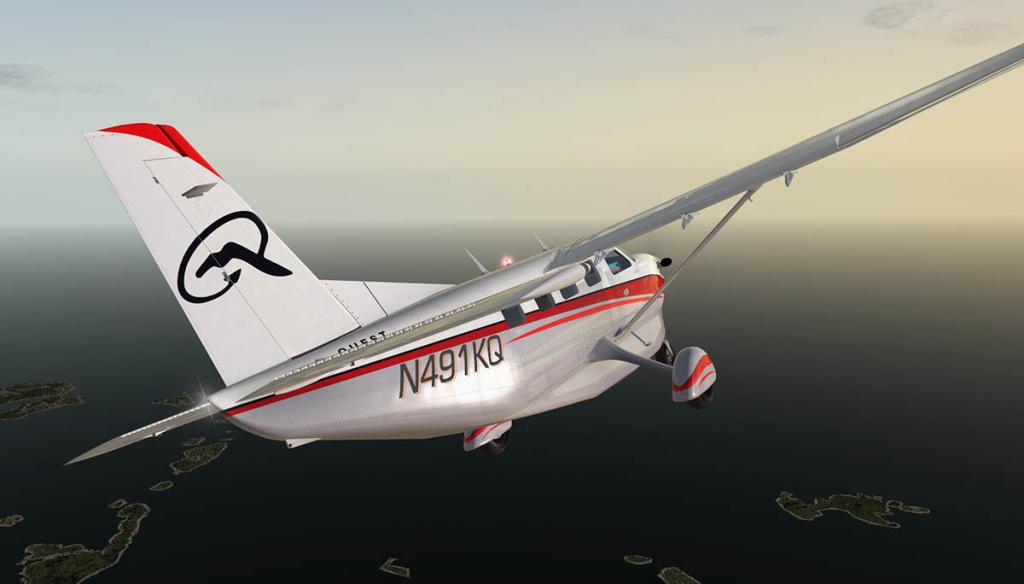
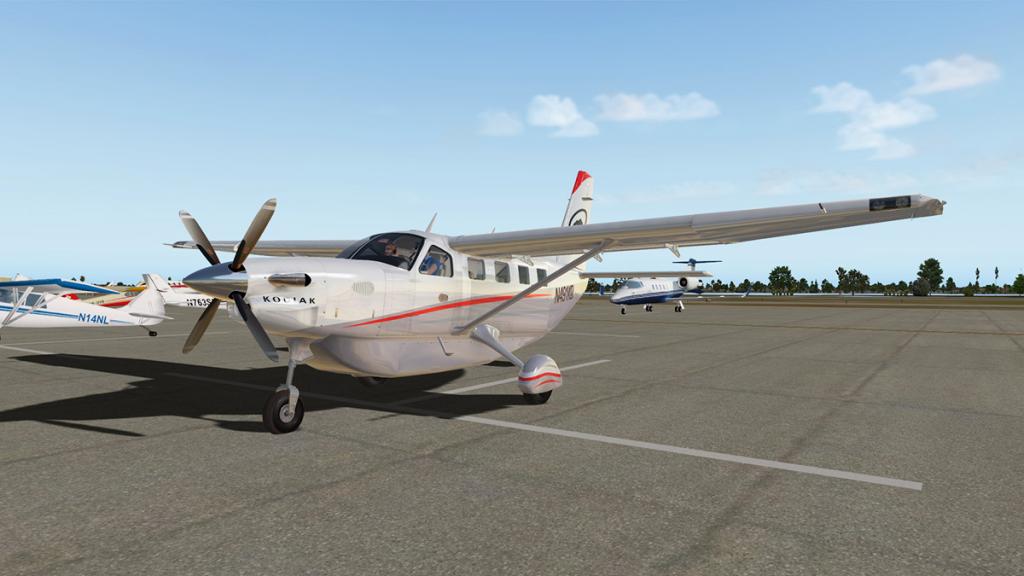
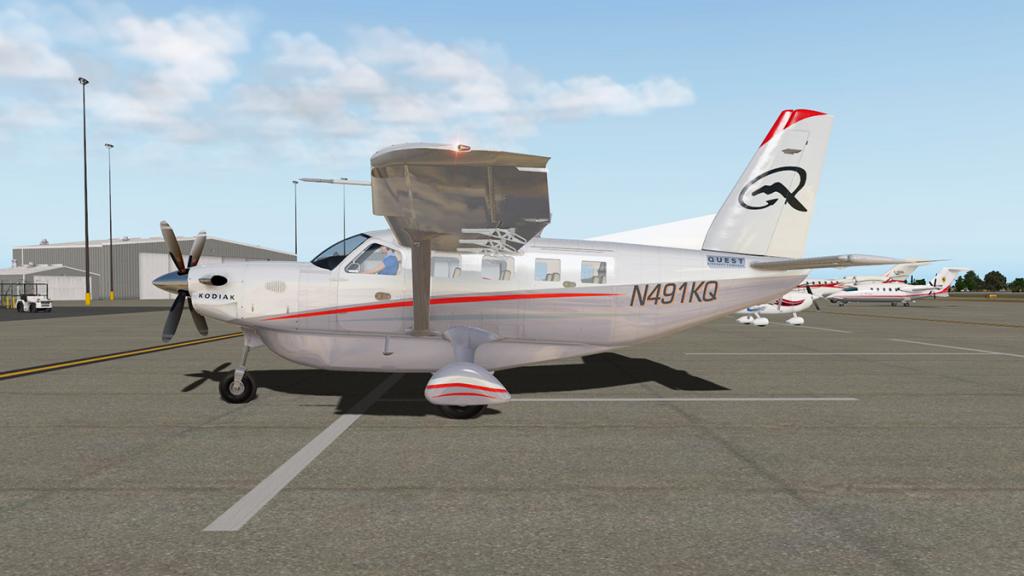
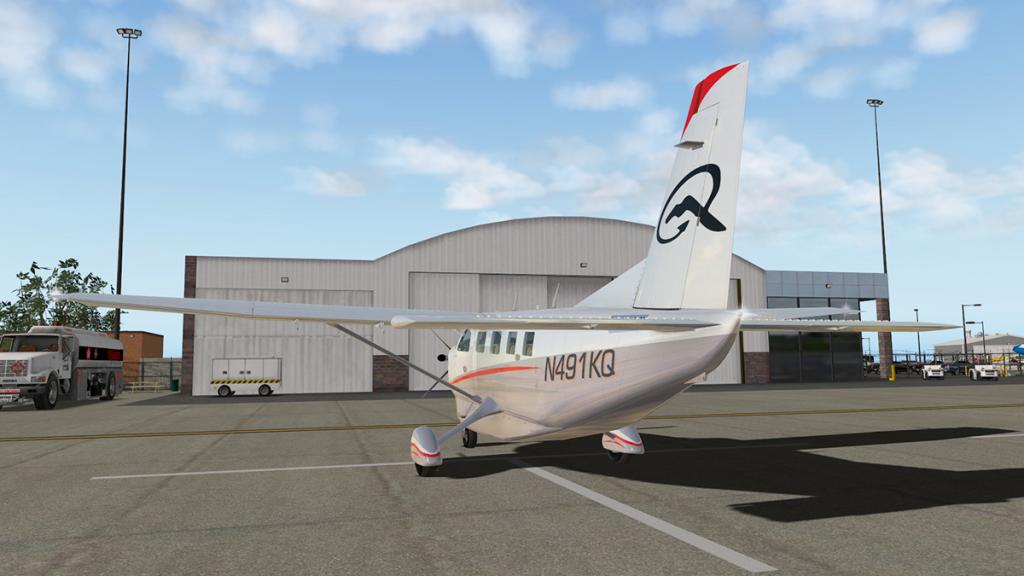
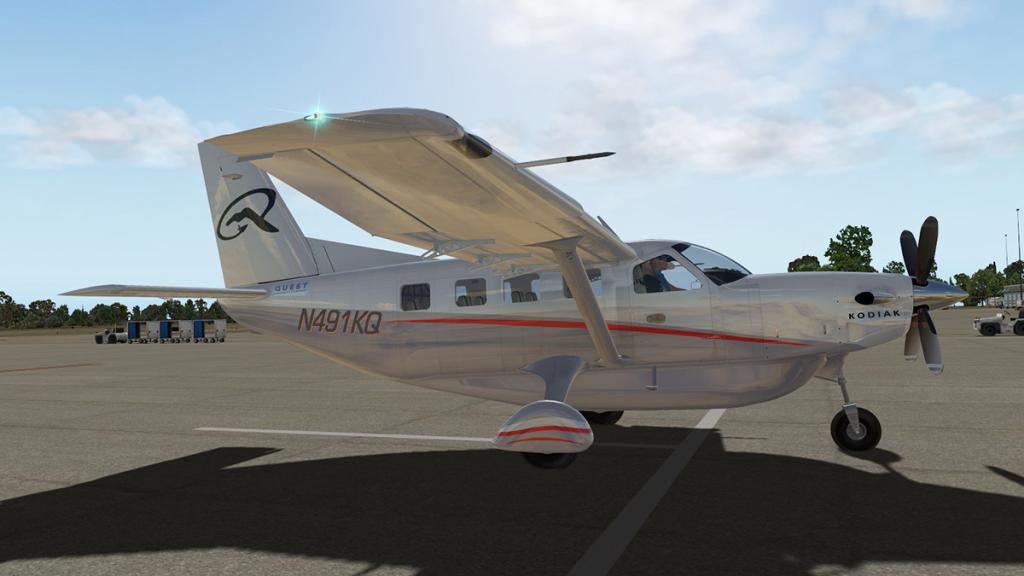
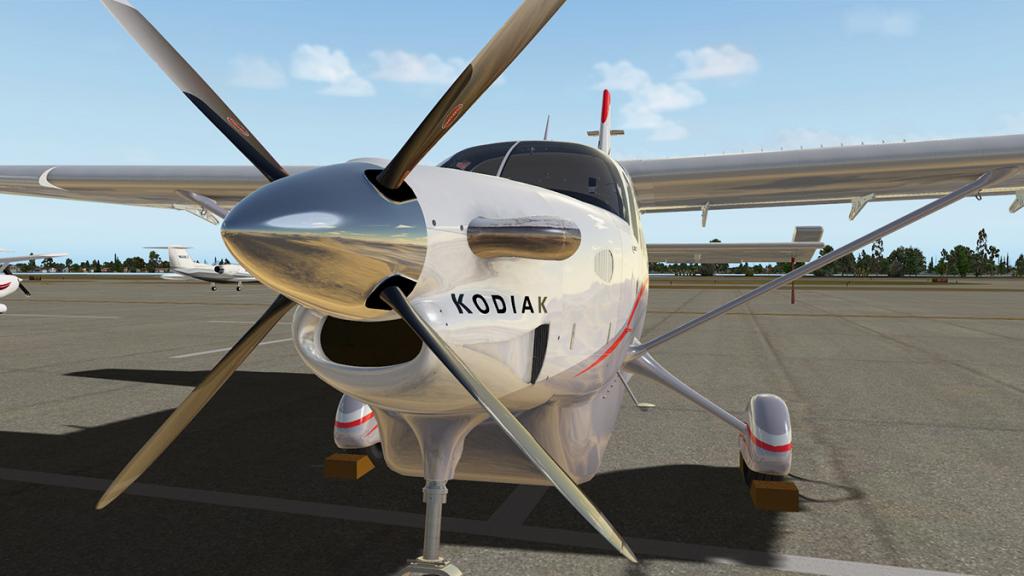
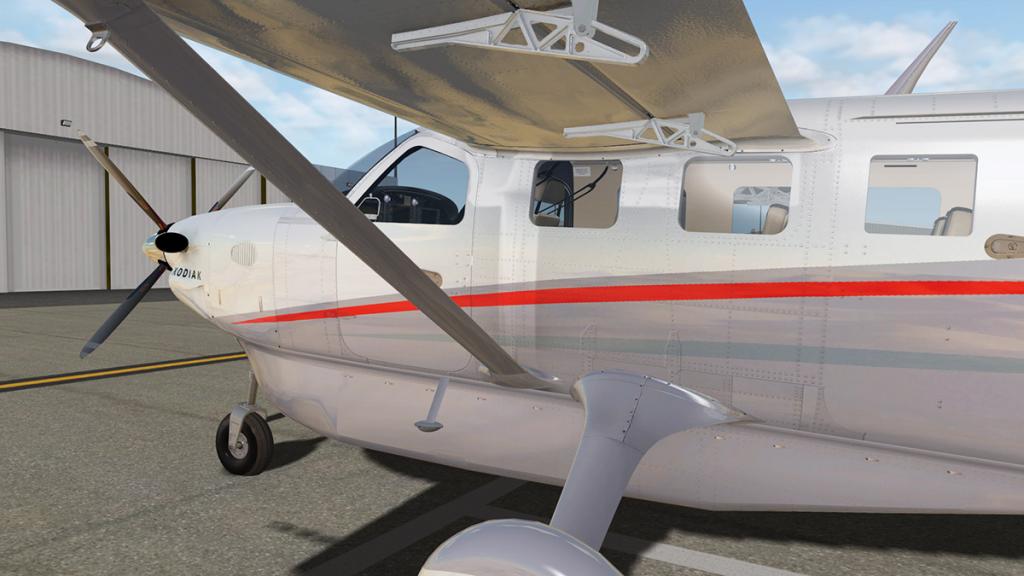
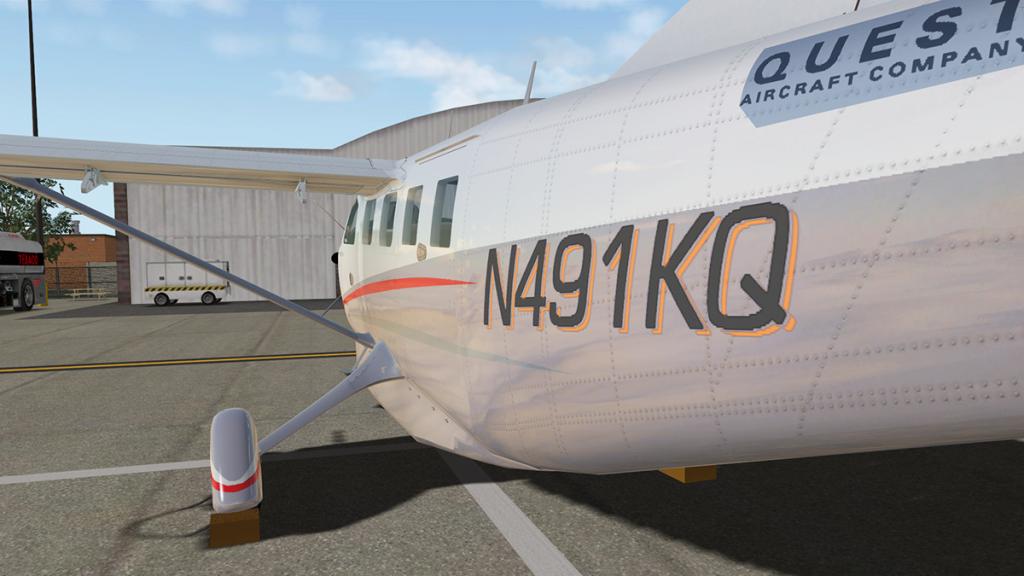
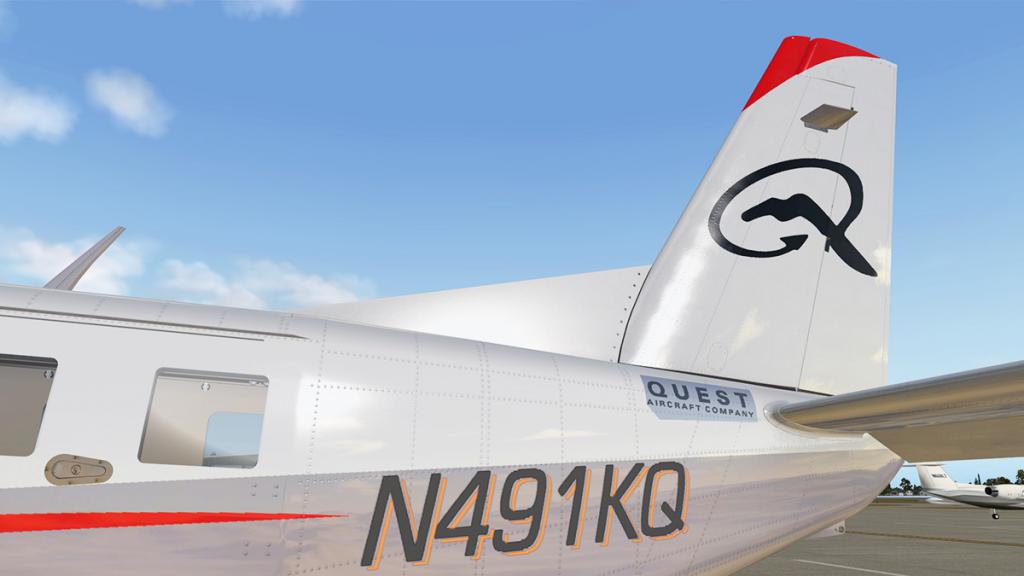
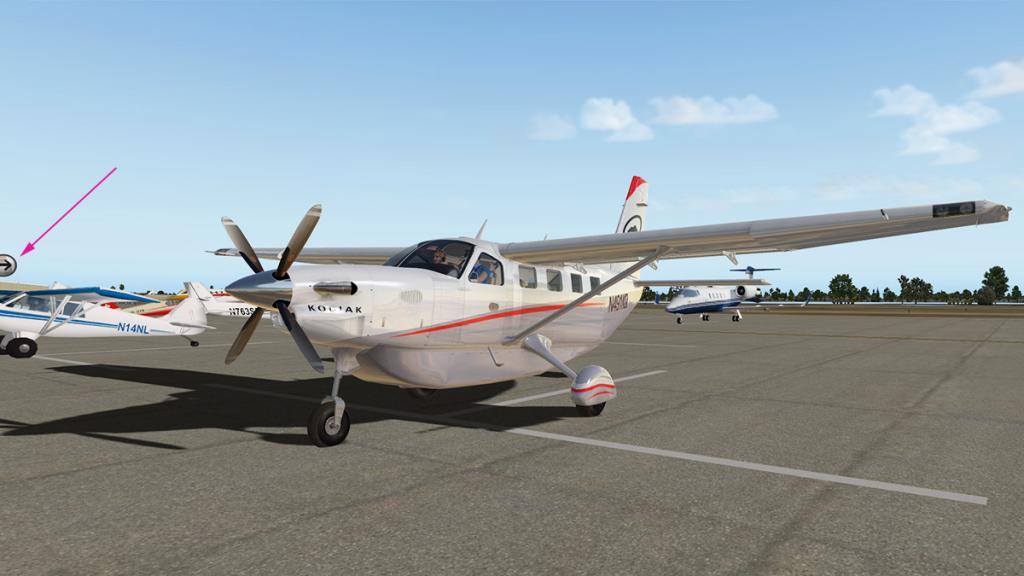
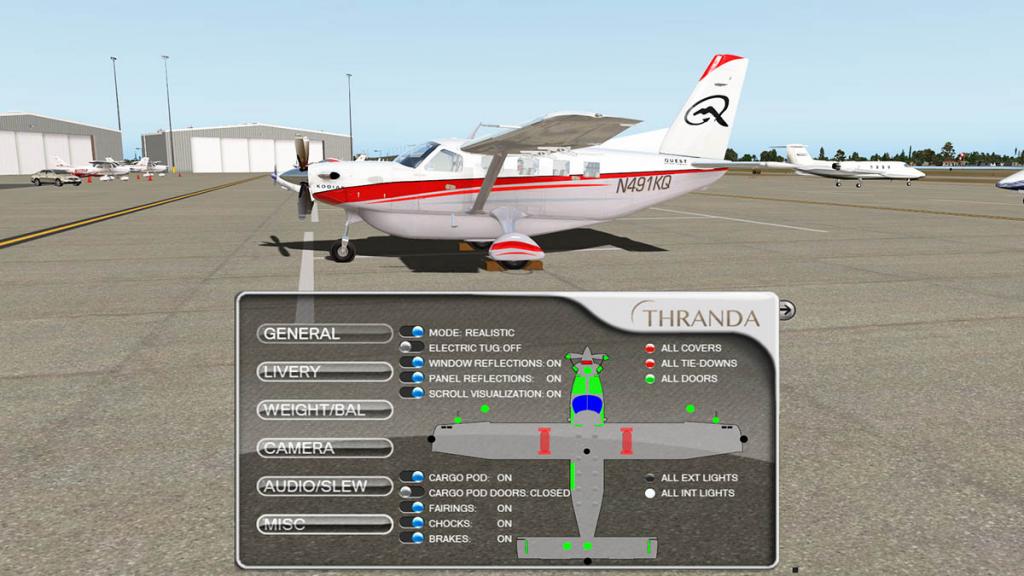
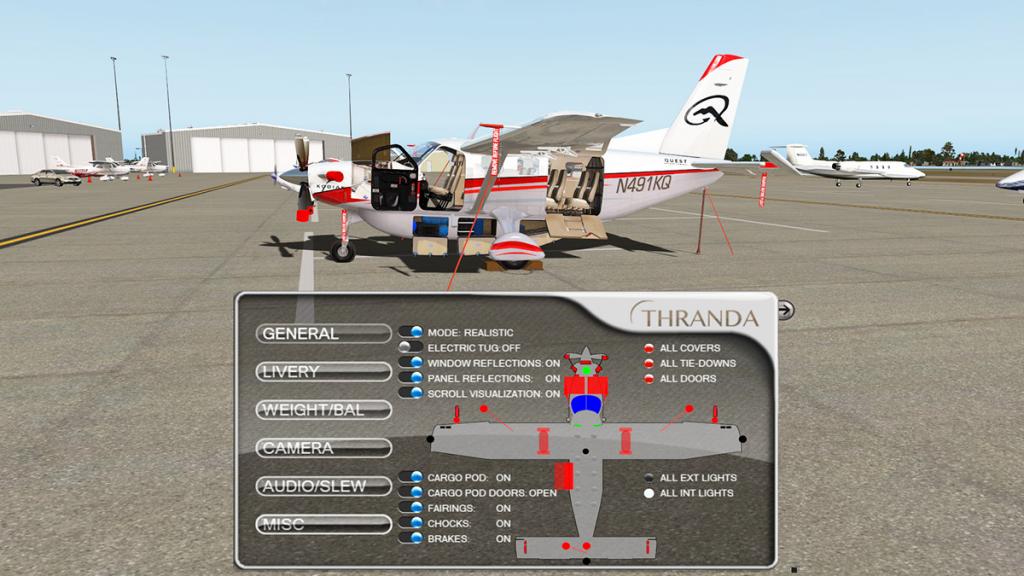
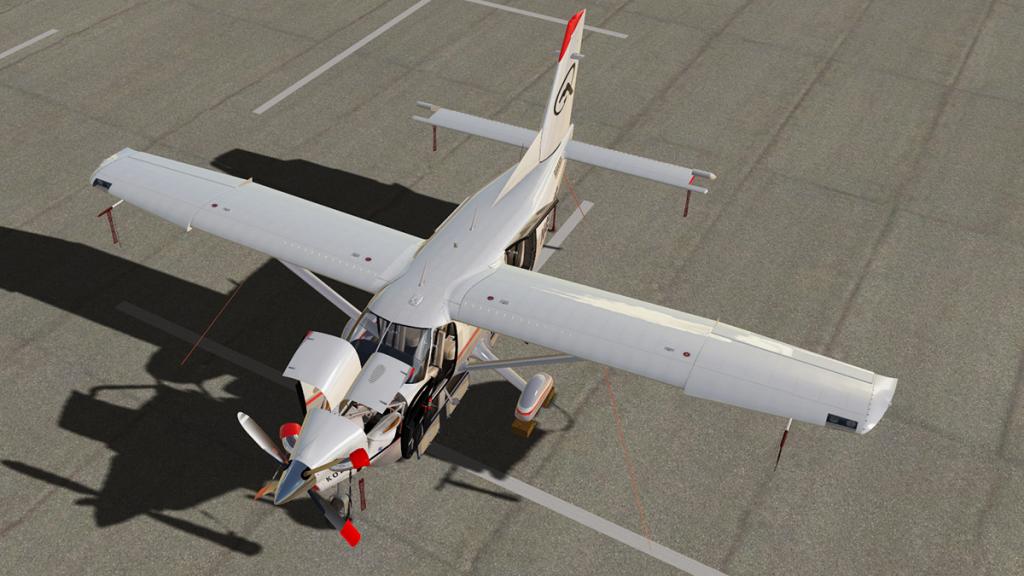
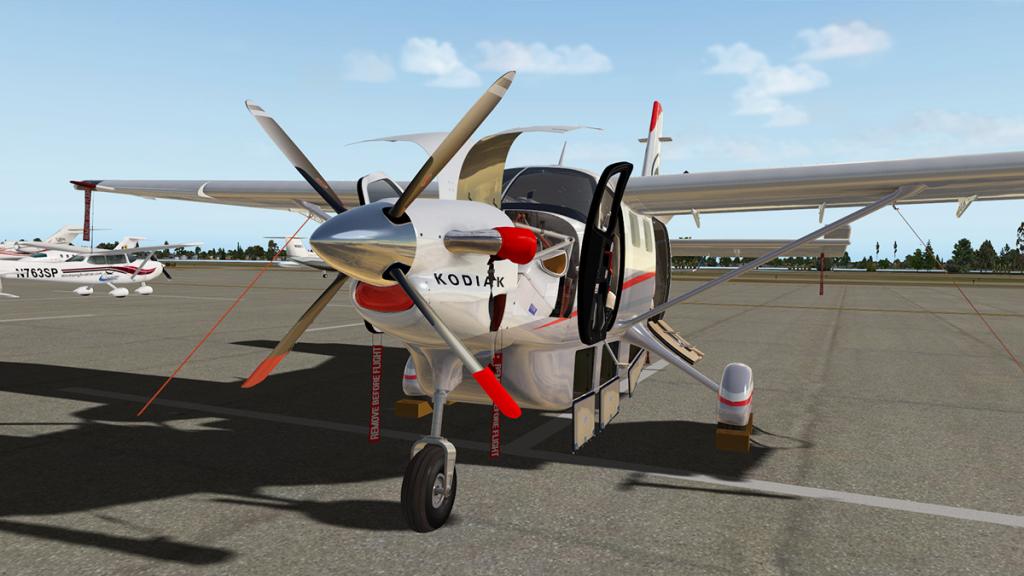
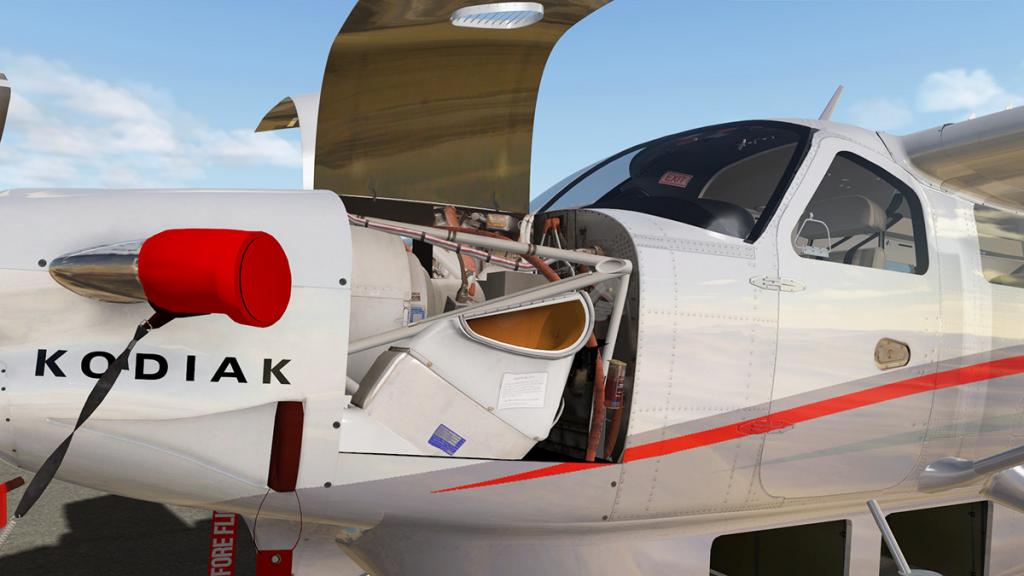
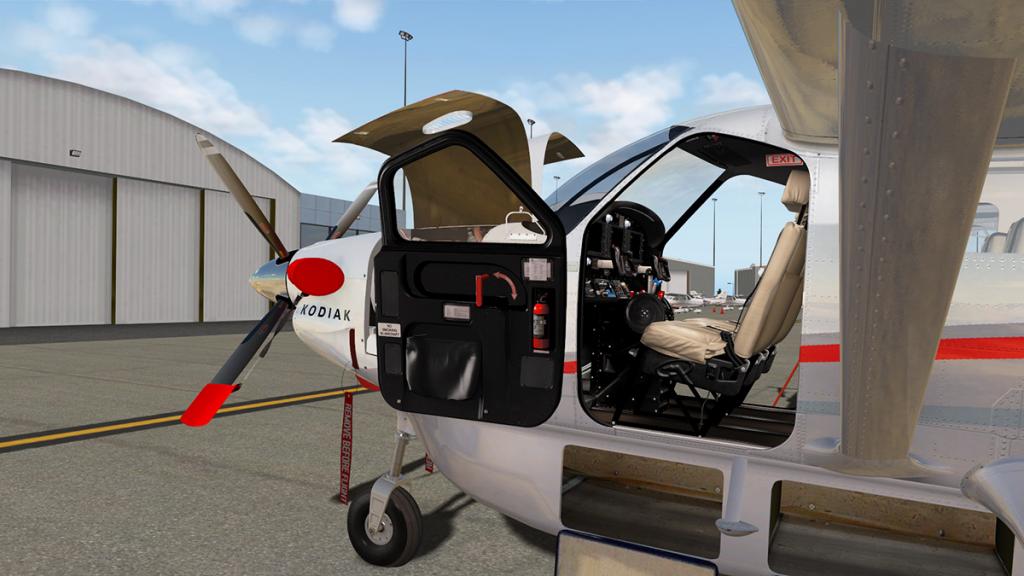
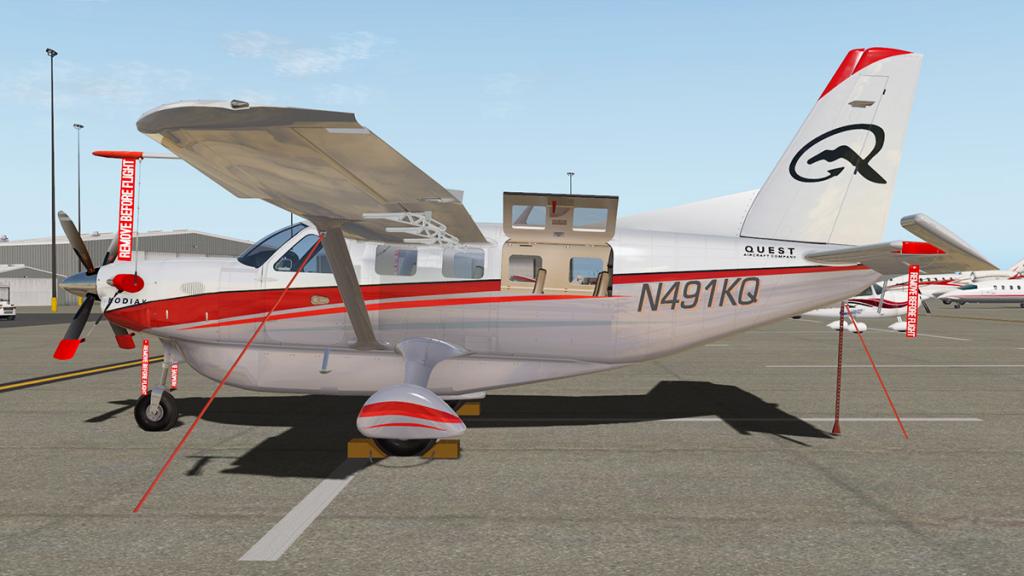
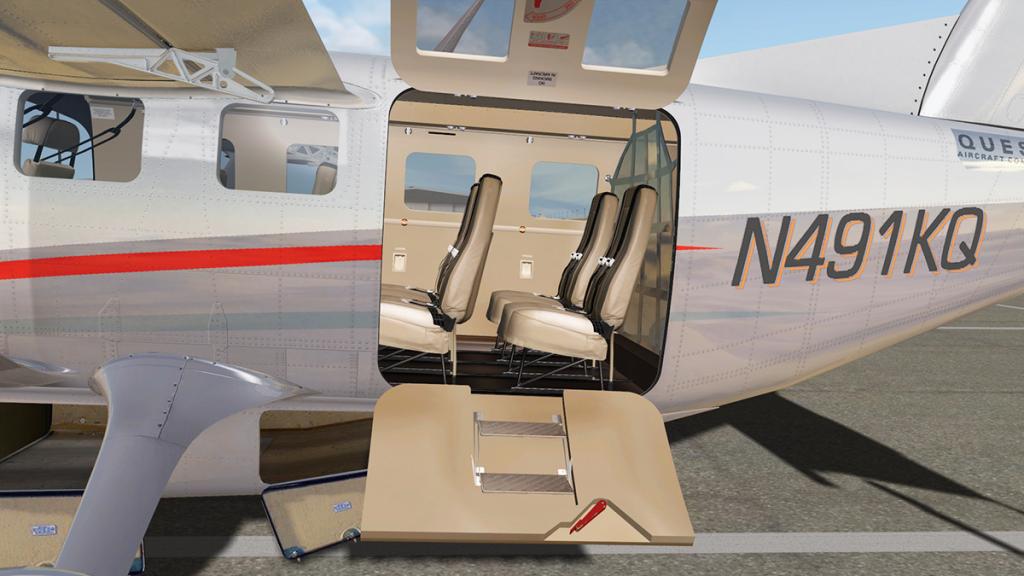
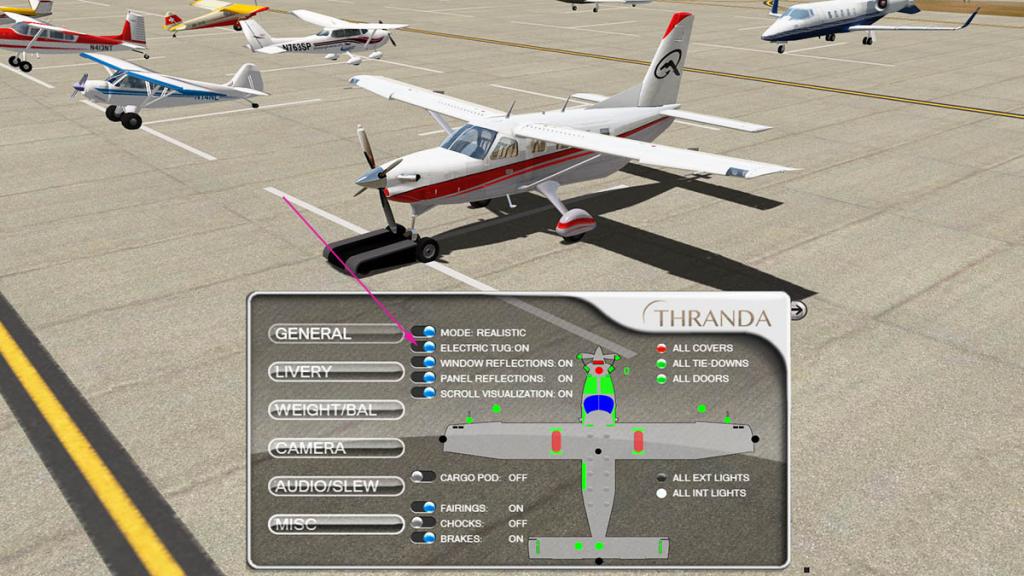
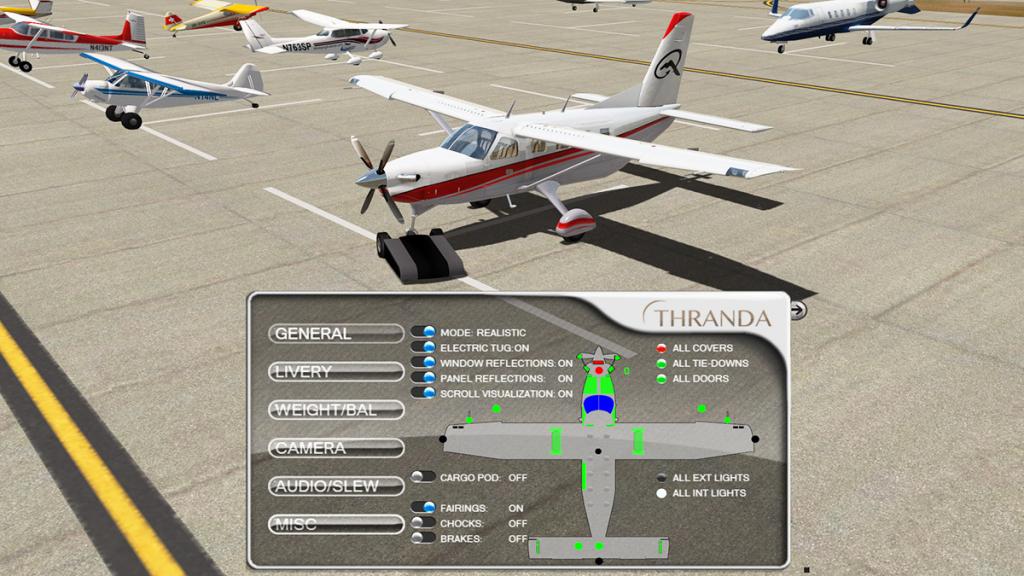
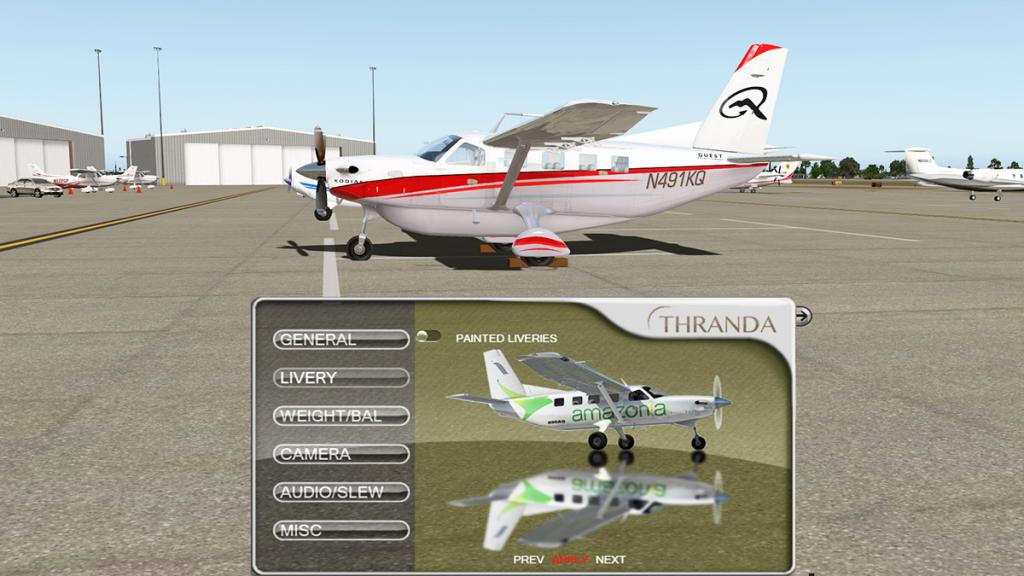
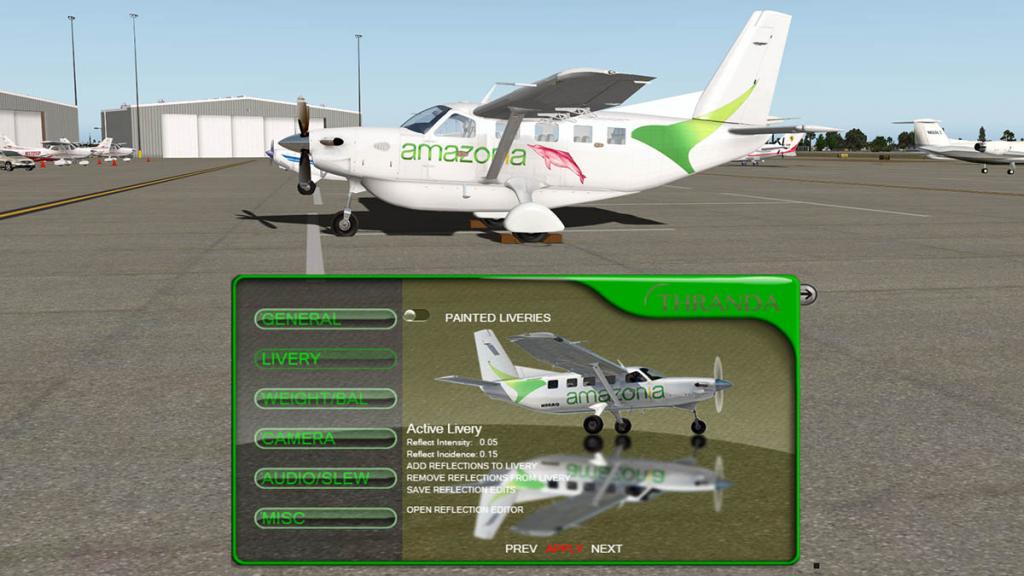
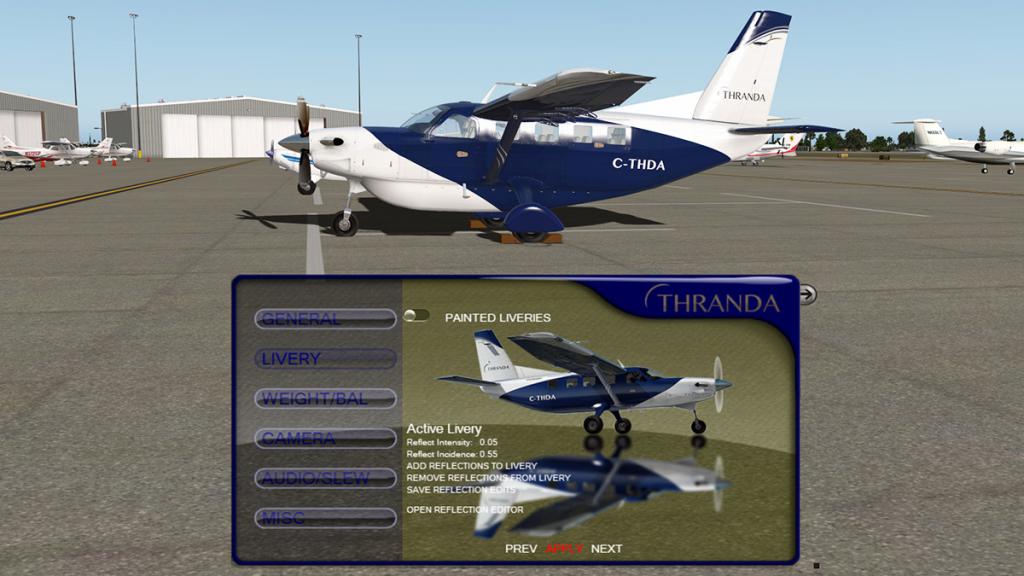
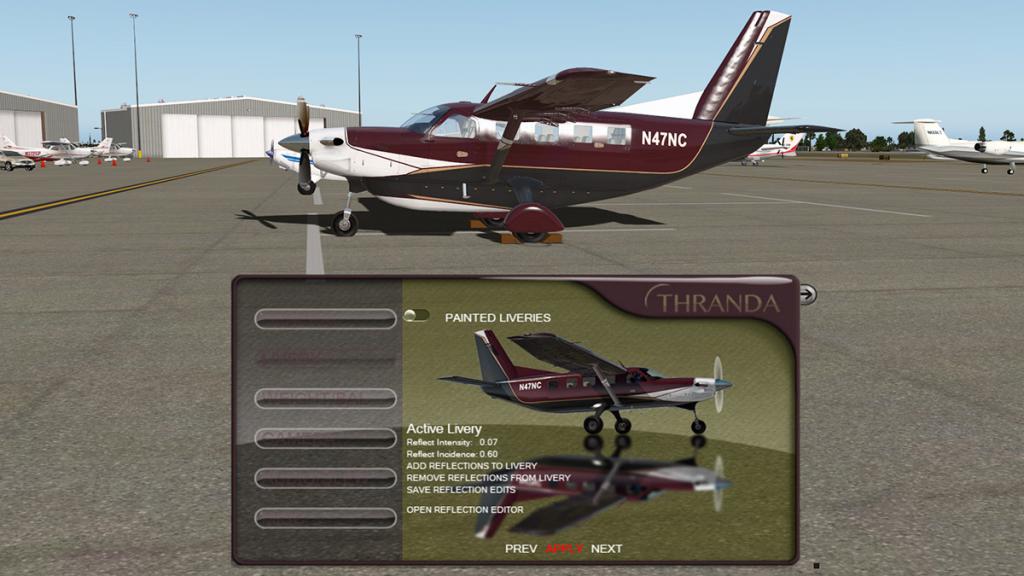
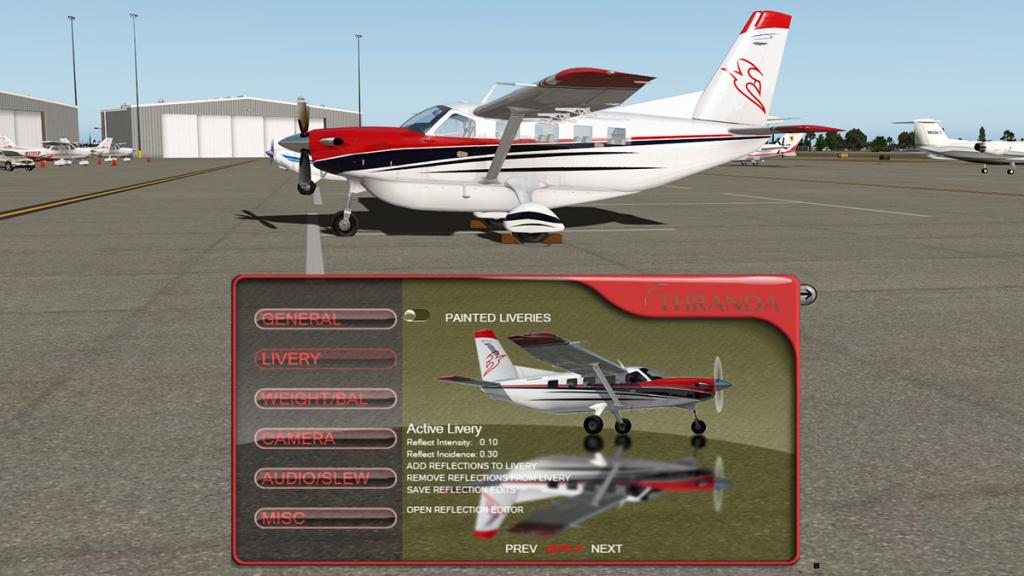
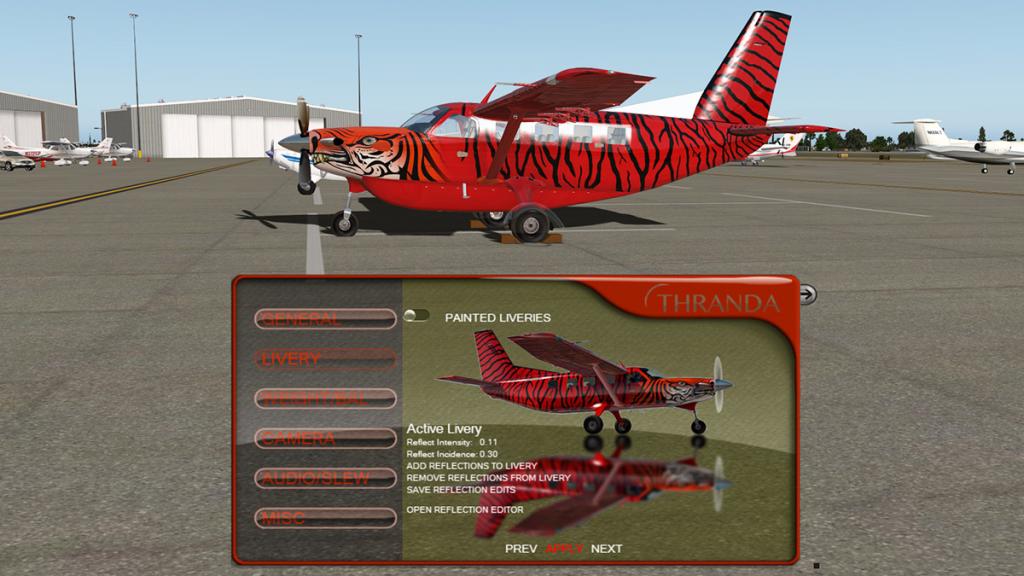
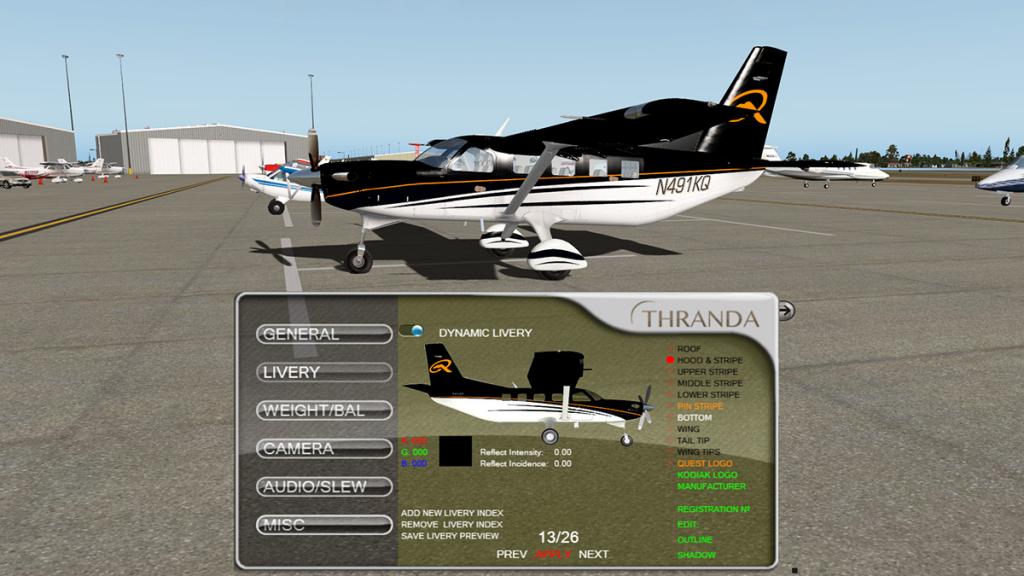
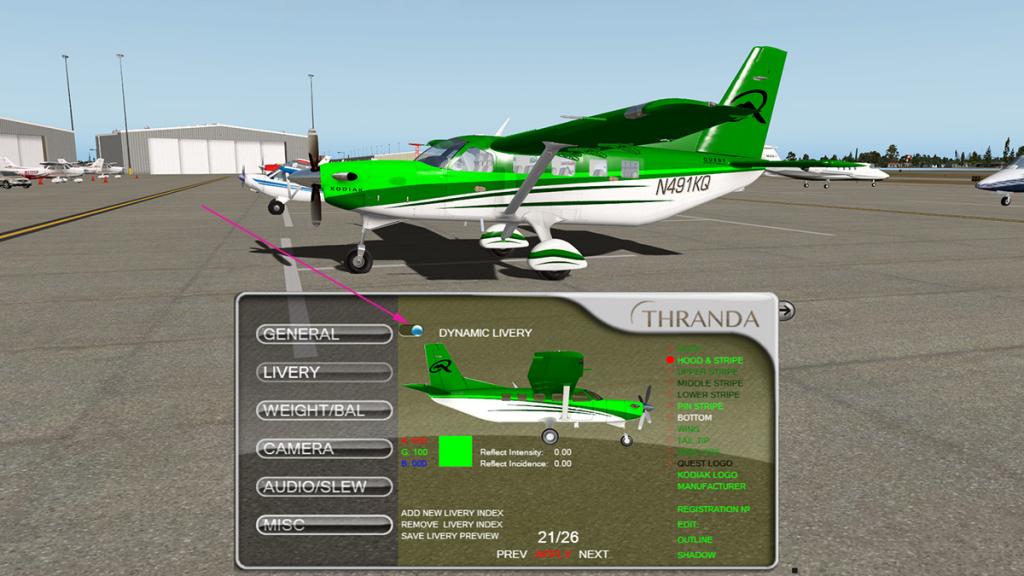
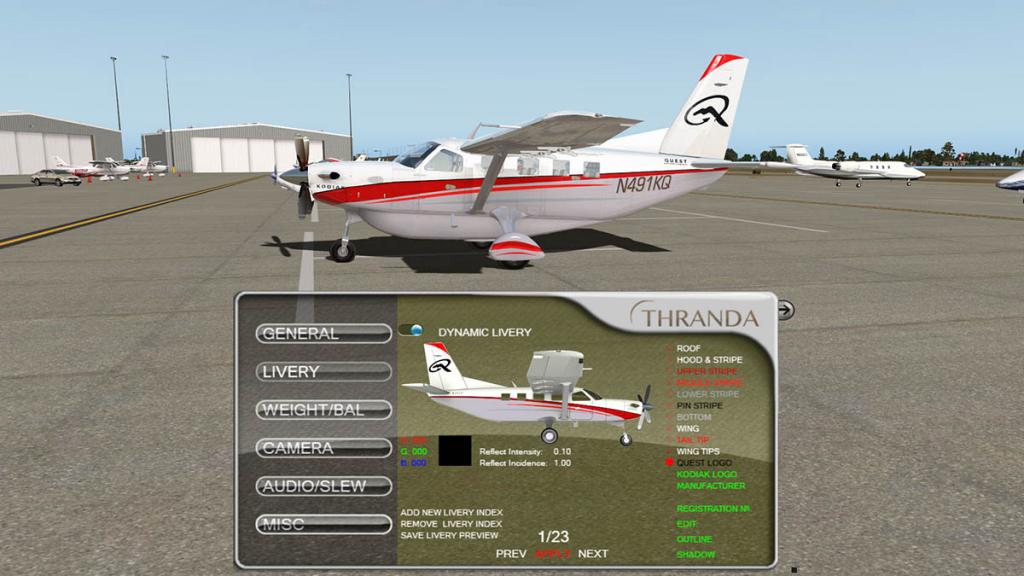
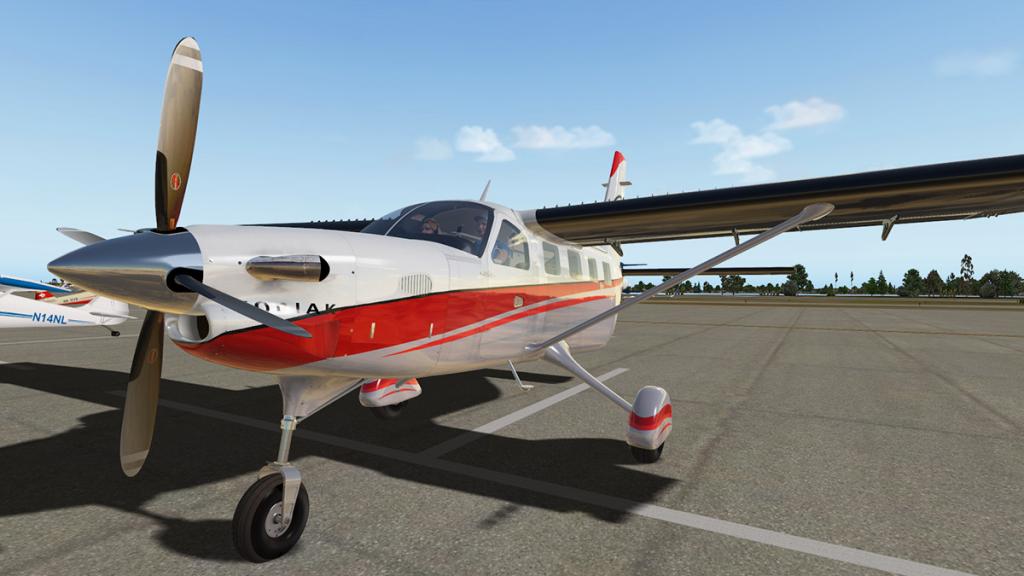
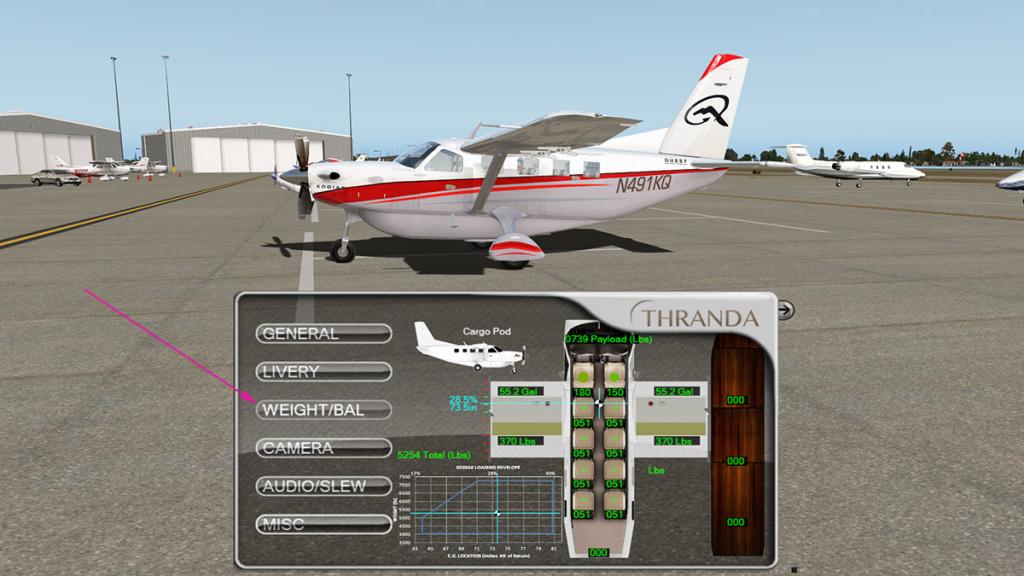
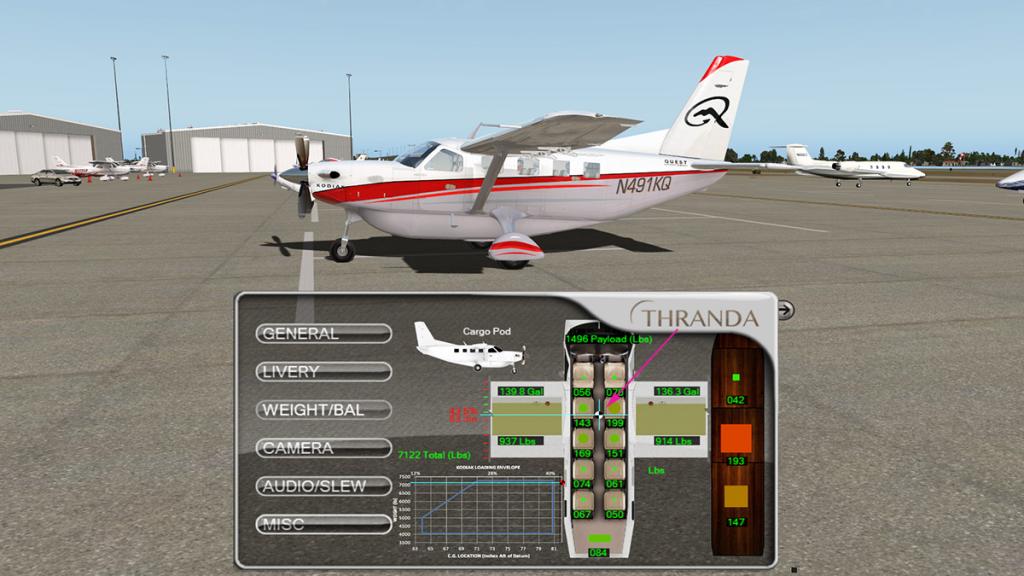
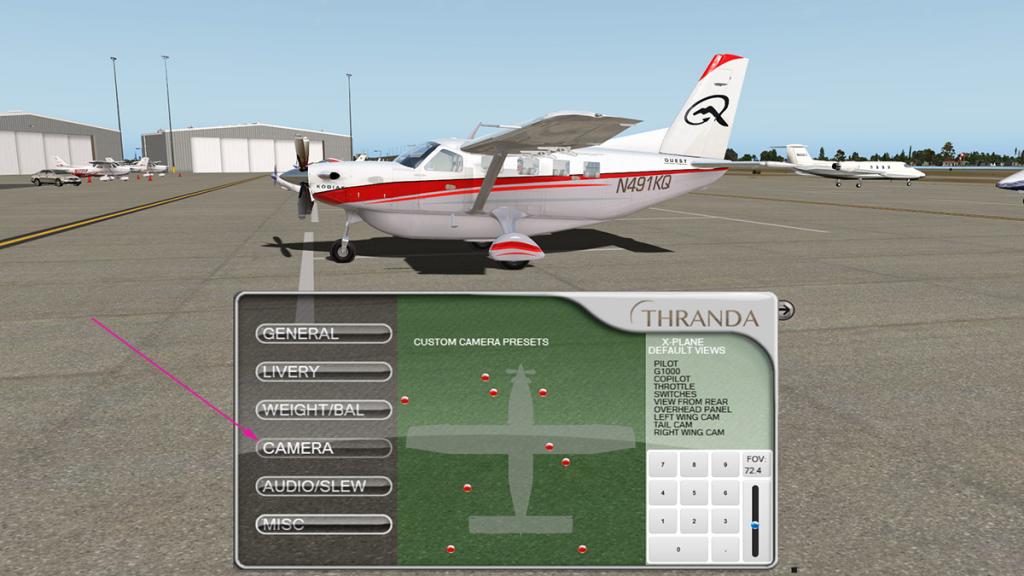
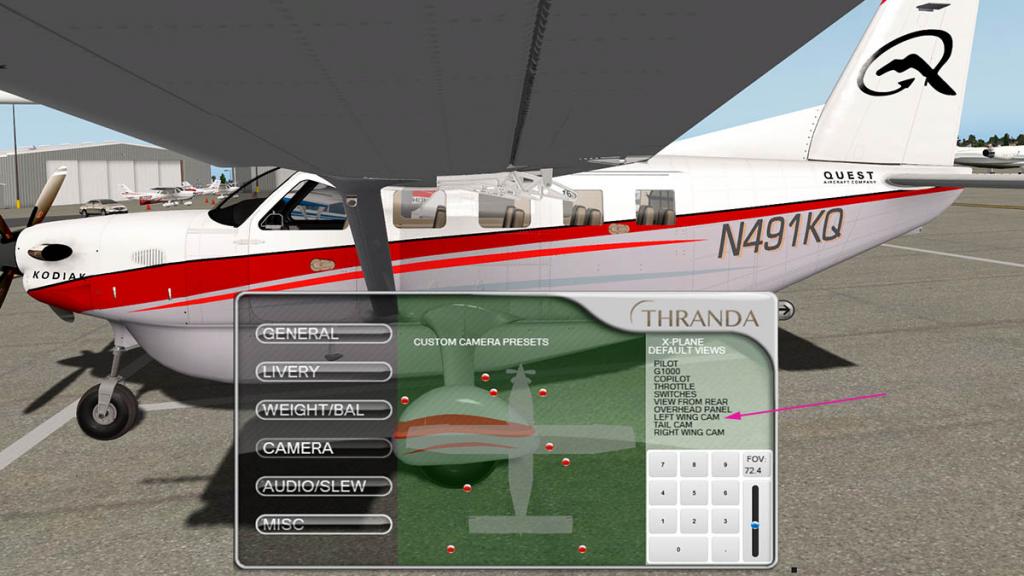
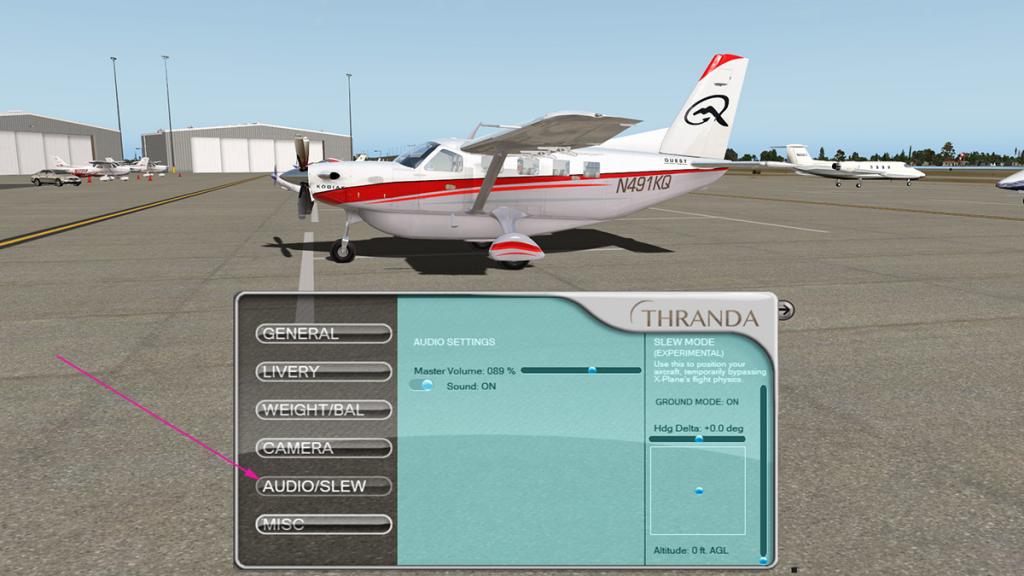
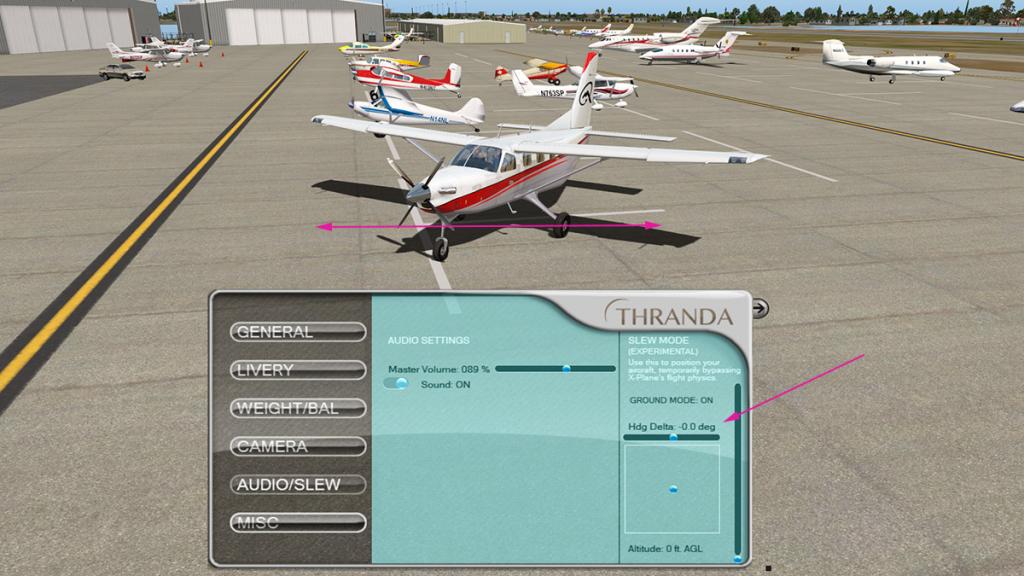
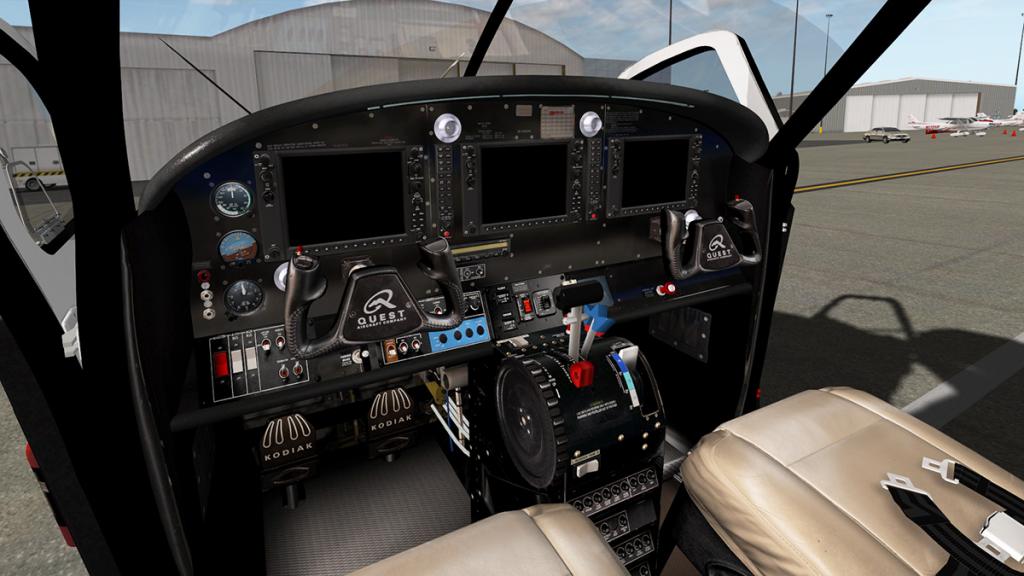
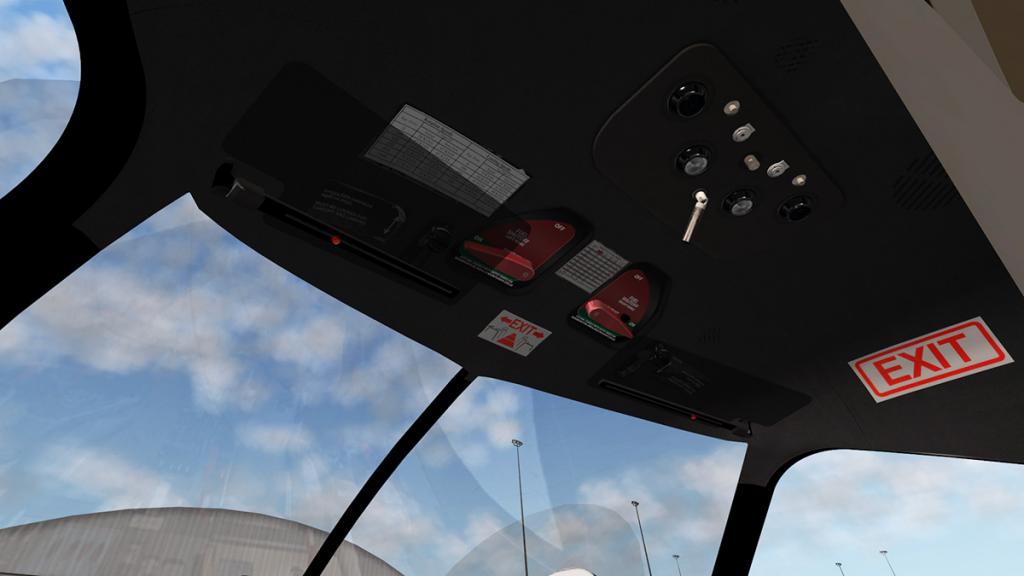
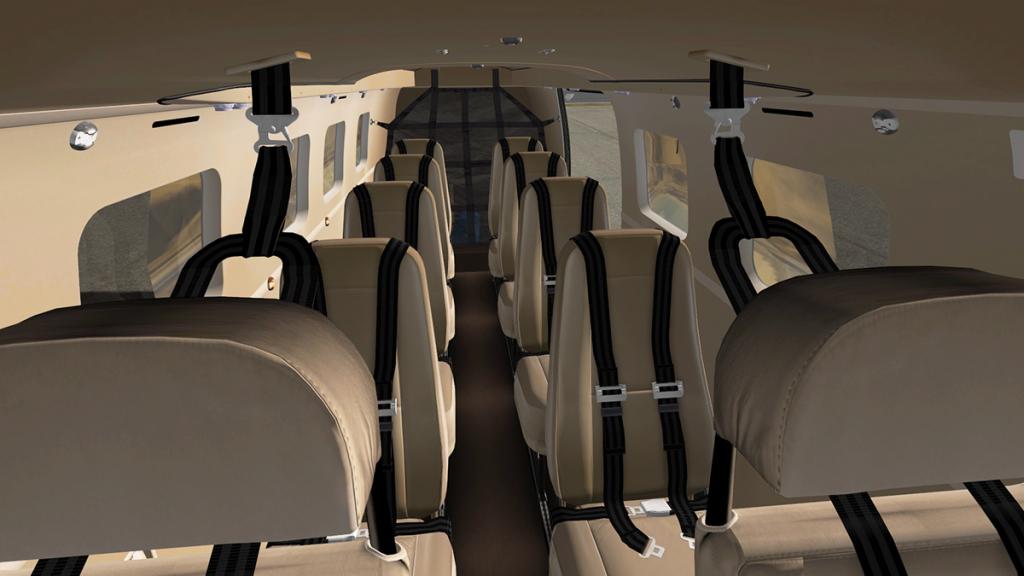
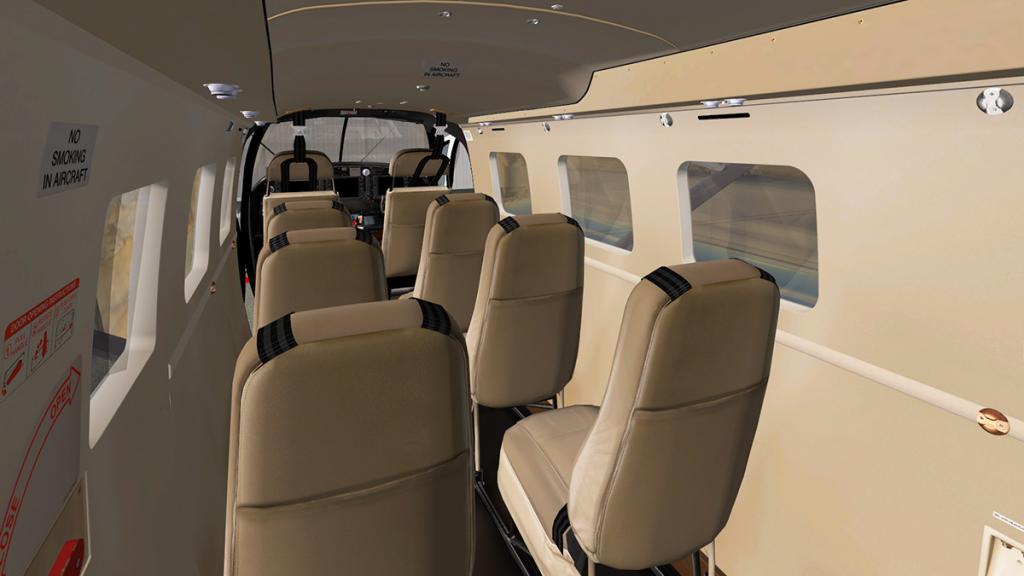
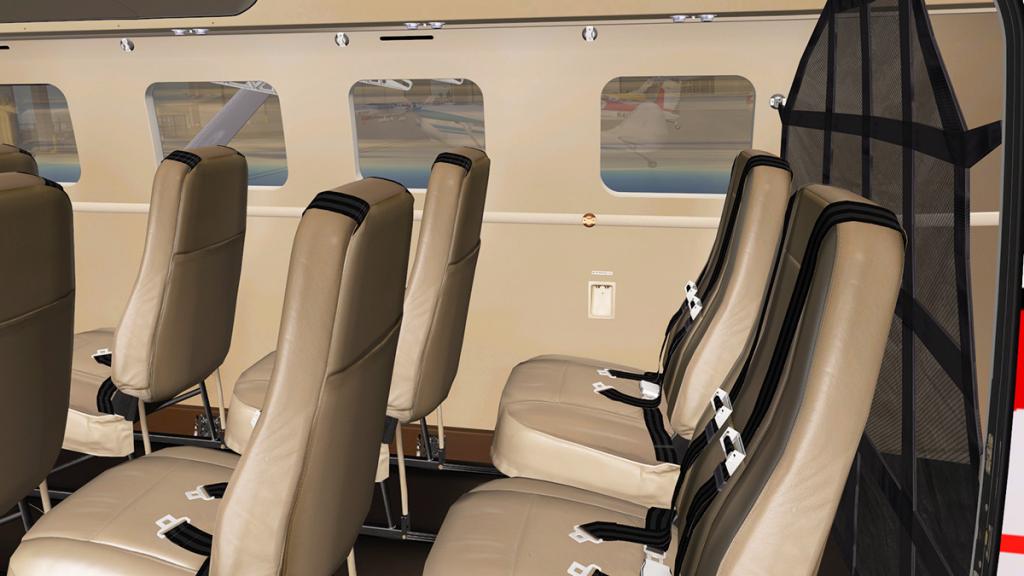
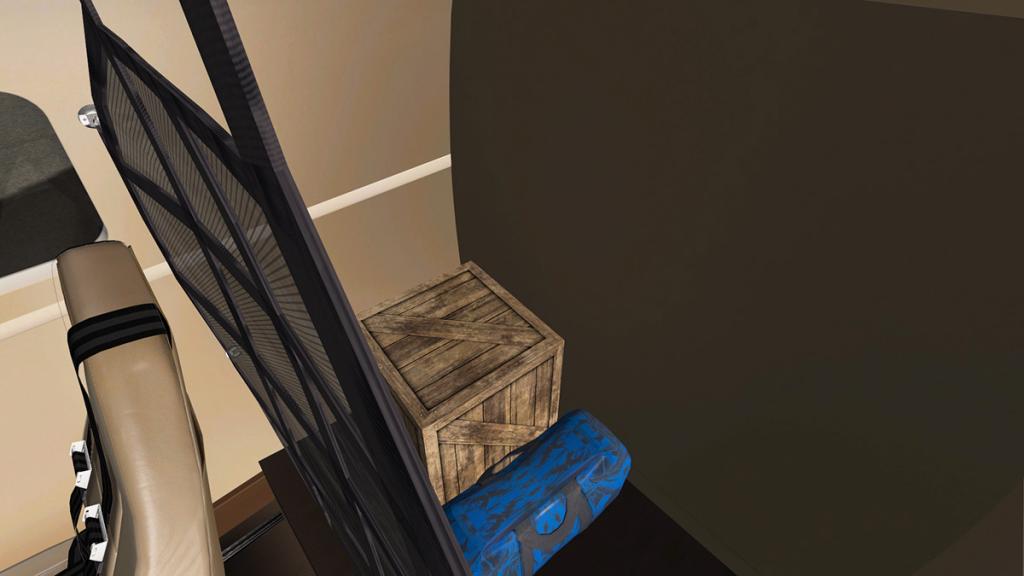
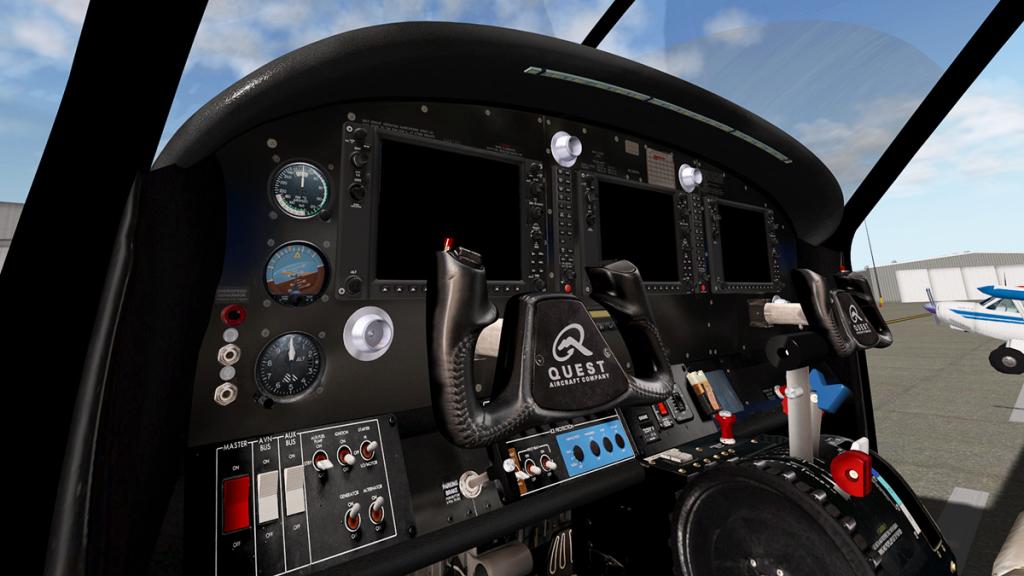
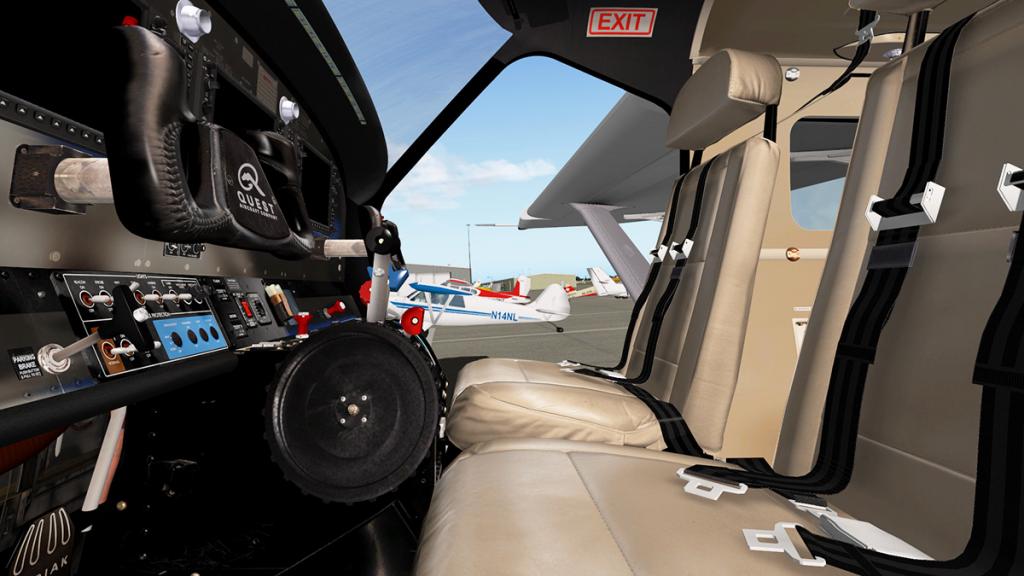
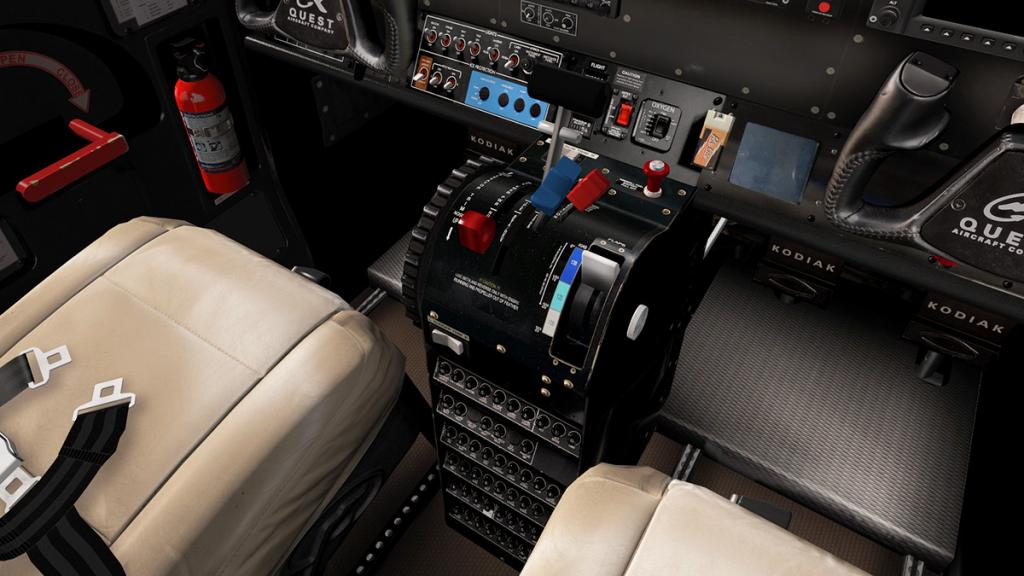
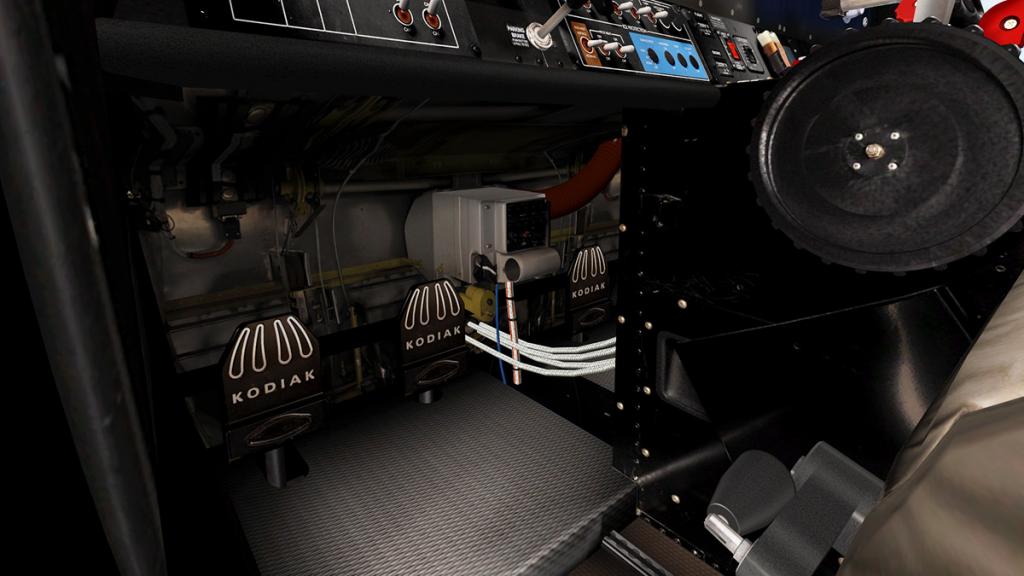
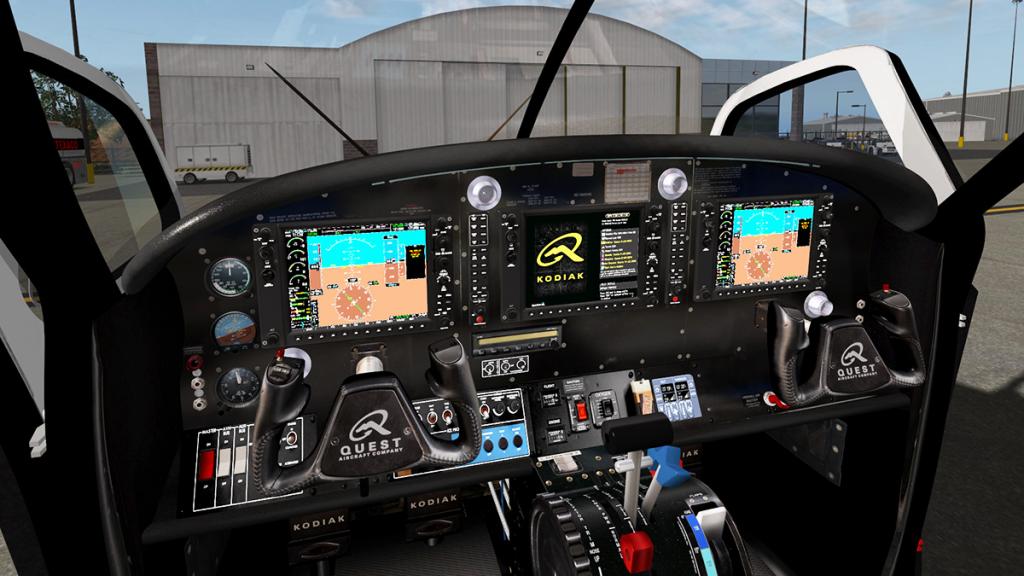
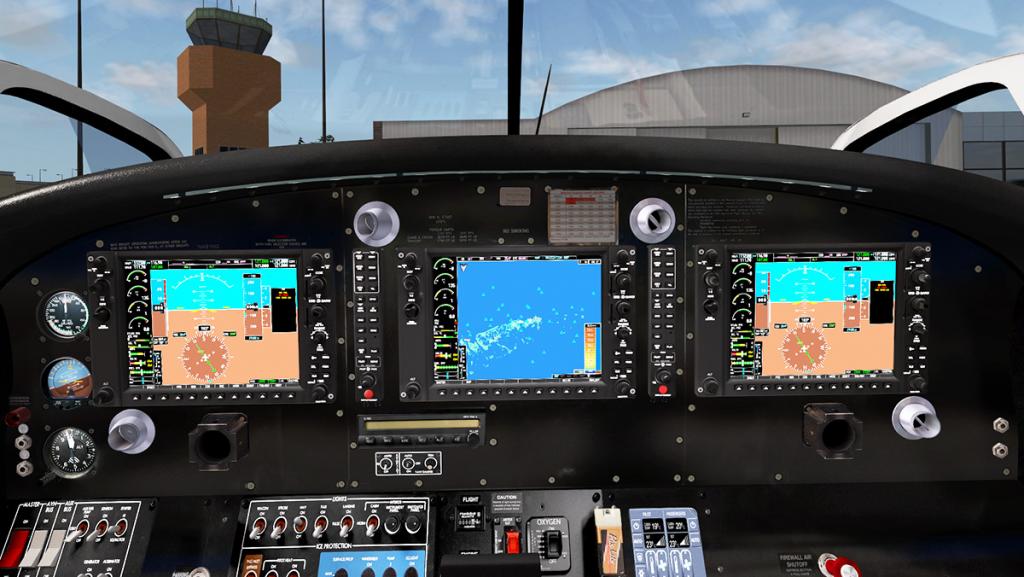
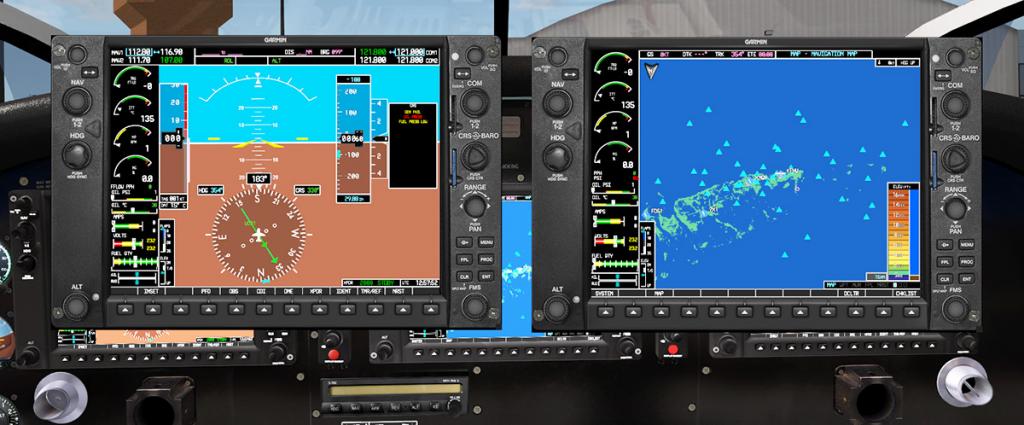
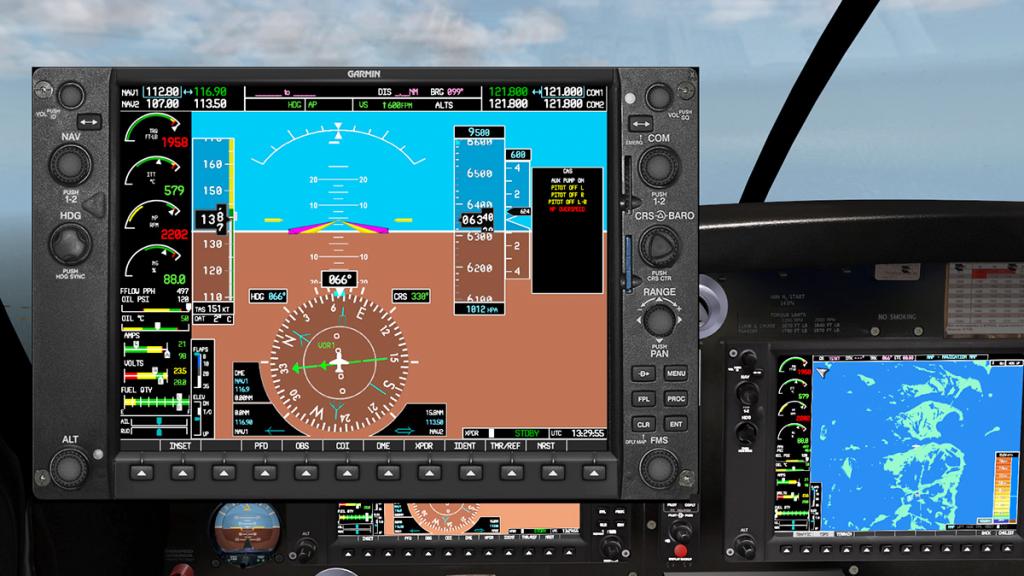
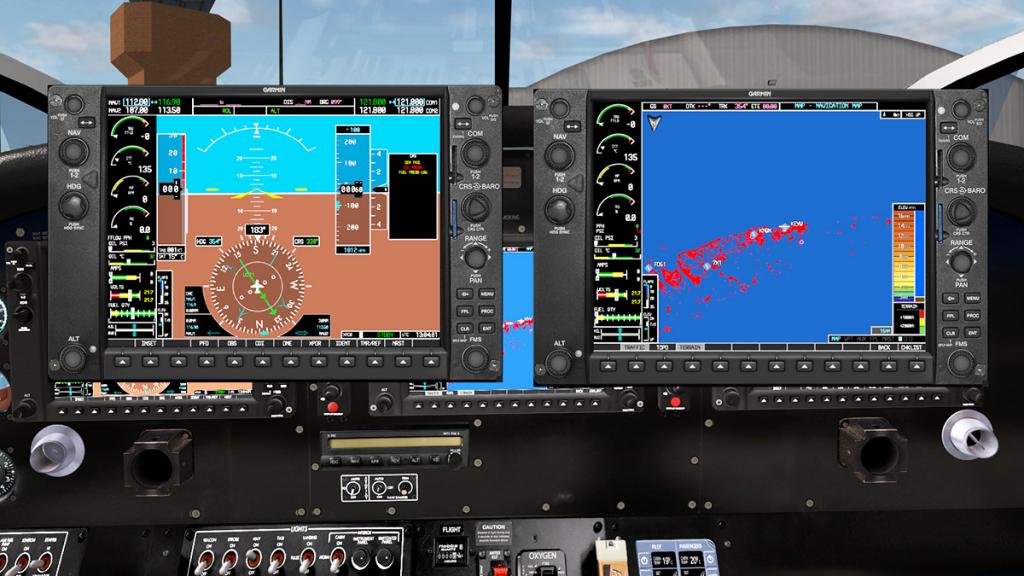
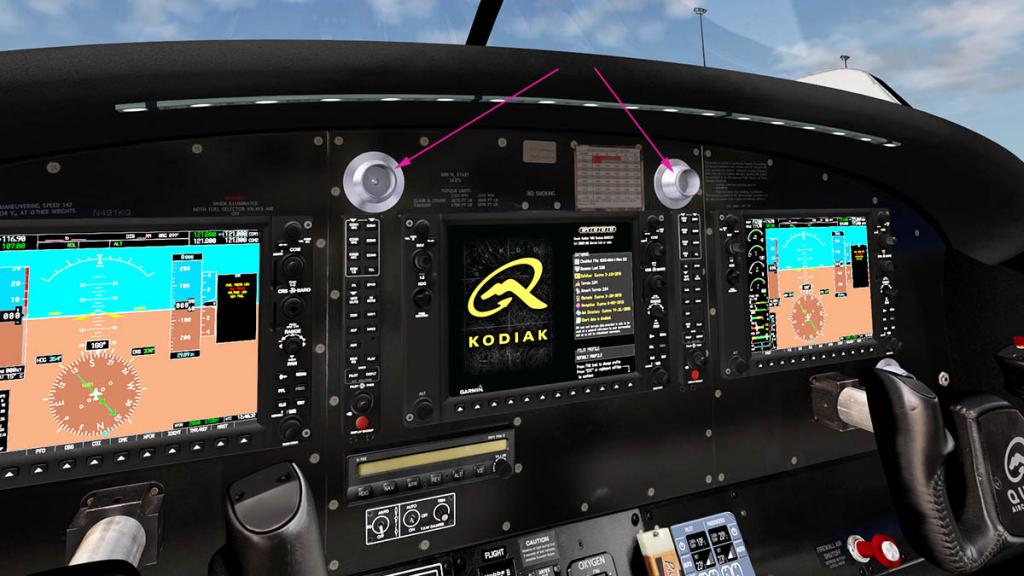
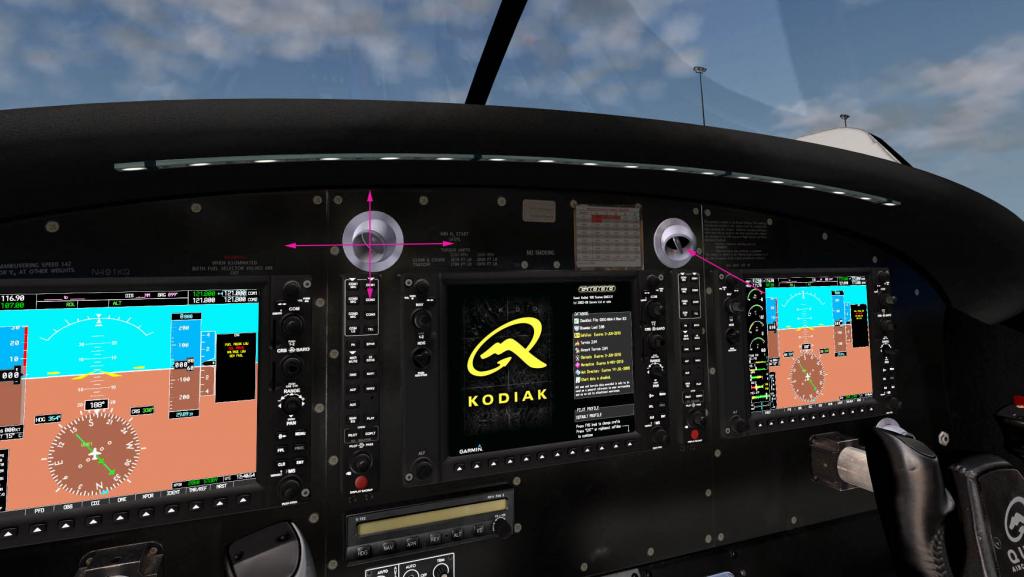
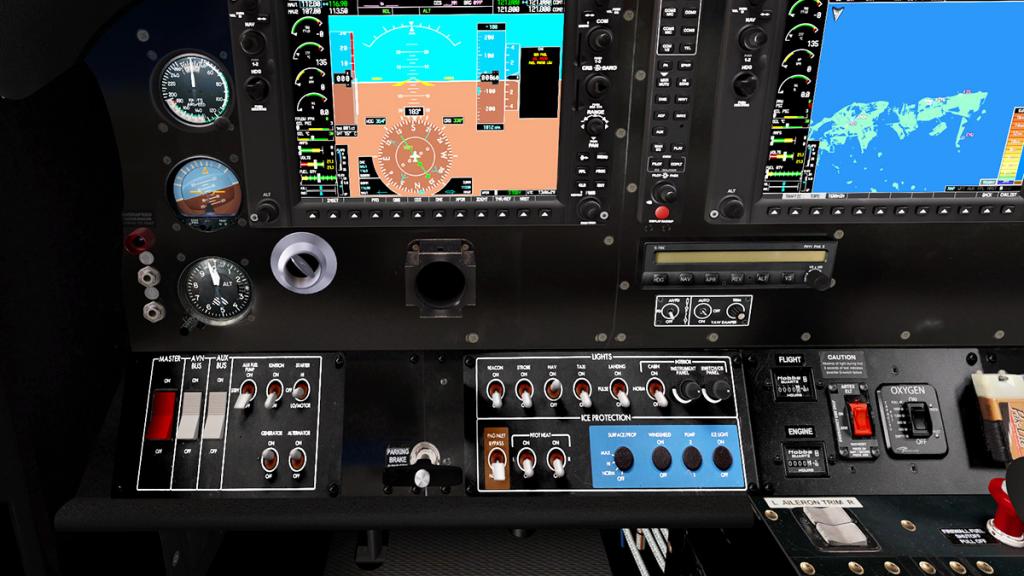
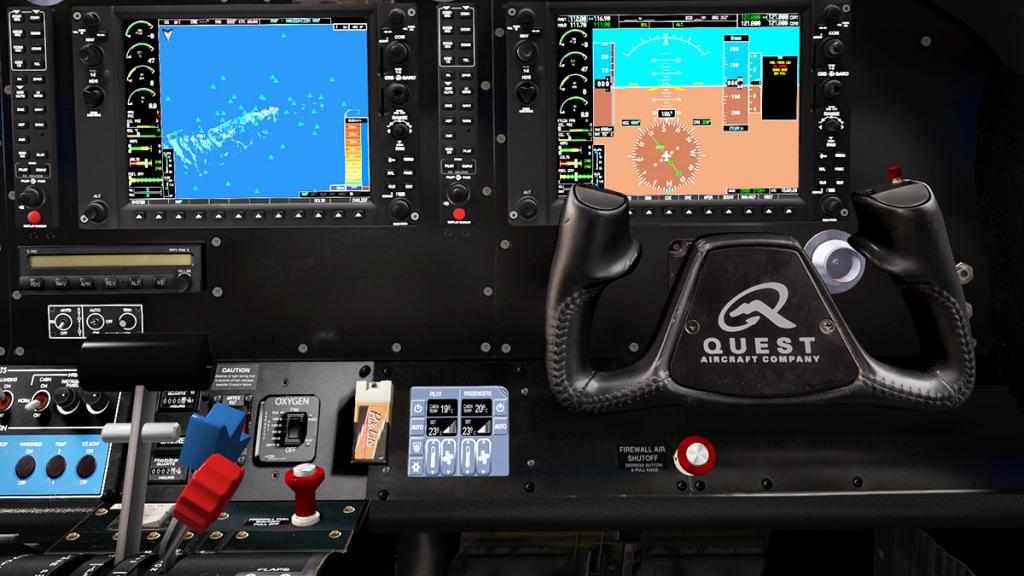
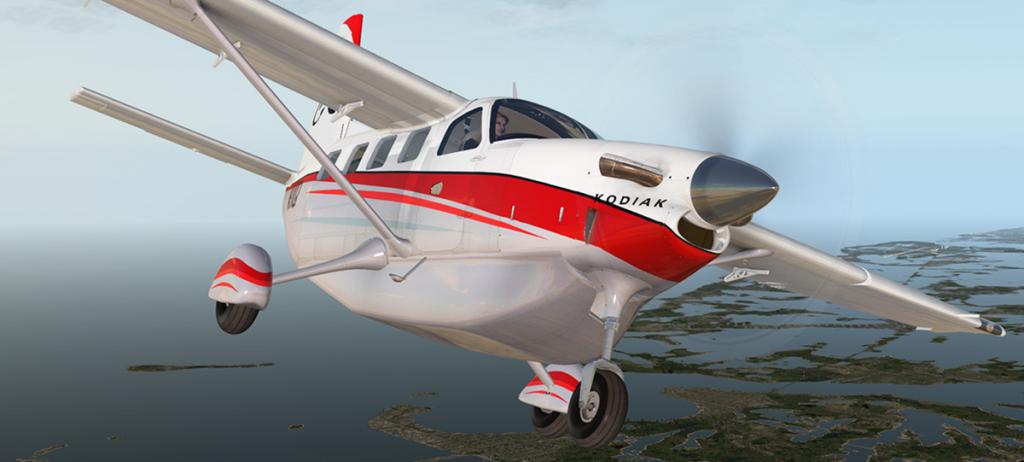
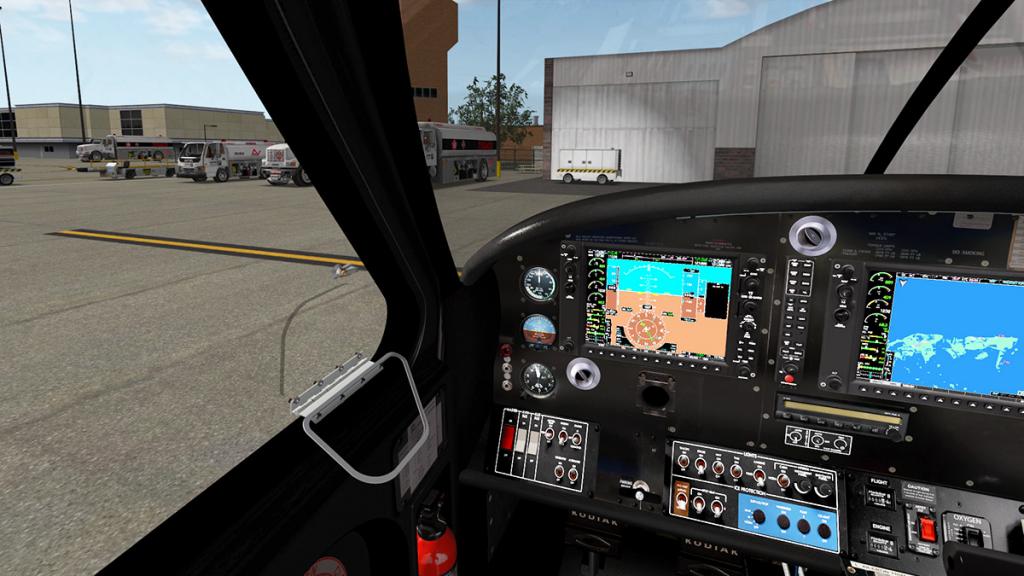
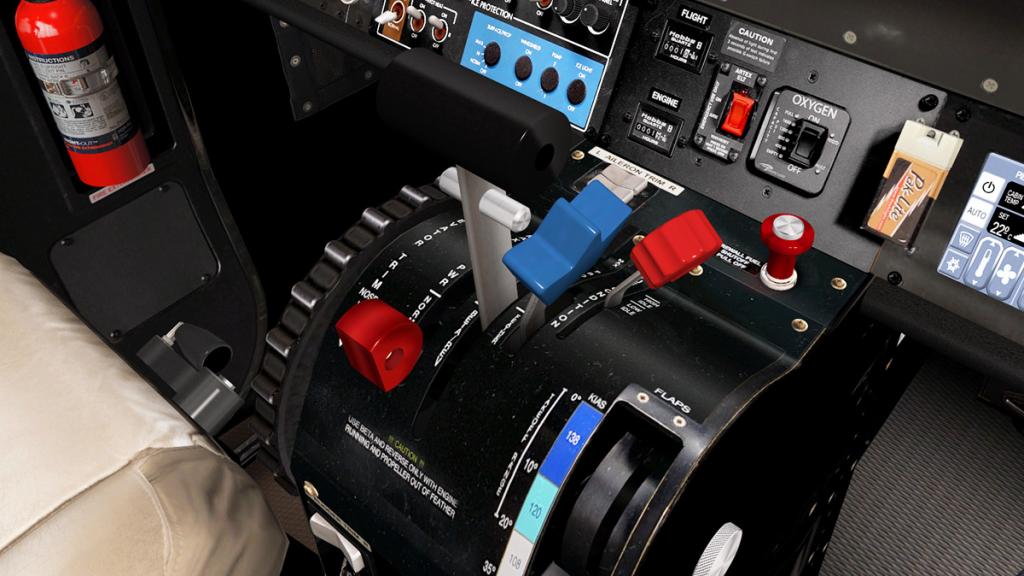
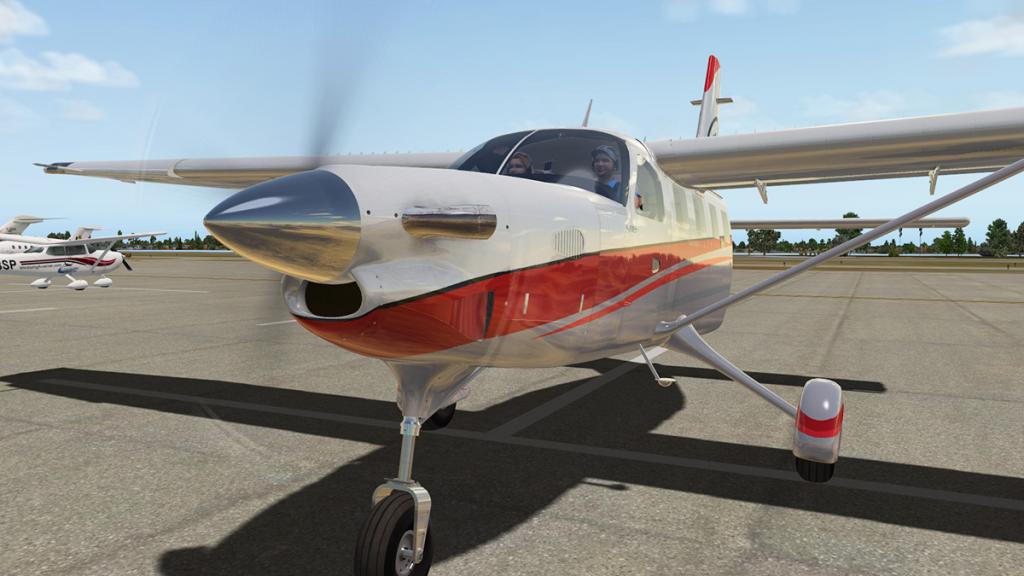
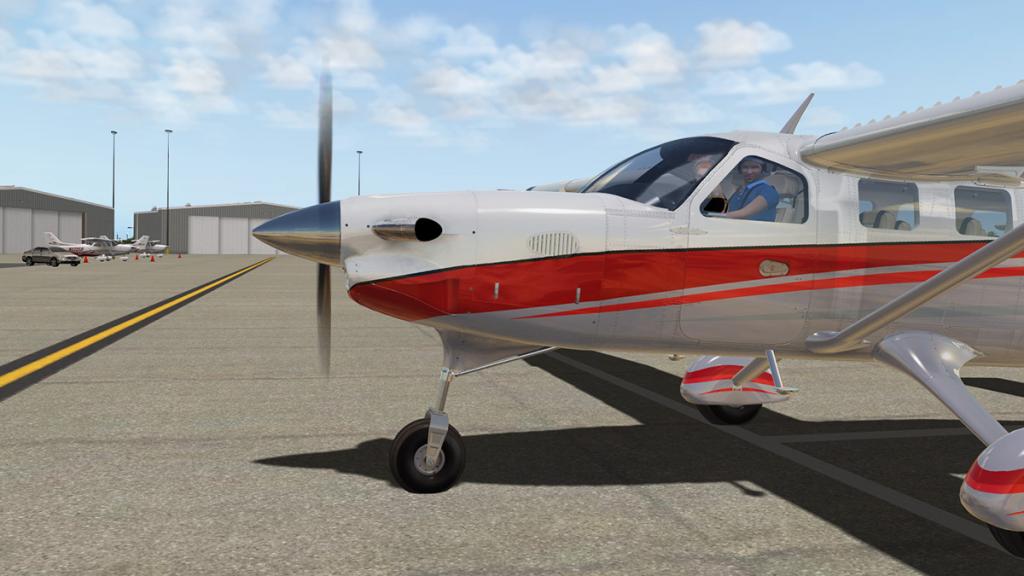
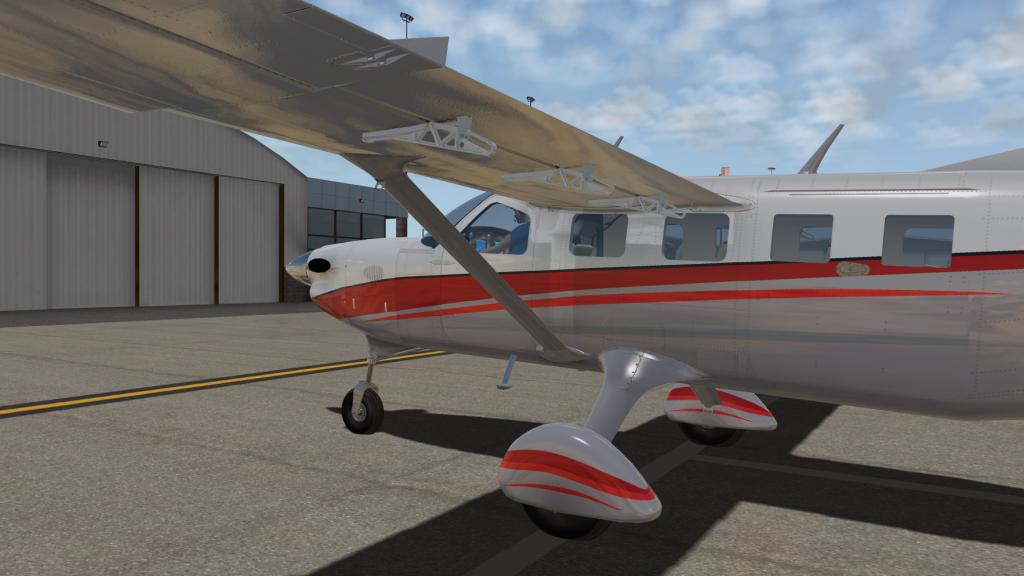
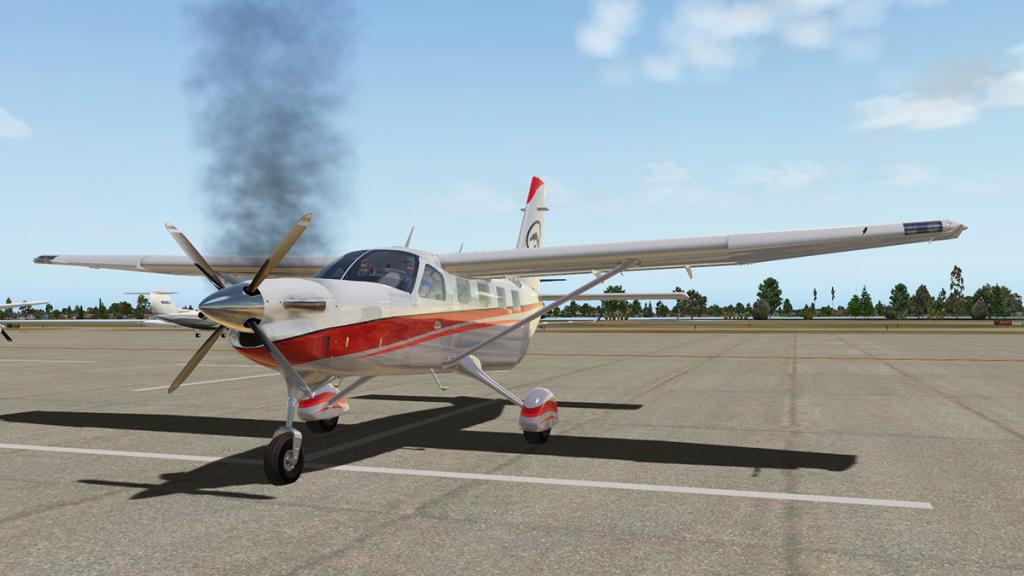
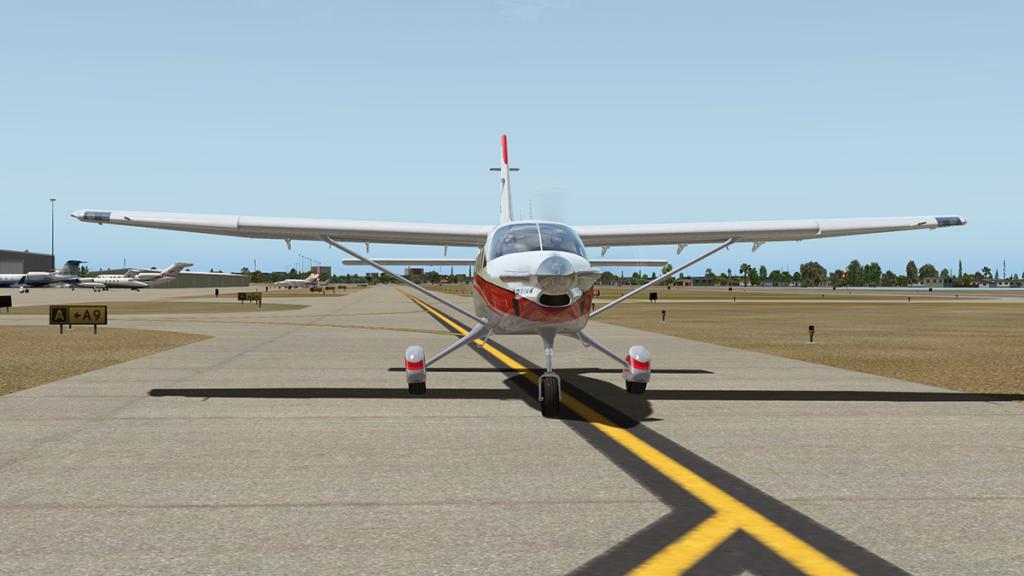
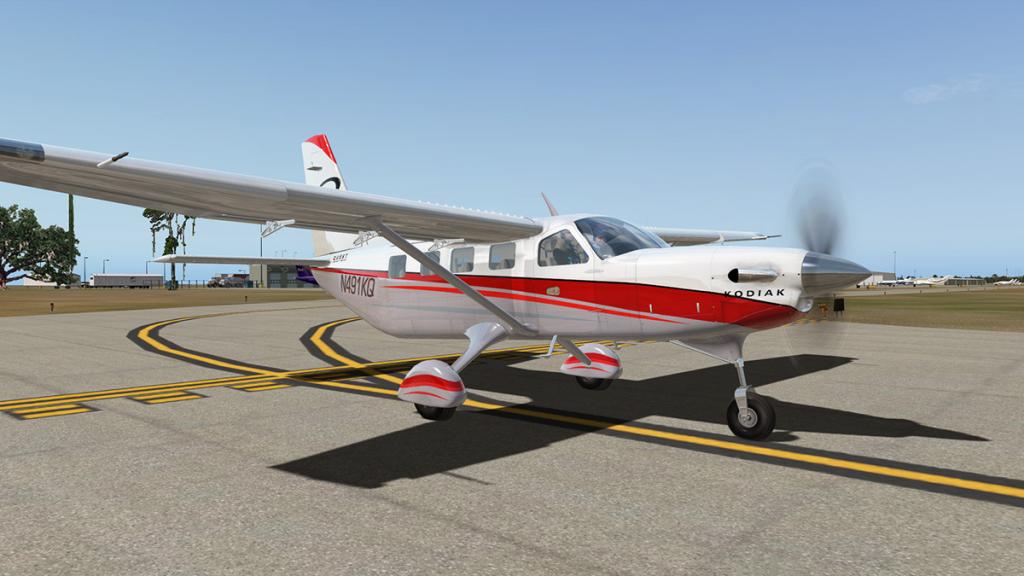
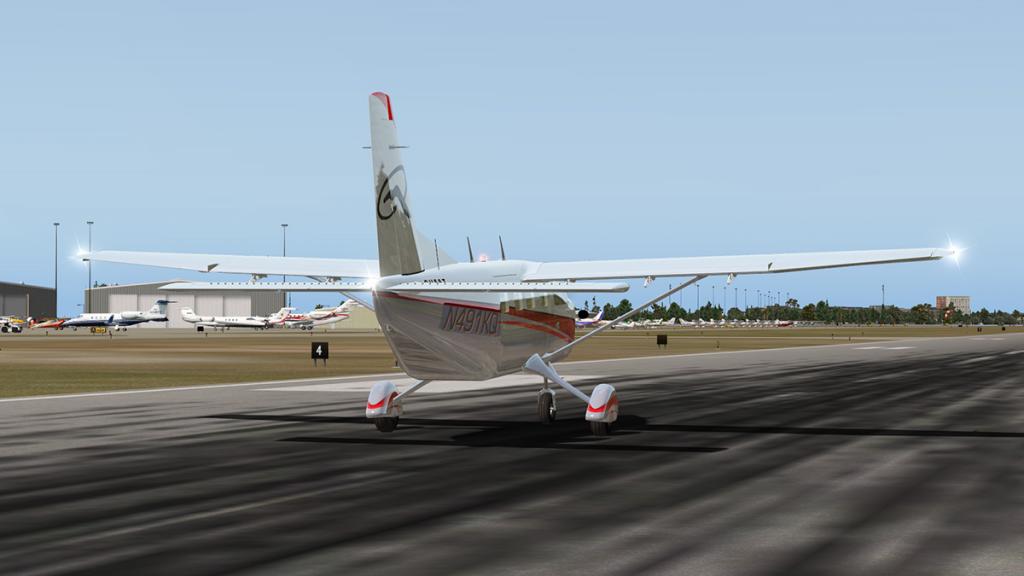
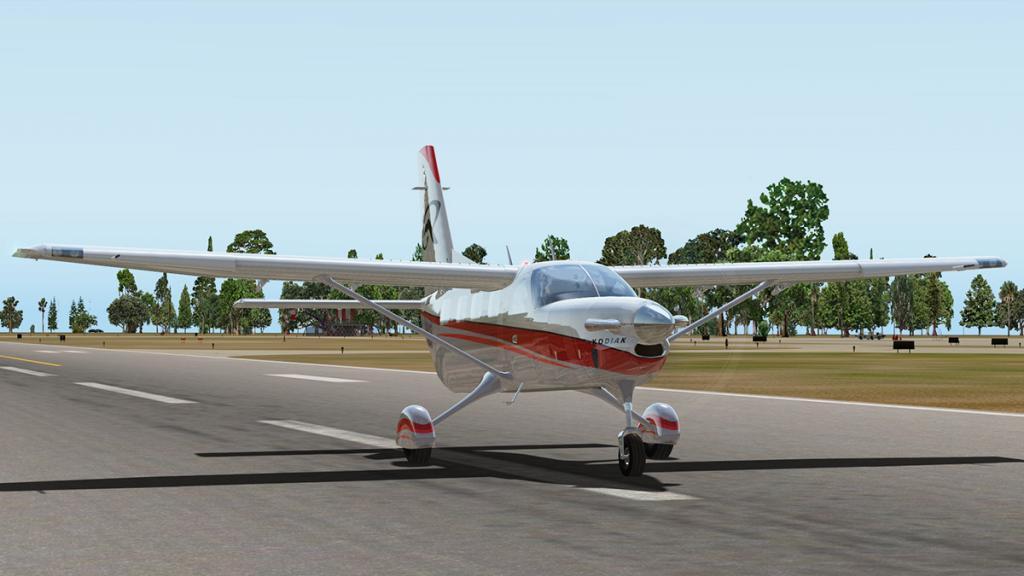
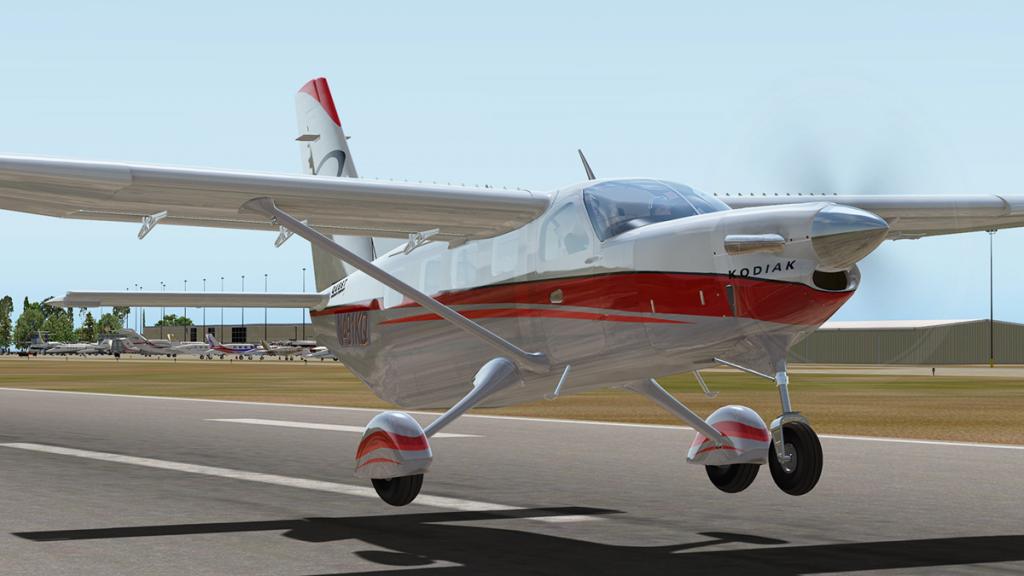
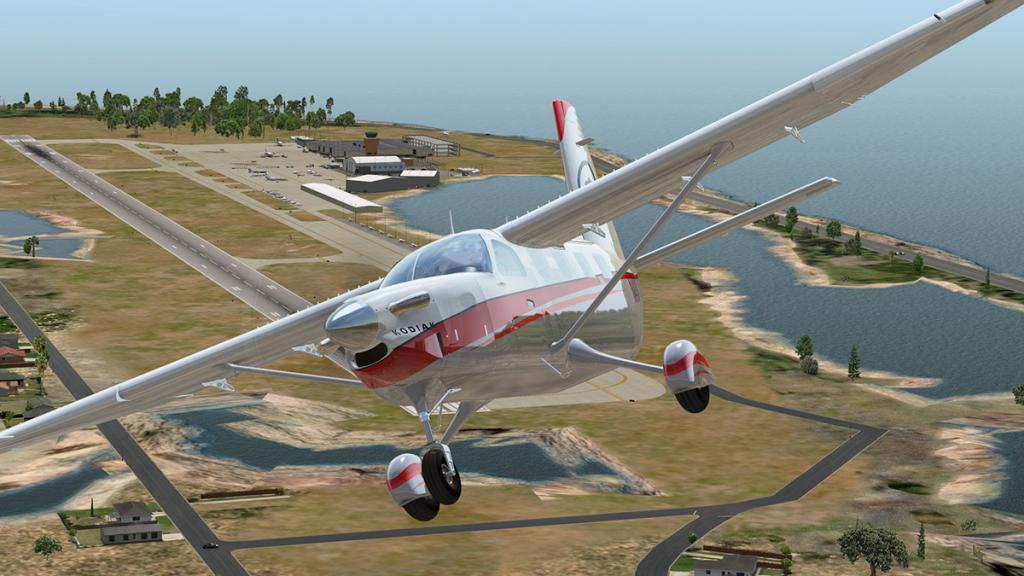
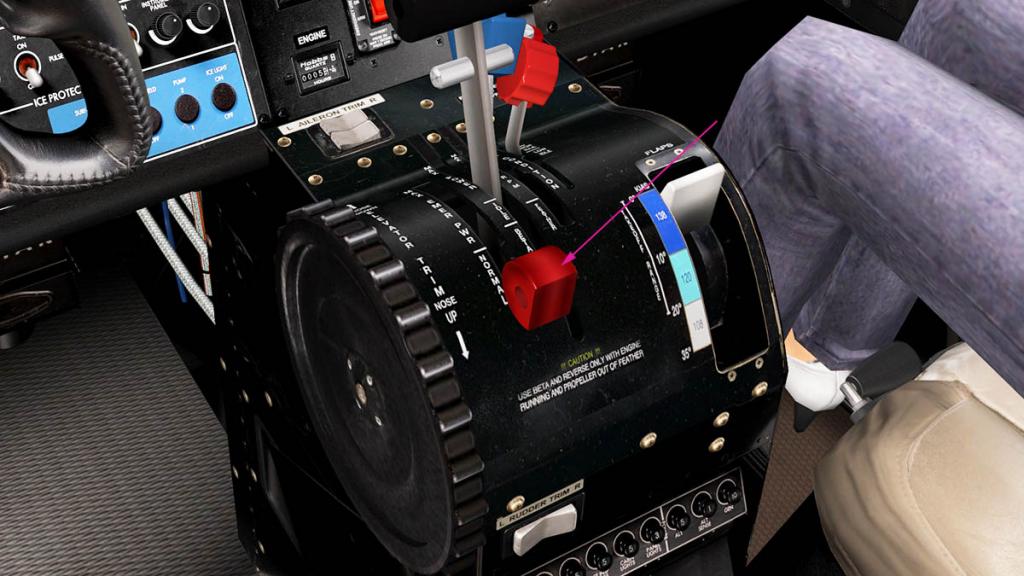
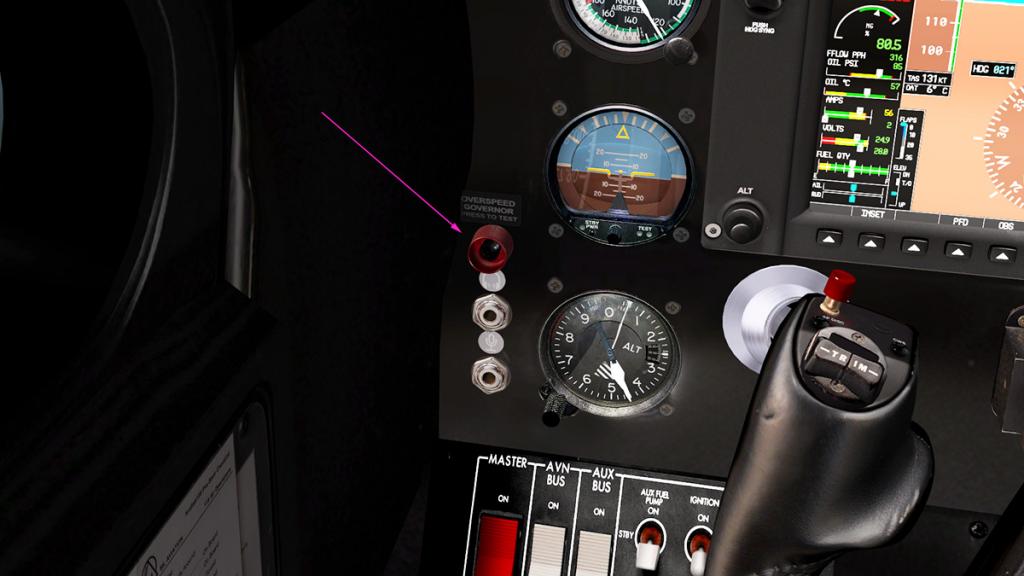
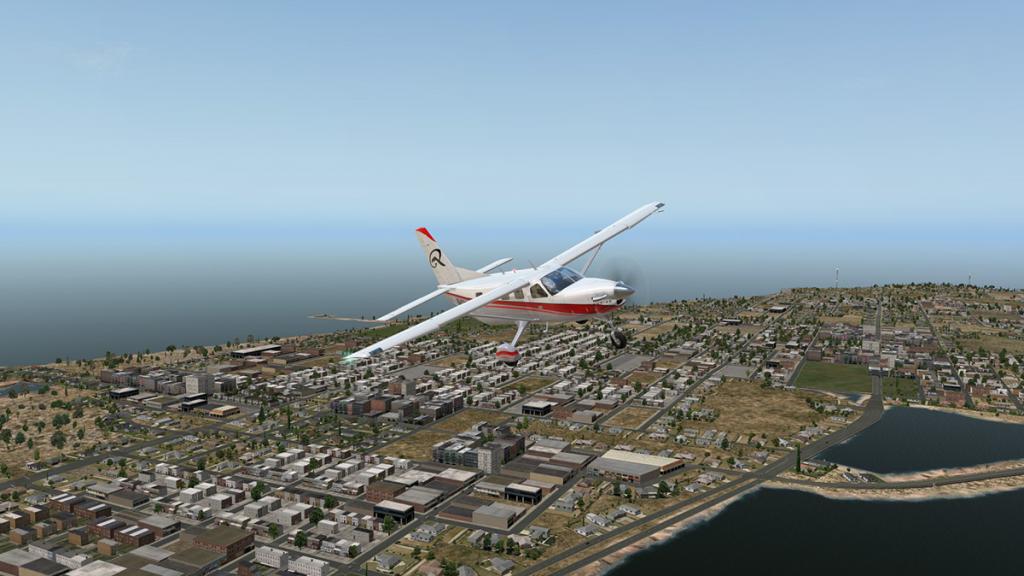
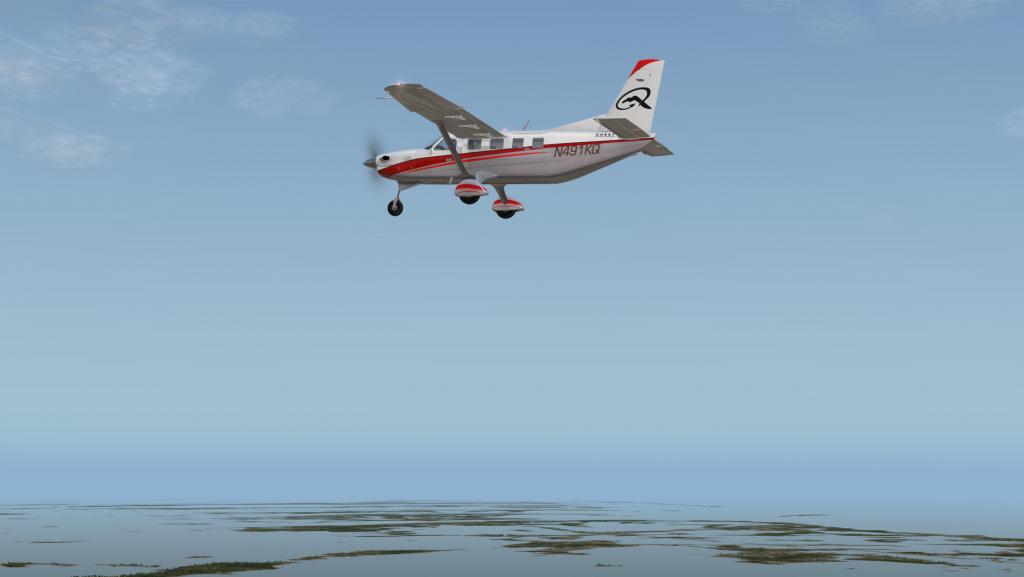
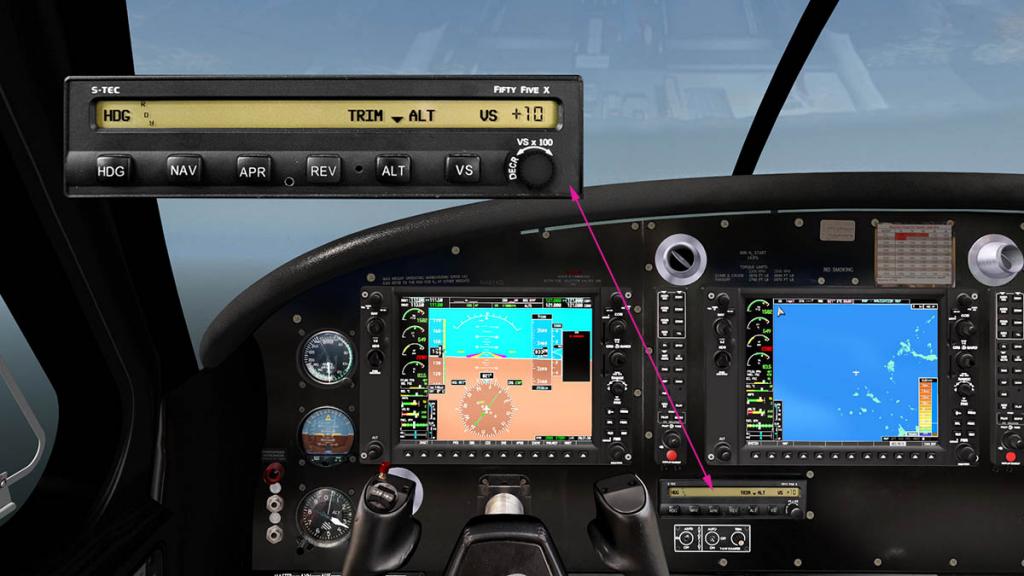
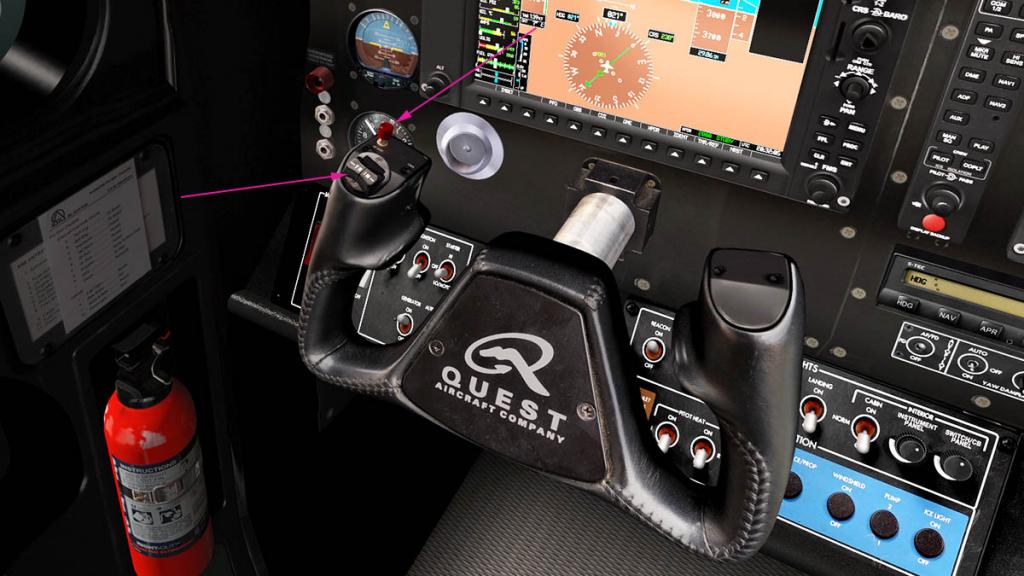
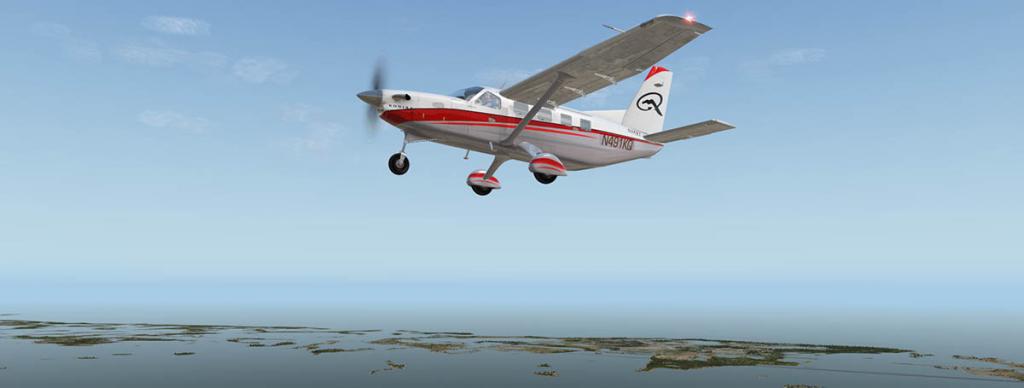
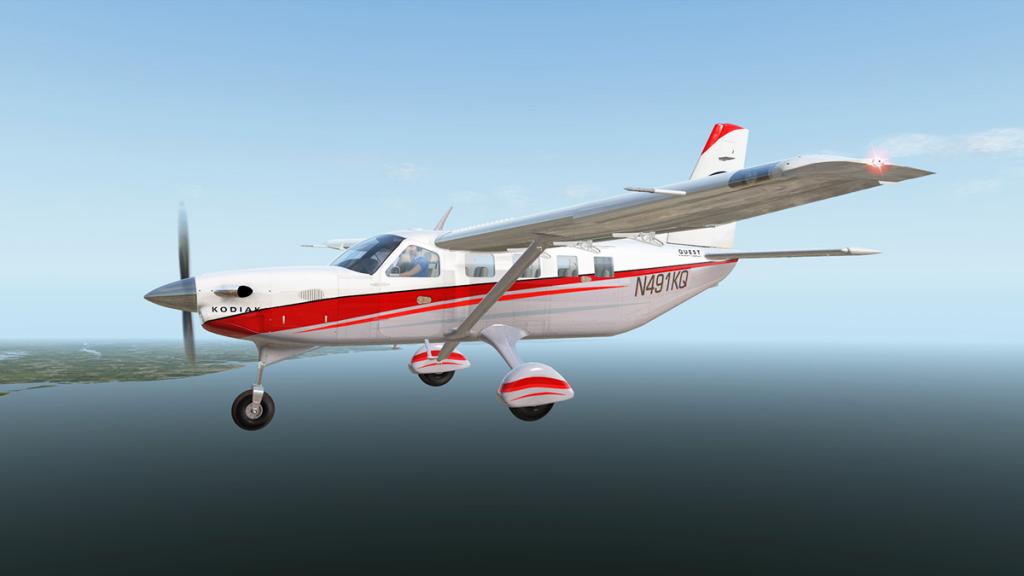
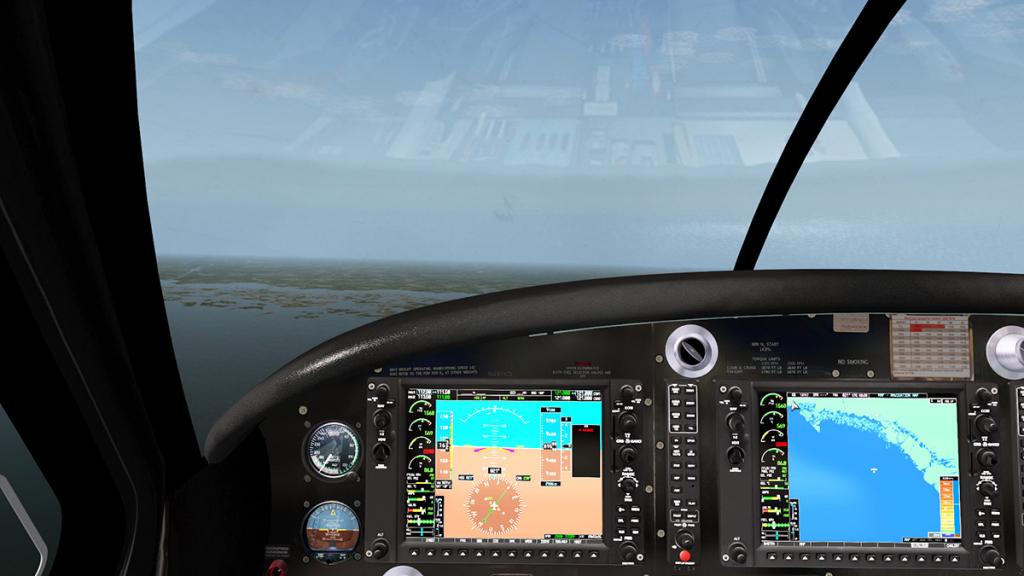
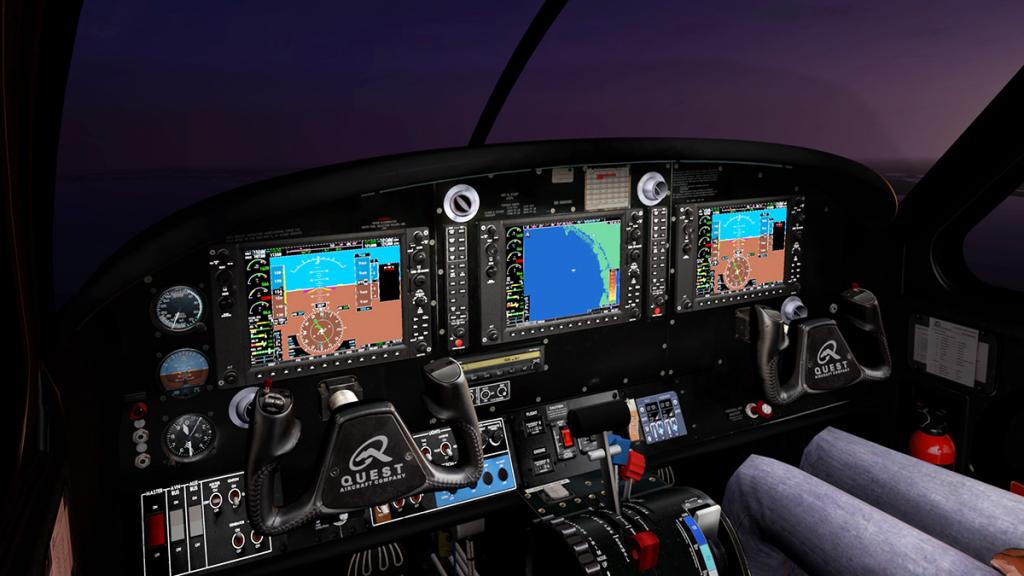
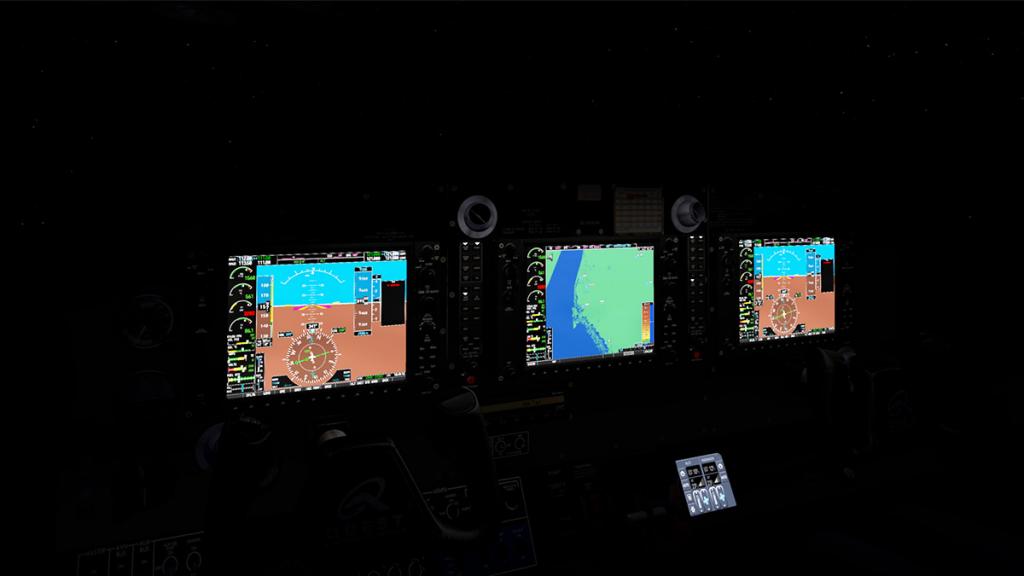
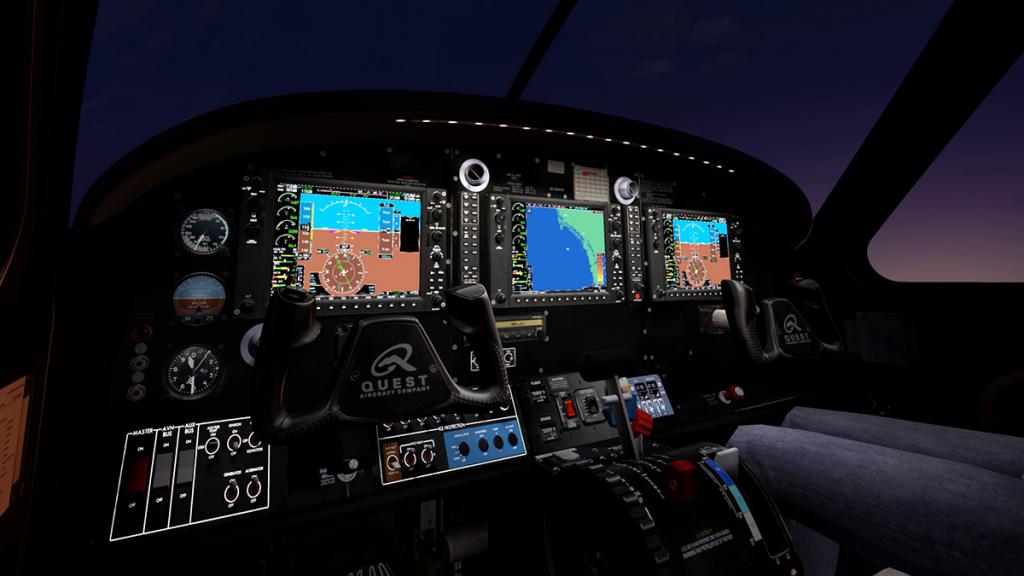
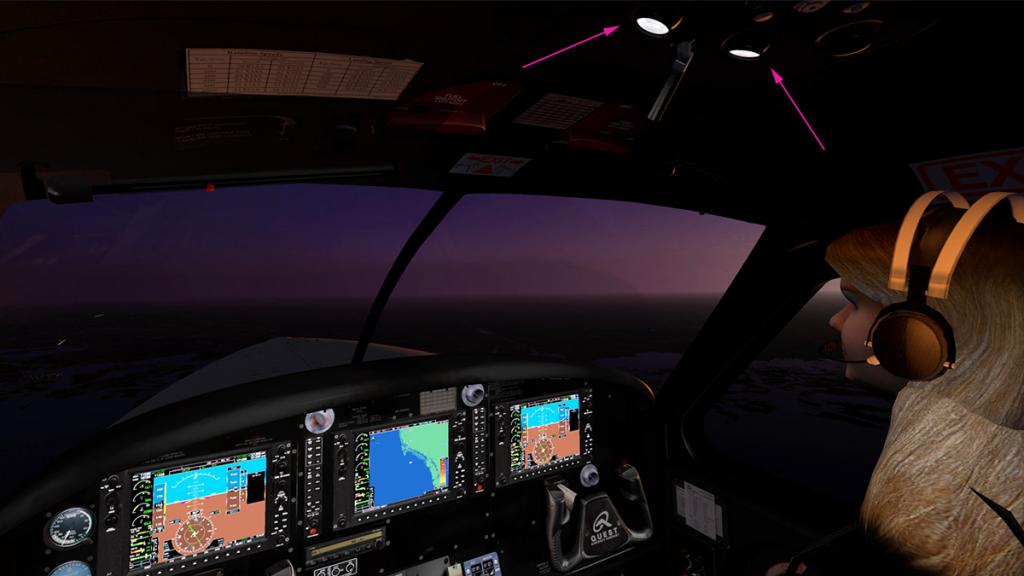
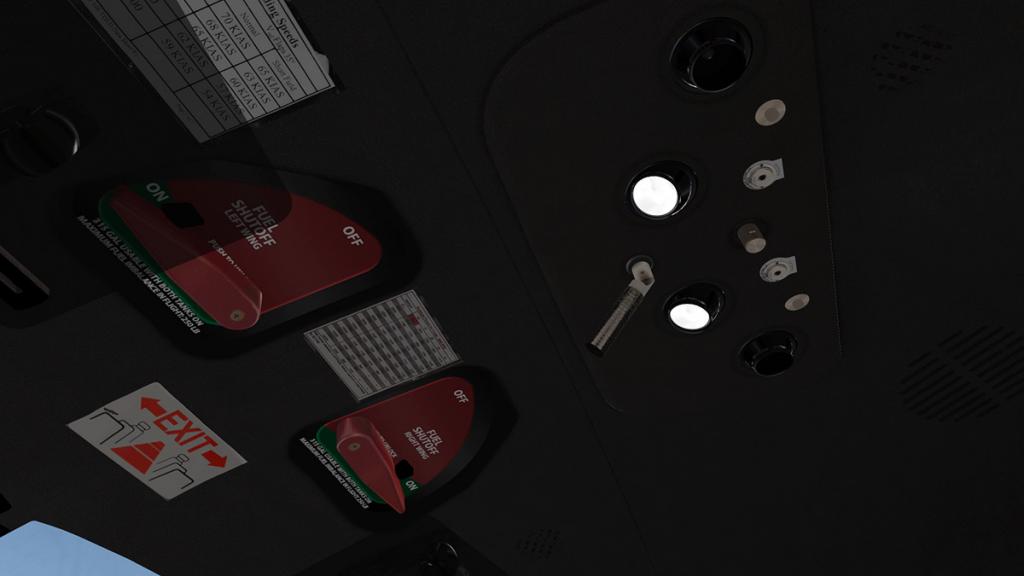
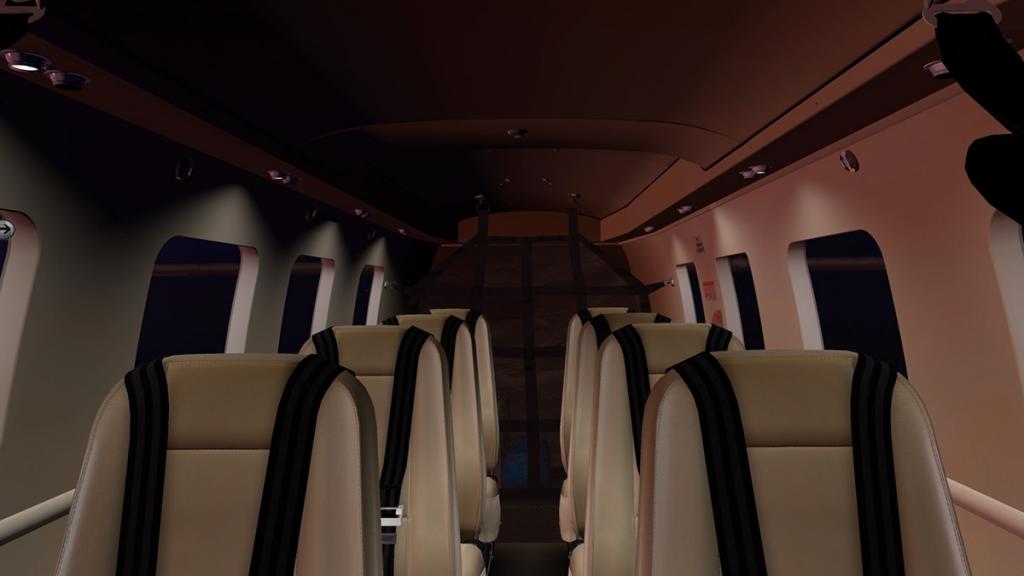
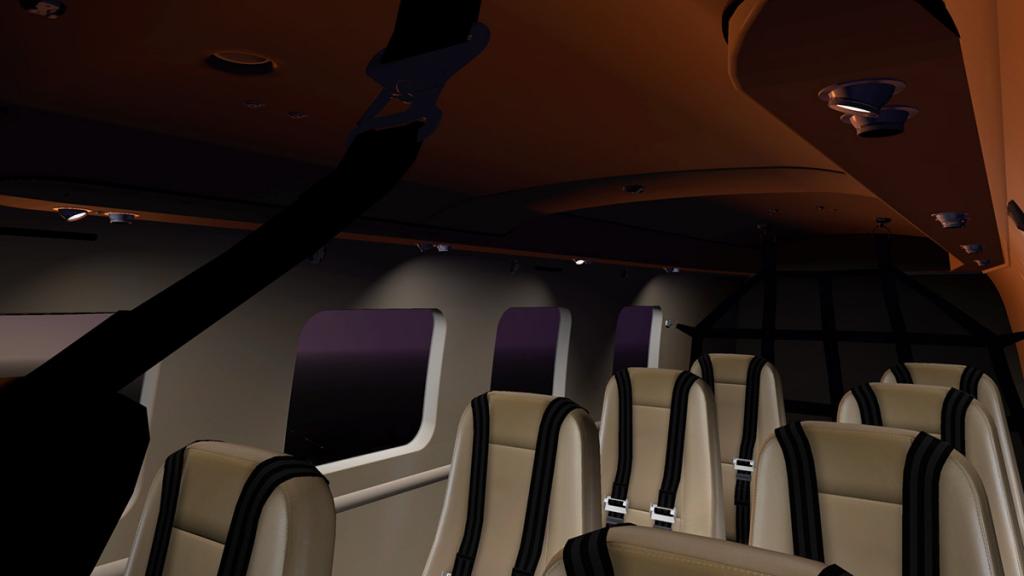
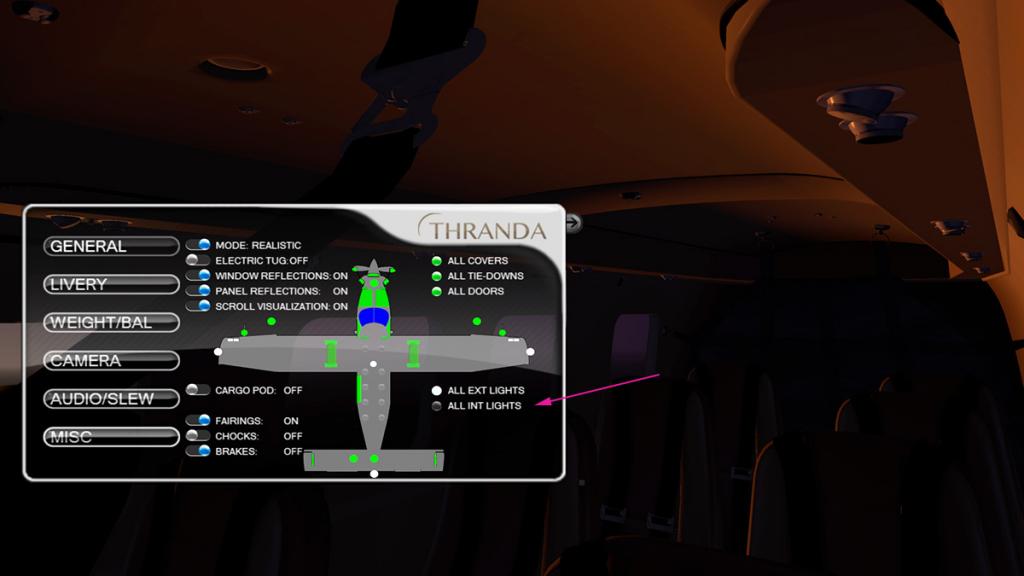
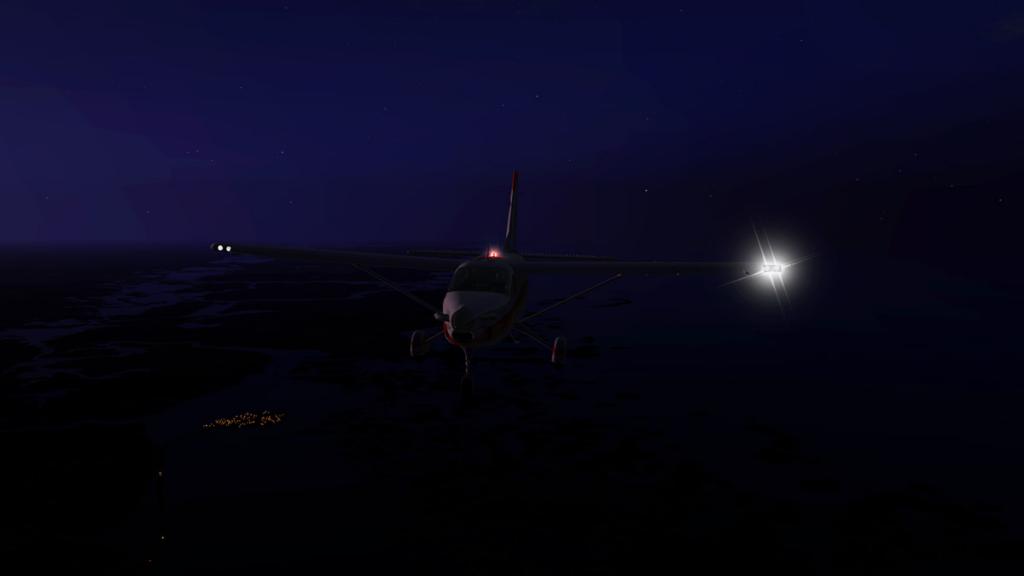
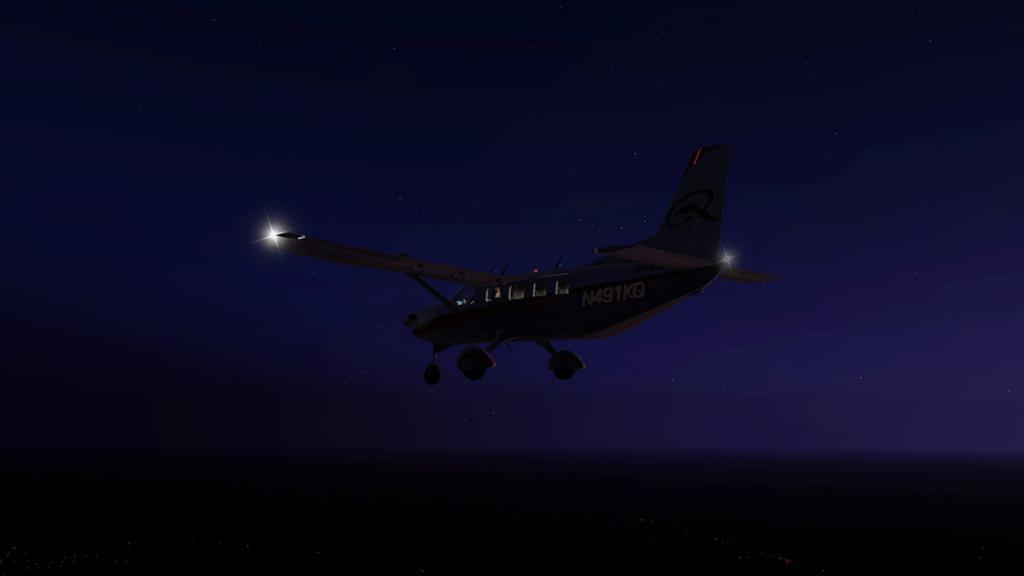
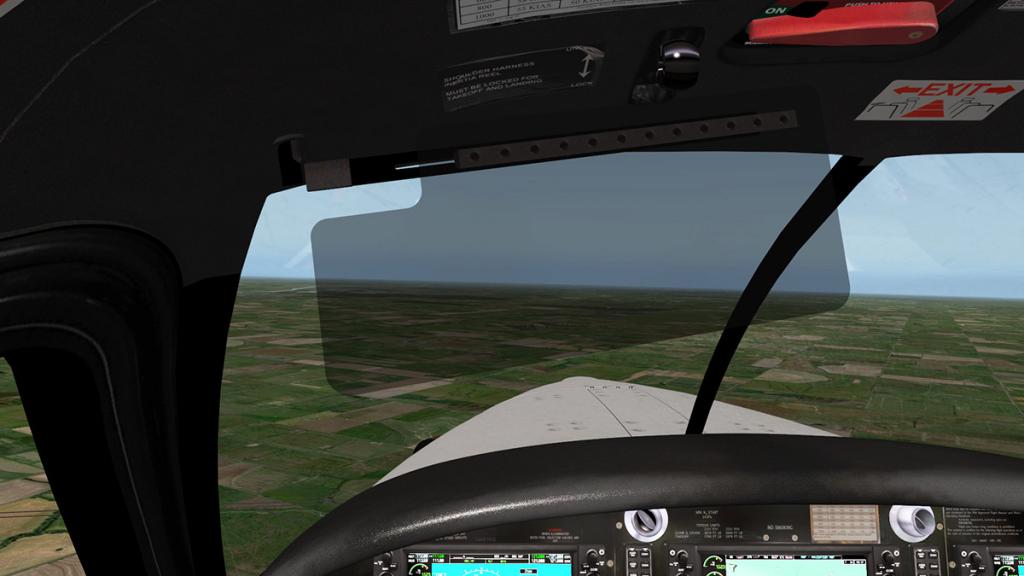
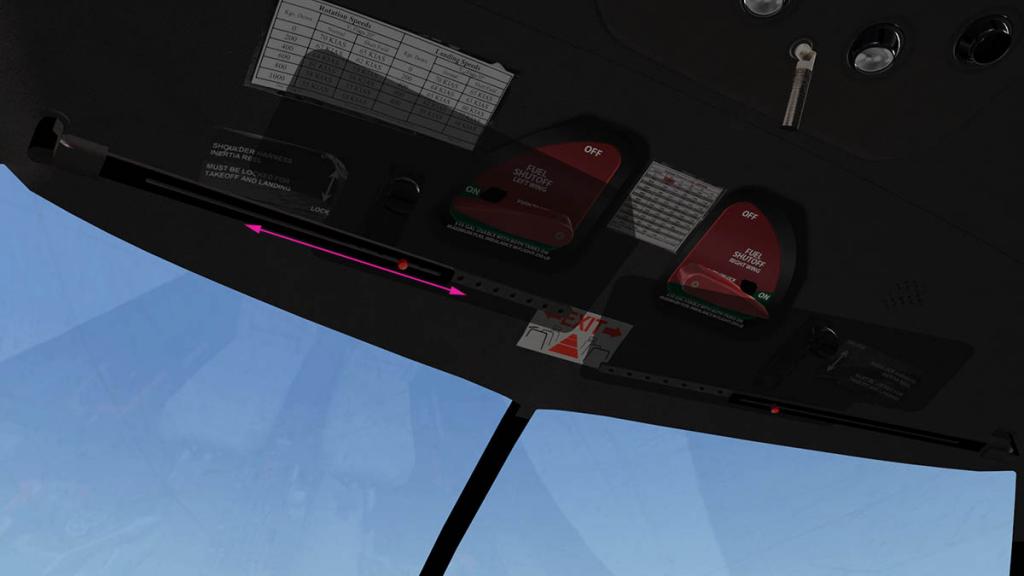
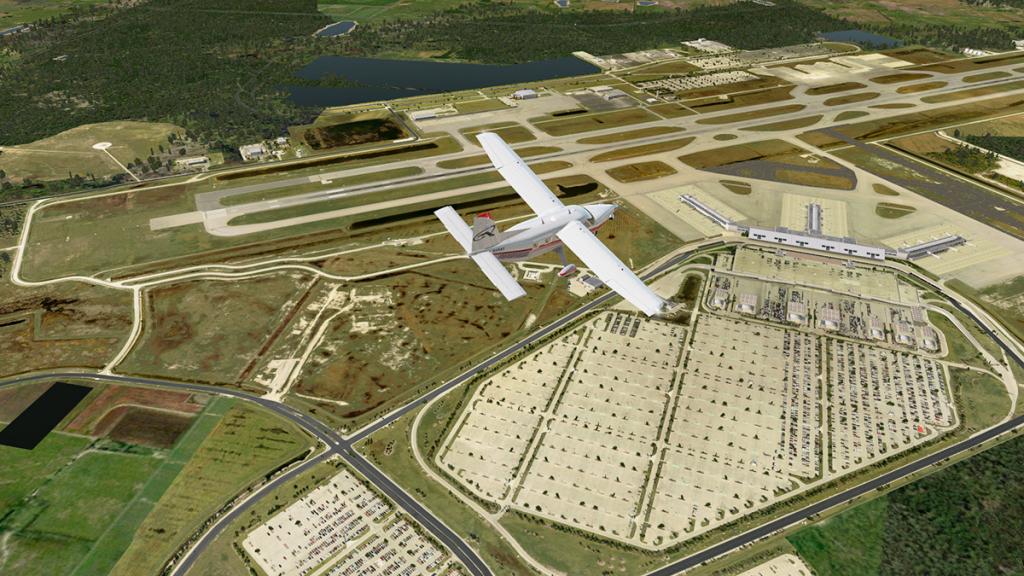
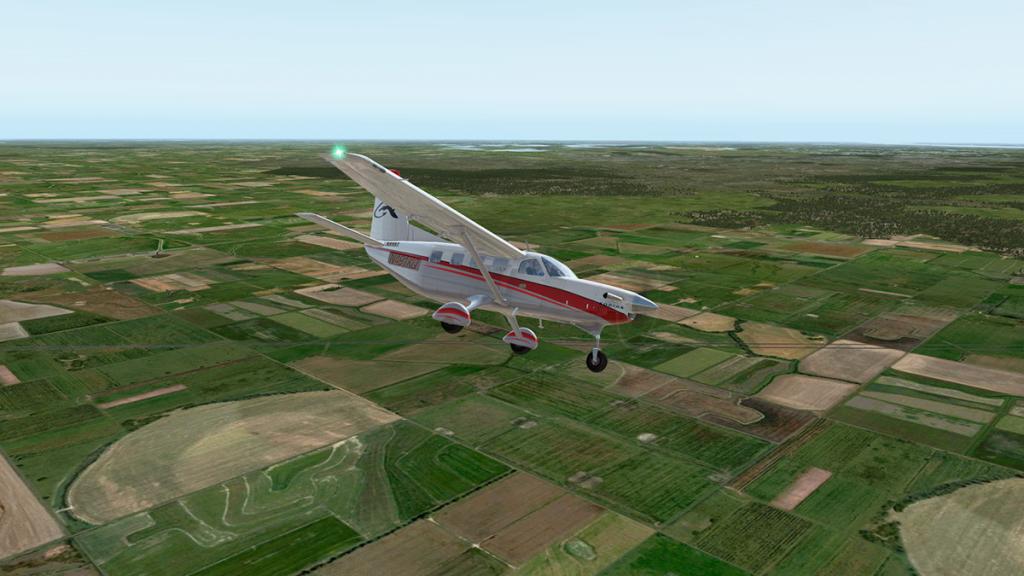
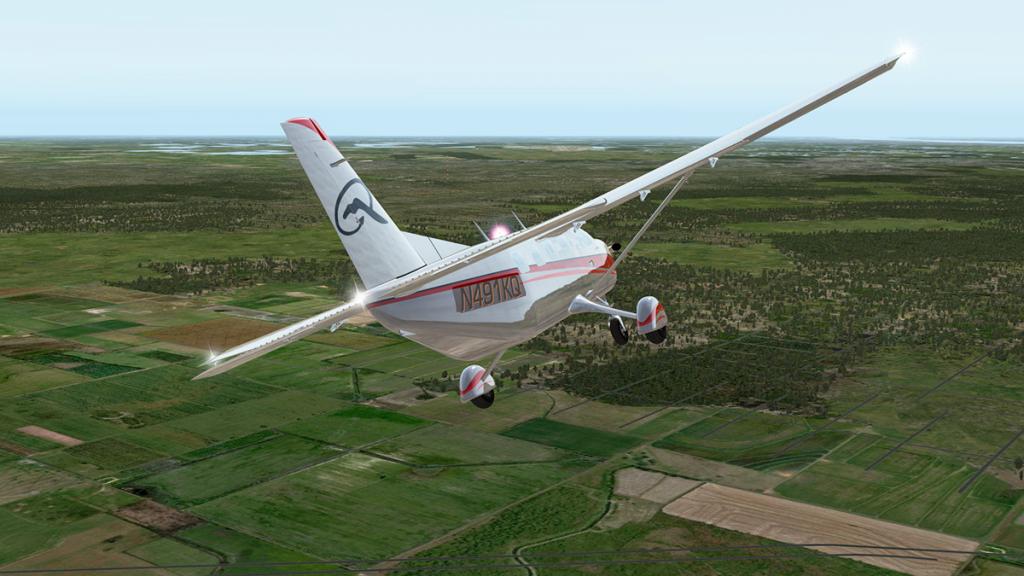
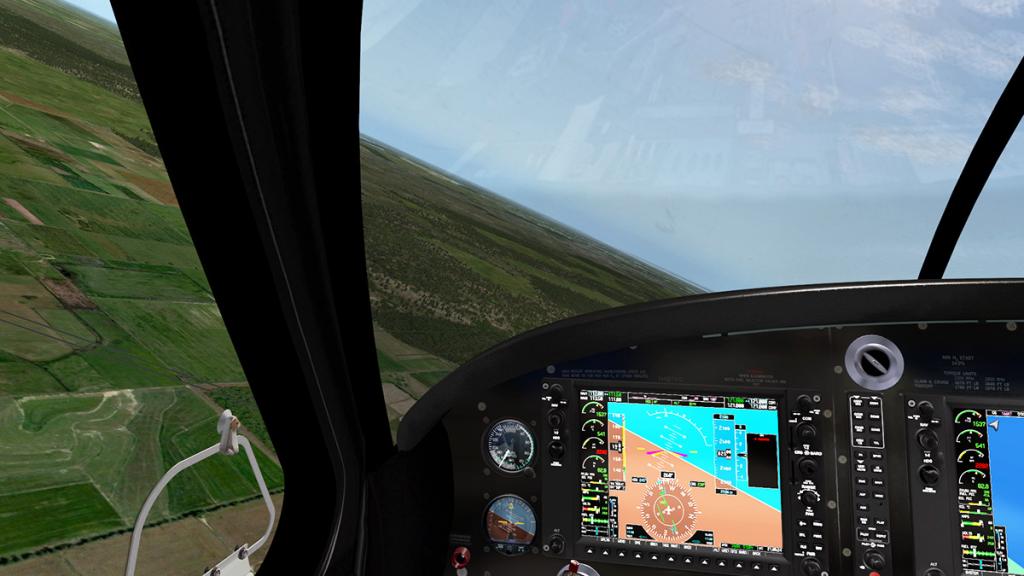
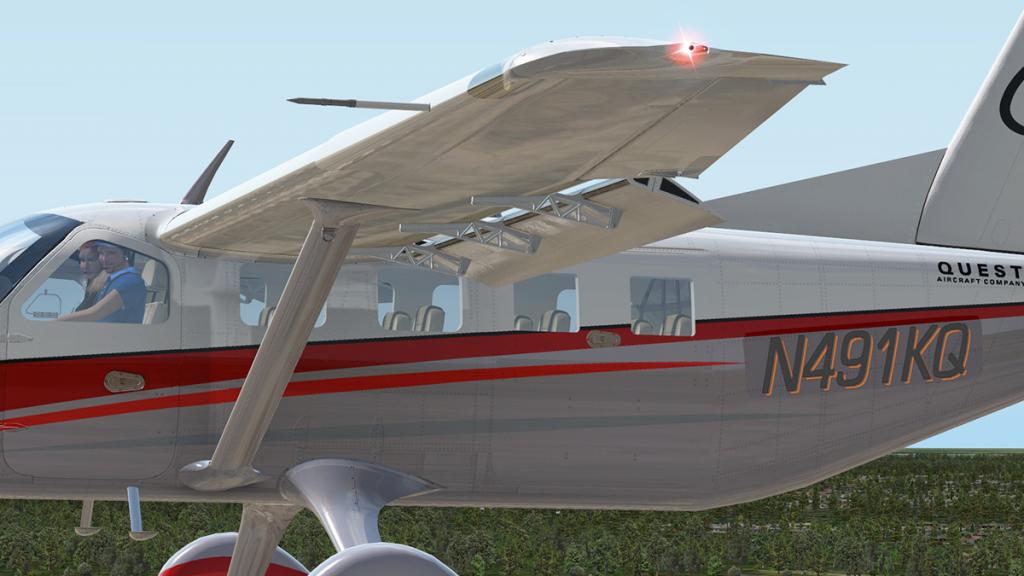
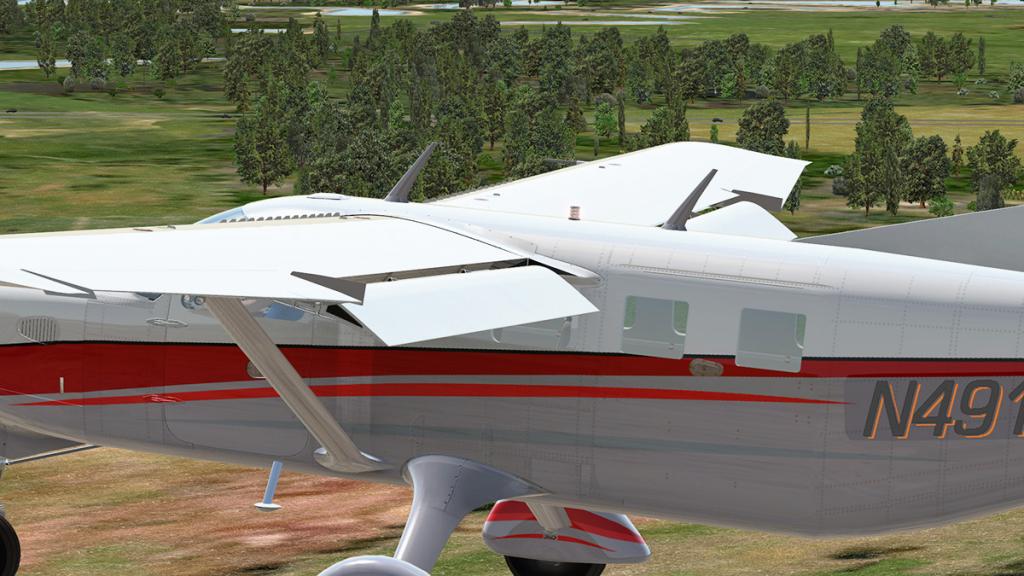
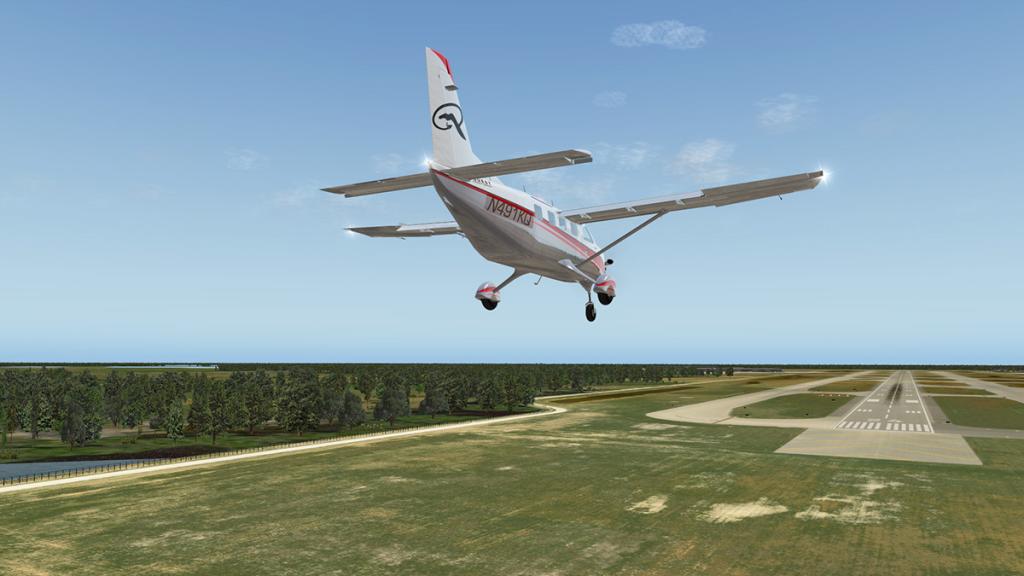
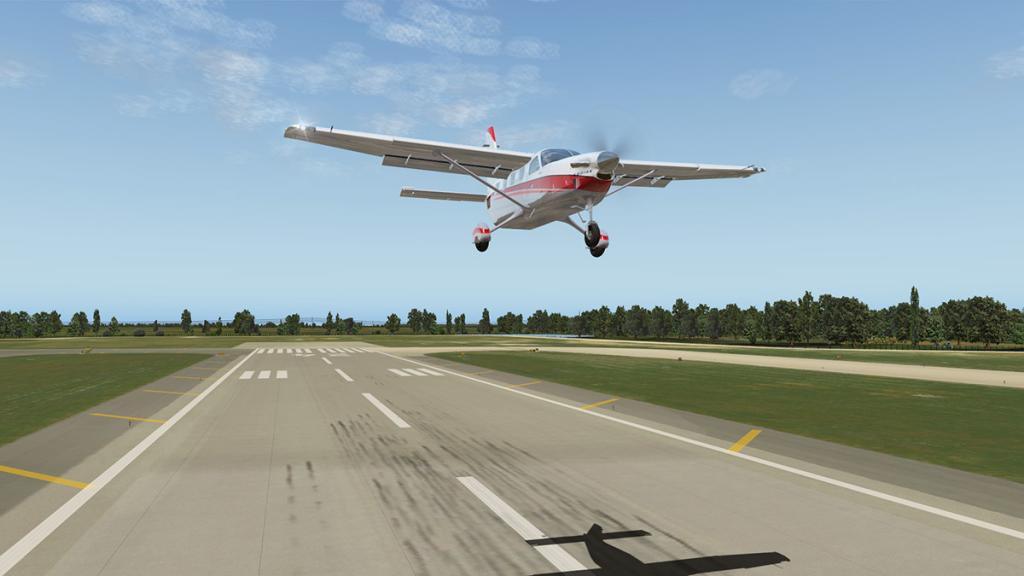
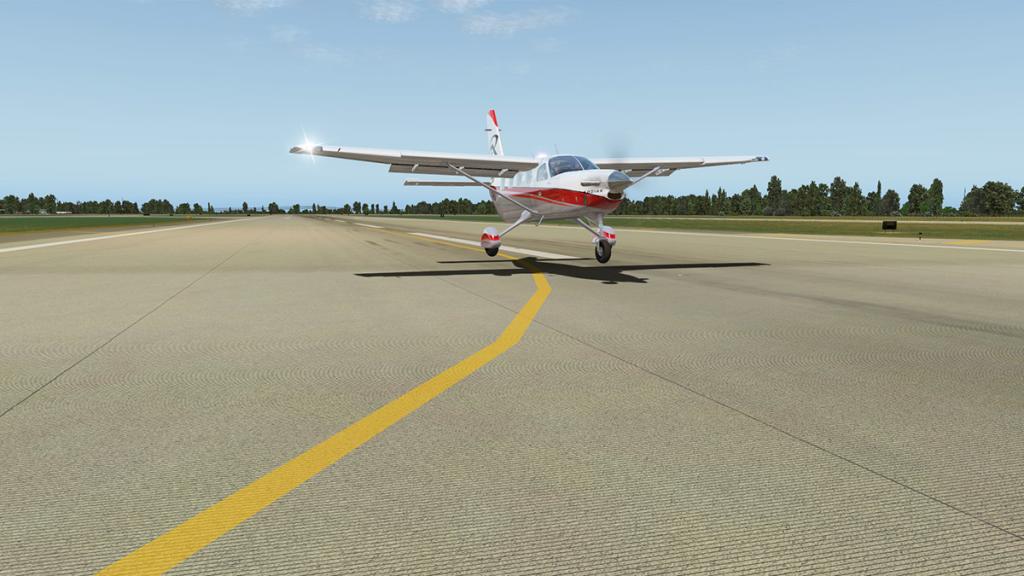
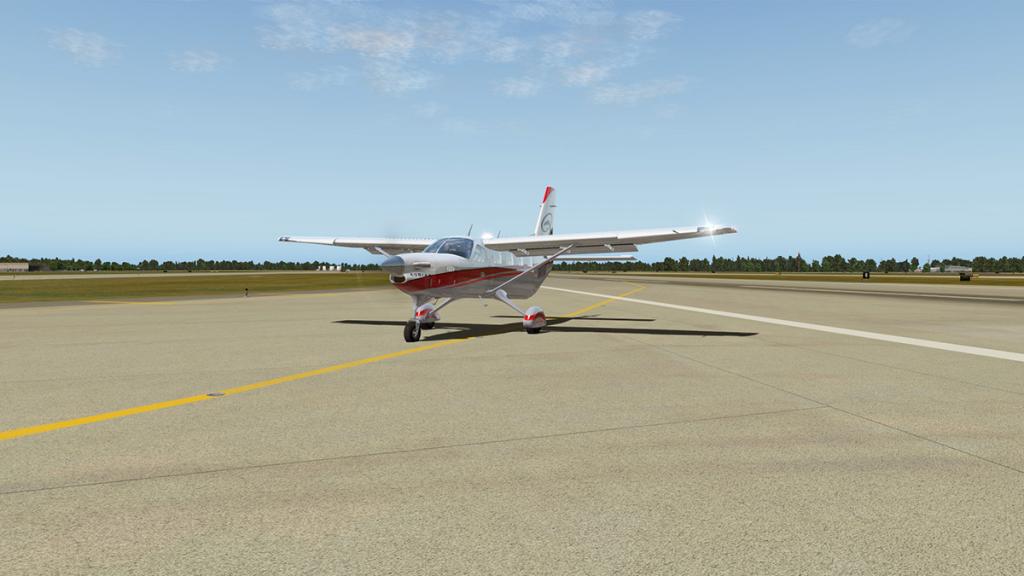
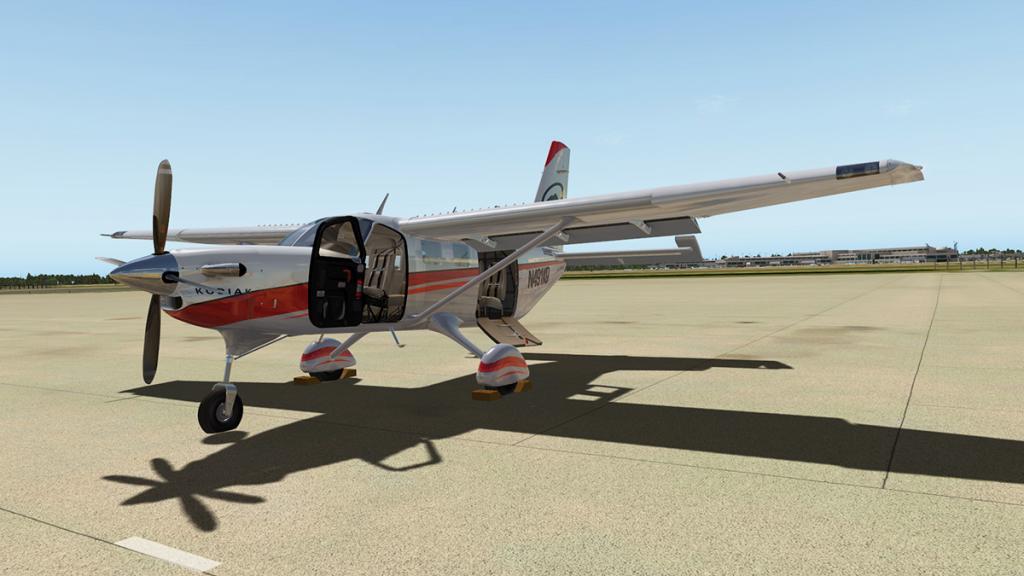
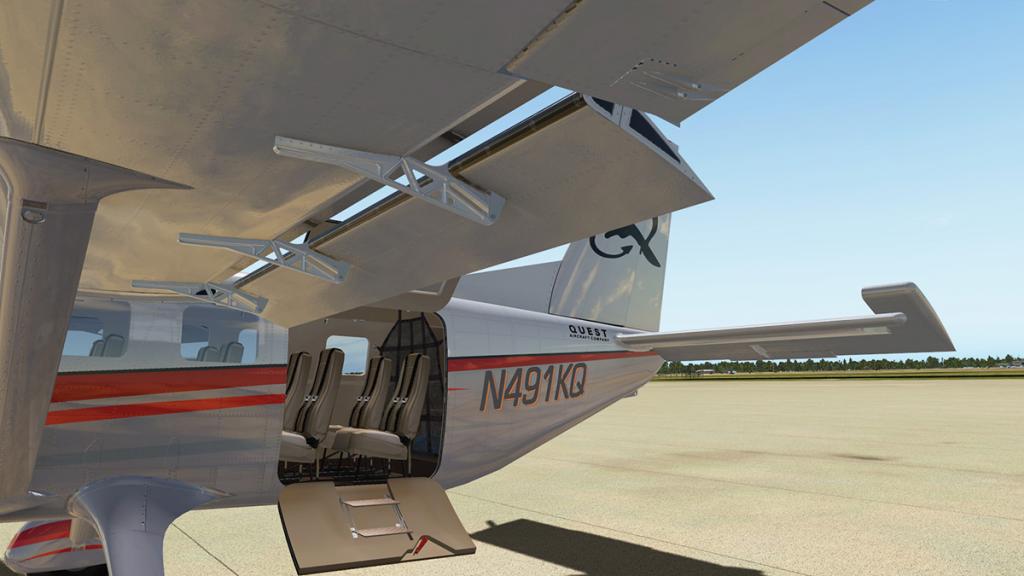
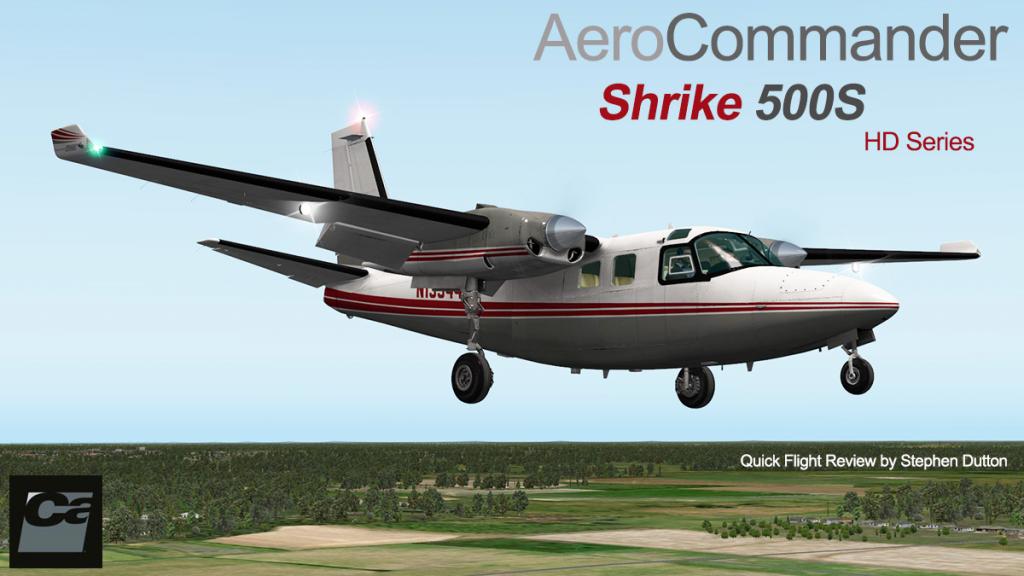
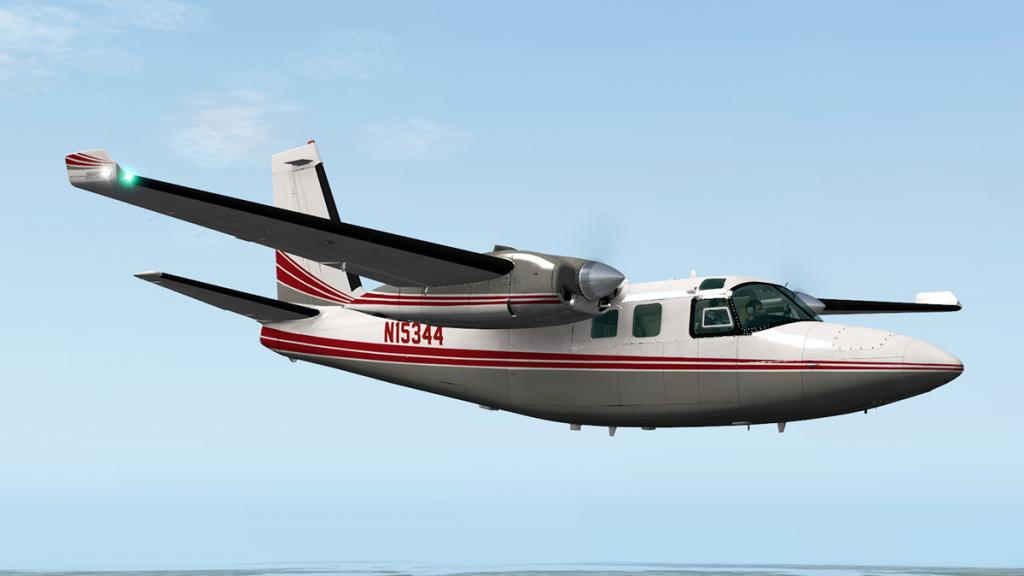
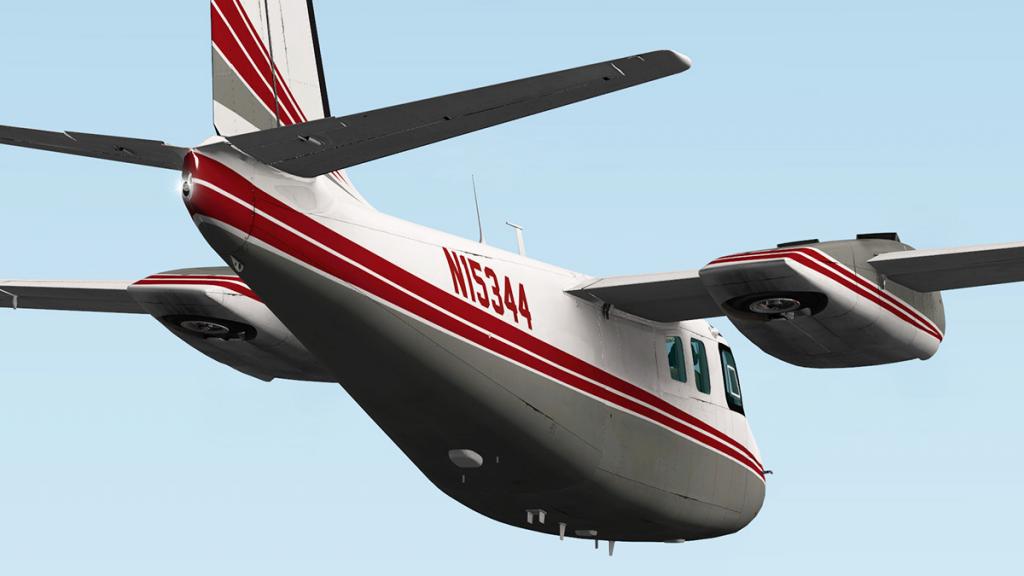
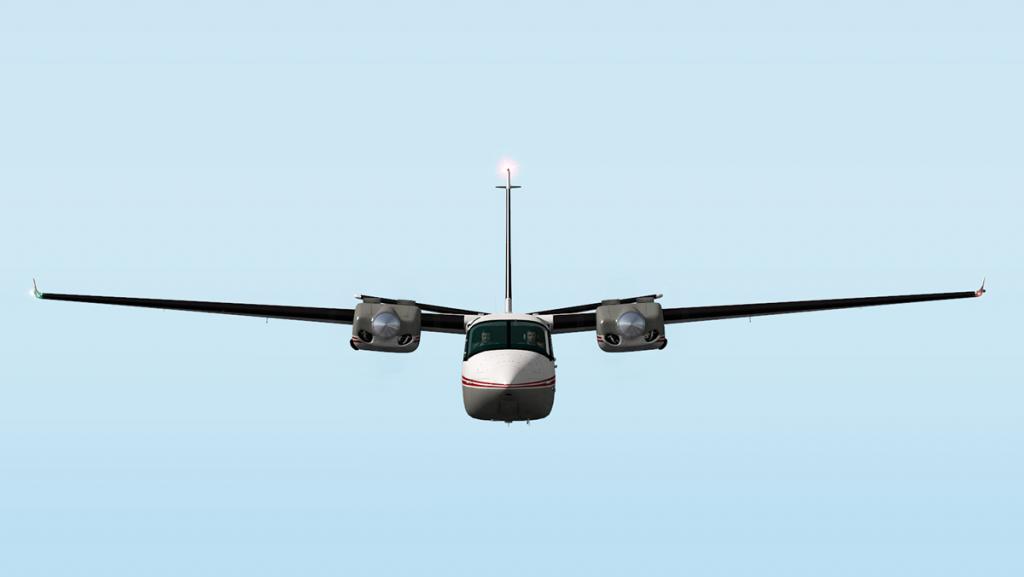
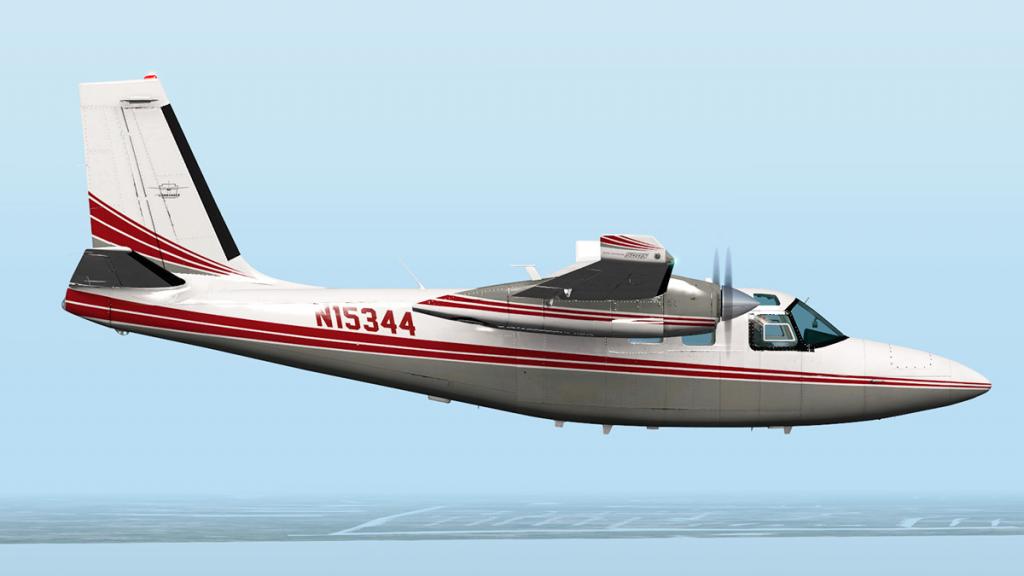
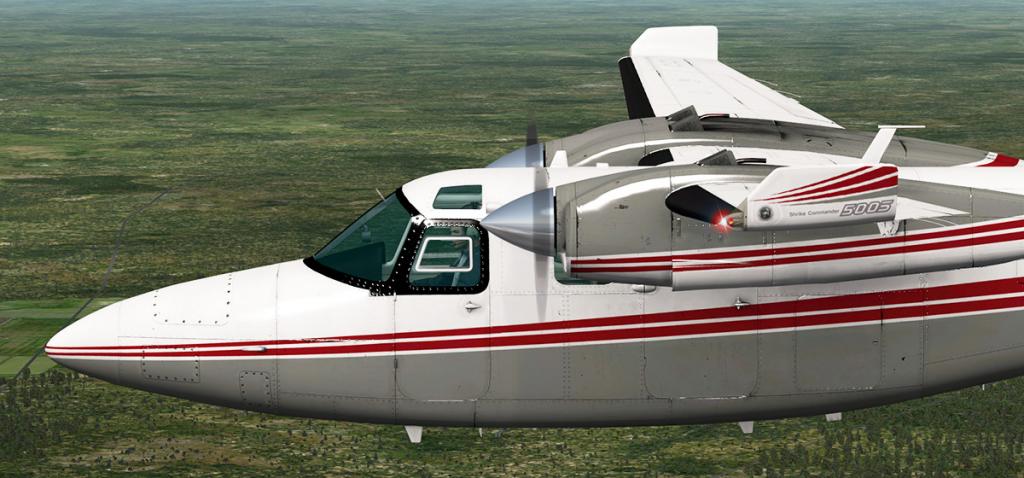
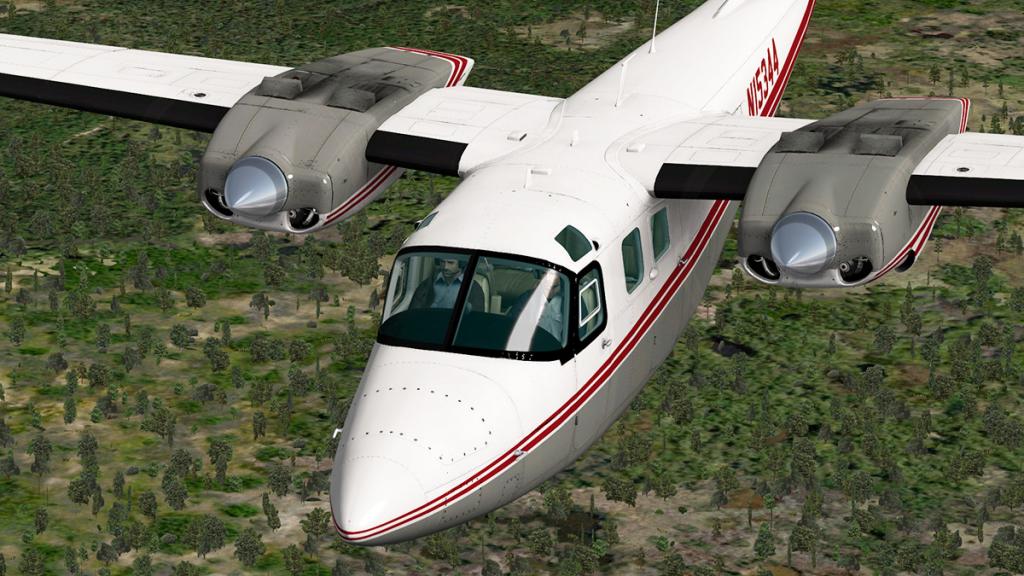
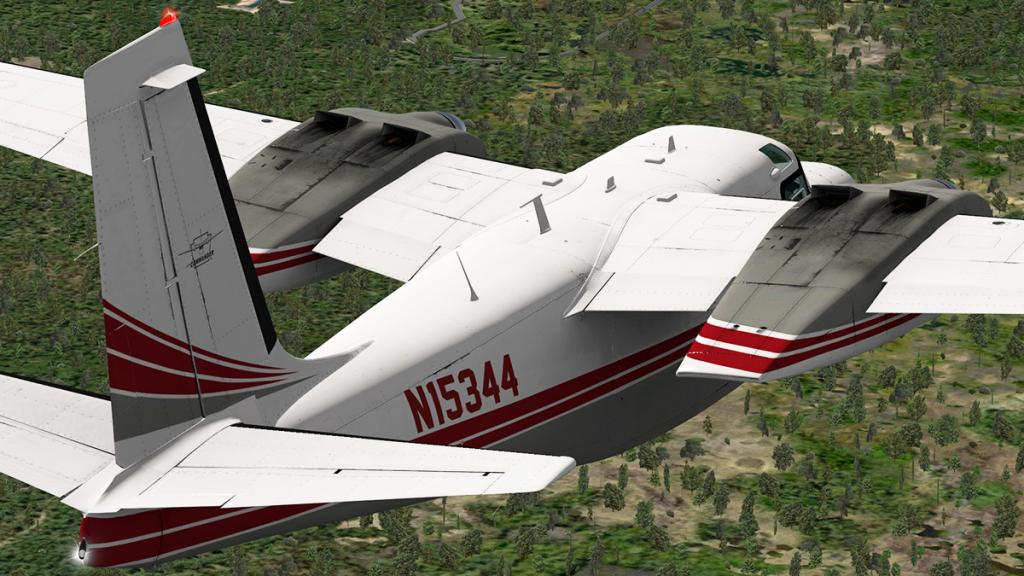
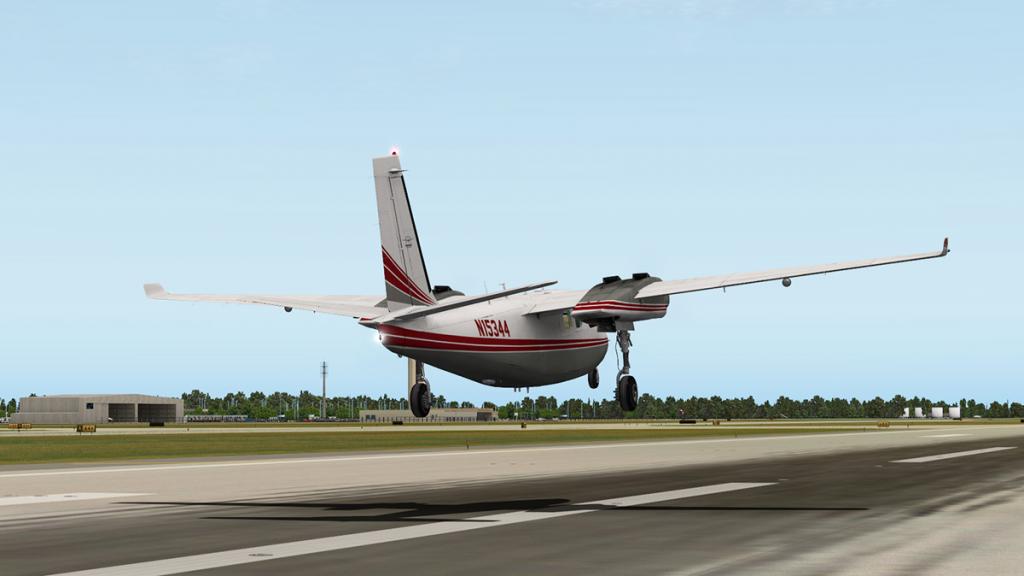
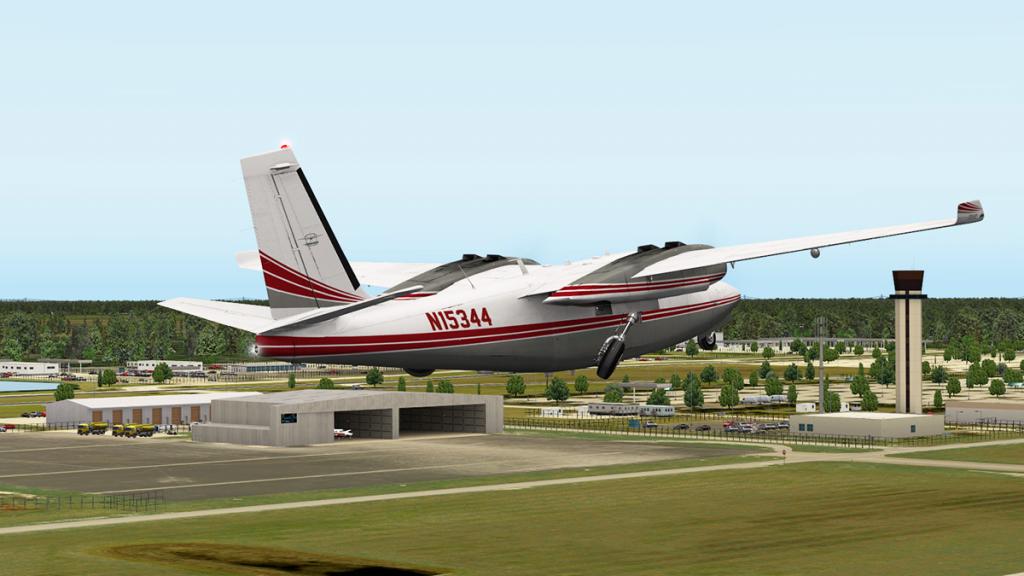
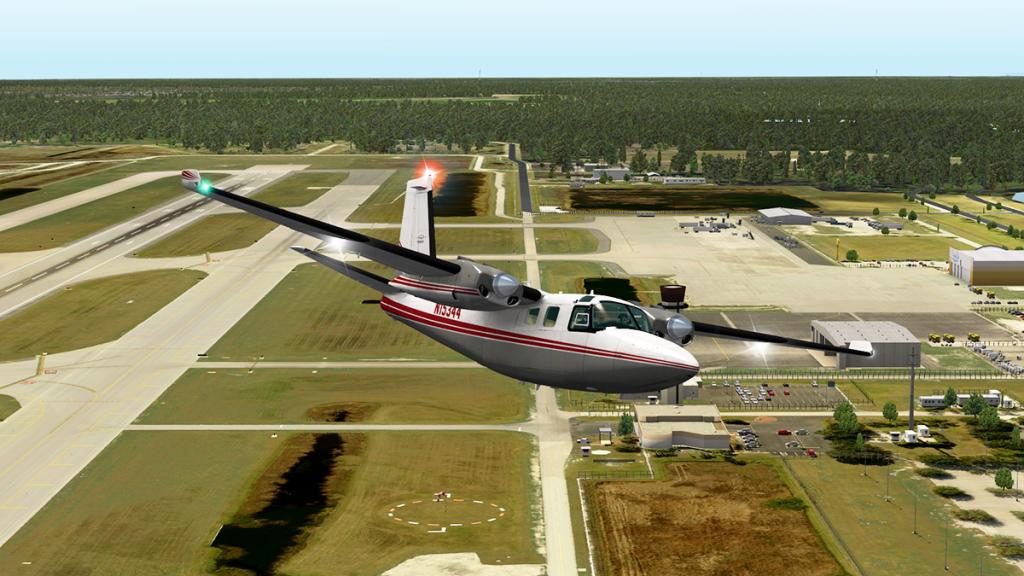
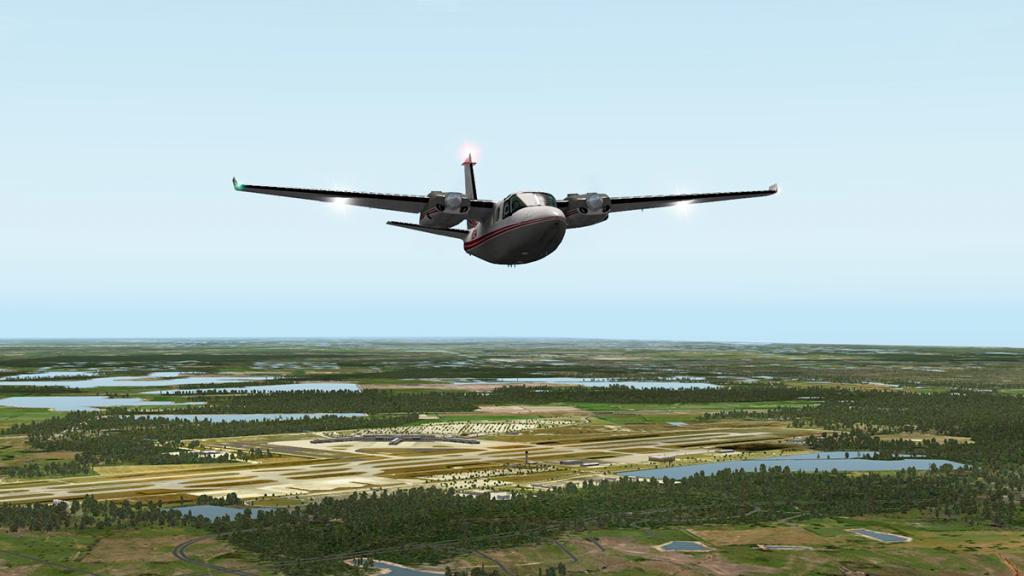
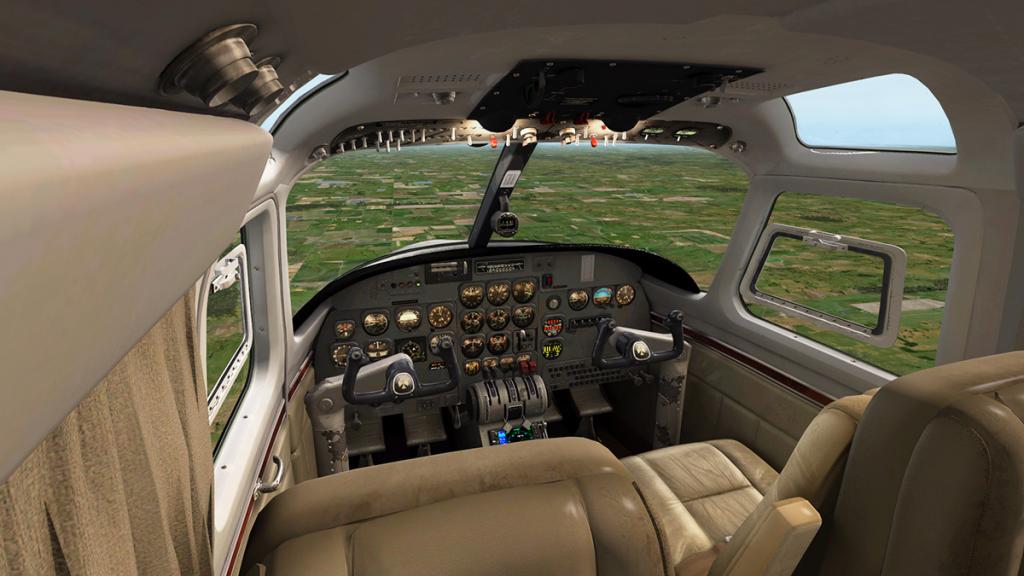
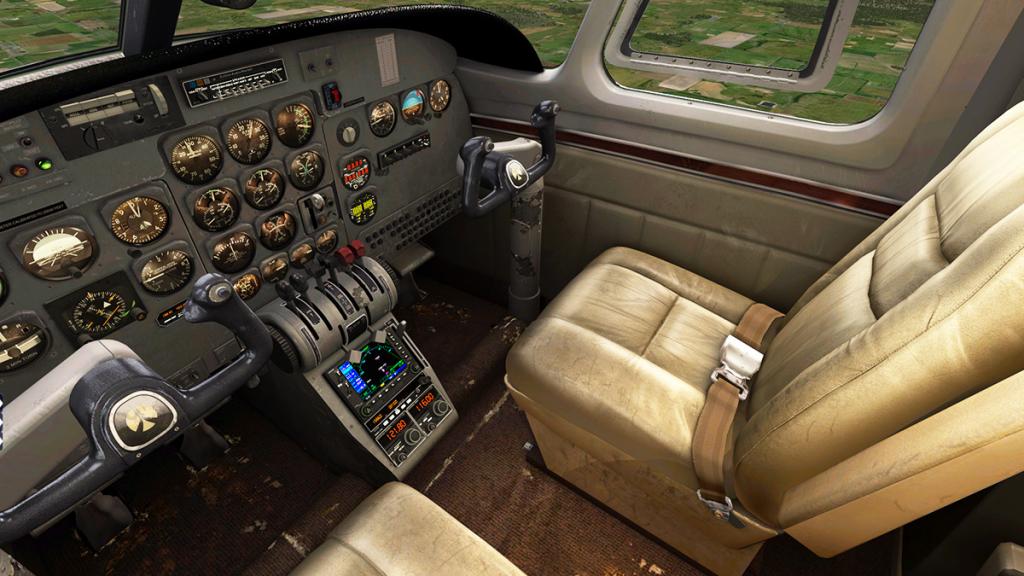
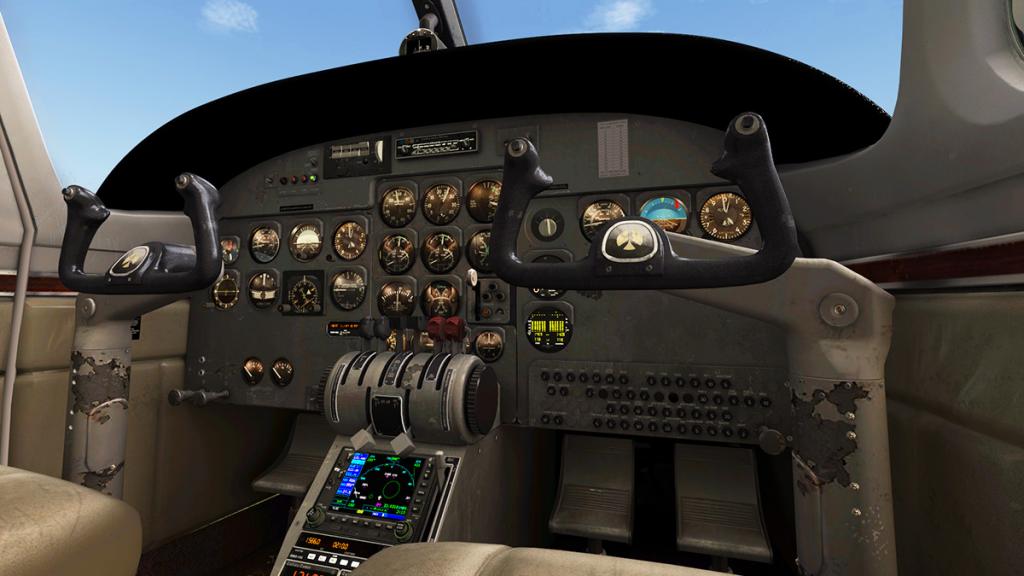
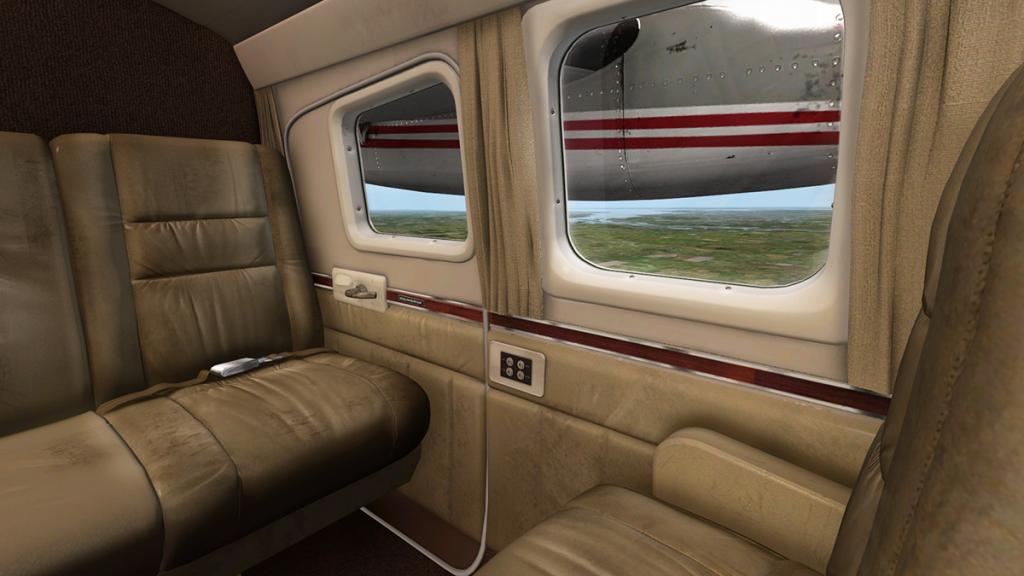
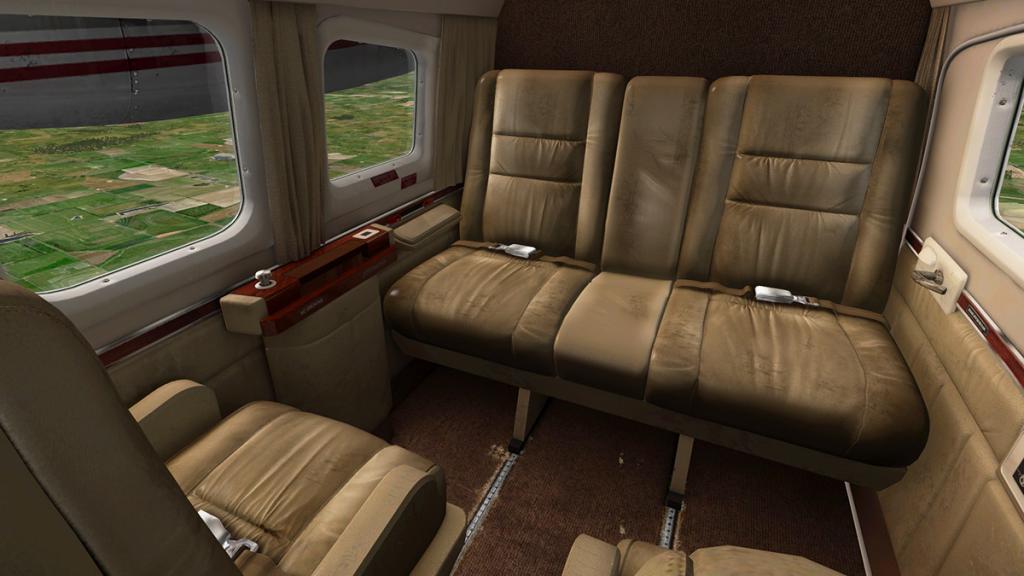
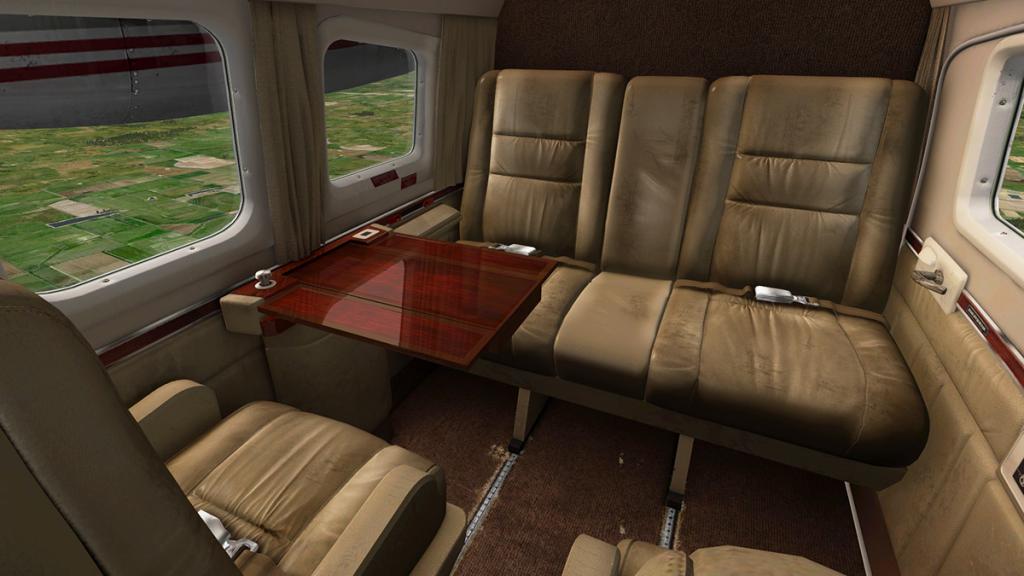
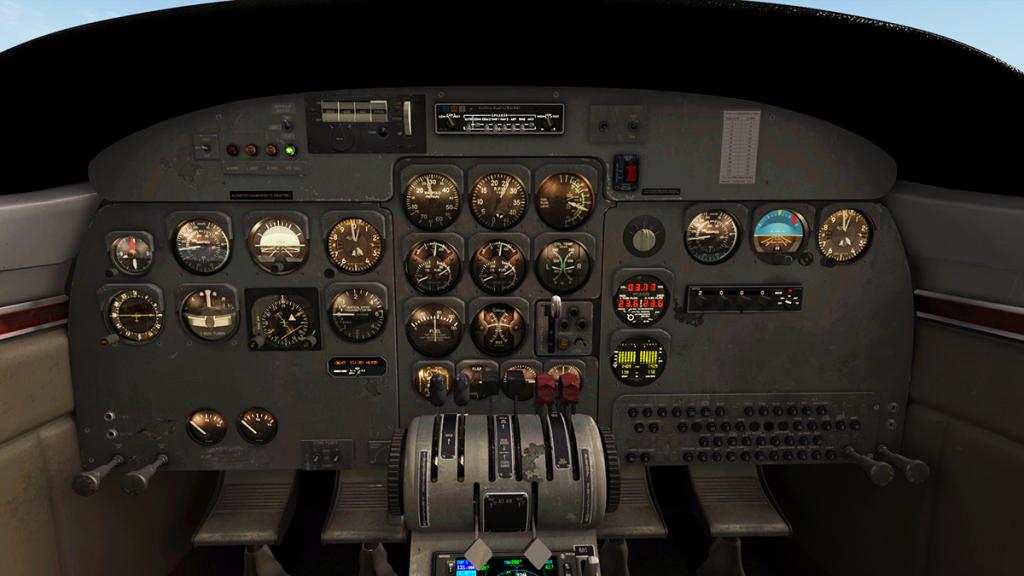
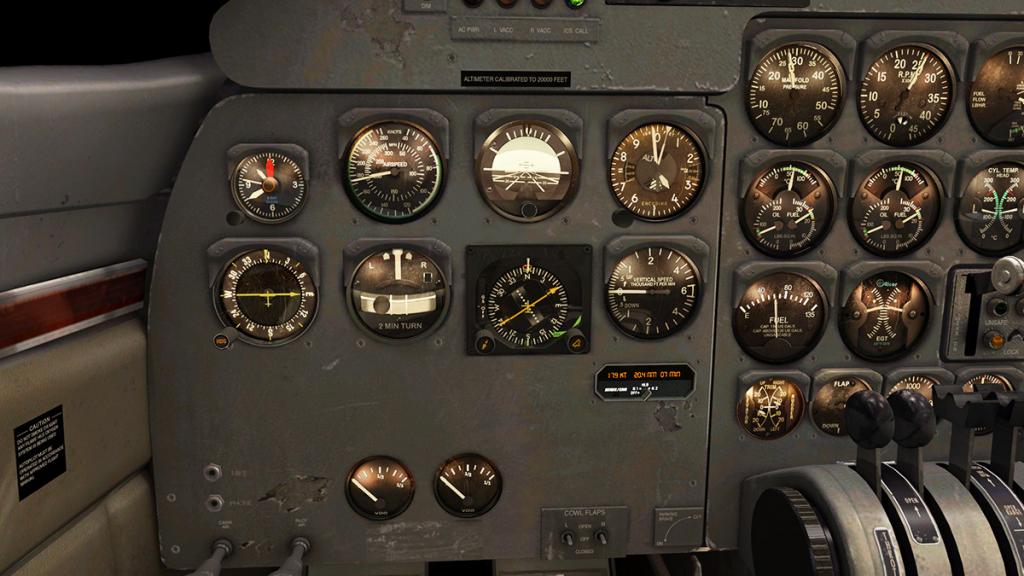
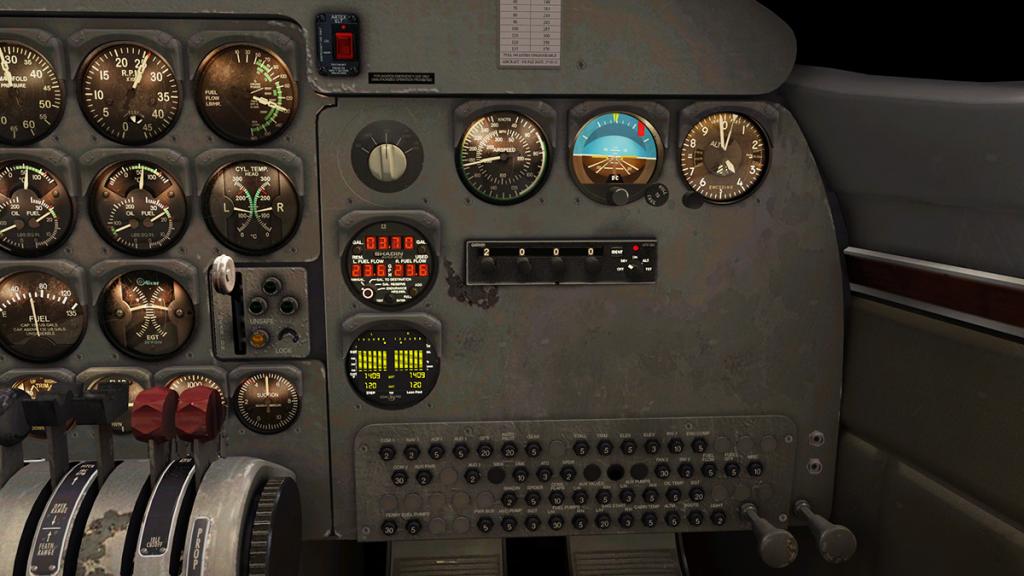
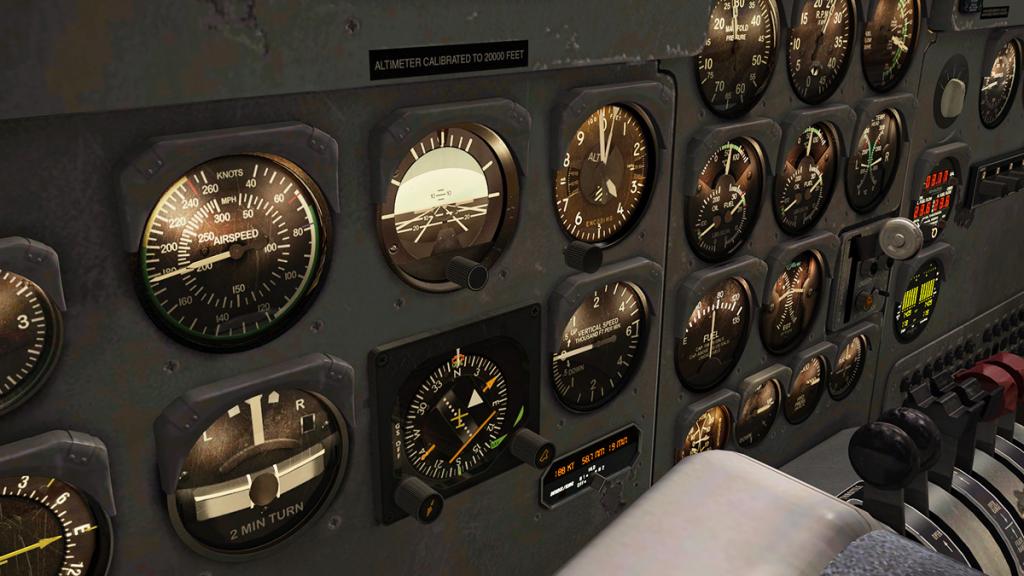
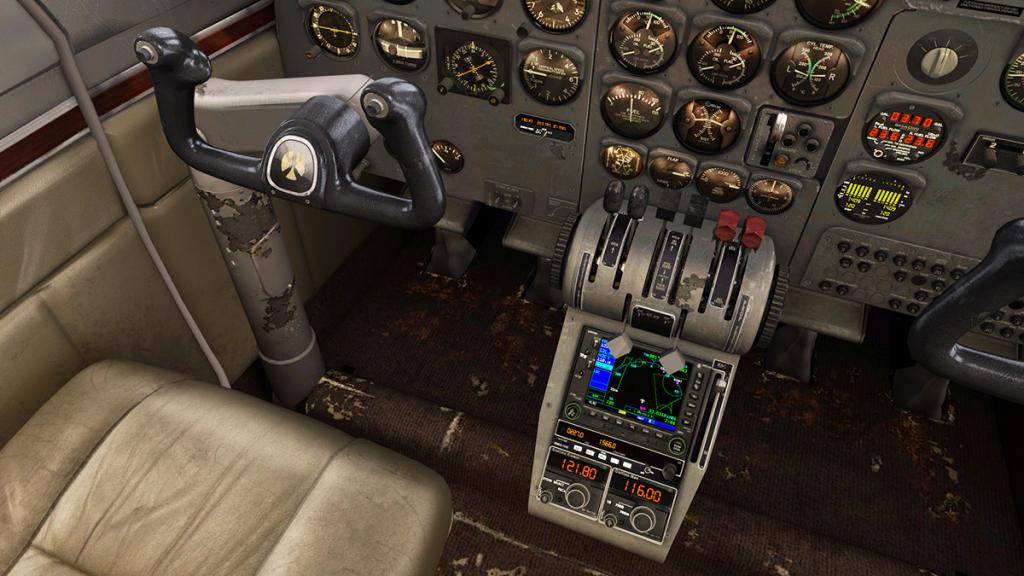
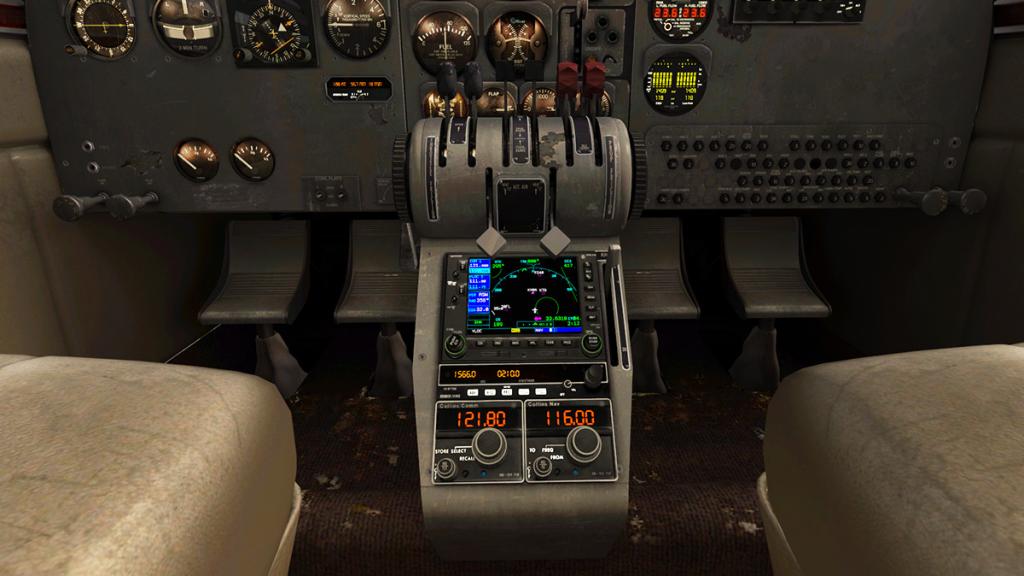
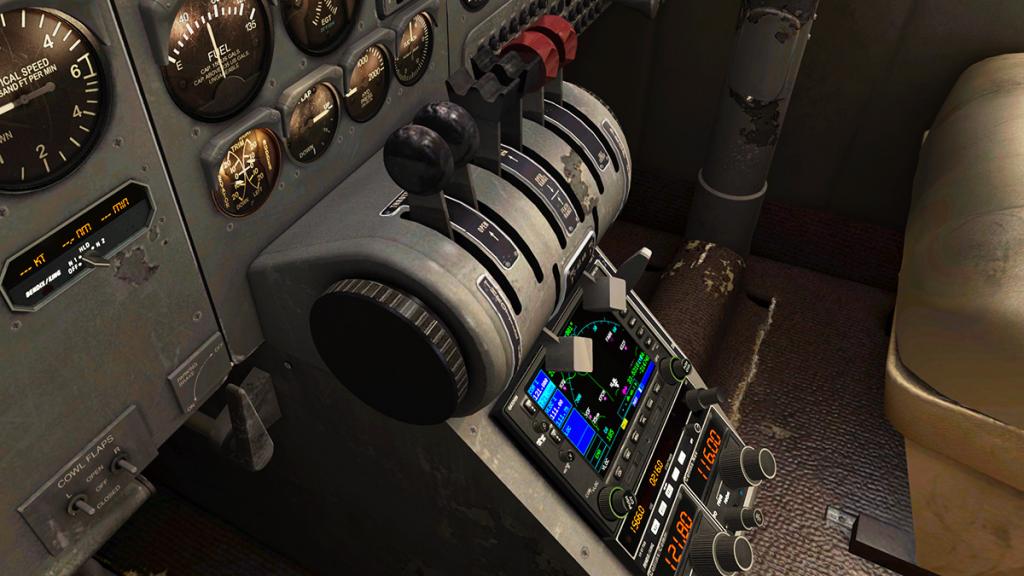
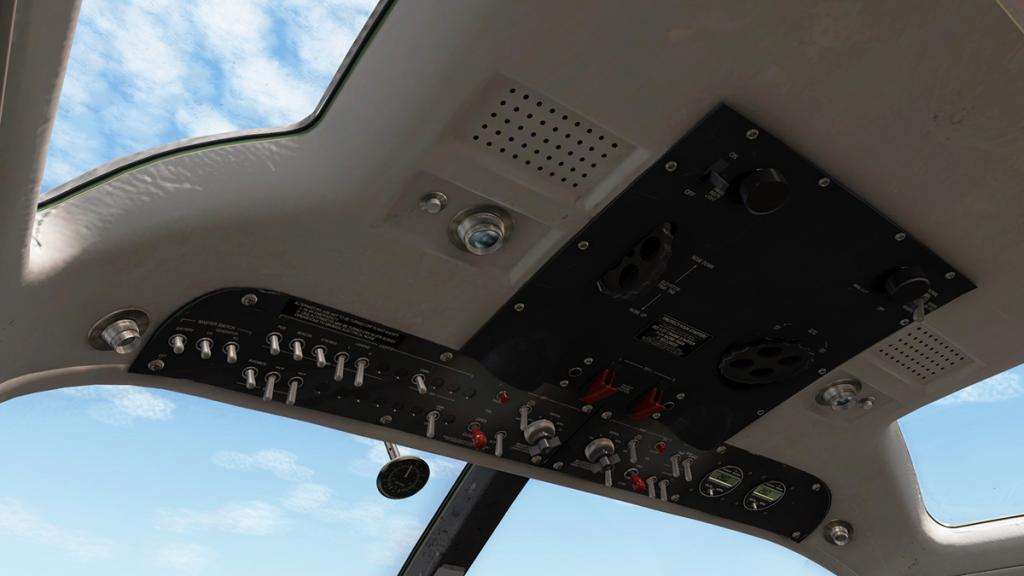
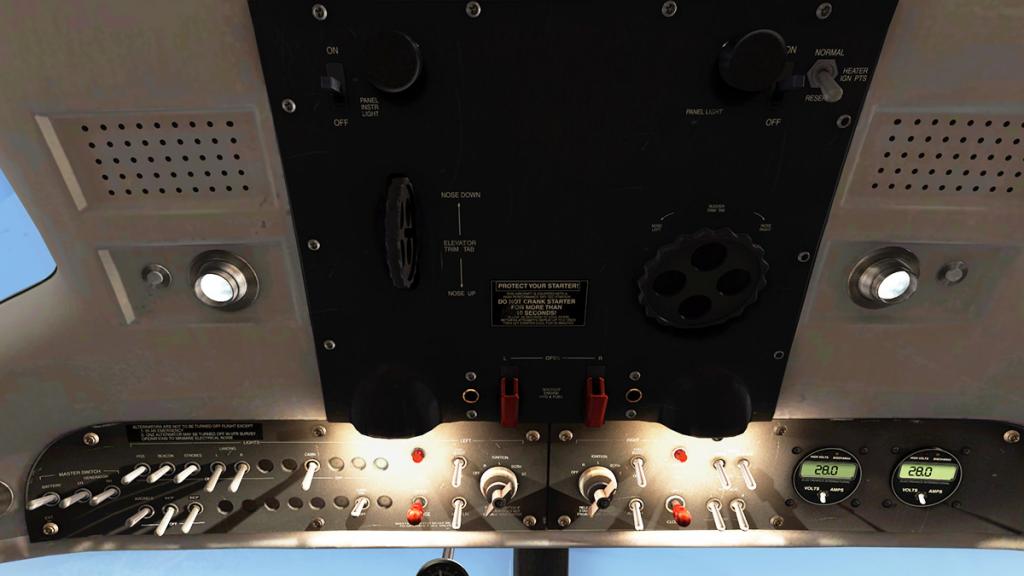
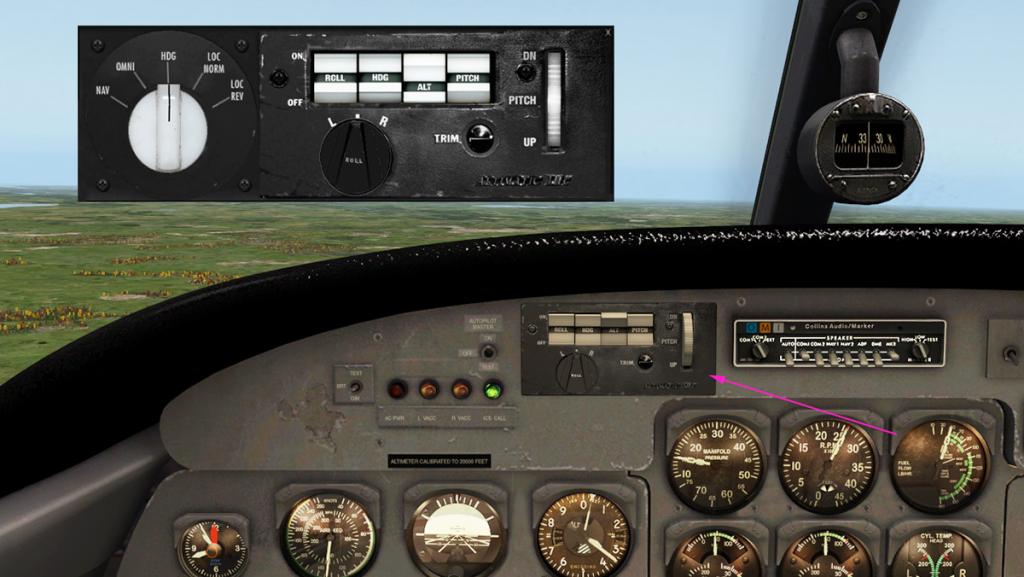
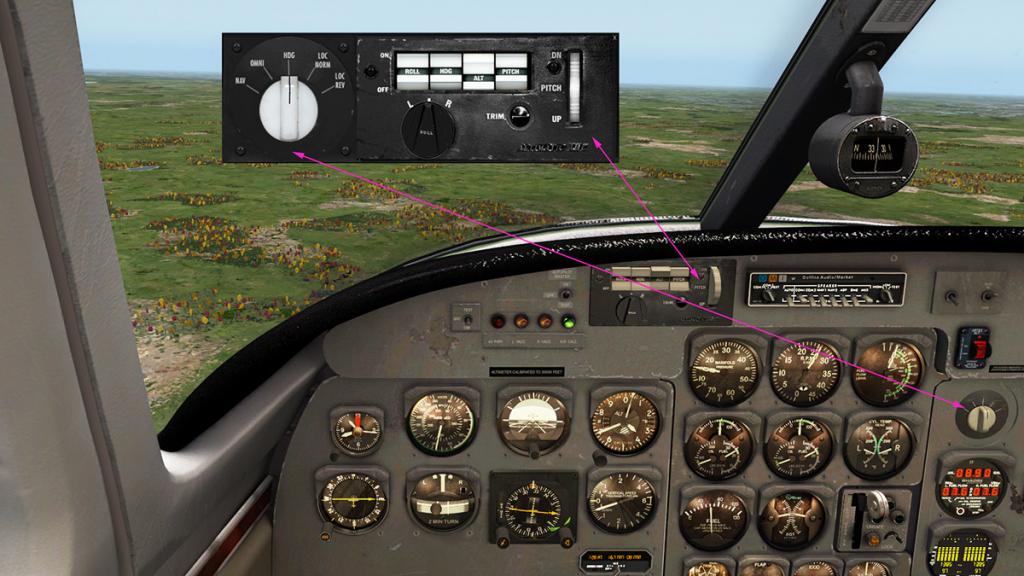
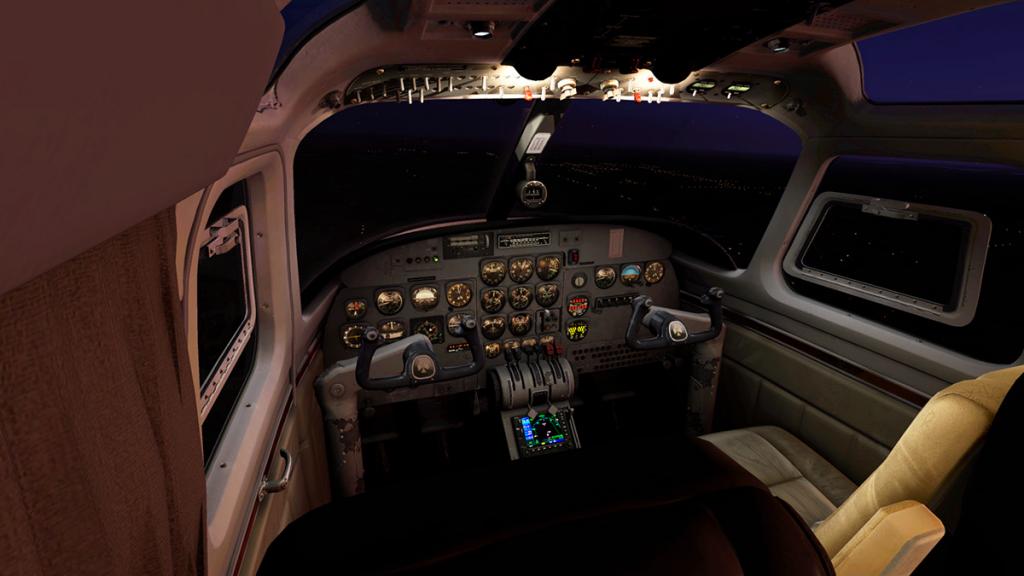
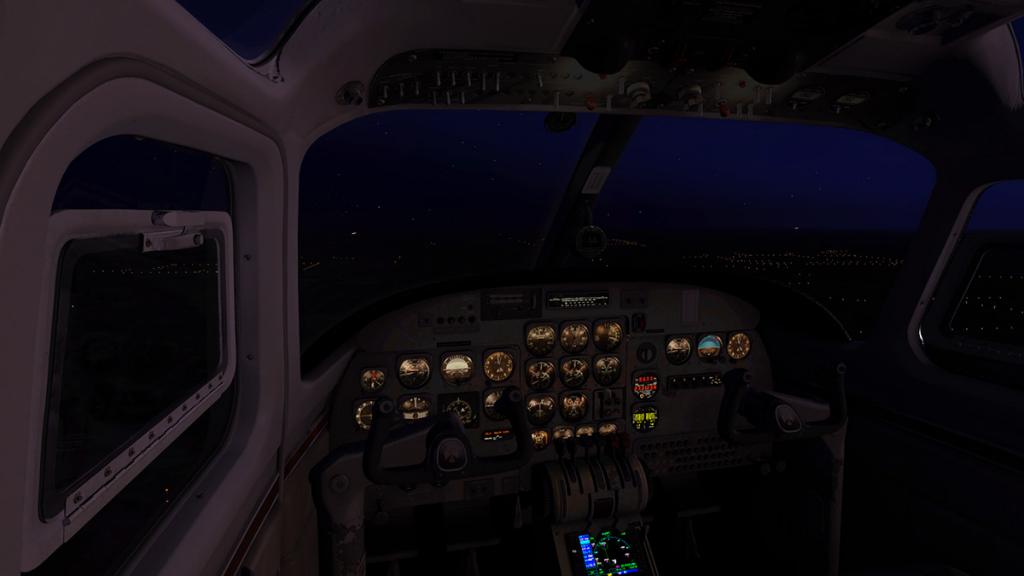
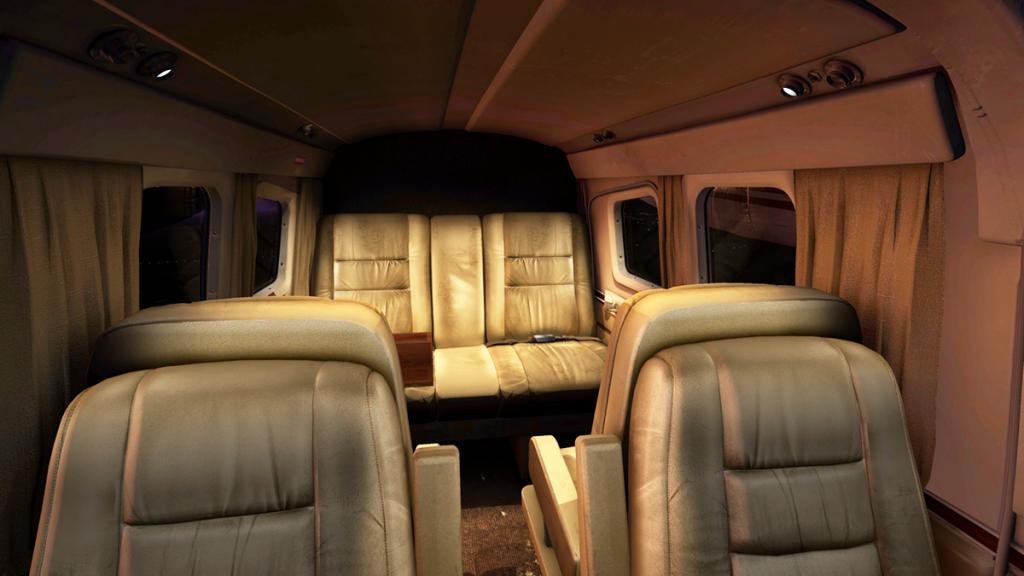
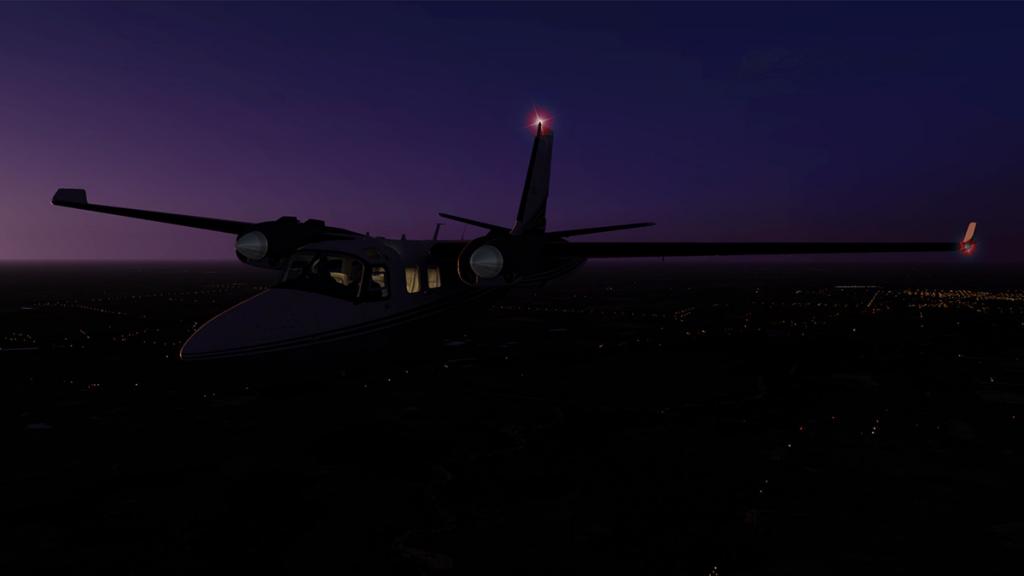
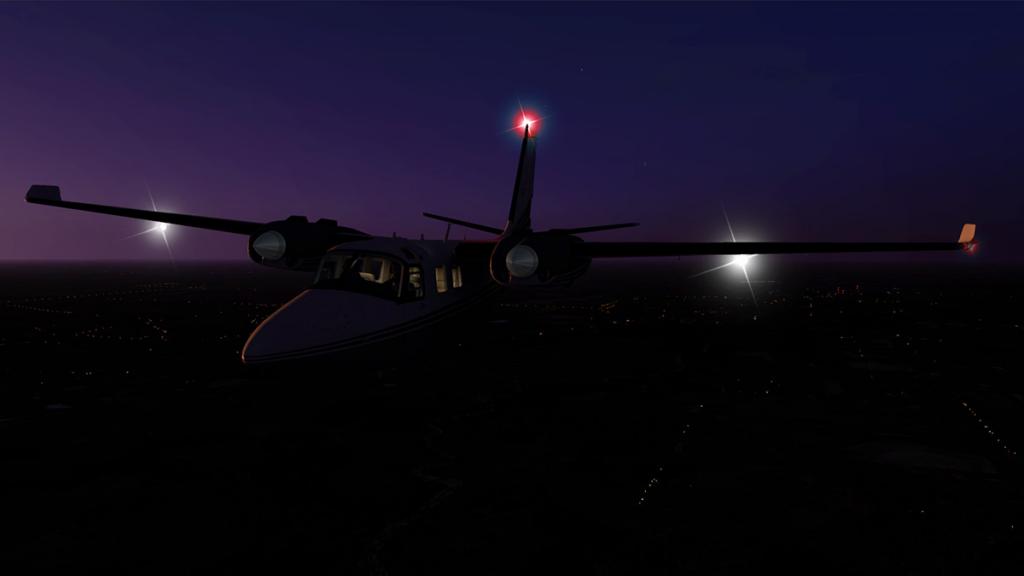
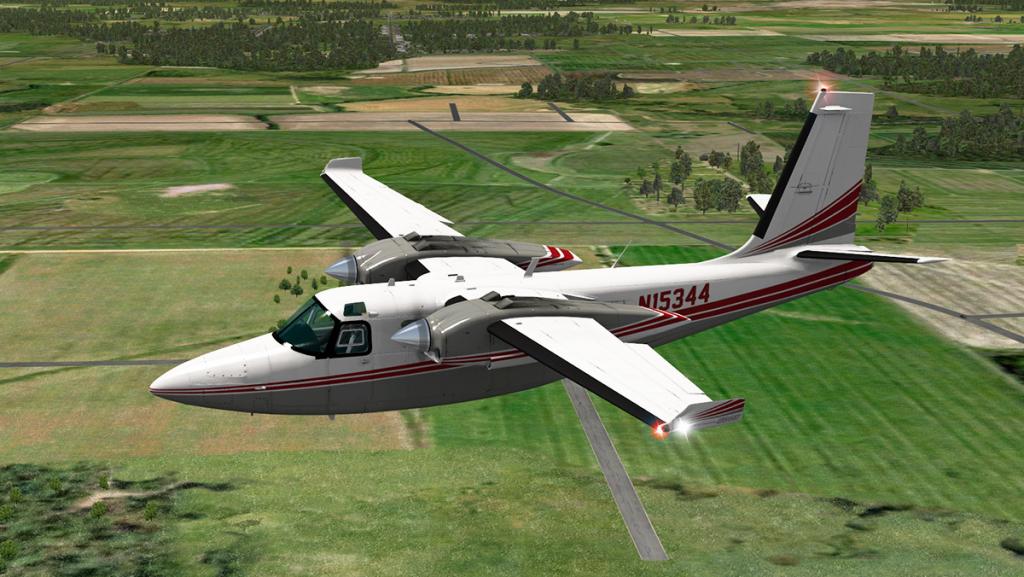
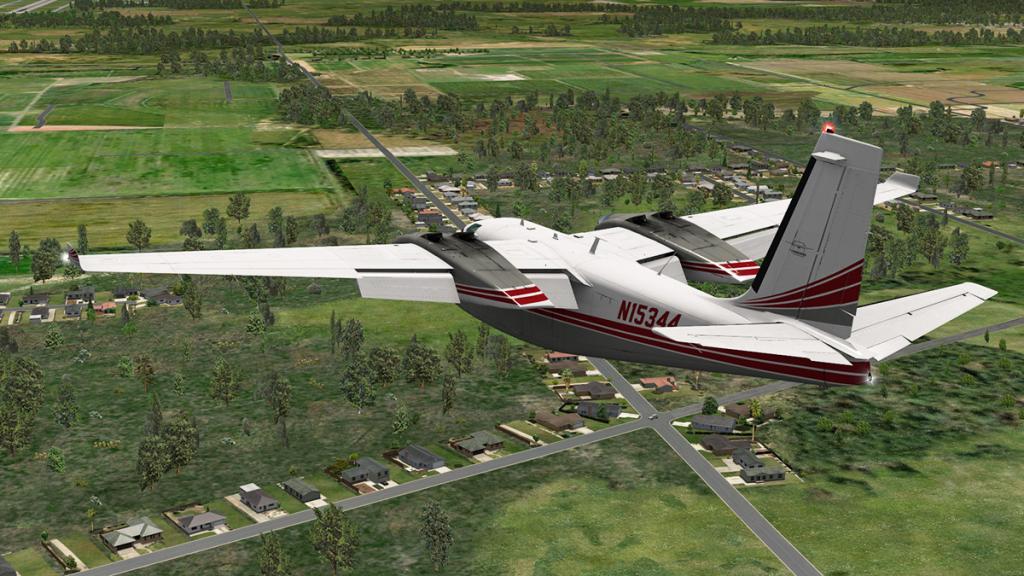
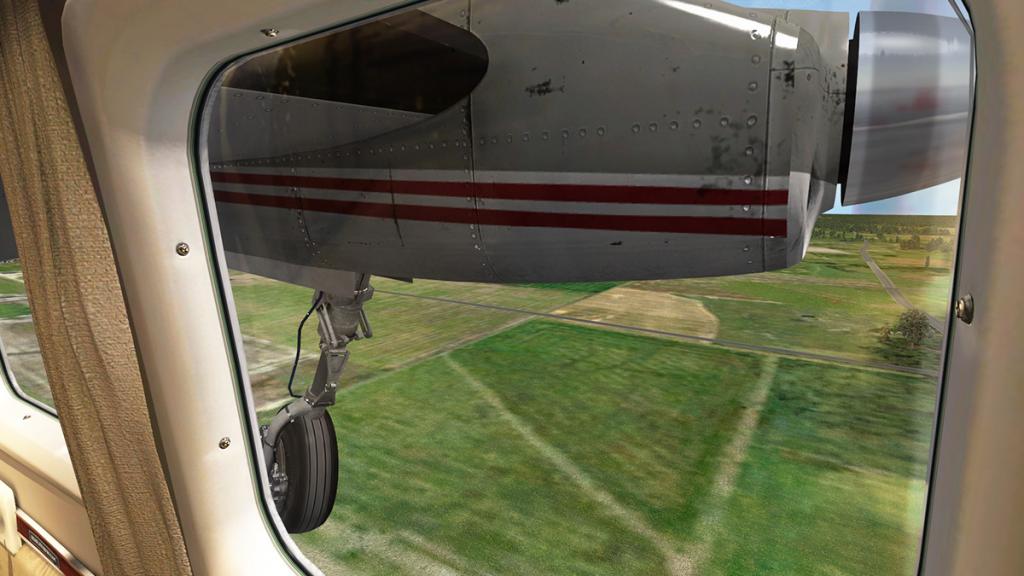
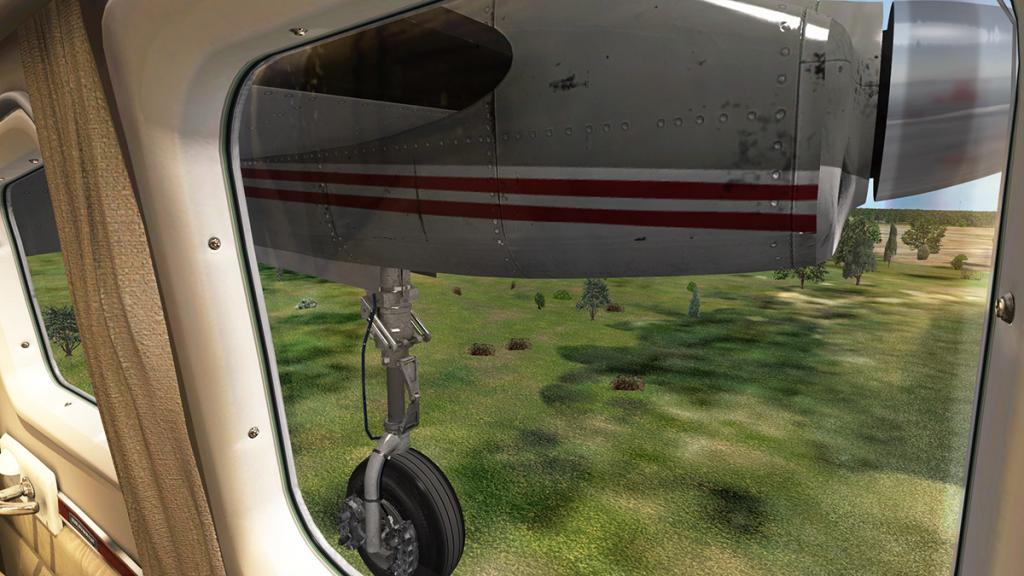
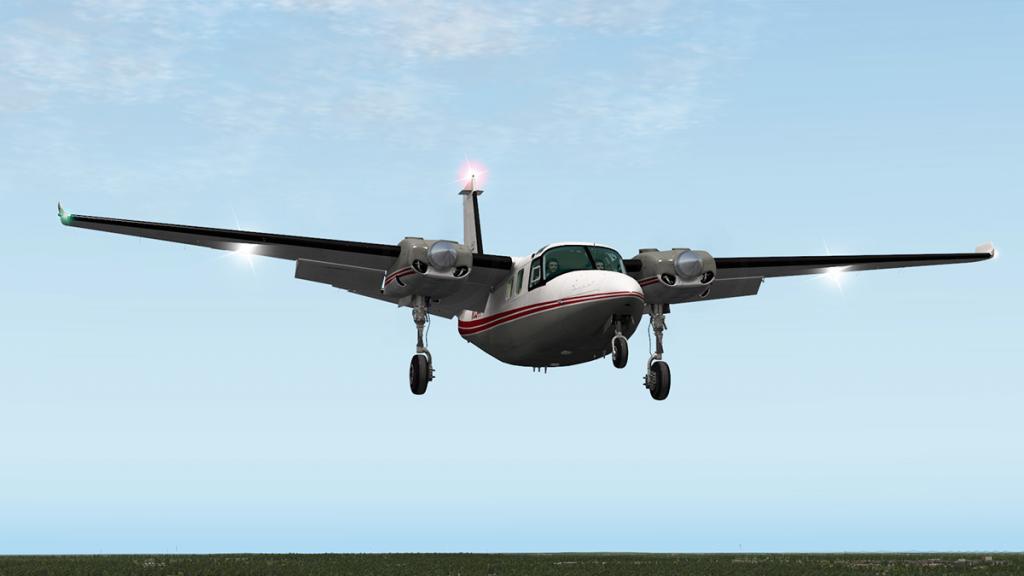
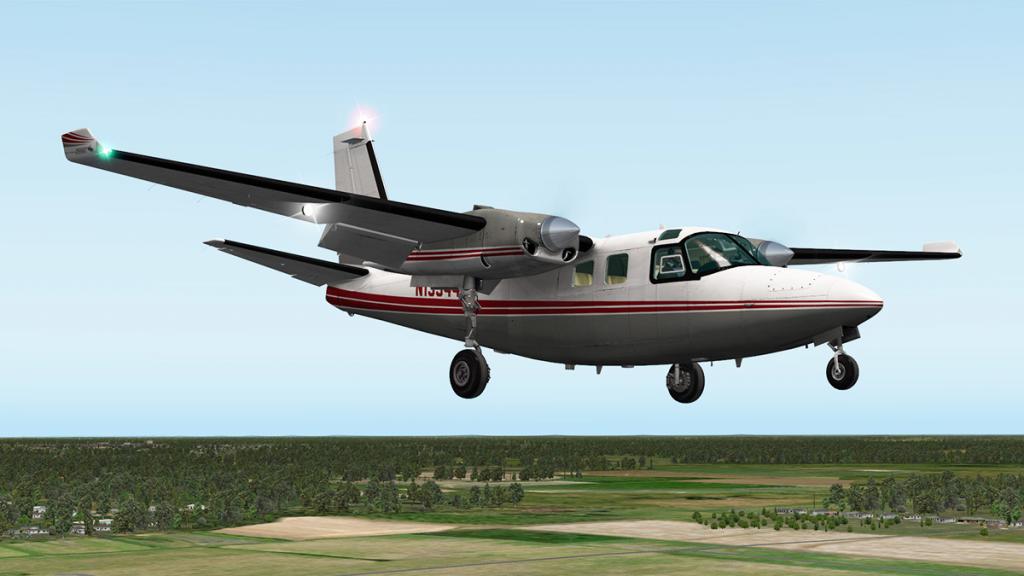
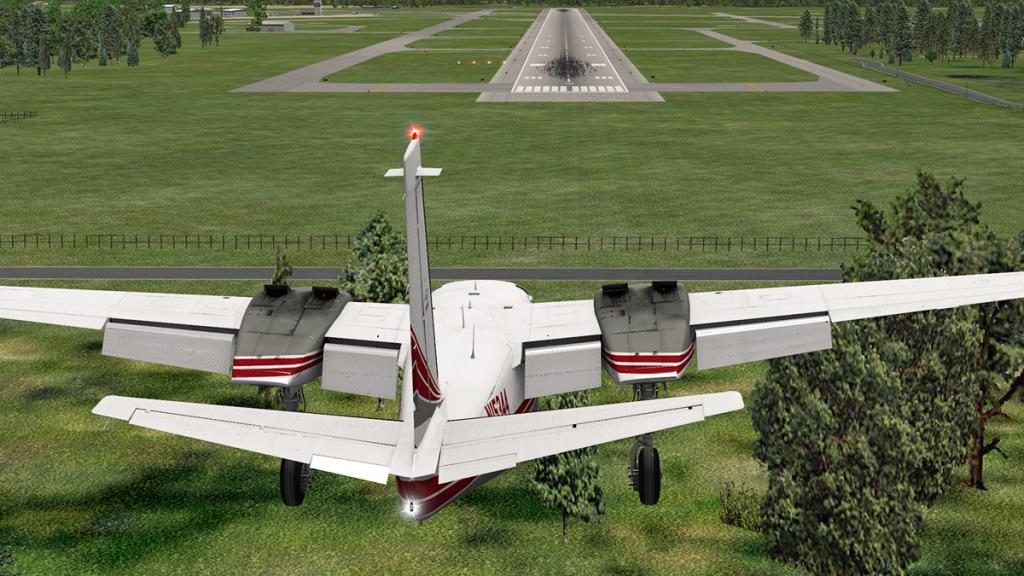
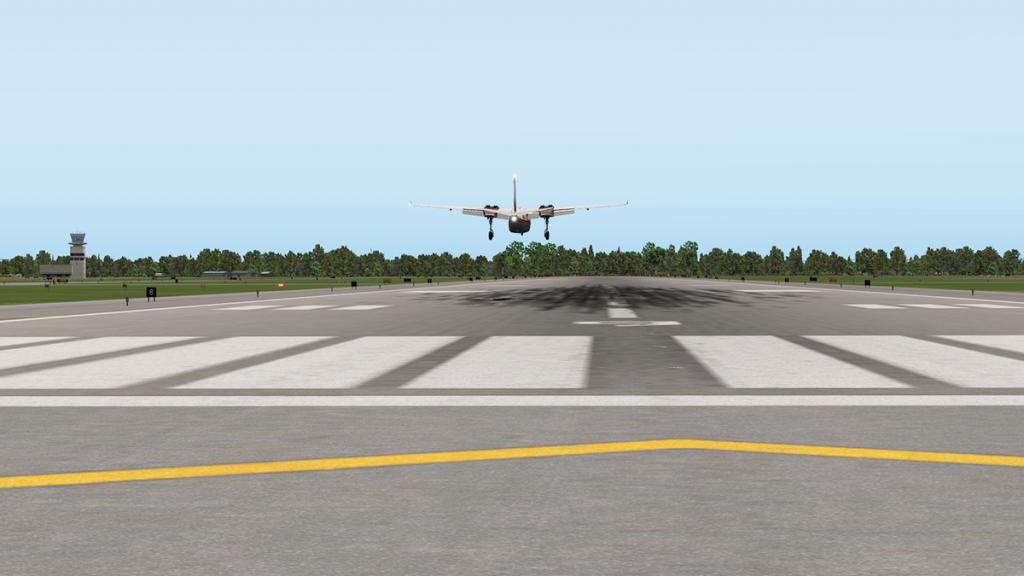
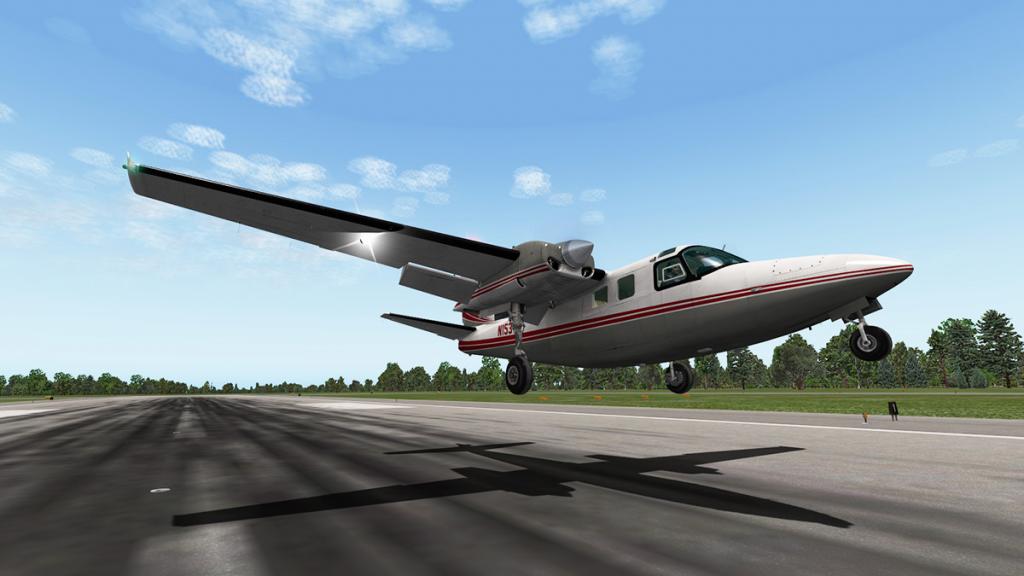
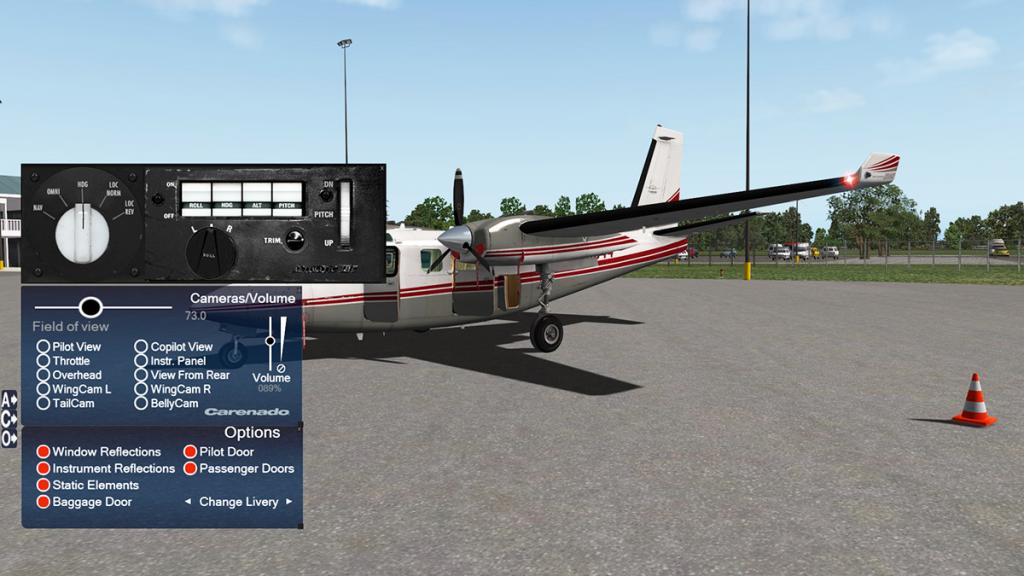
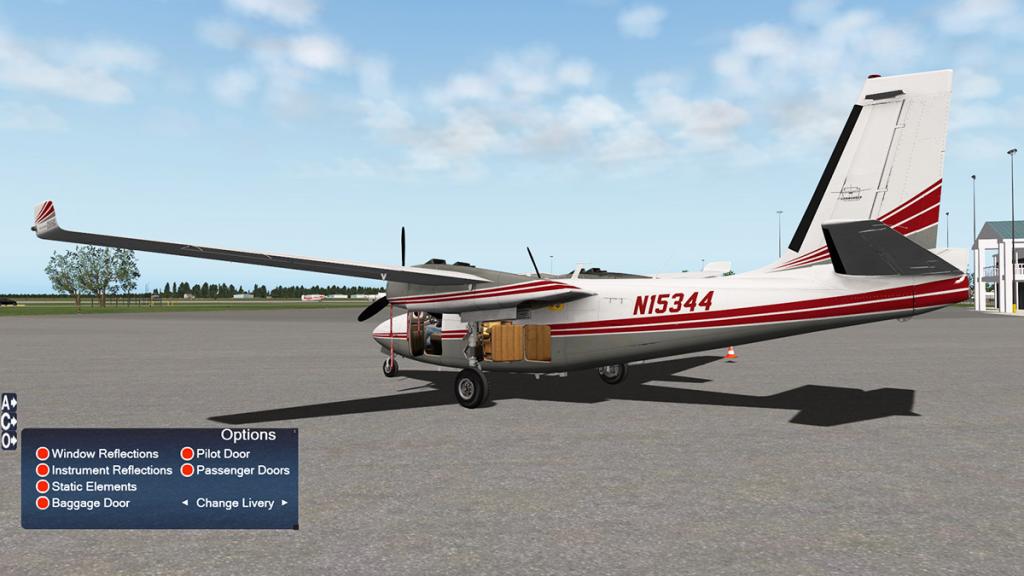
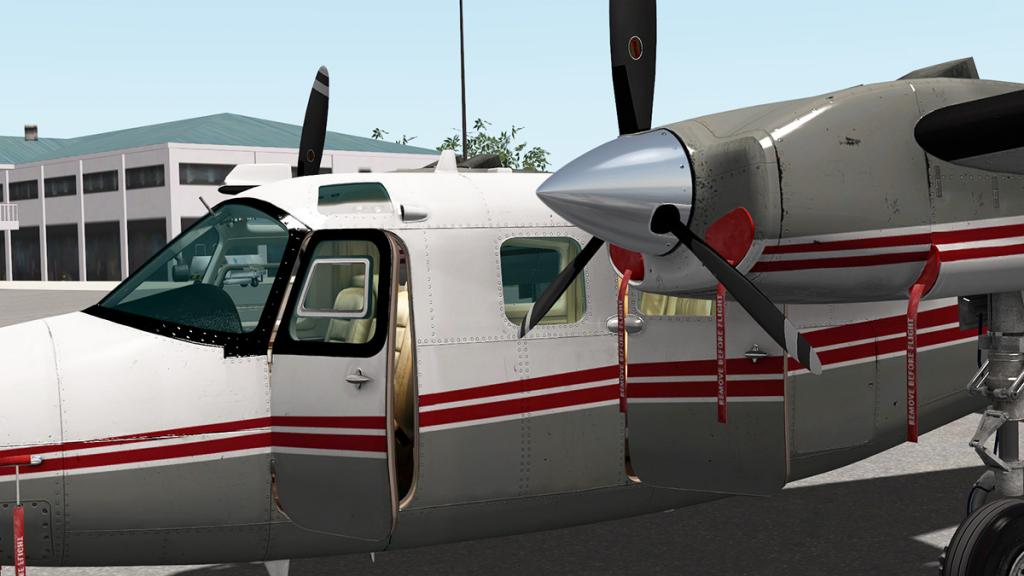
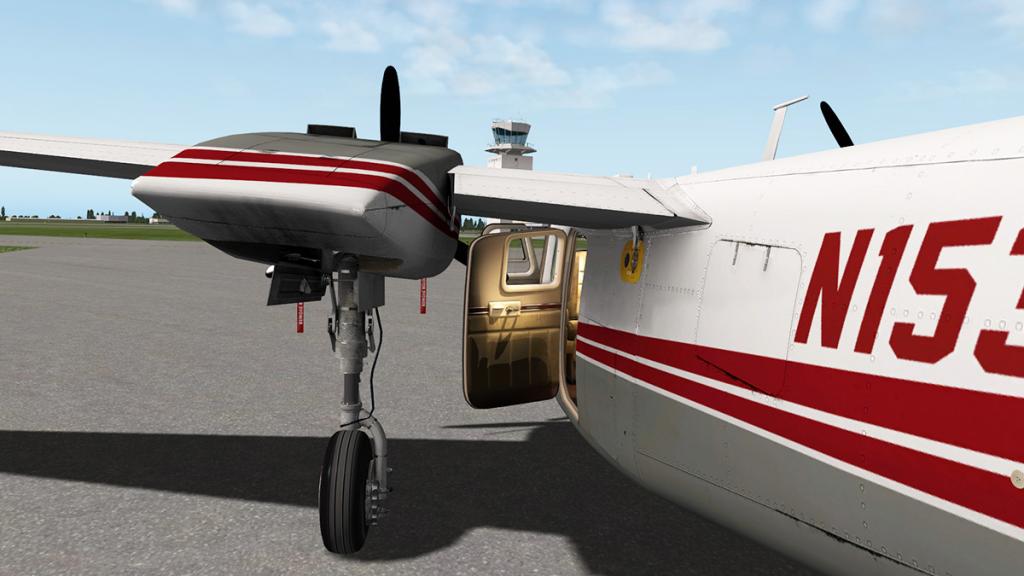
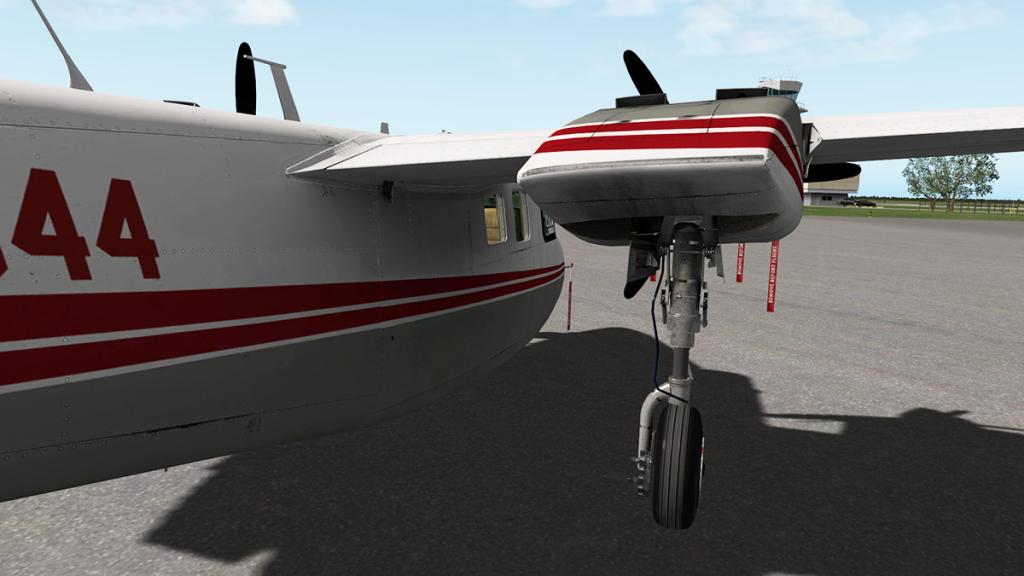
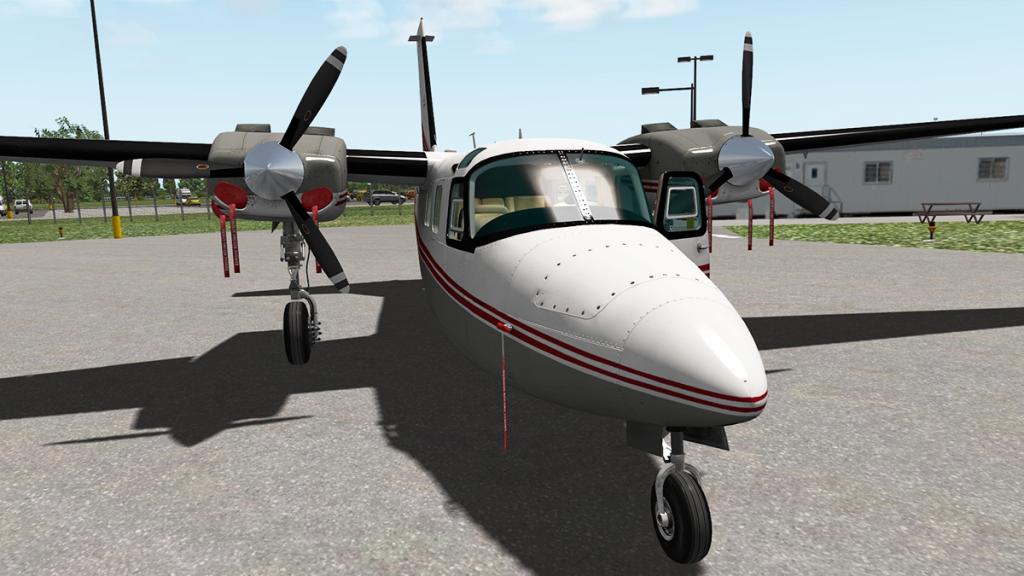
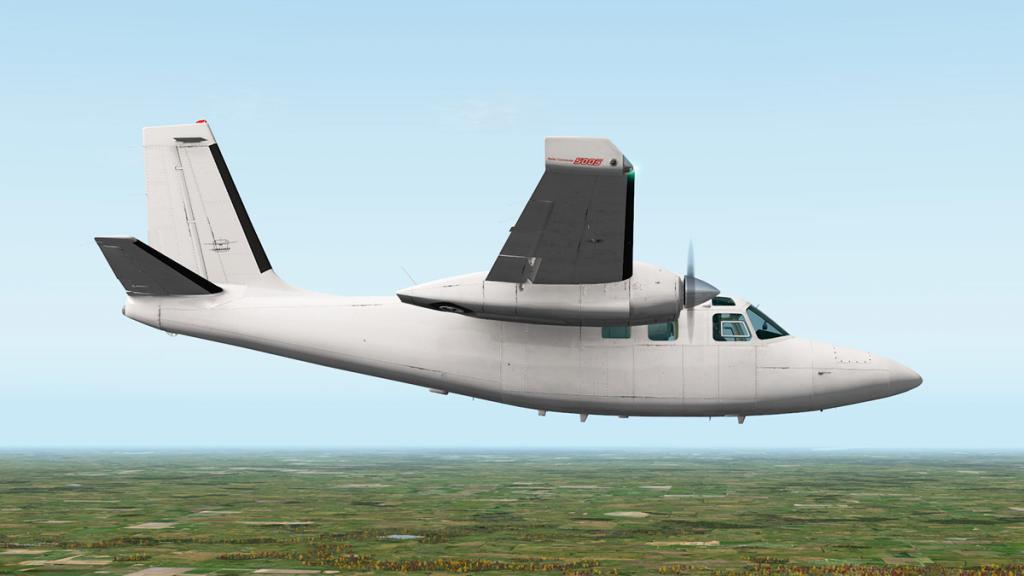
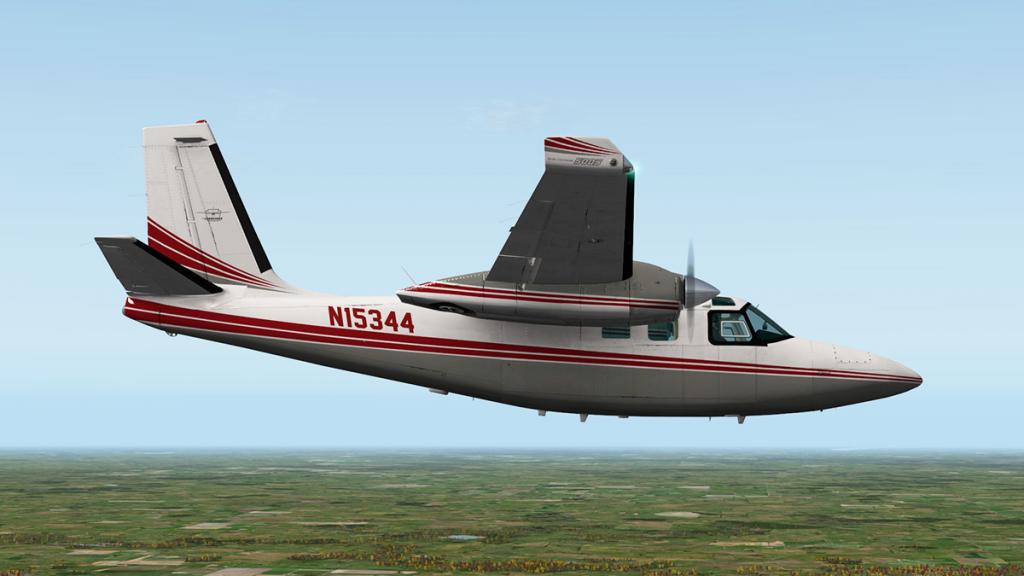
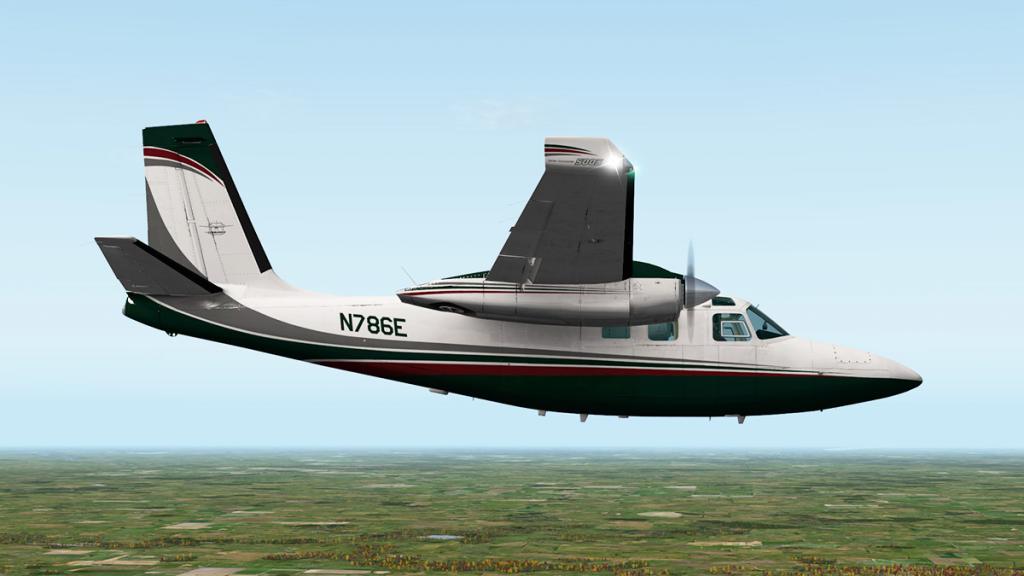
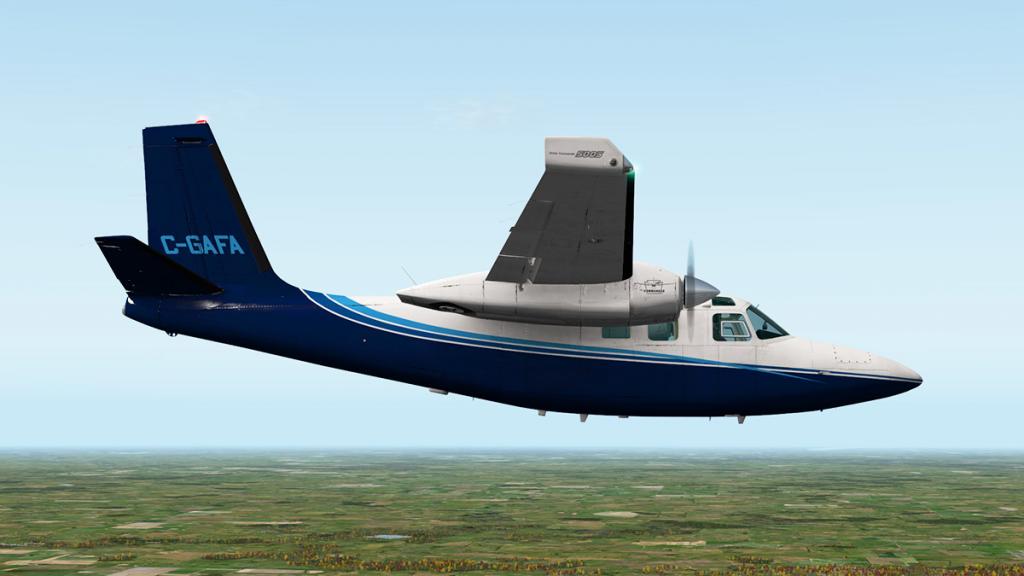
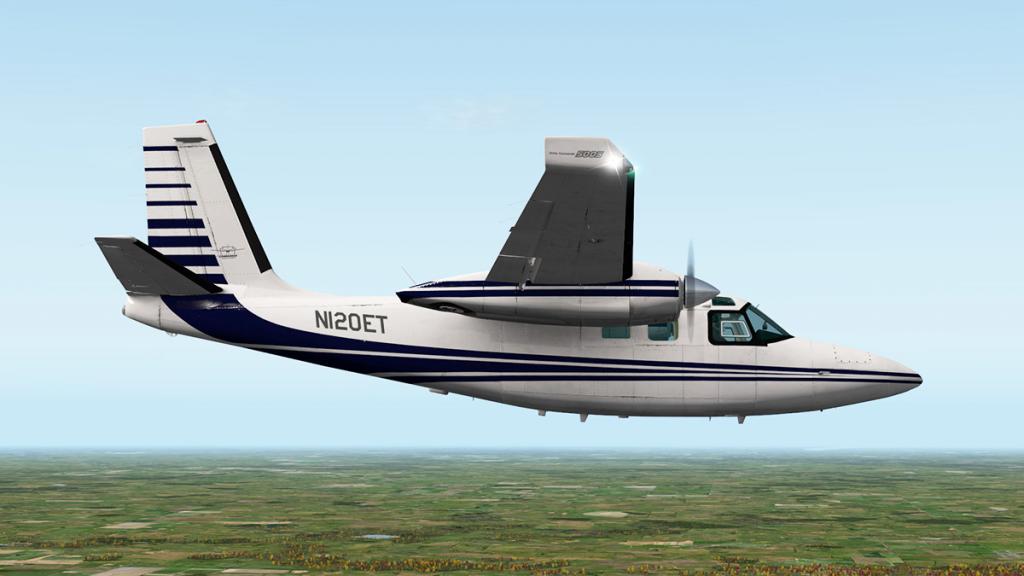
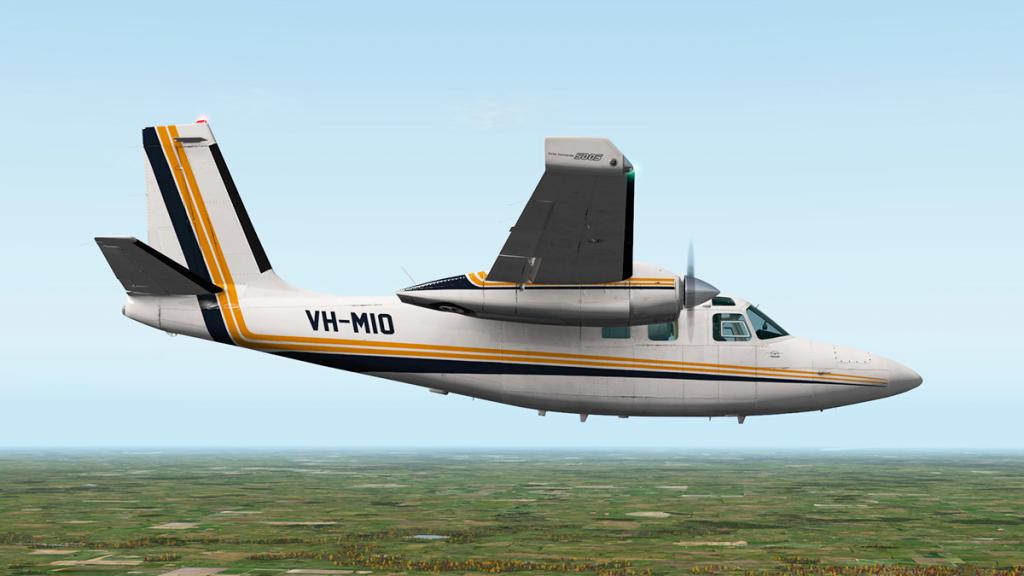
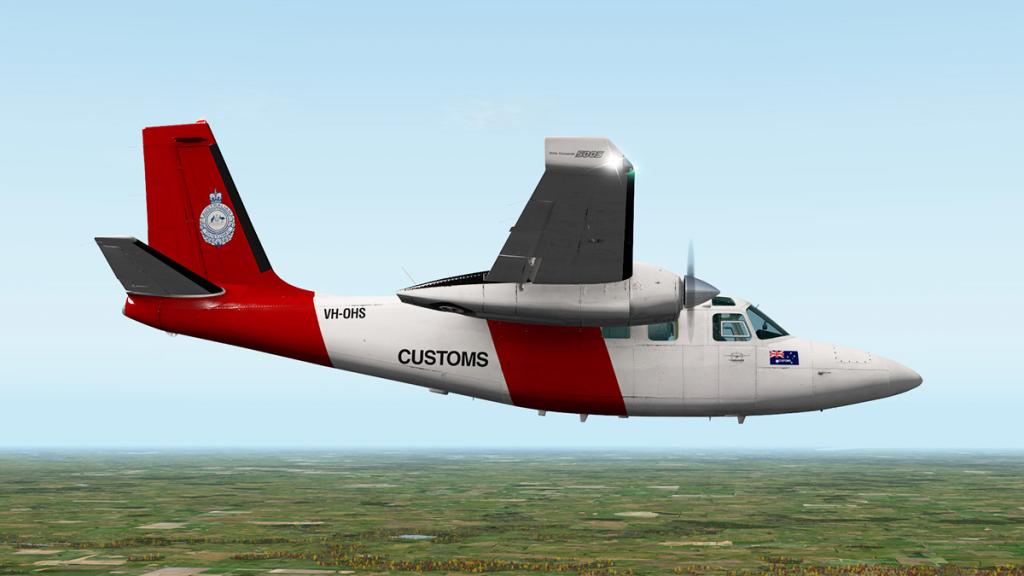
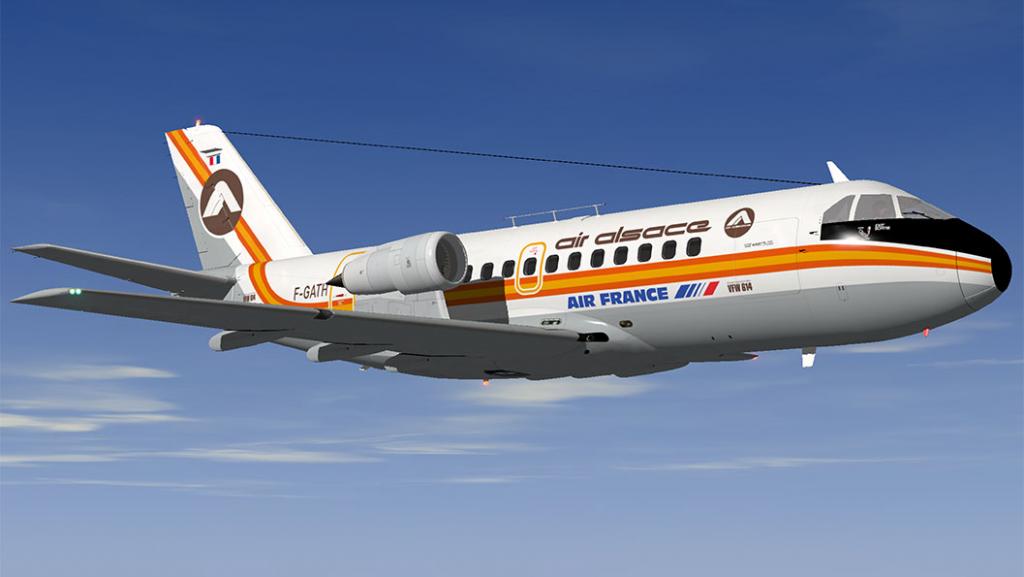
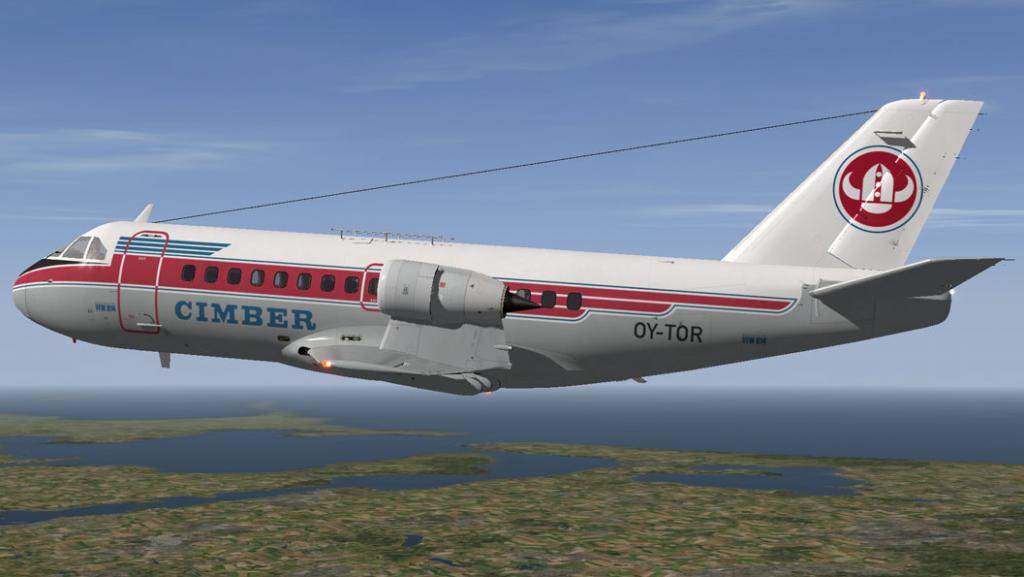
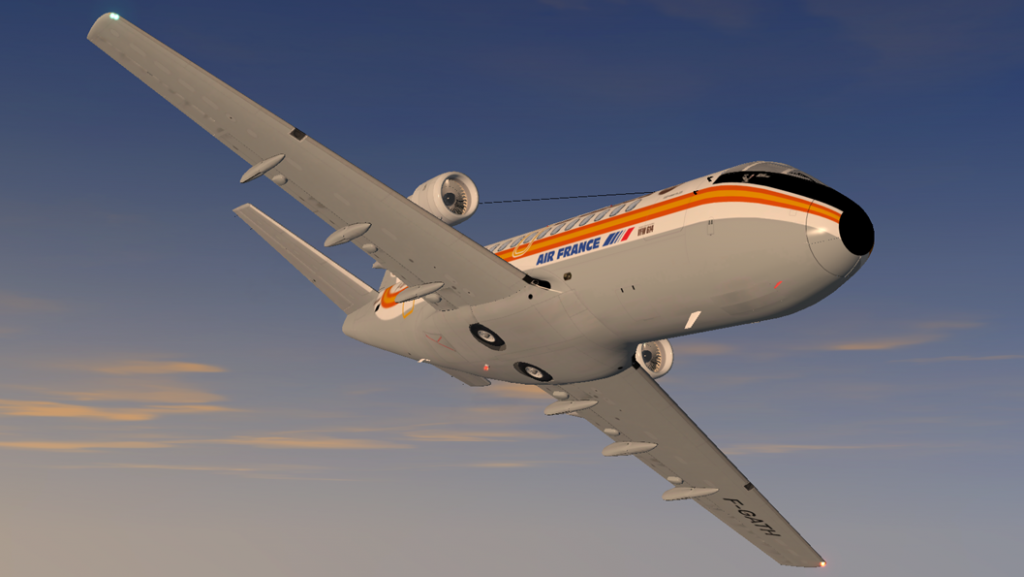
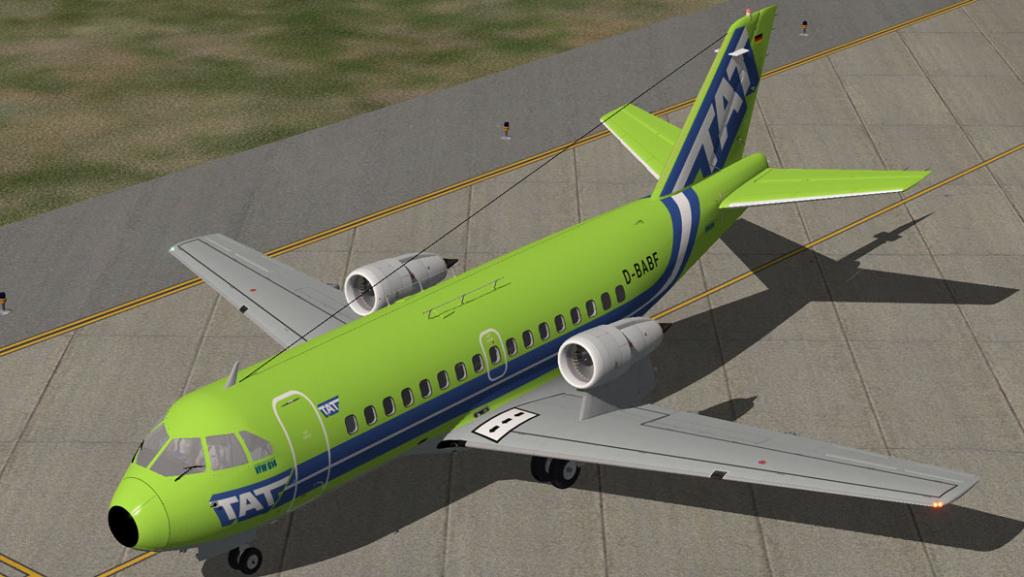
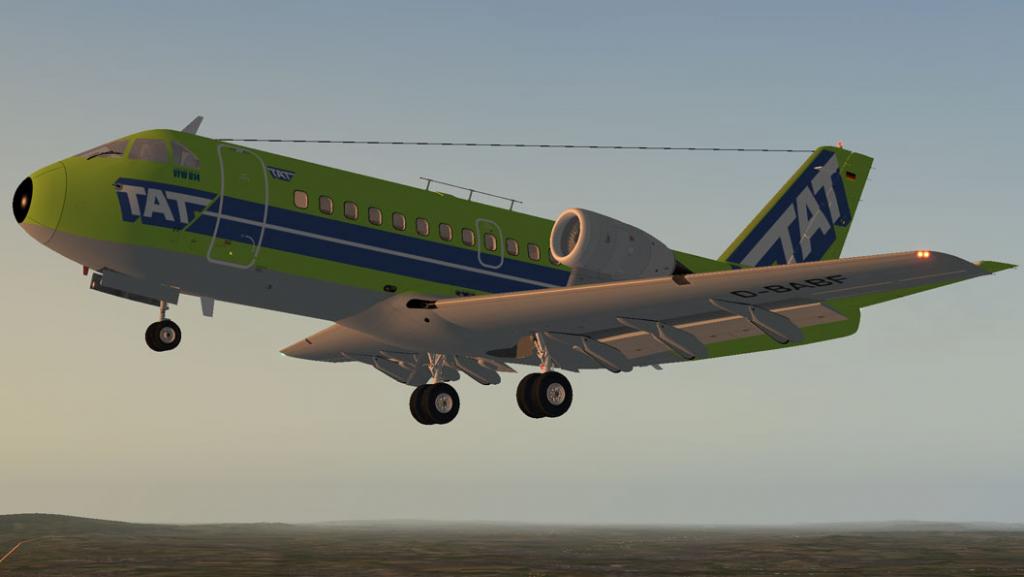
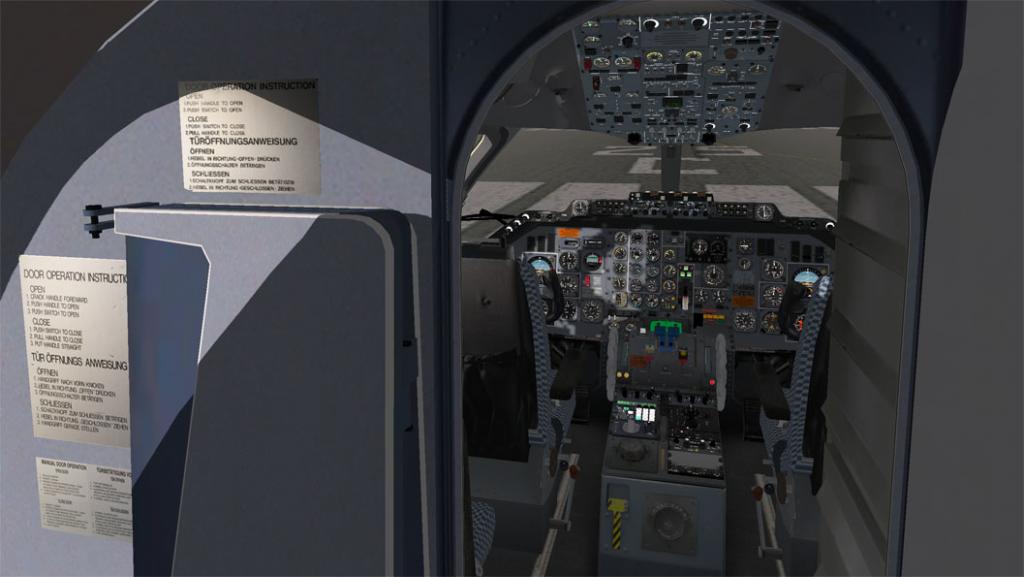
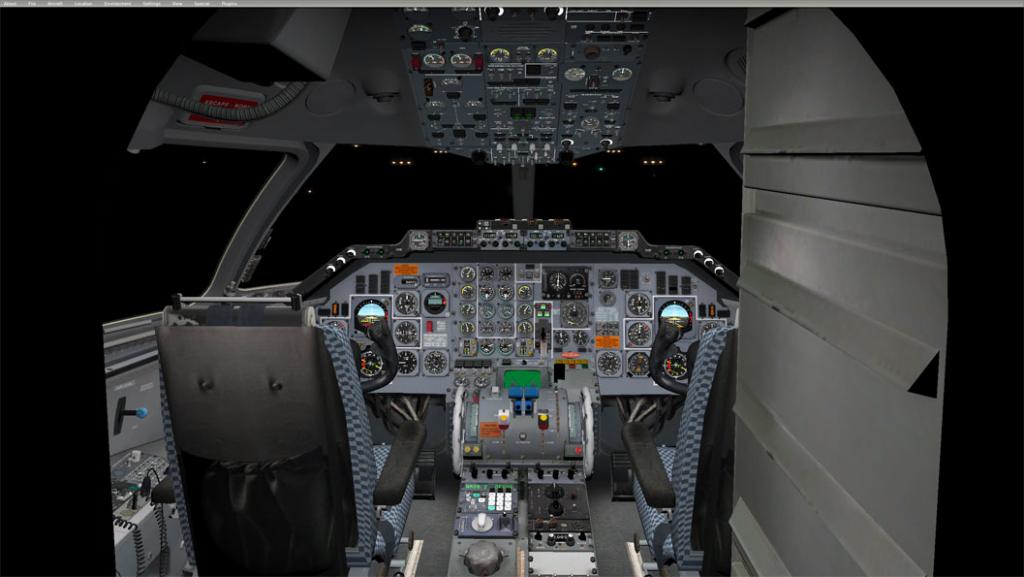
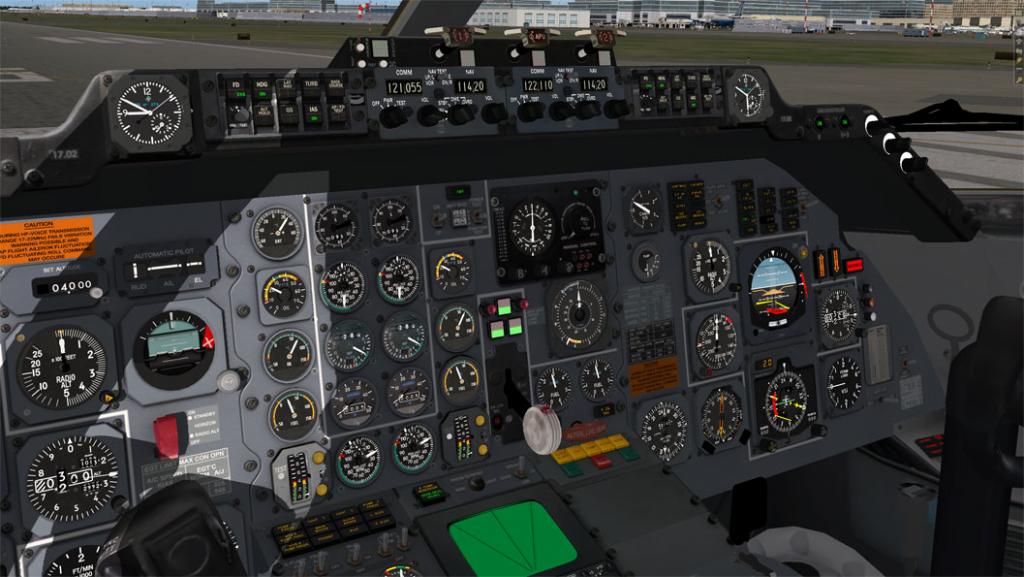
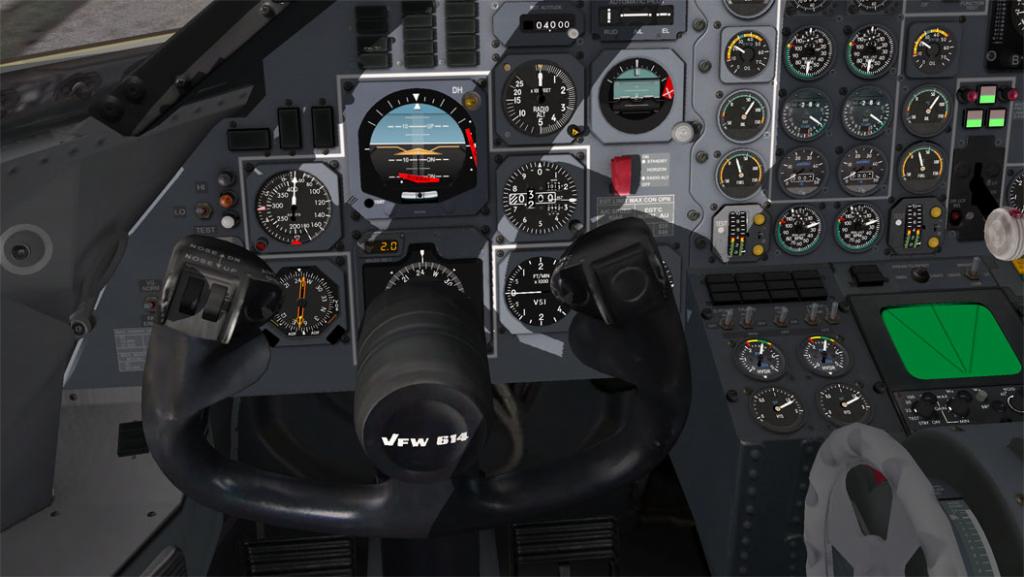
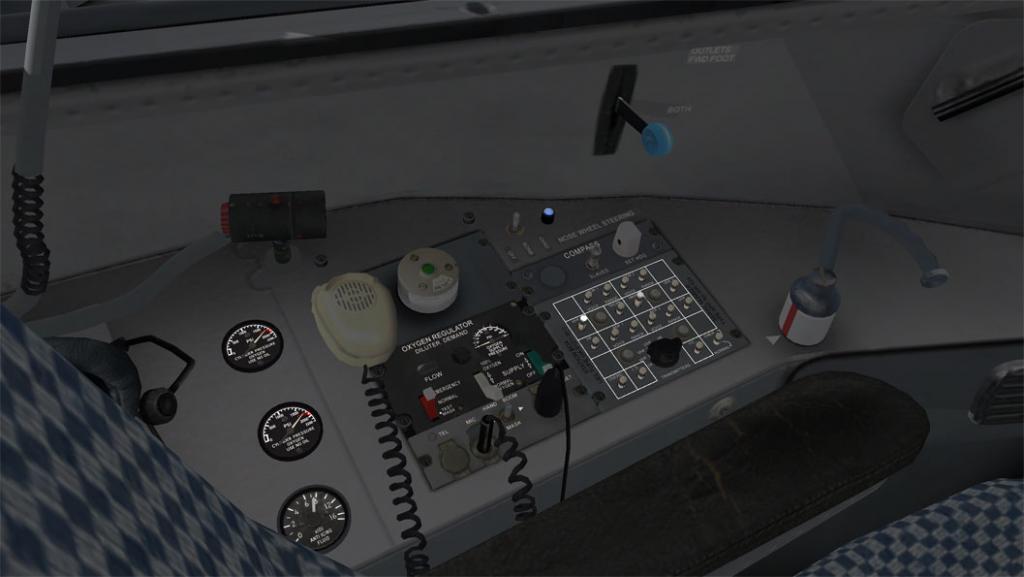
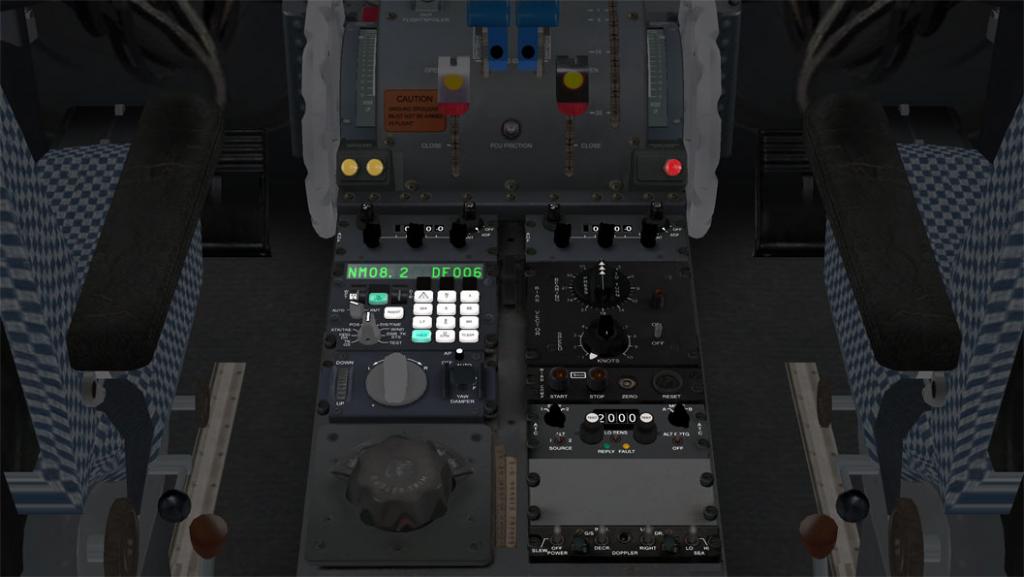
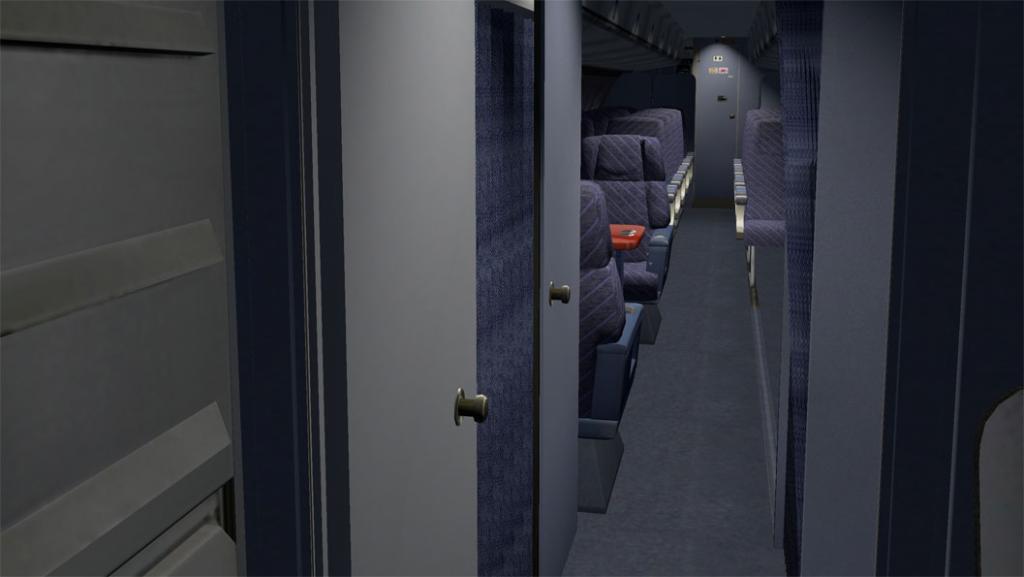
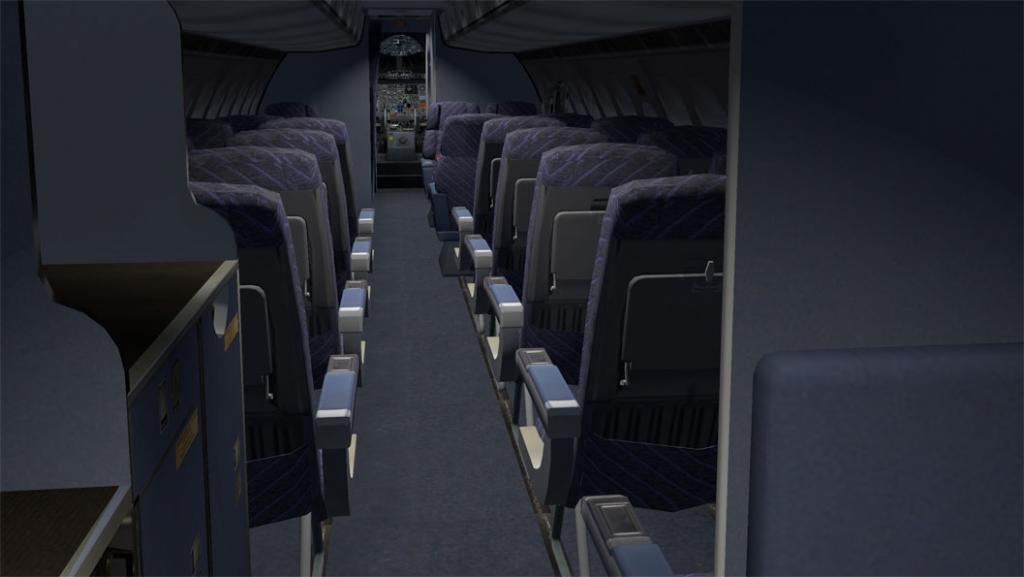
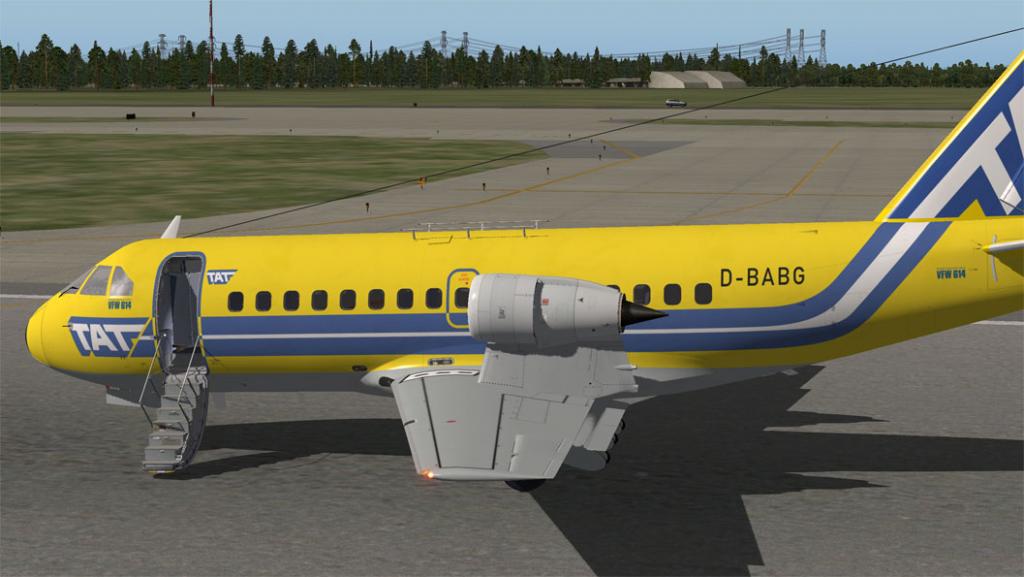
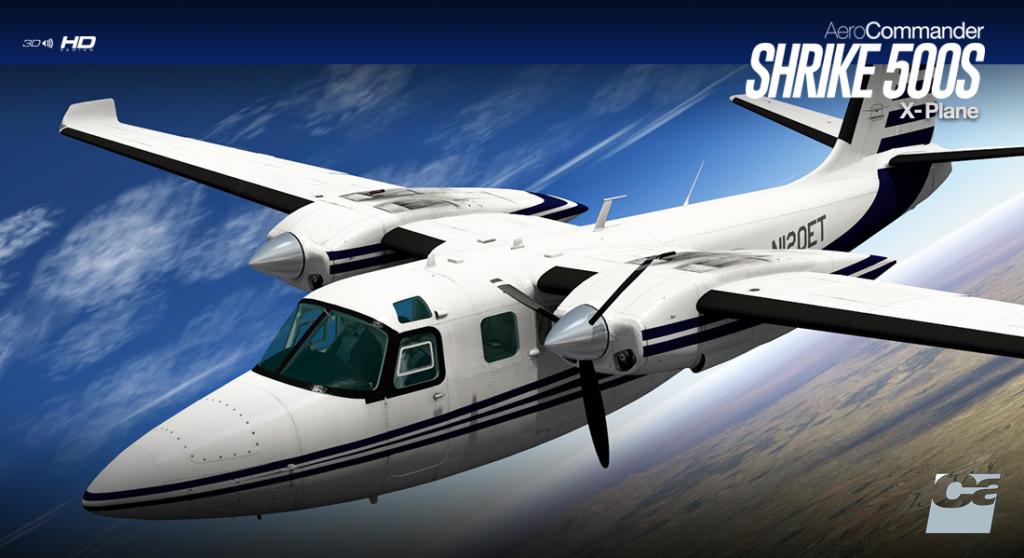
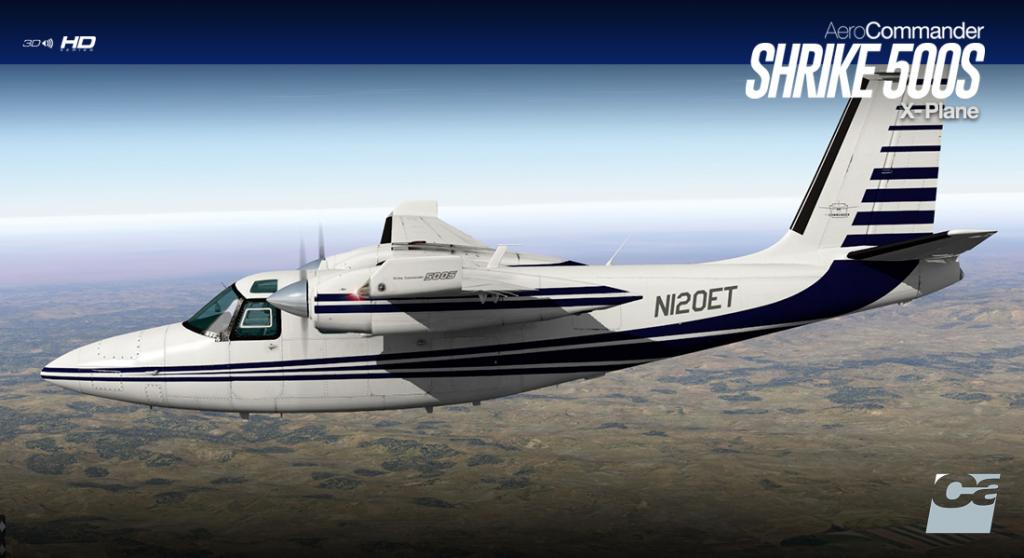
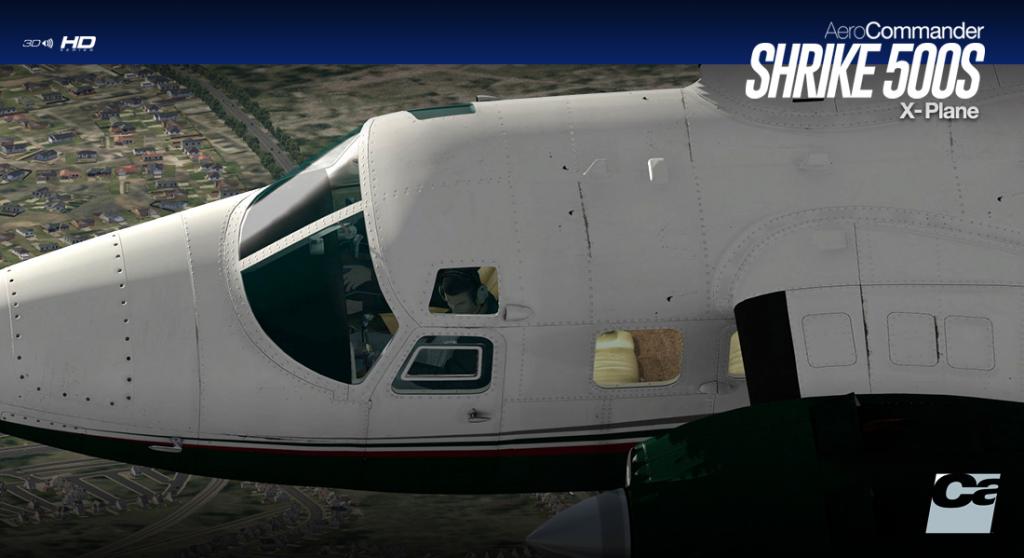
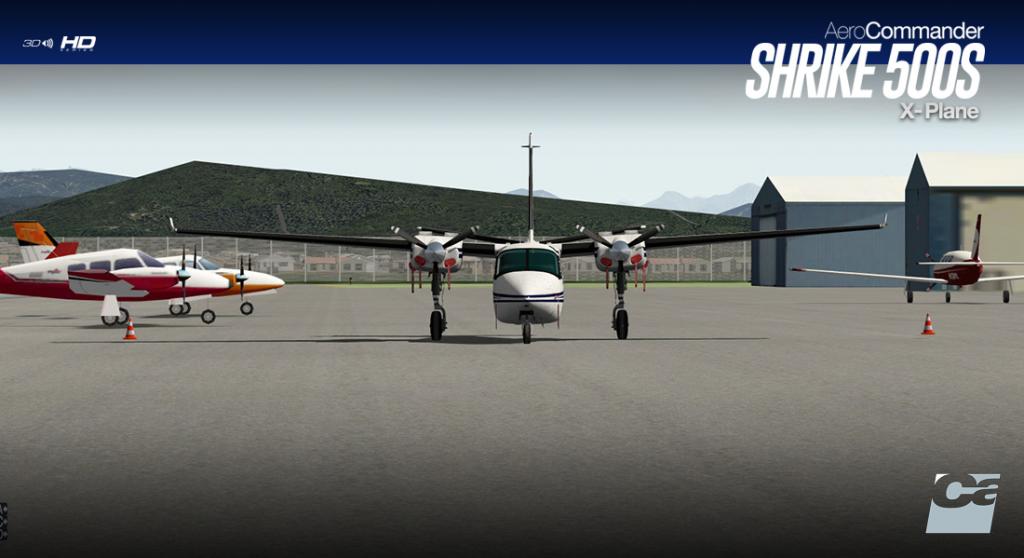
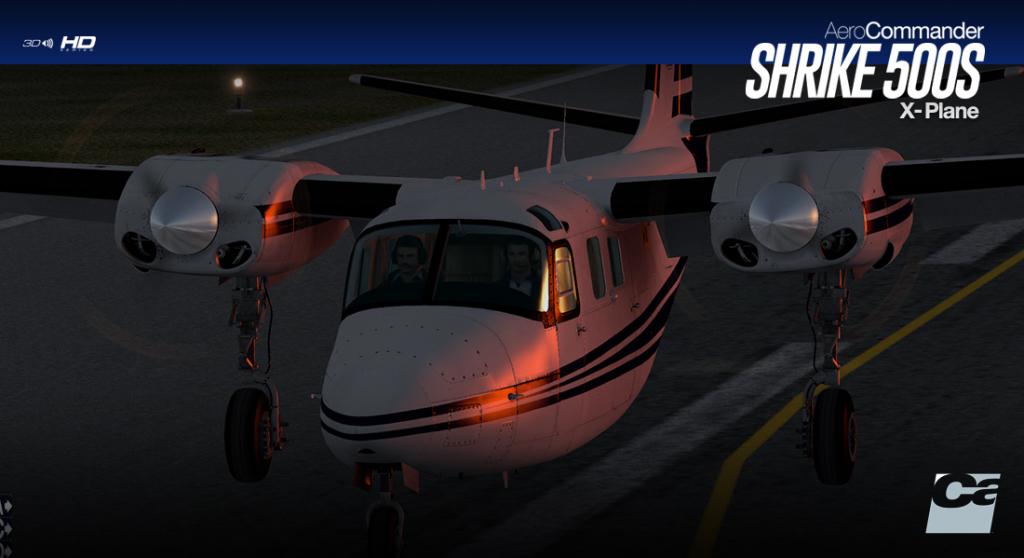
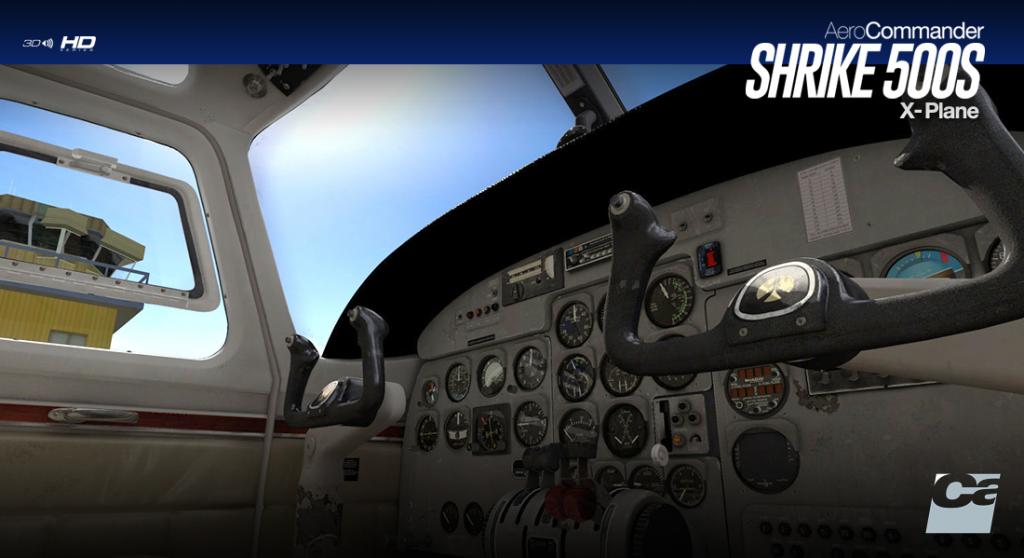
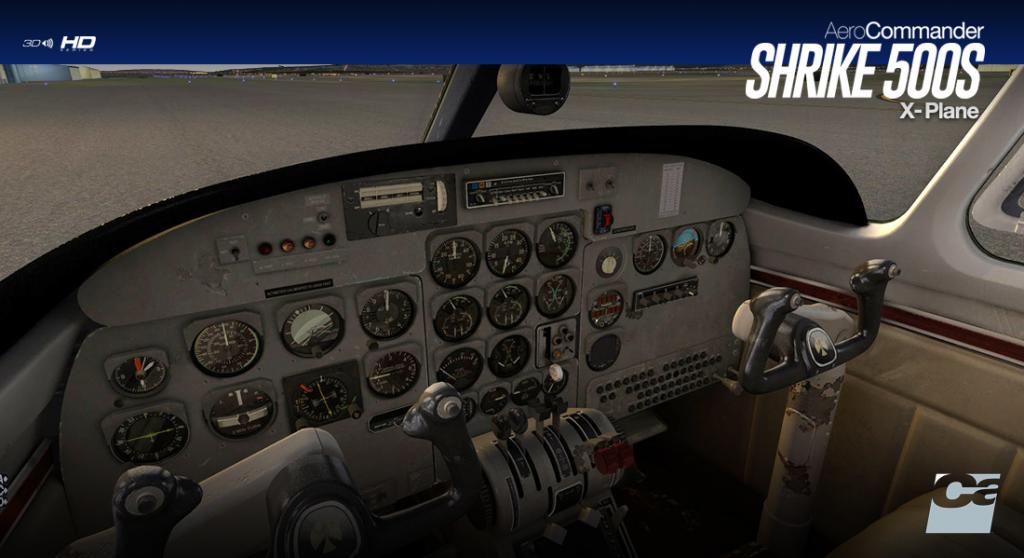
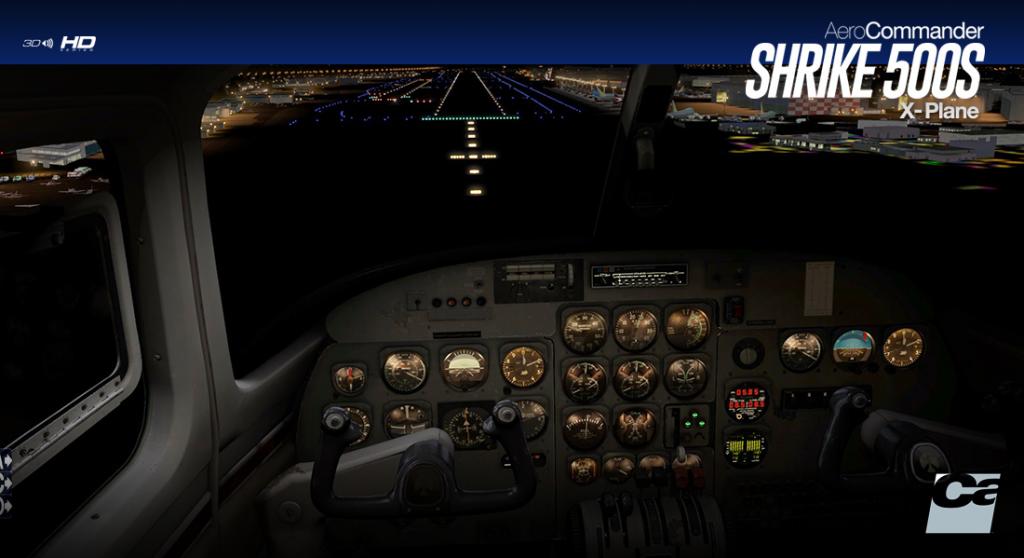
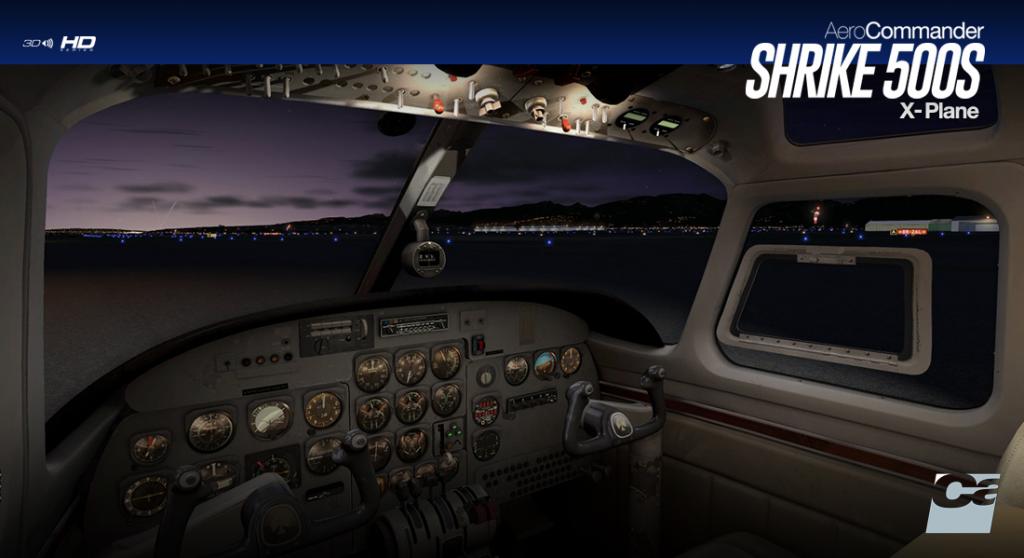
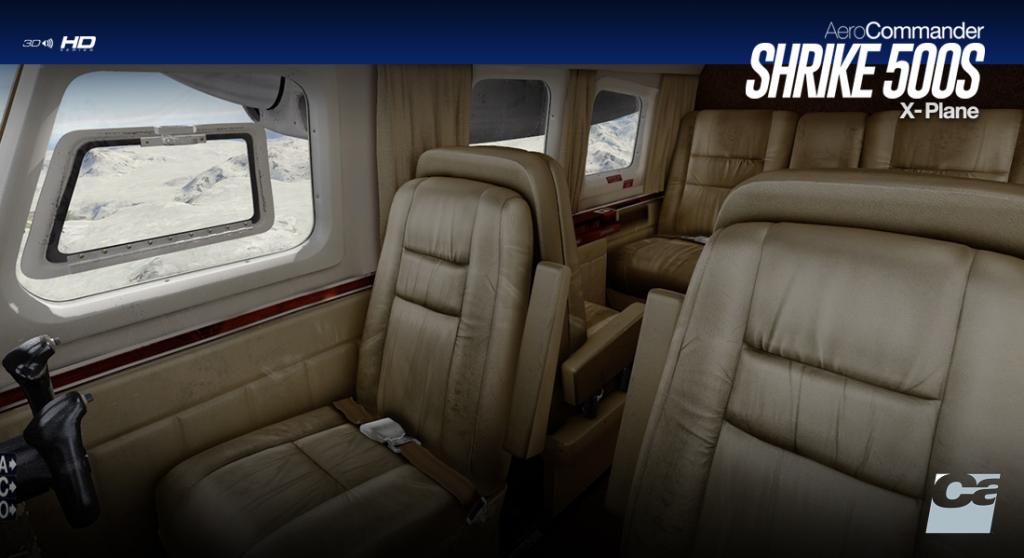
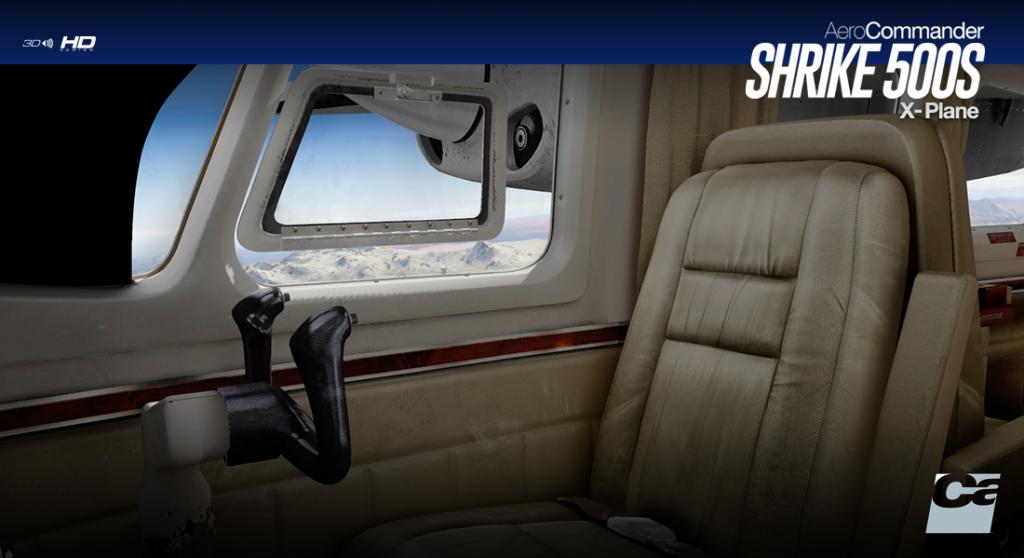
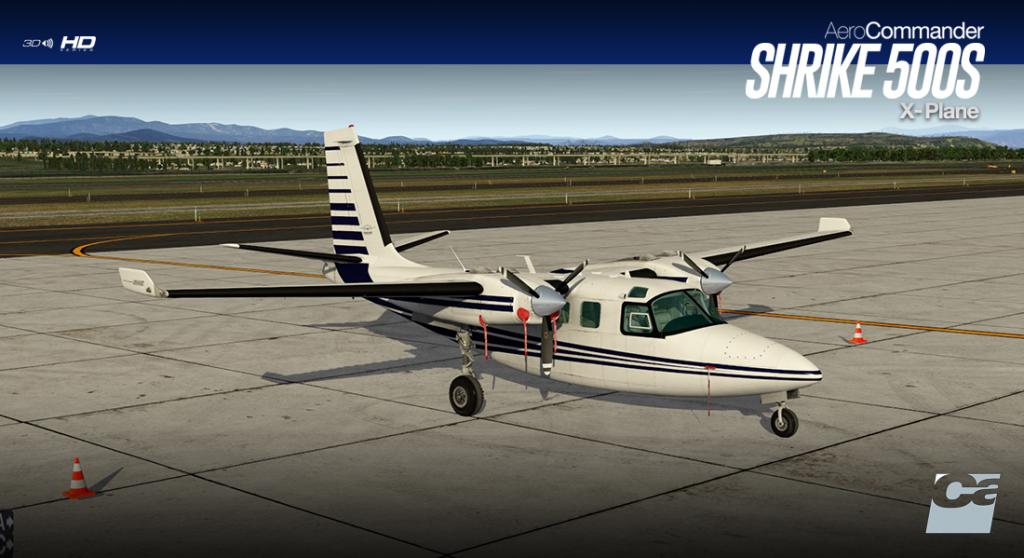
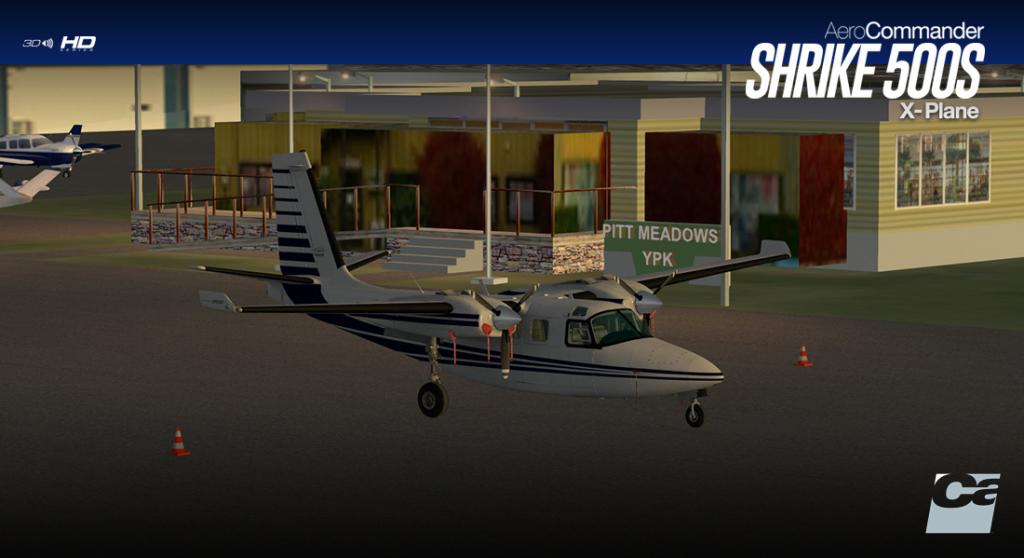
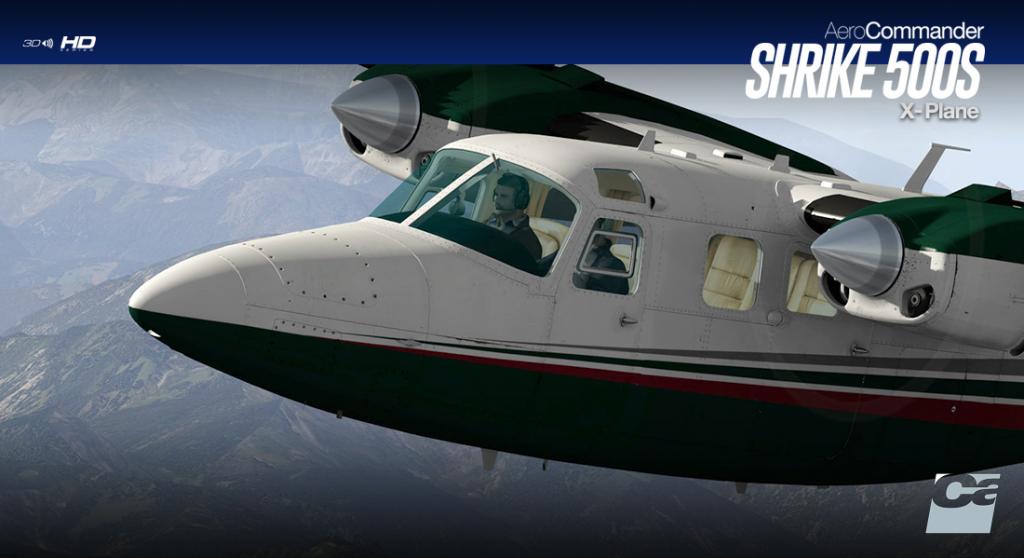
Aircraft Review : Bombardier Challenger 300 by Dden Design
in Airliners Reviews
Posted
No offense, but I feel you have spent little time with the Challenger 300. A glance over and not really flying the aircraft for a period of time. It is not called the best Private Jet in X-Plane for a reason. Choices are hard in picking what you want, but they are just that a choice, you can't just return everything you don't like, but overall you need to give all aircraft time to become part of your hangar selection, the flying is just as important as the visual satisfaction... SD